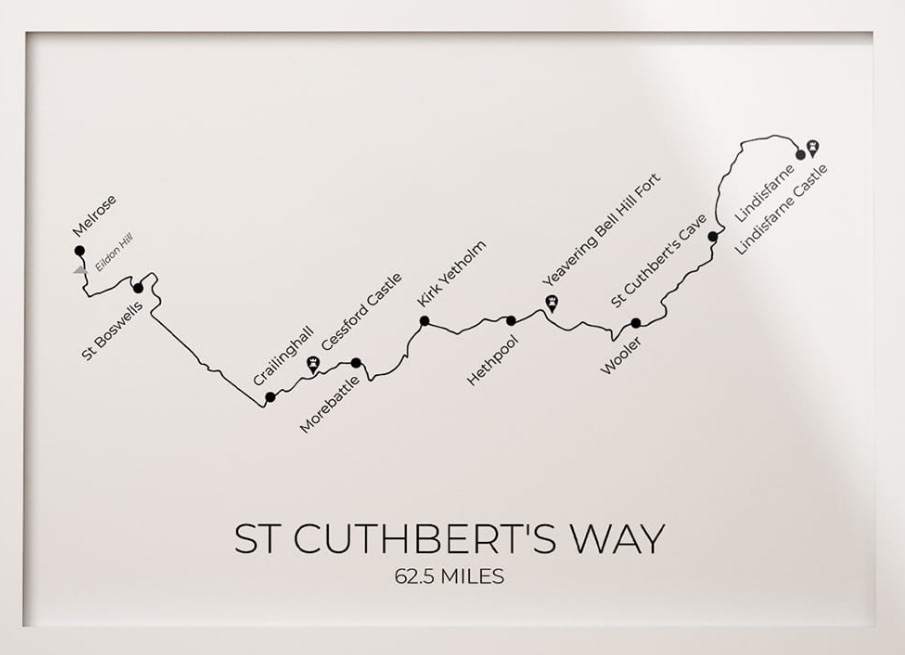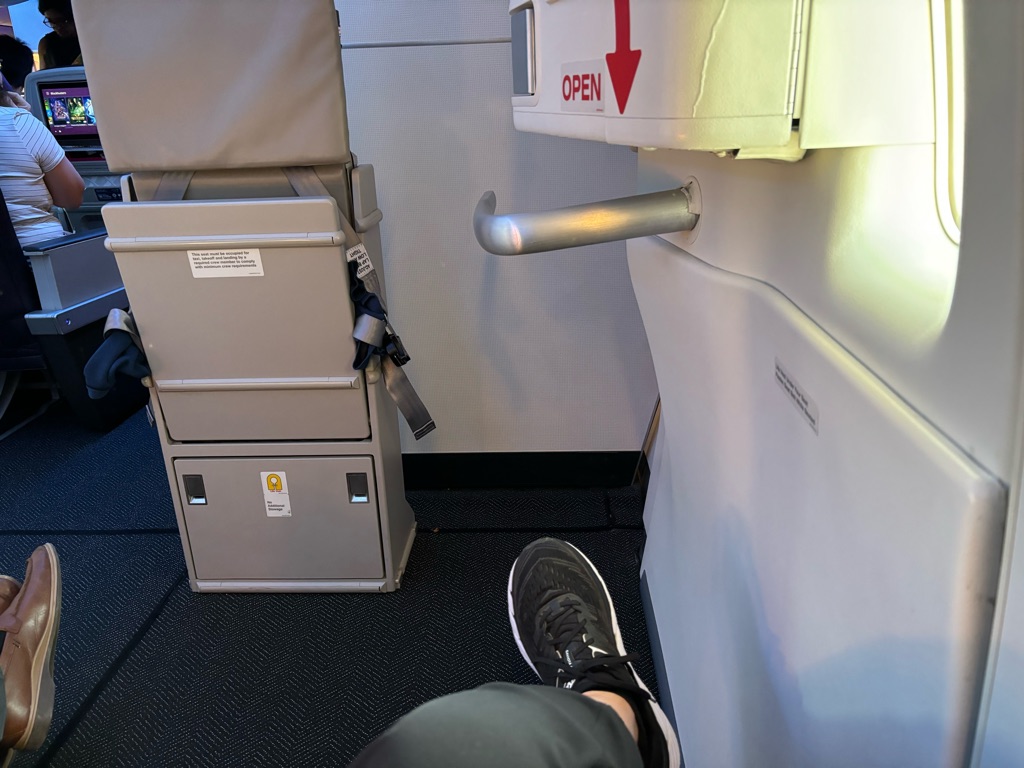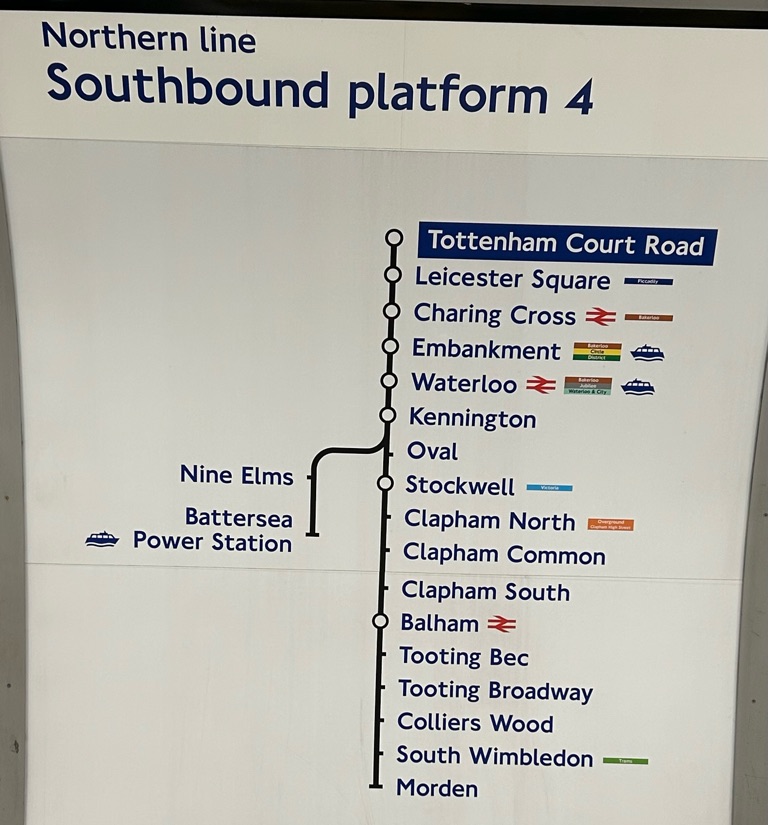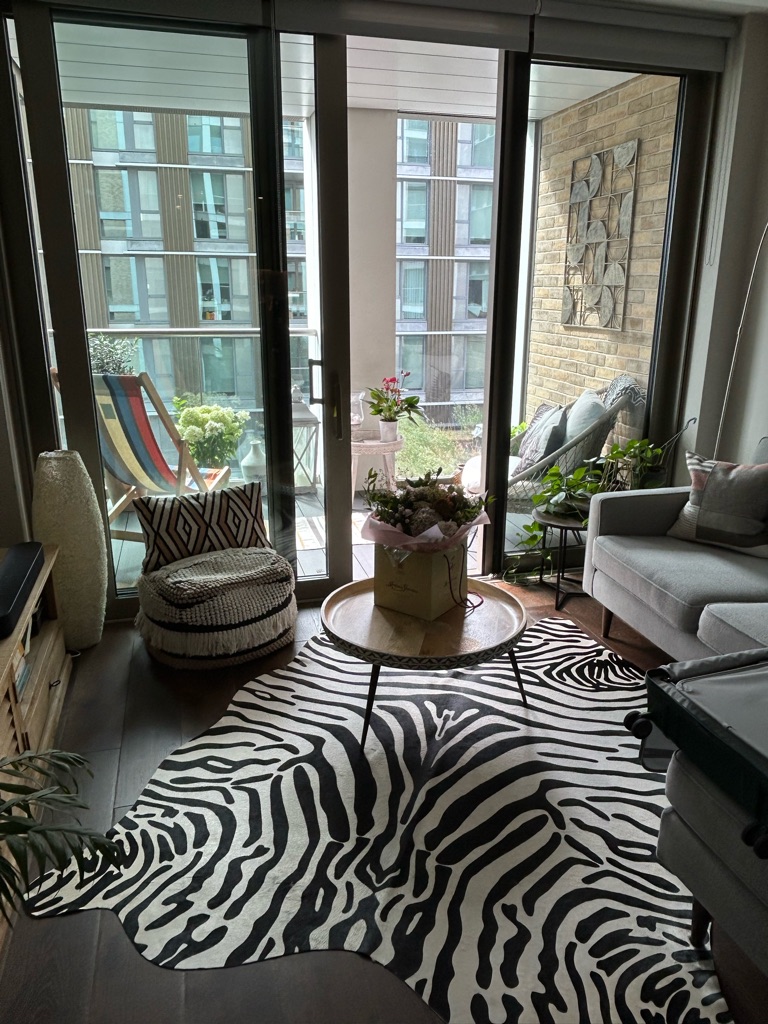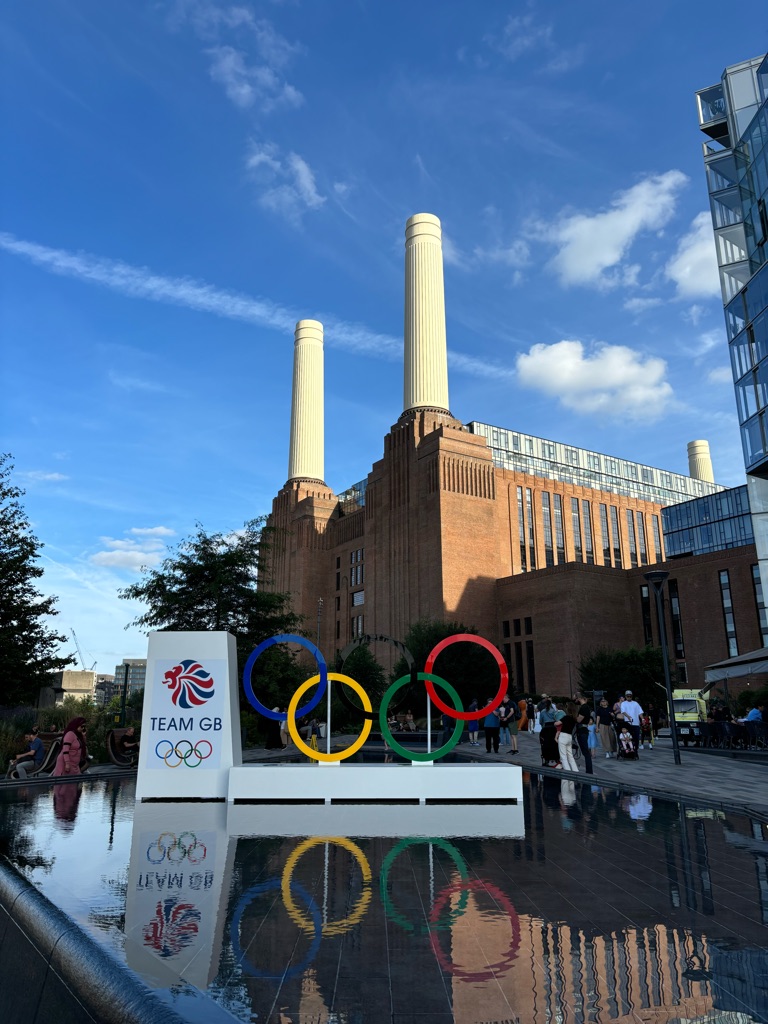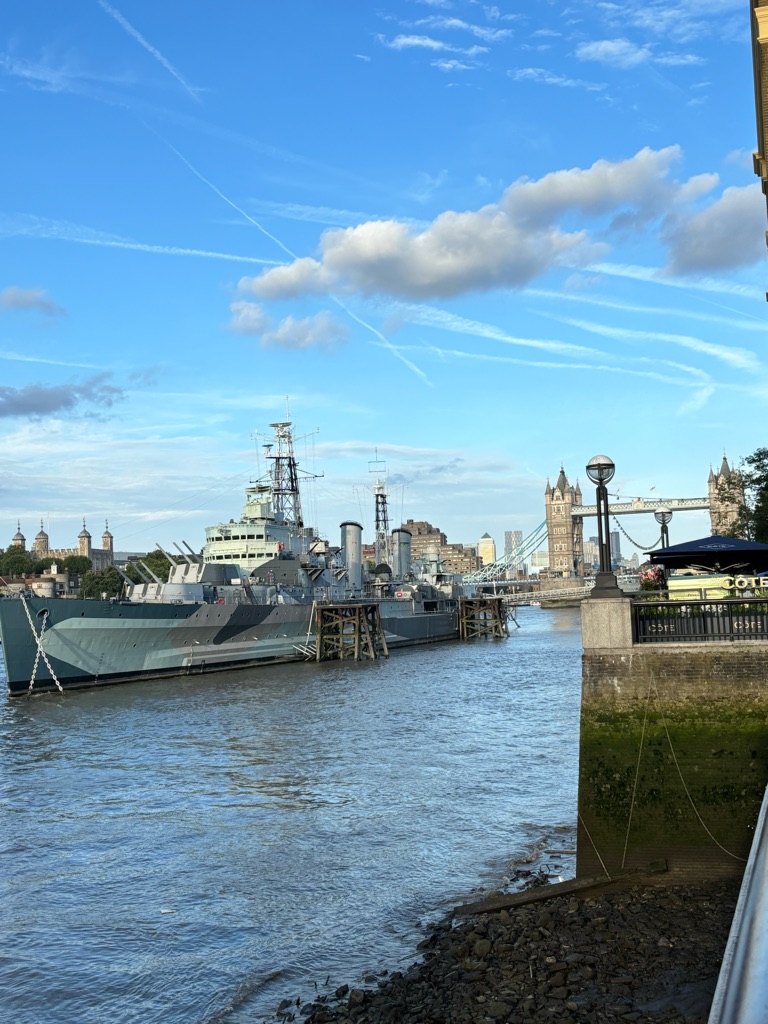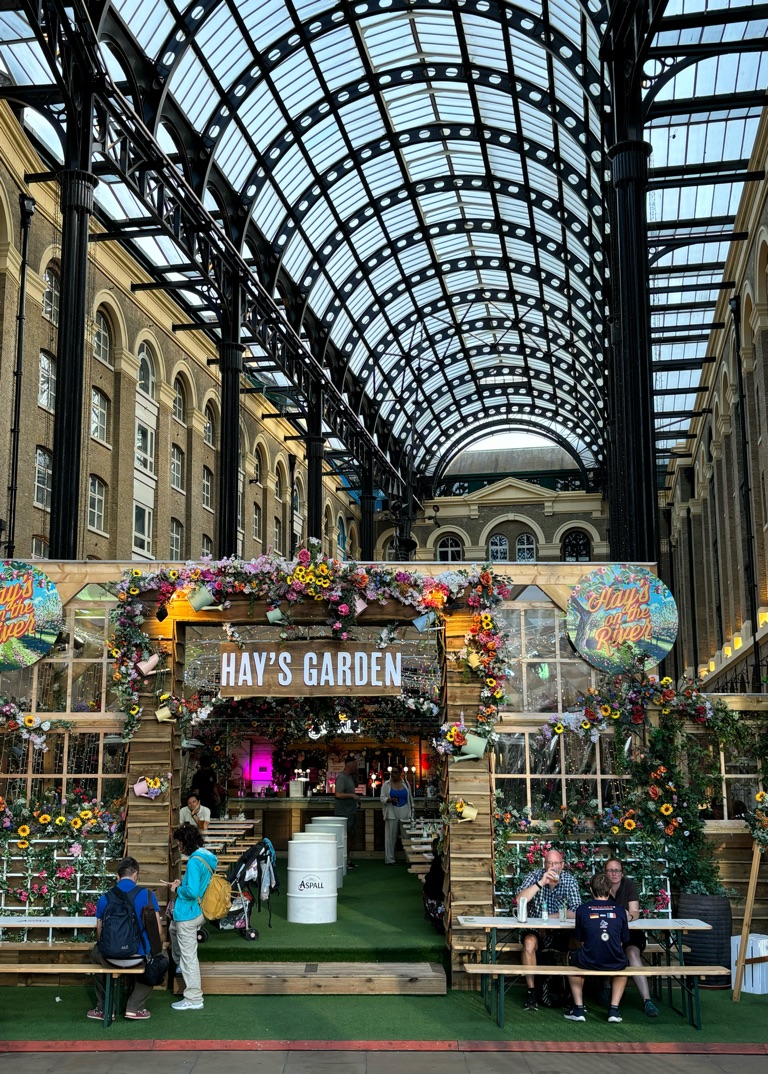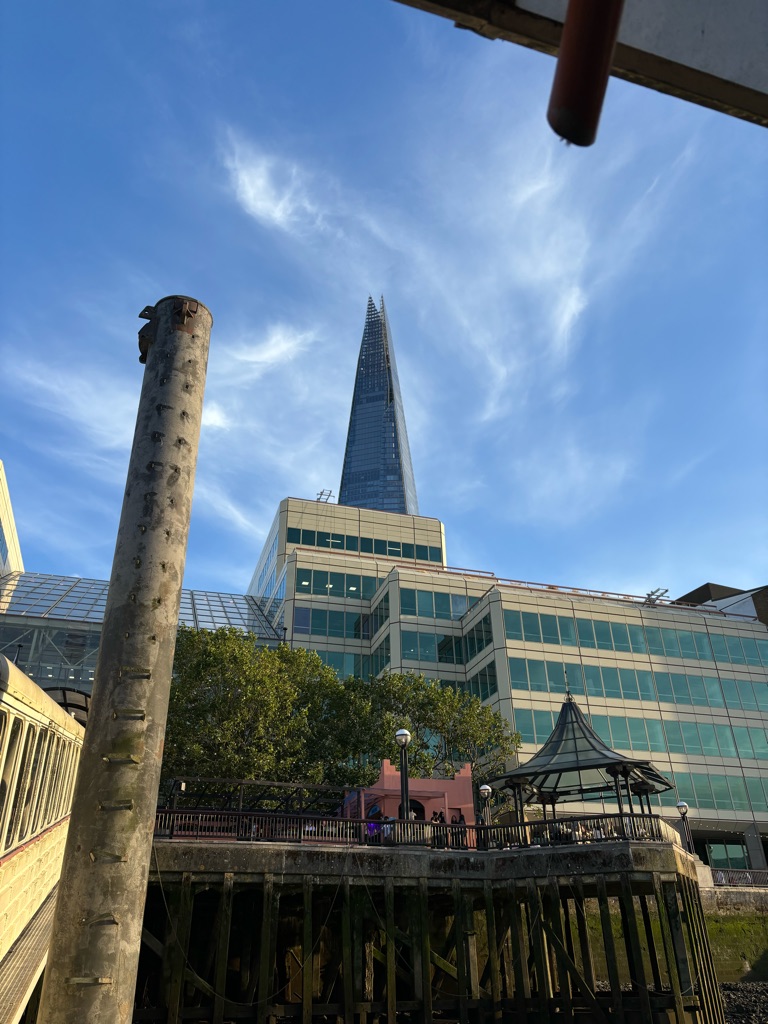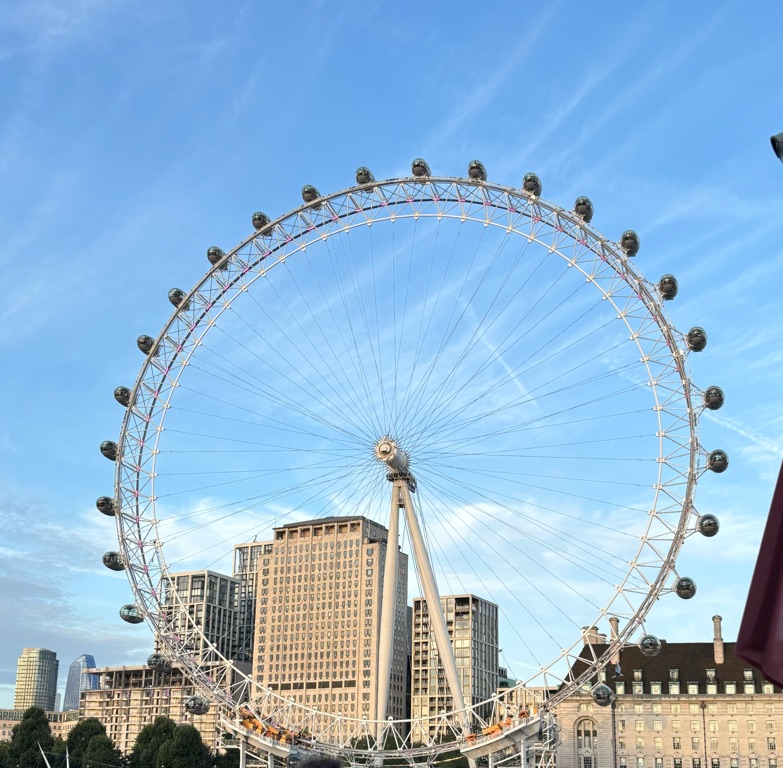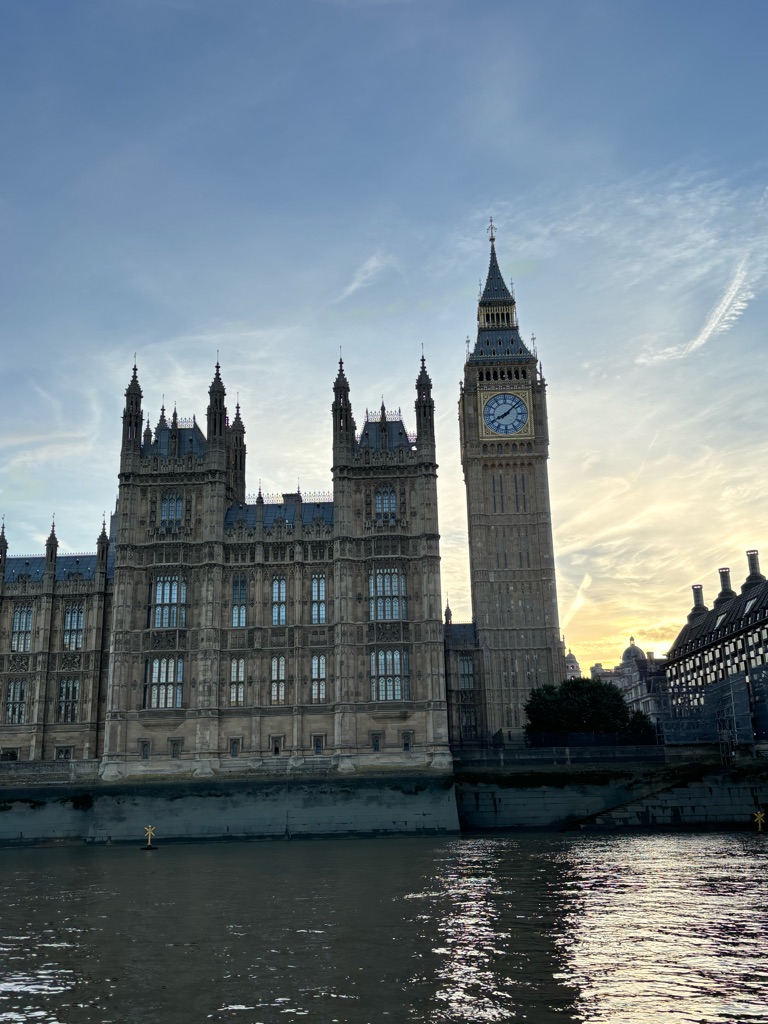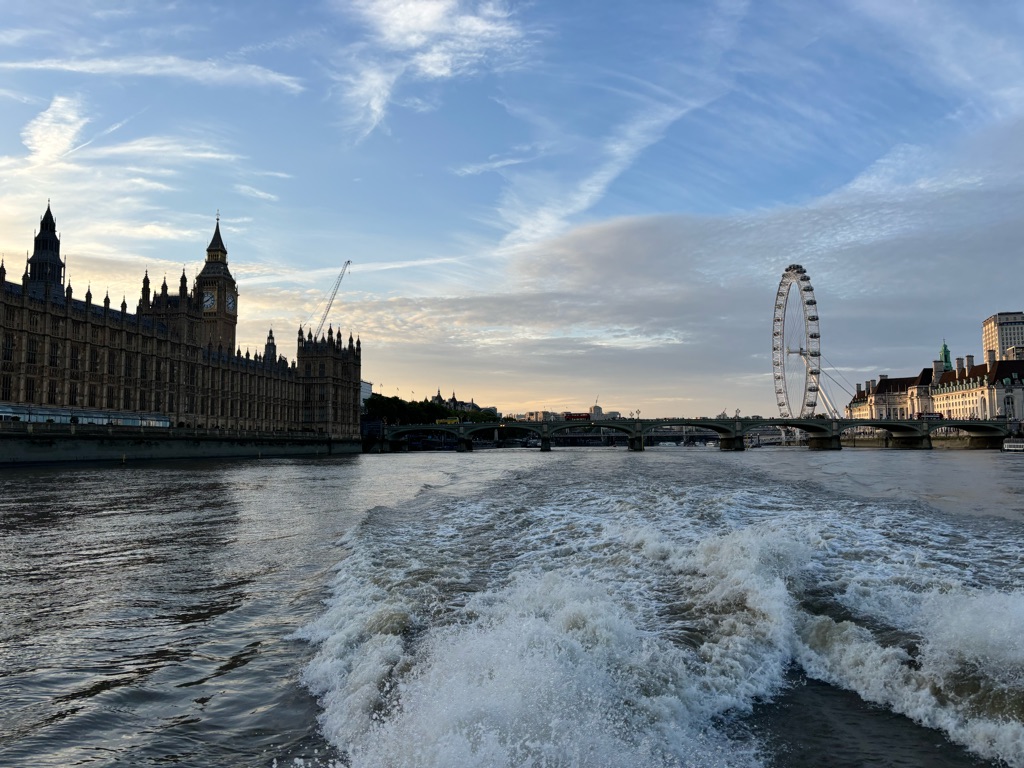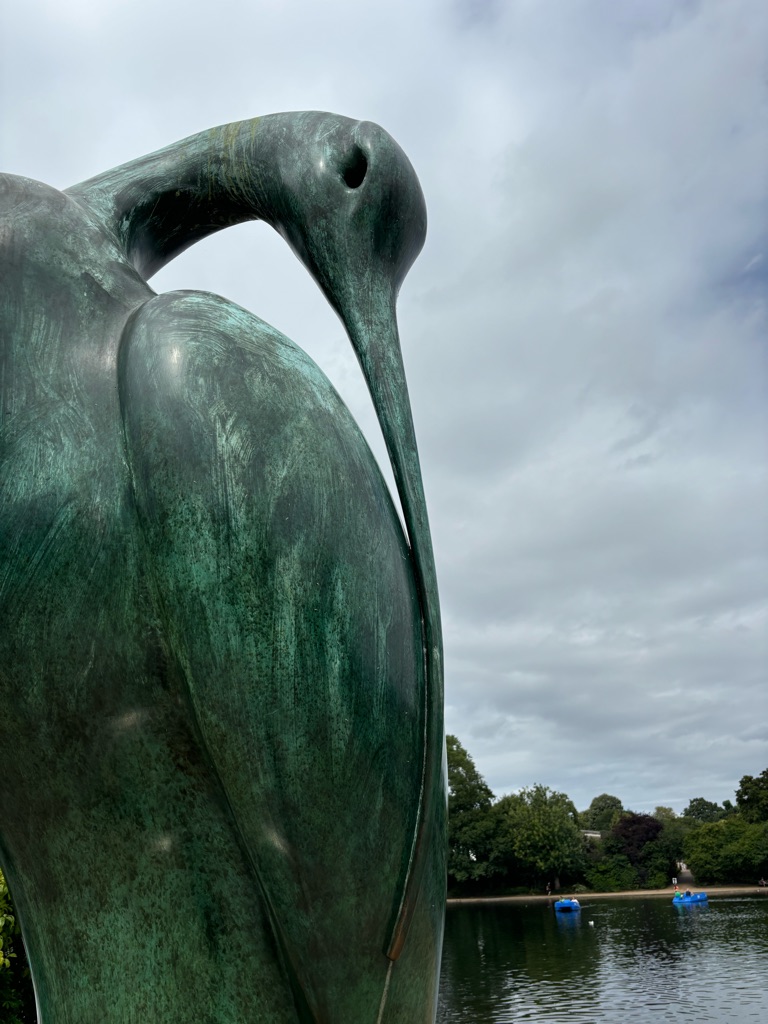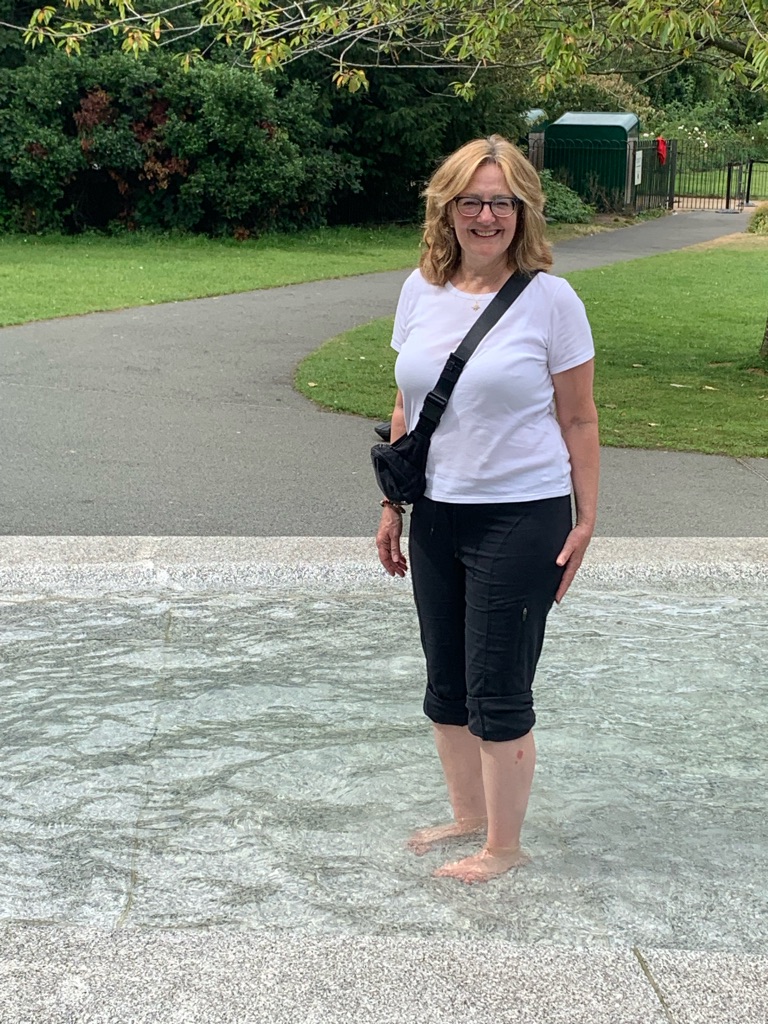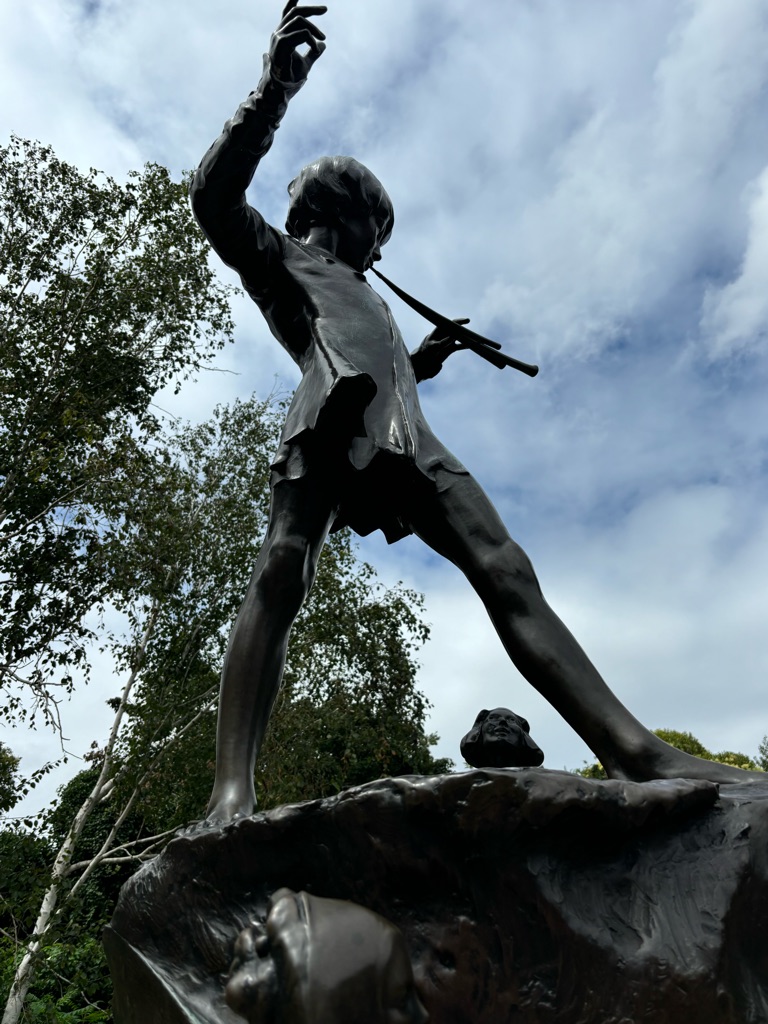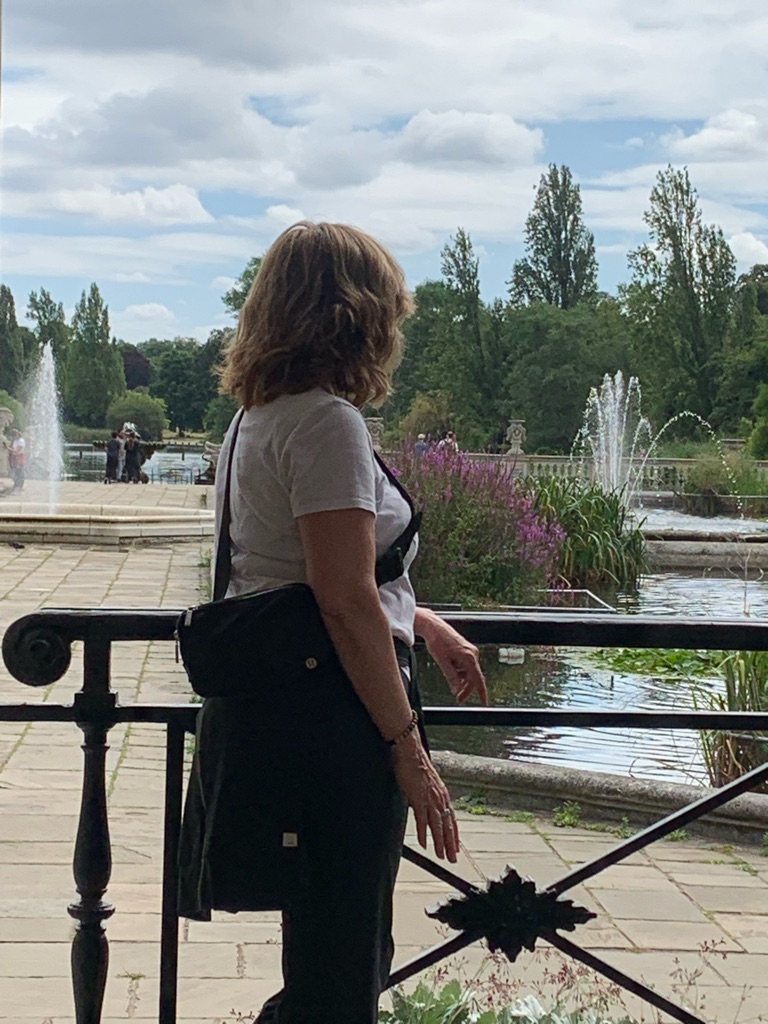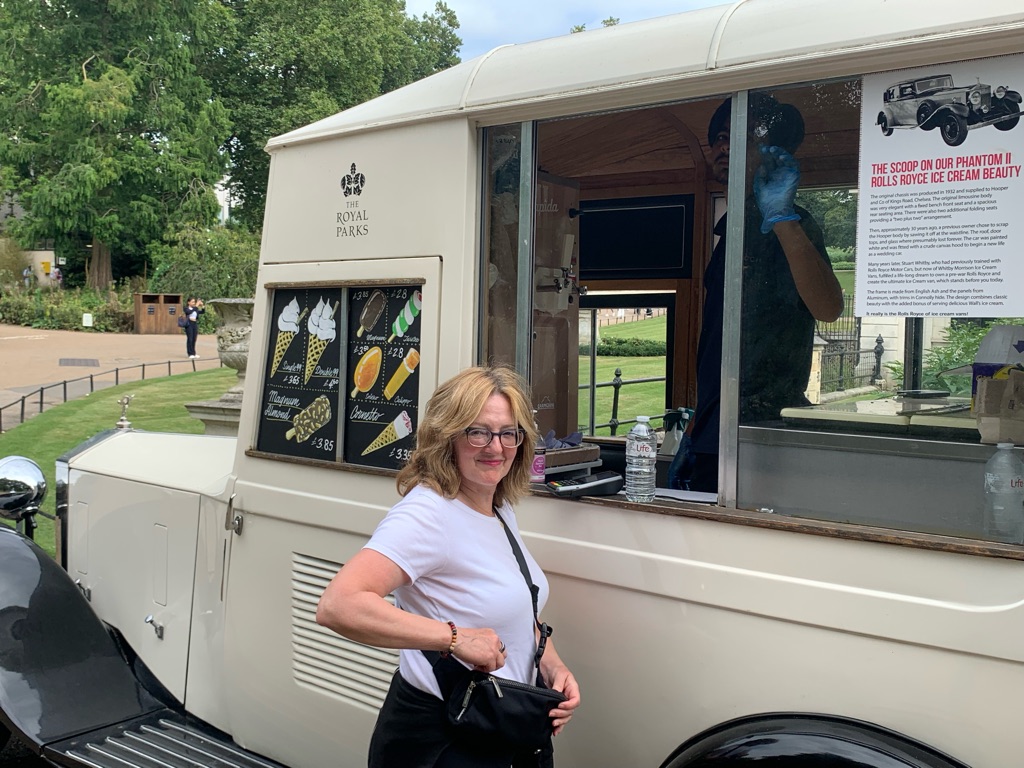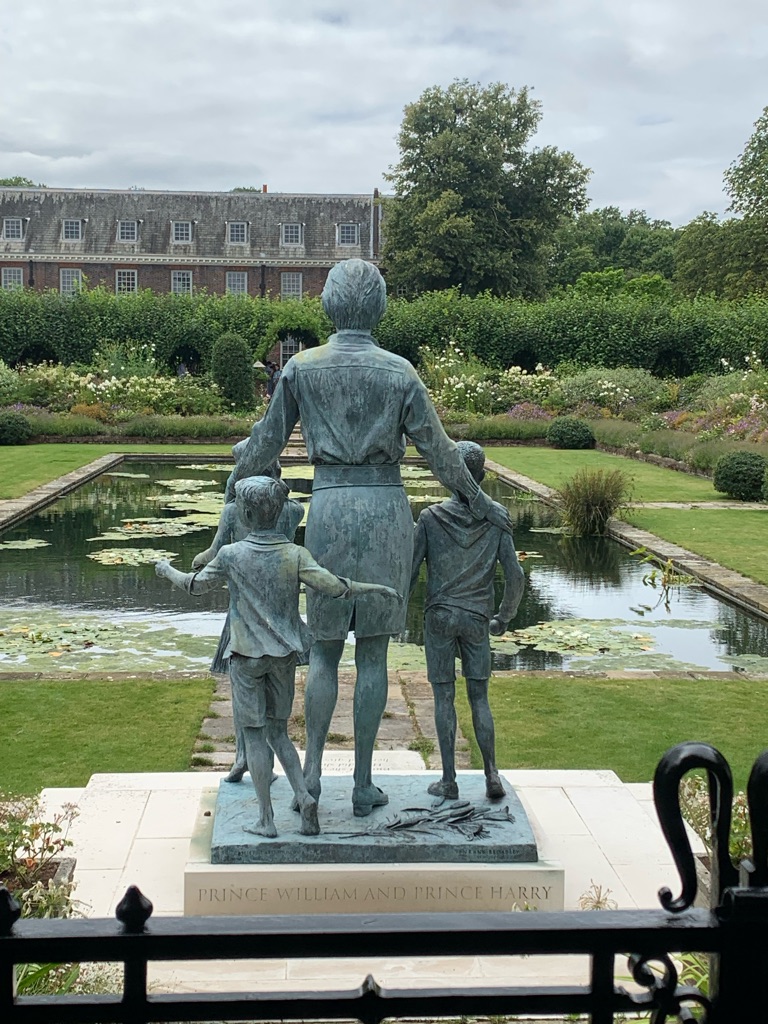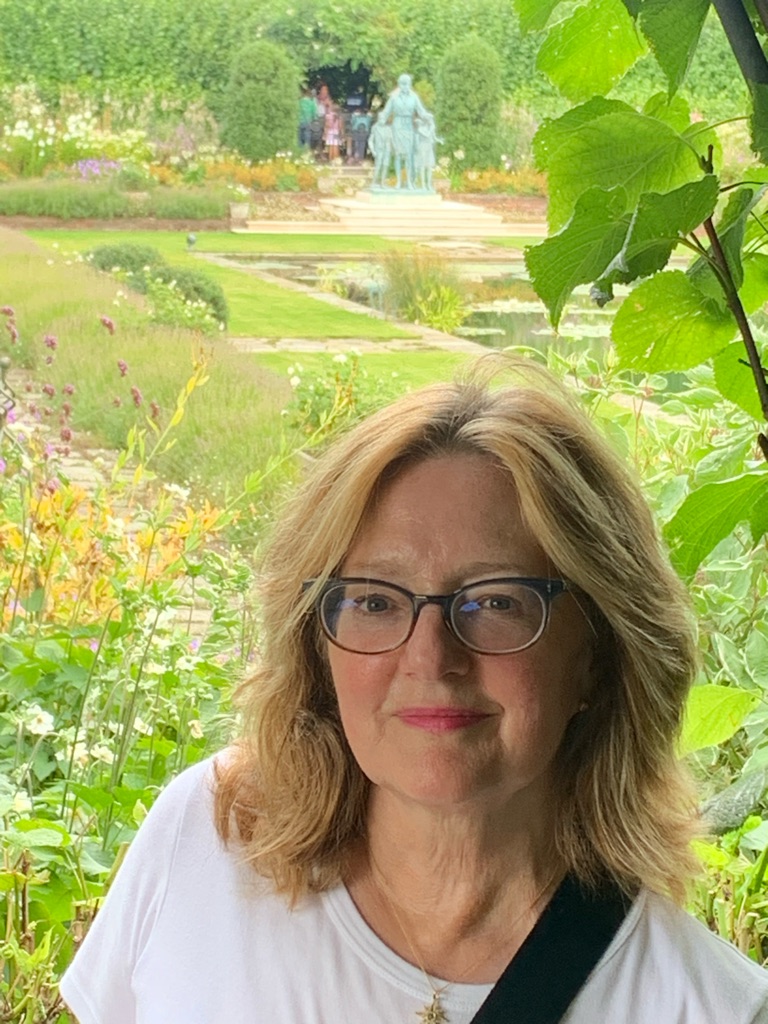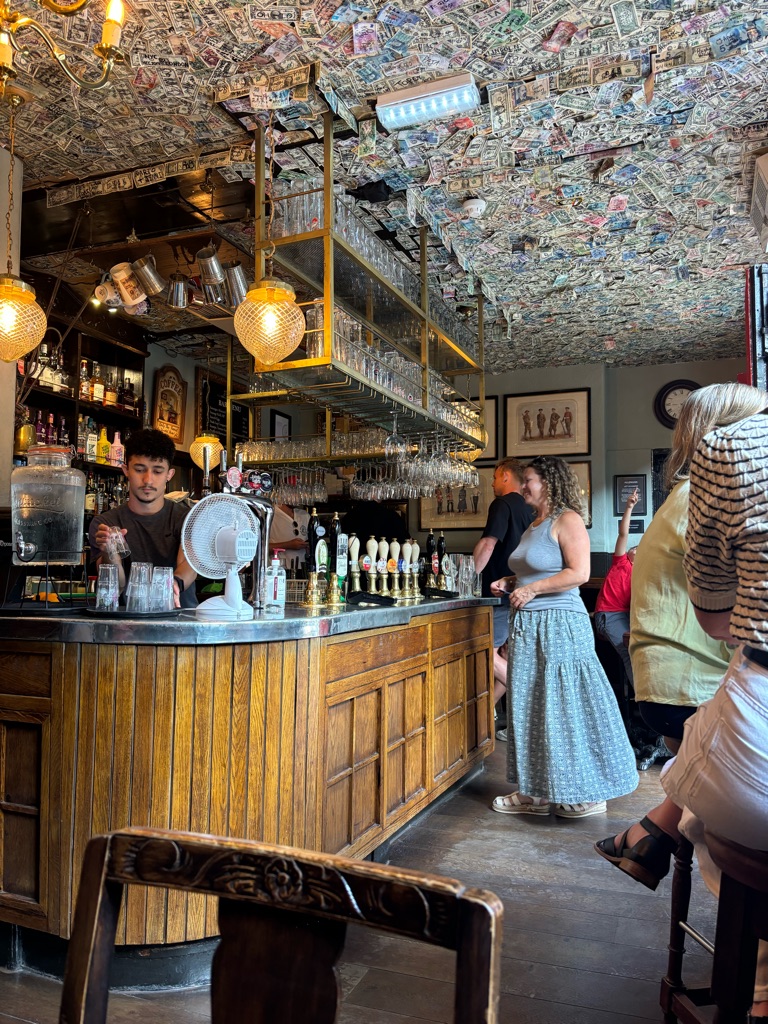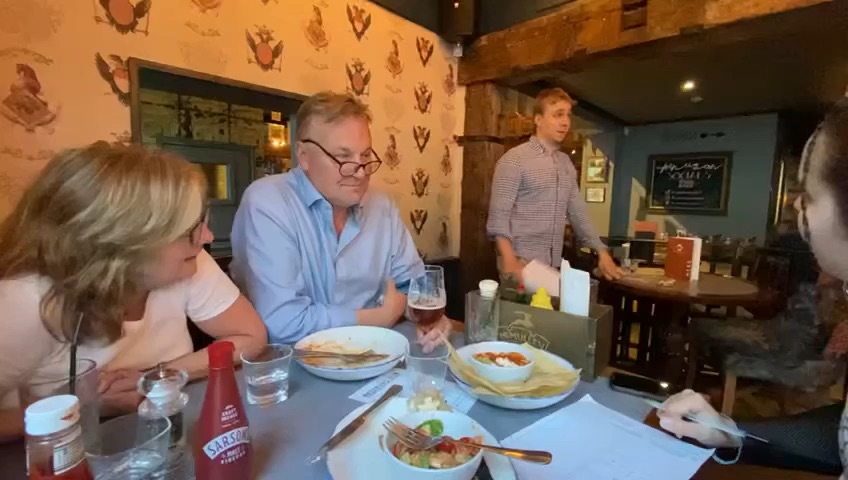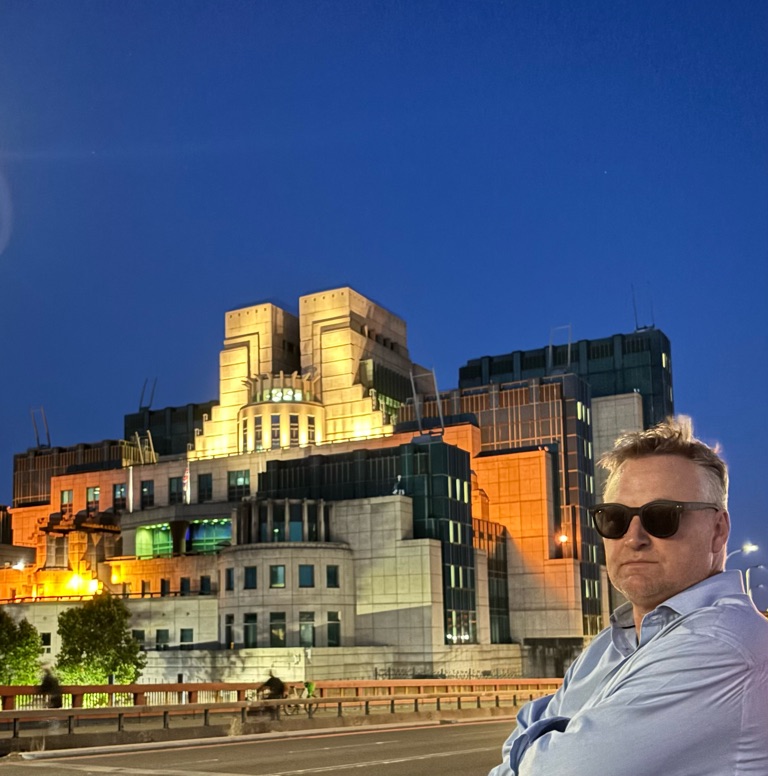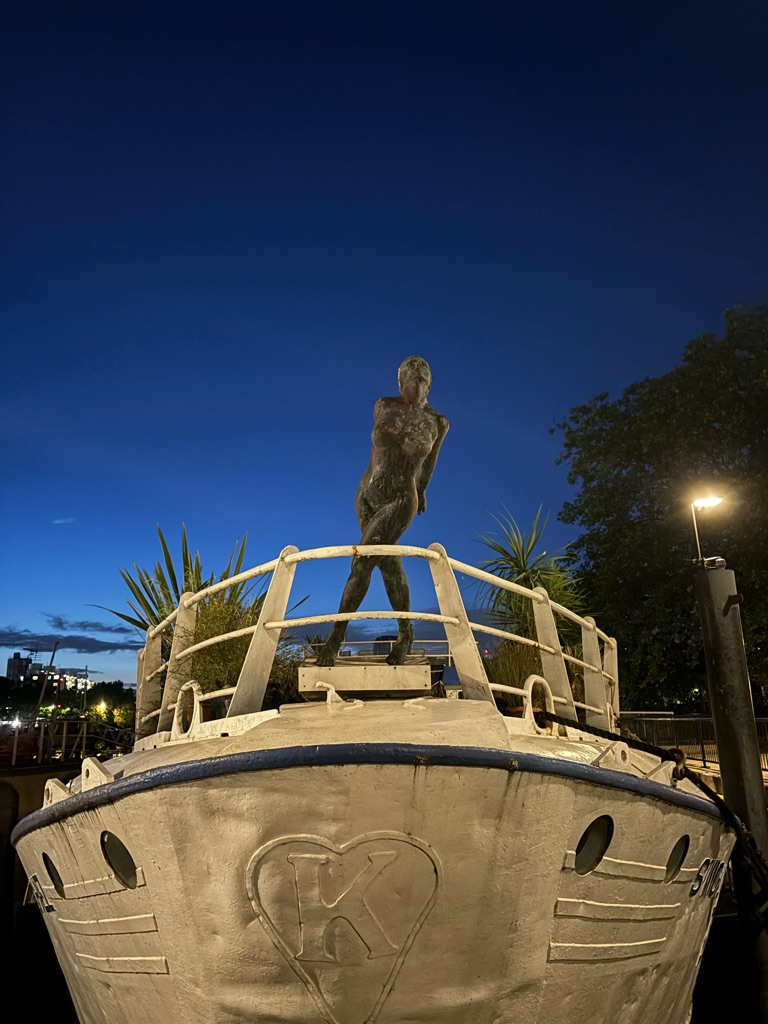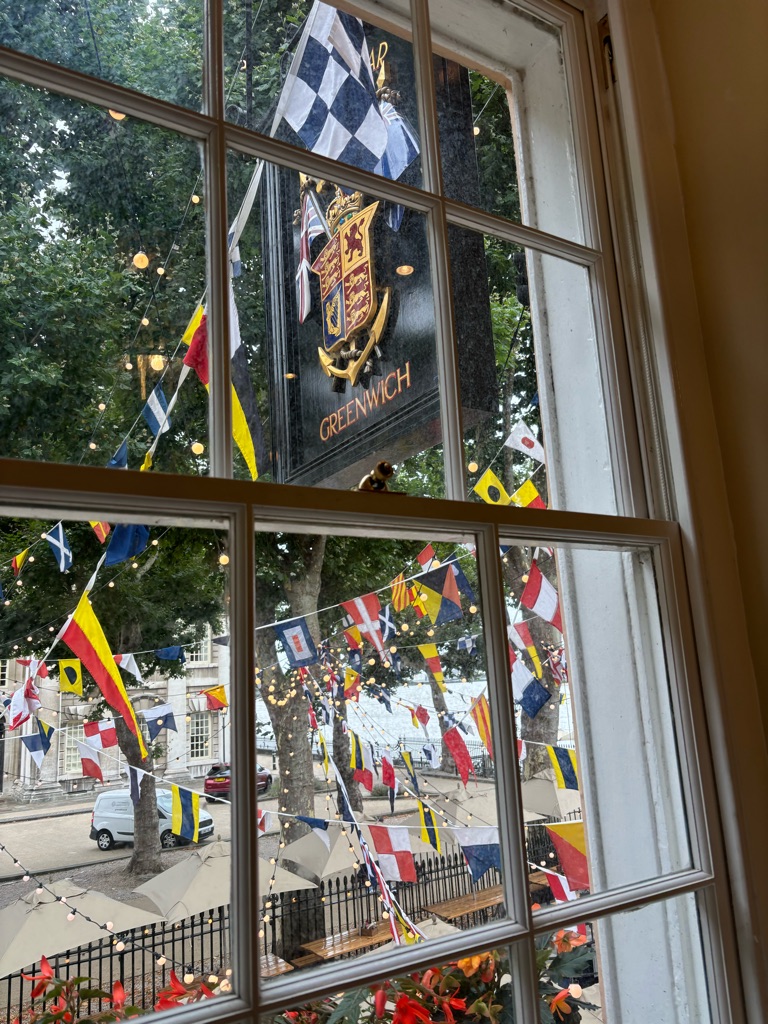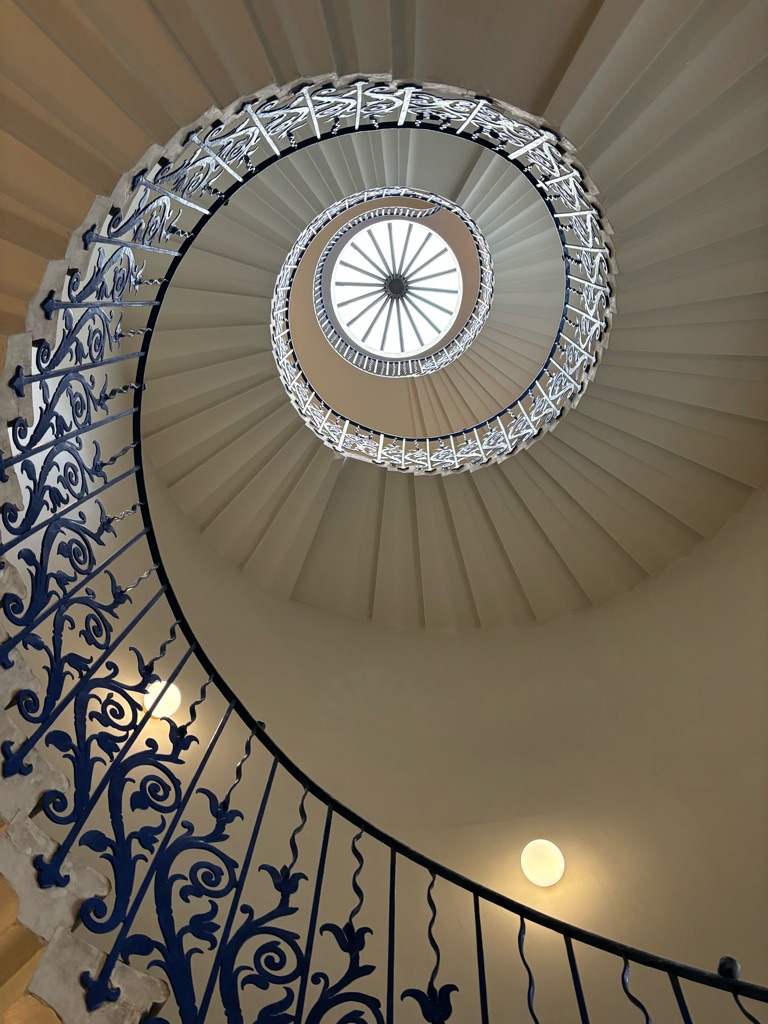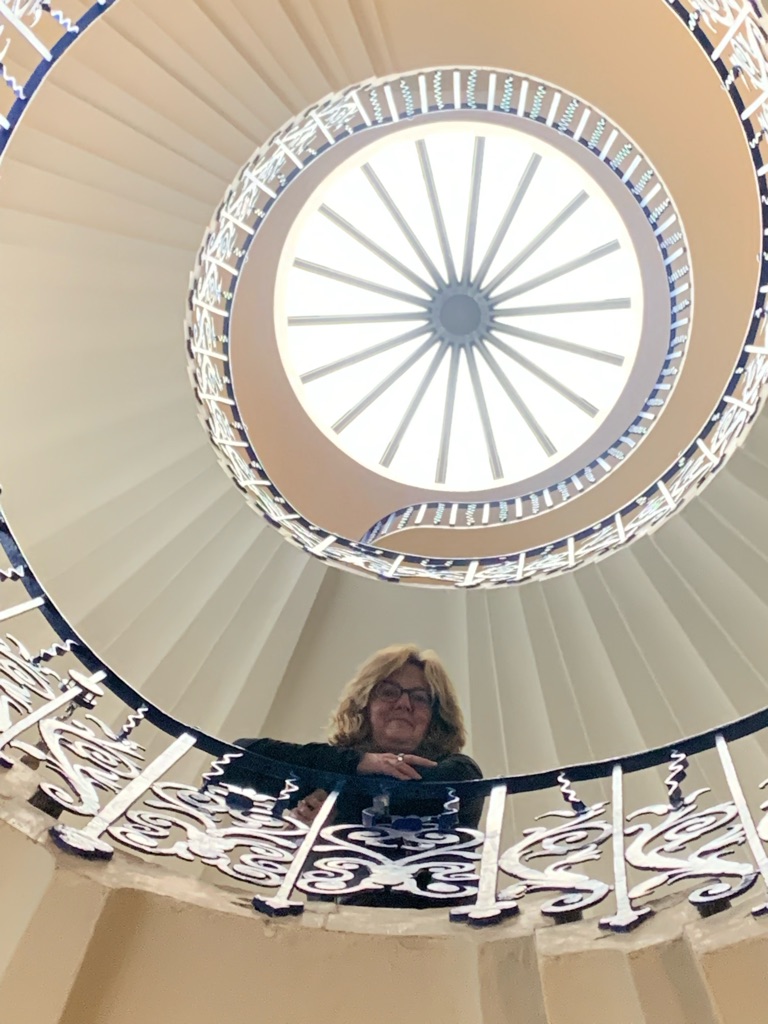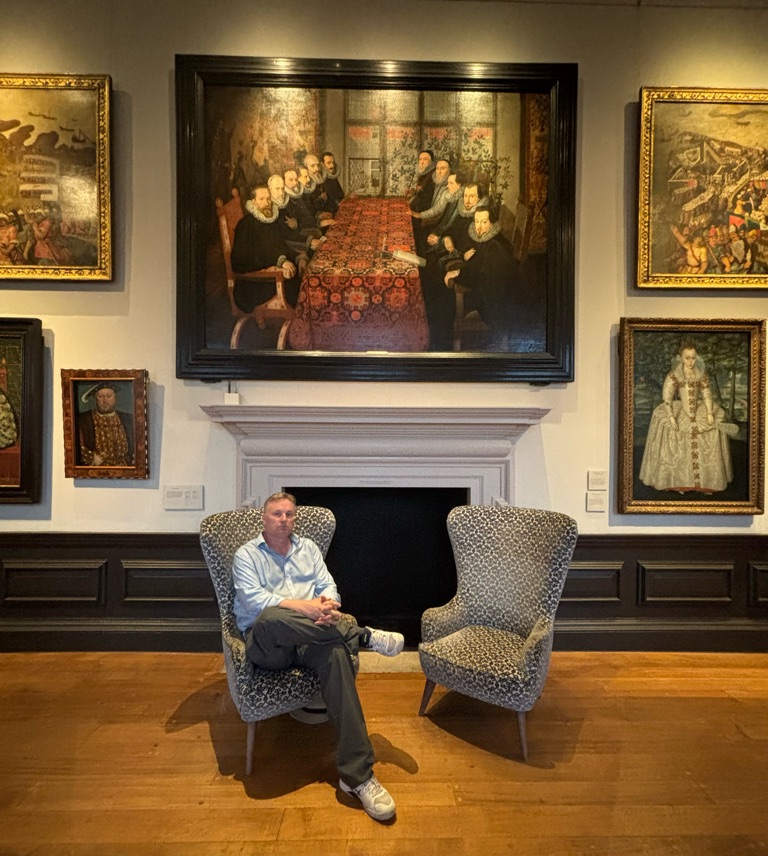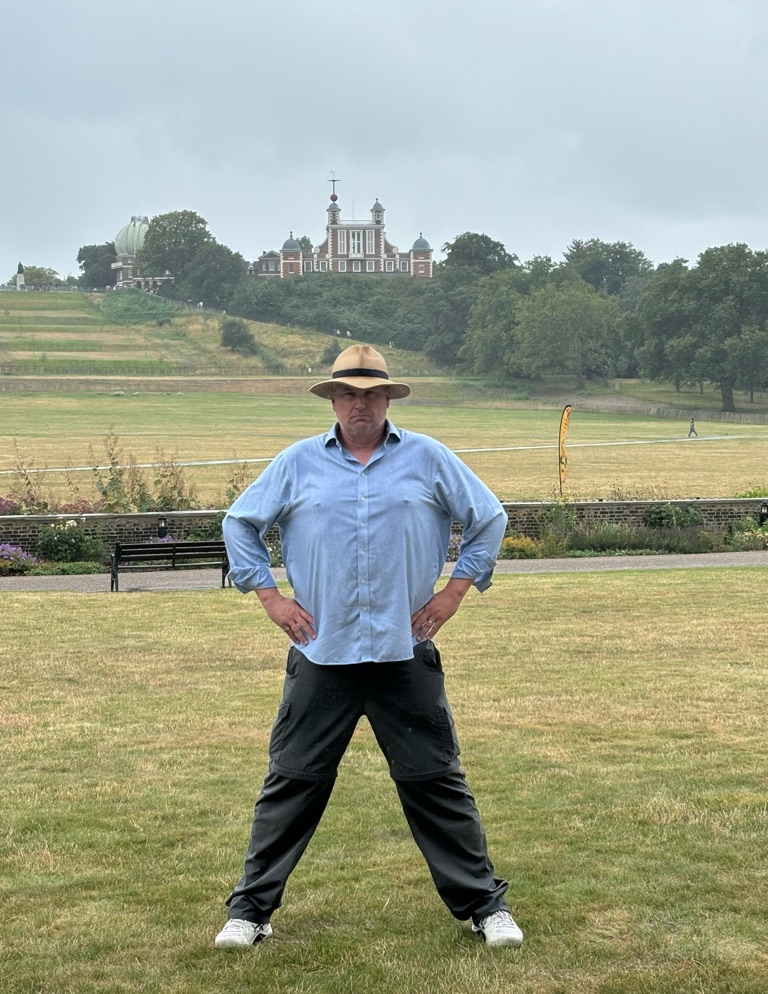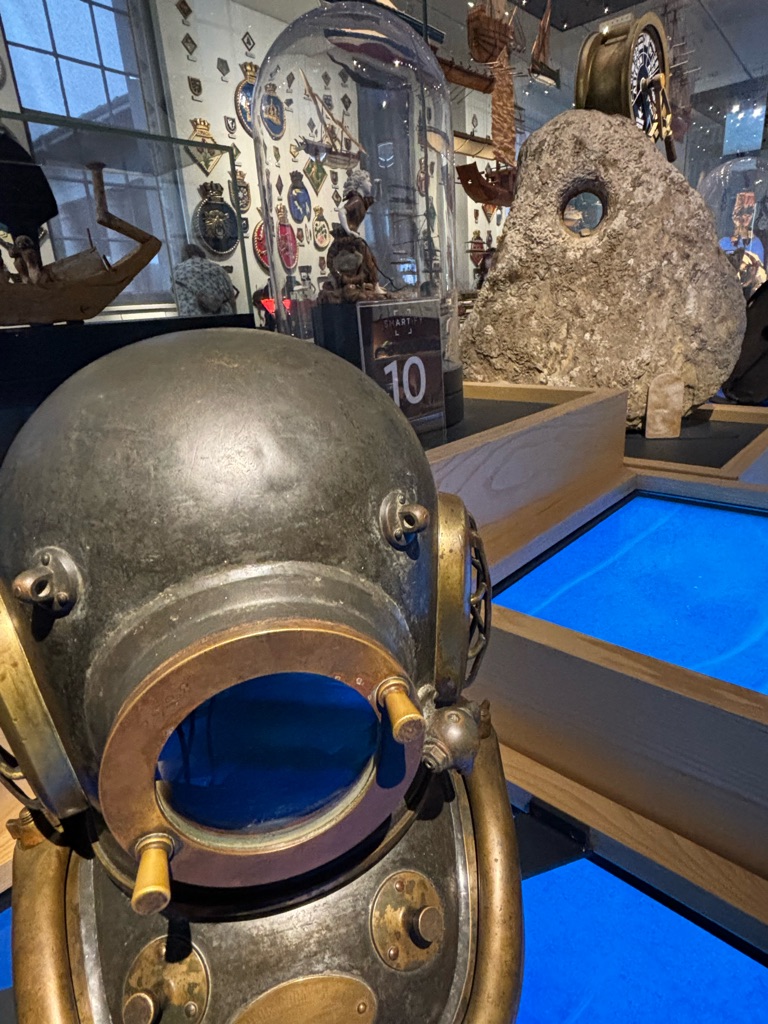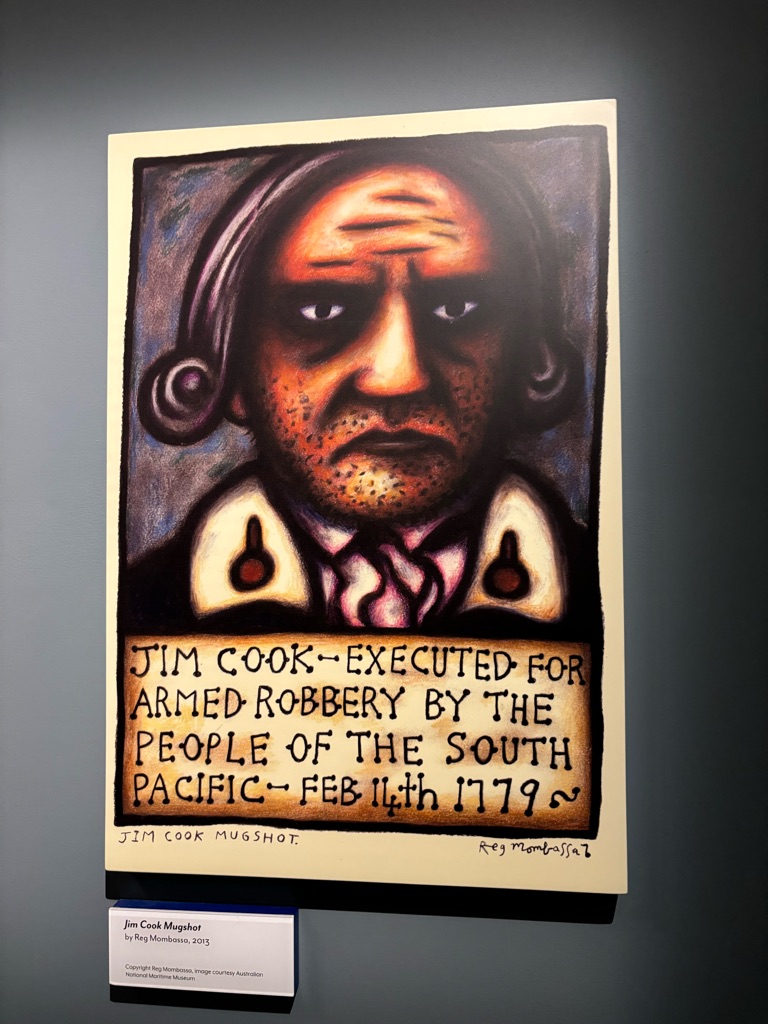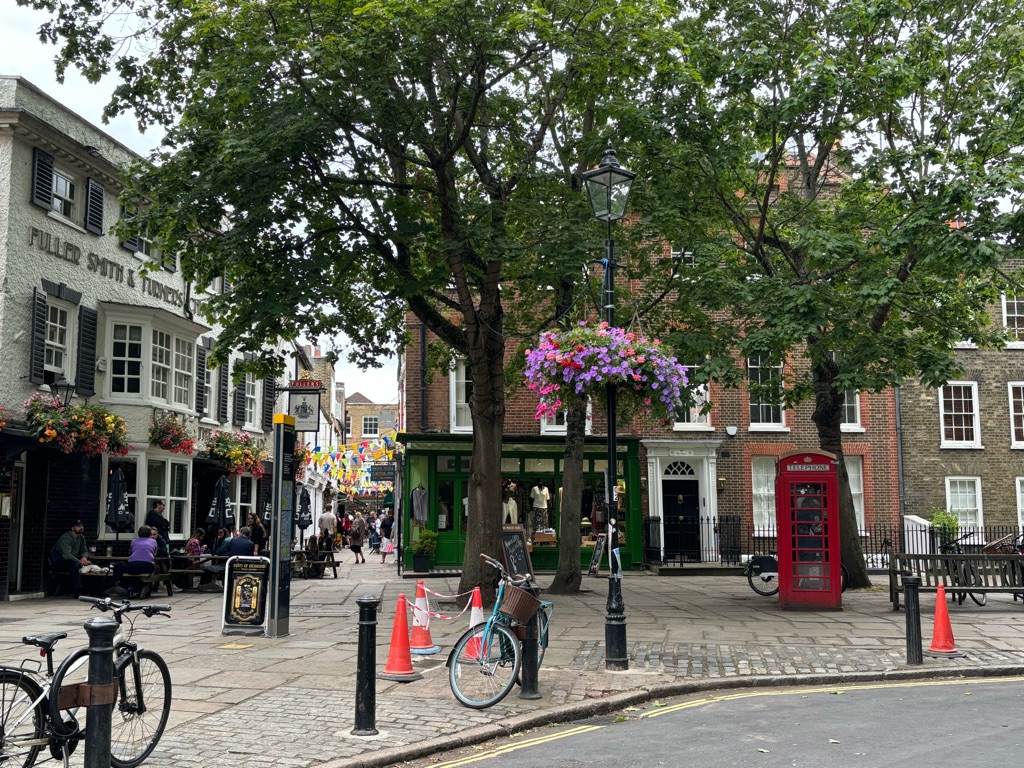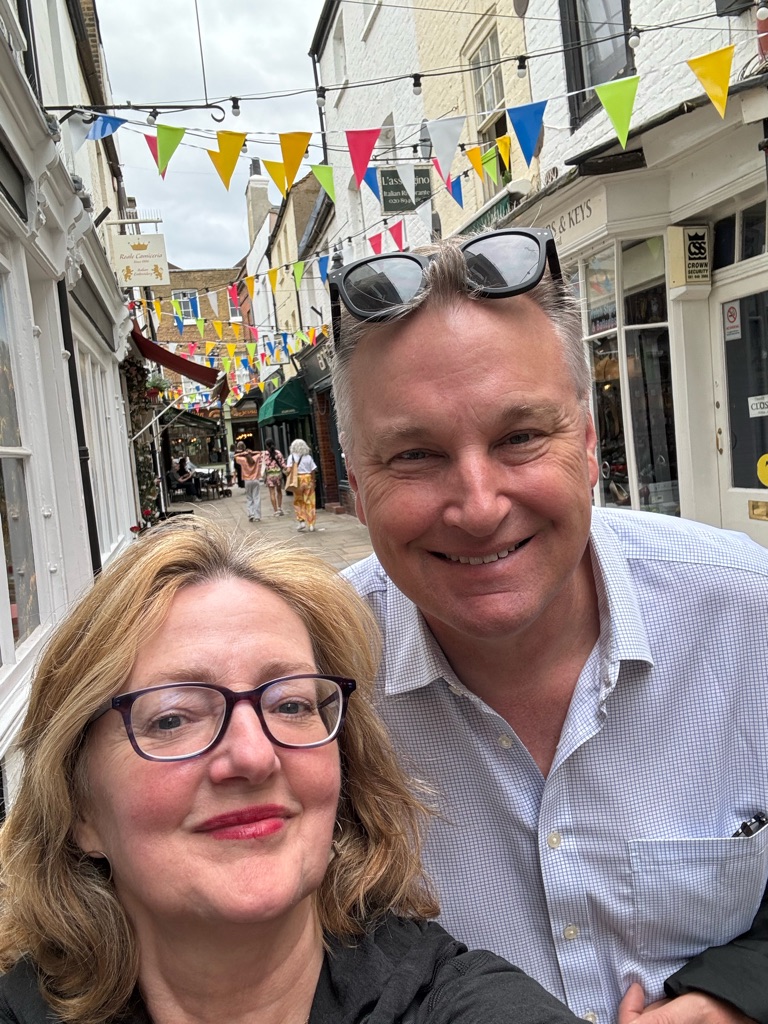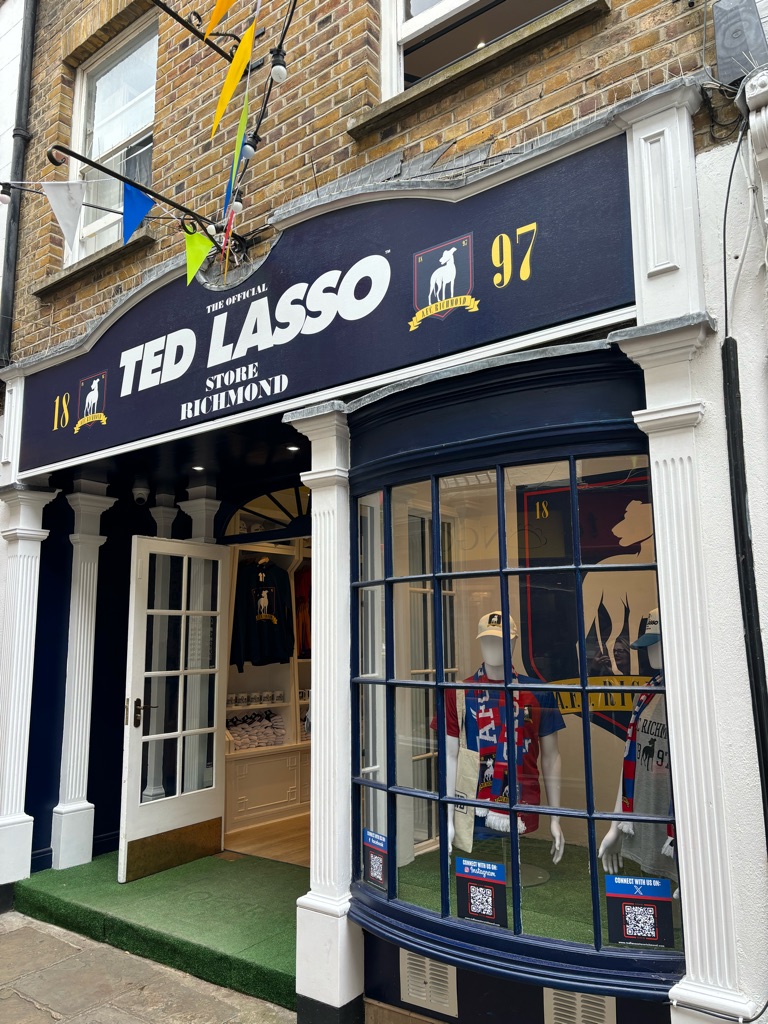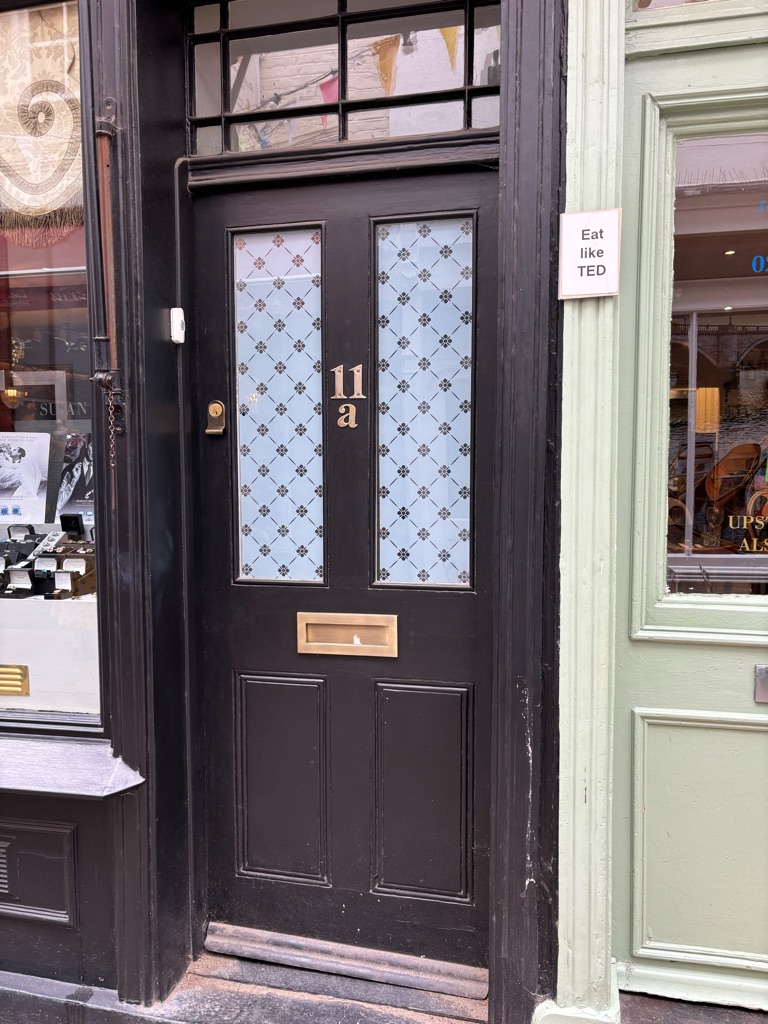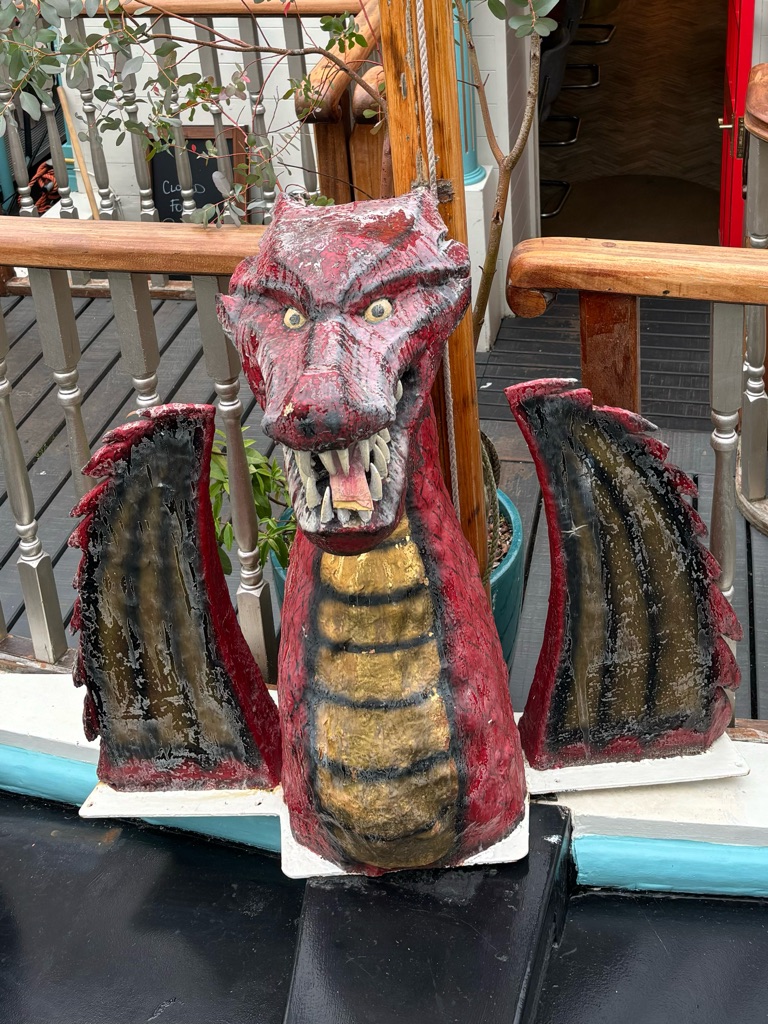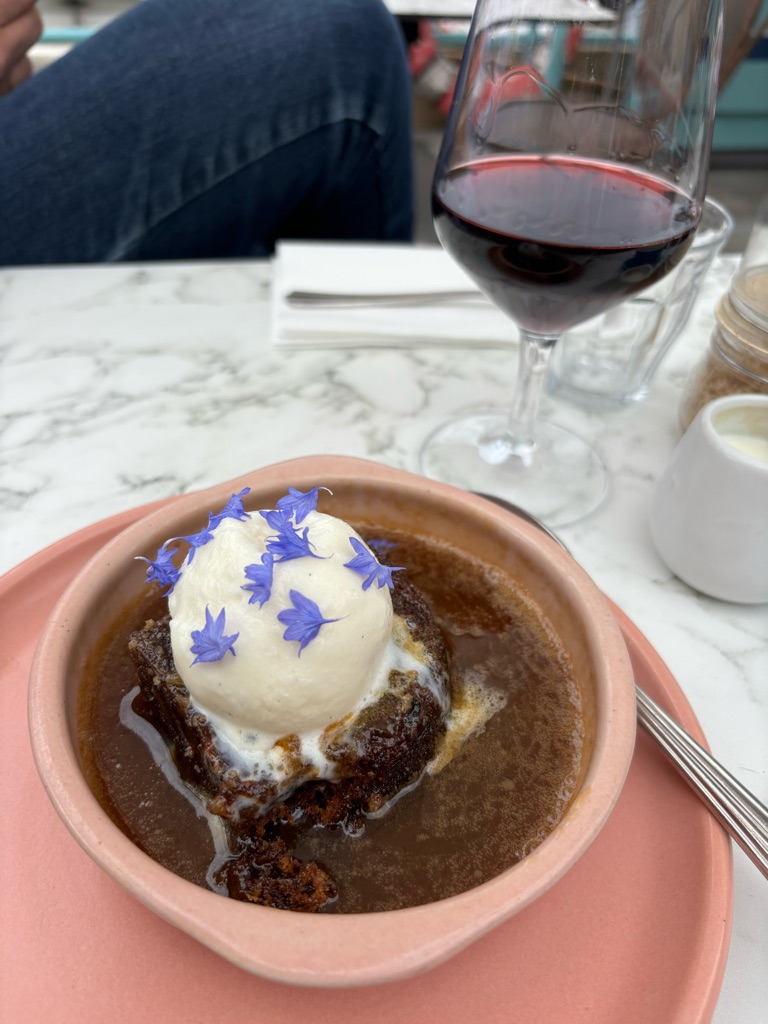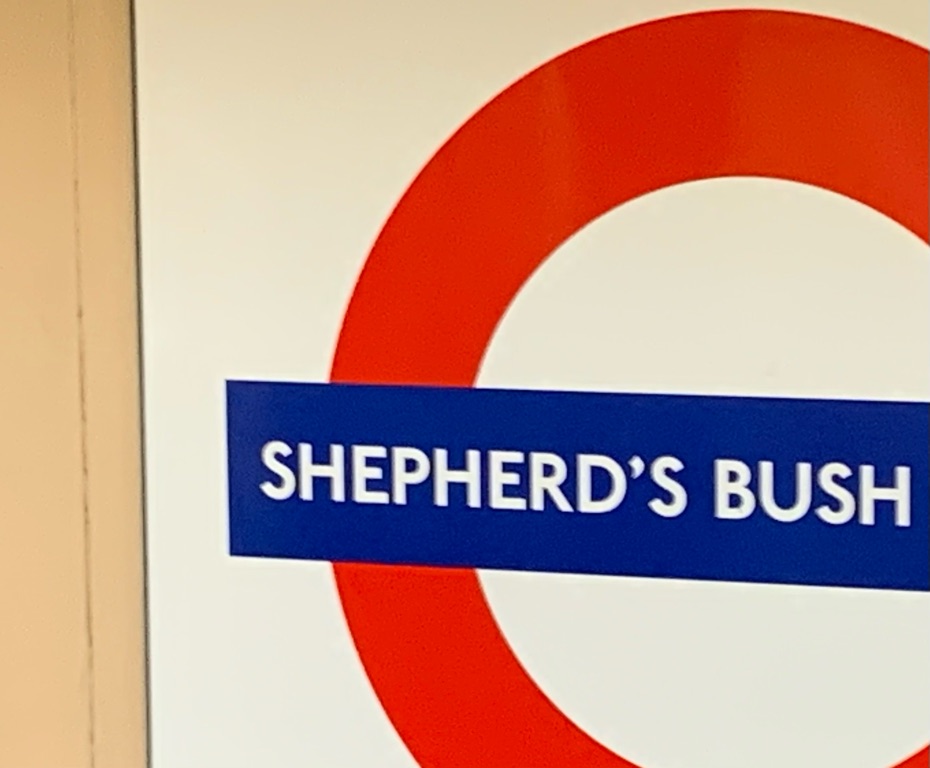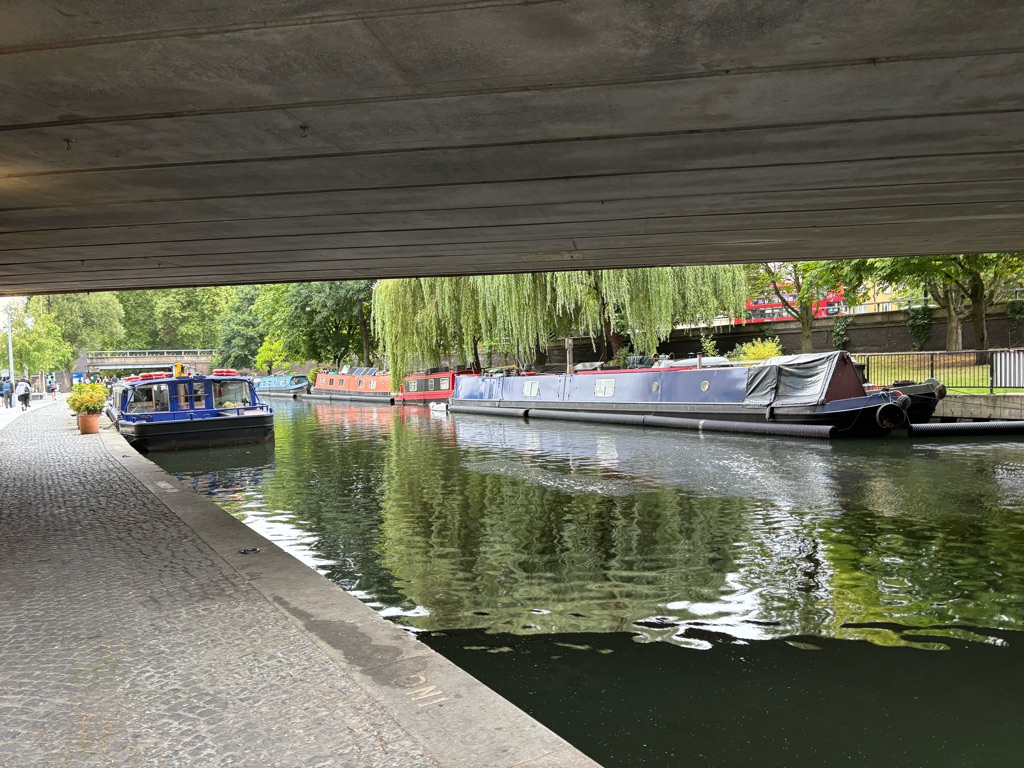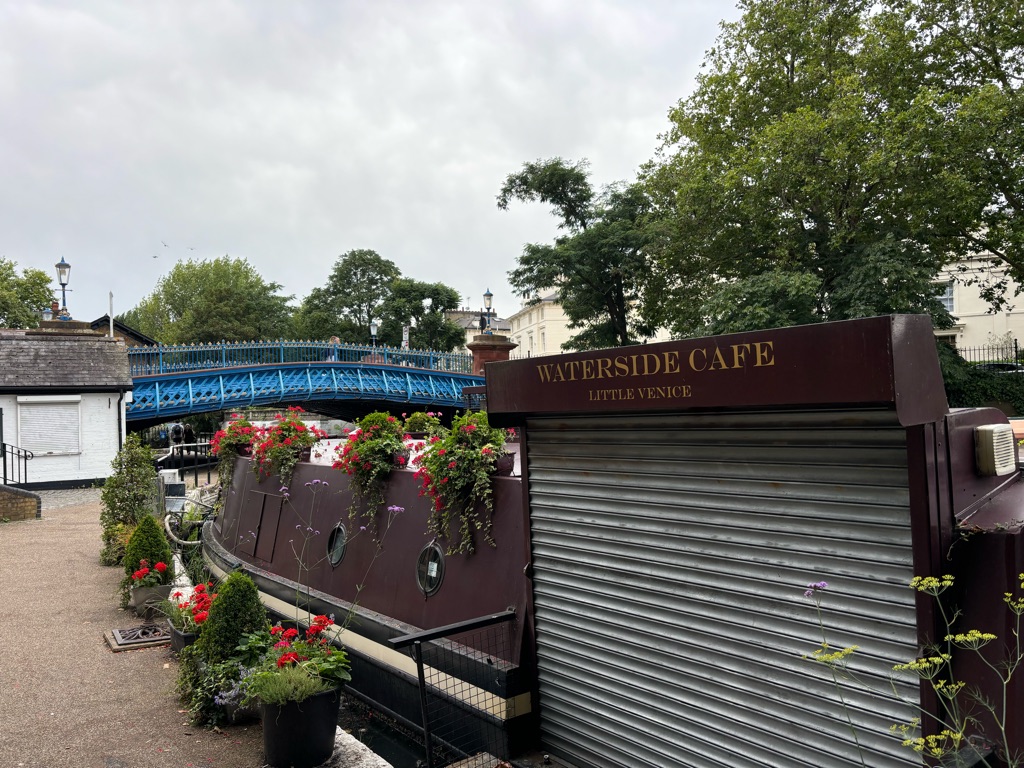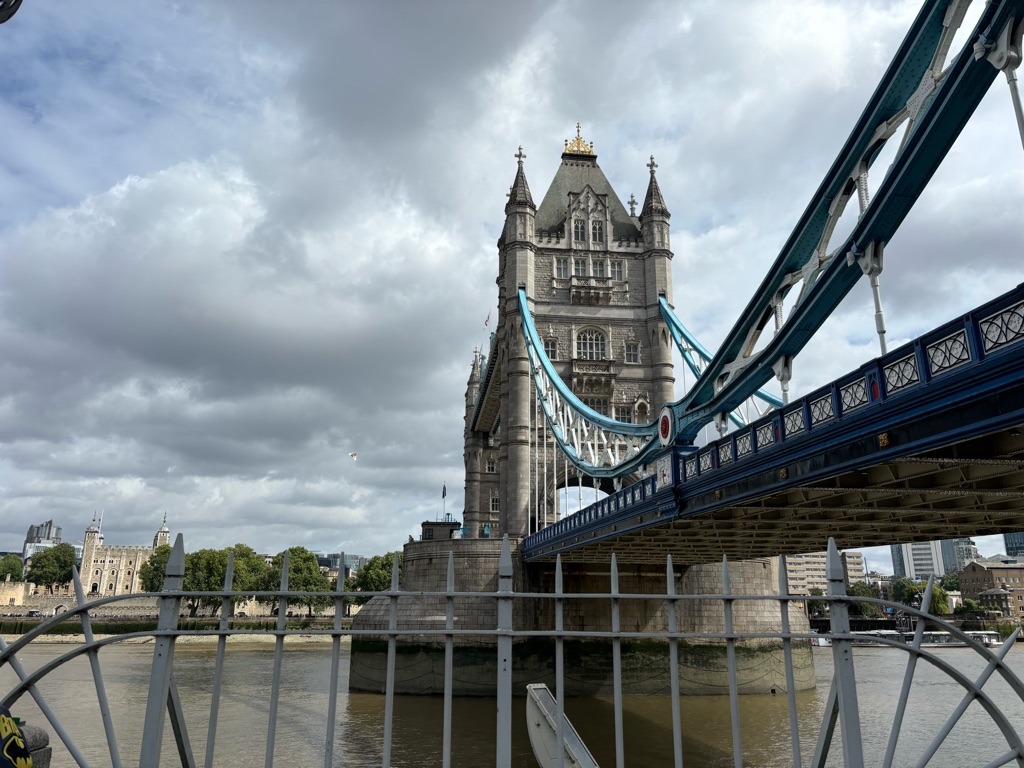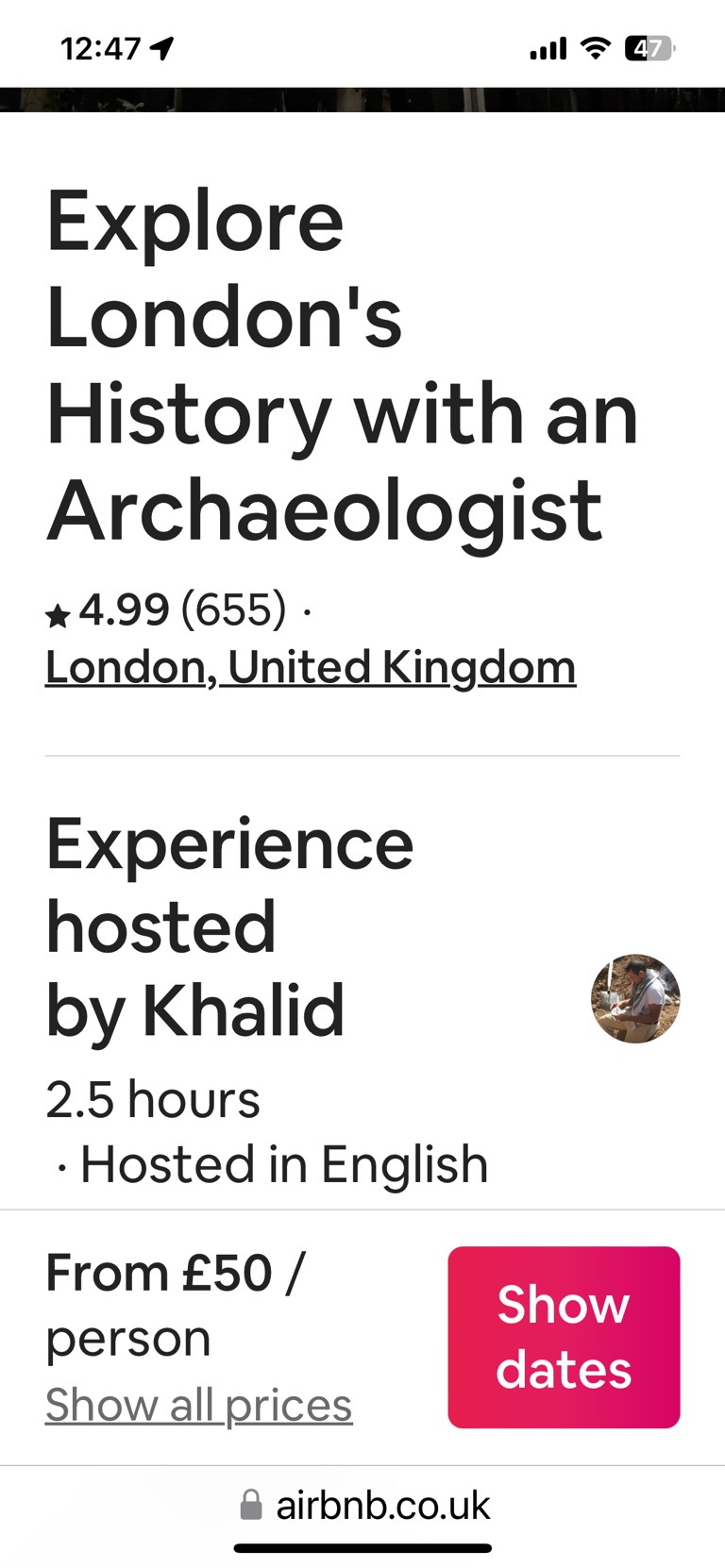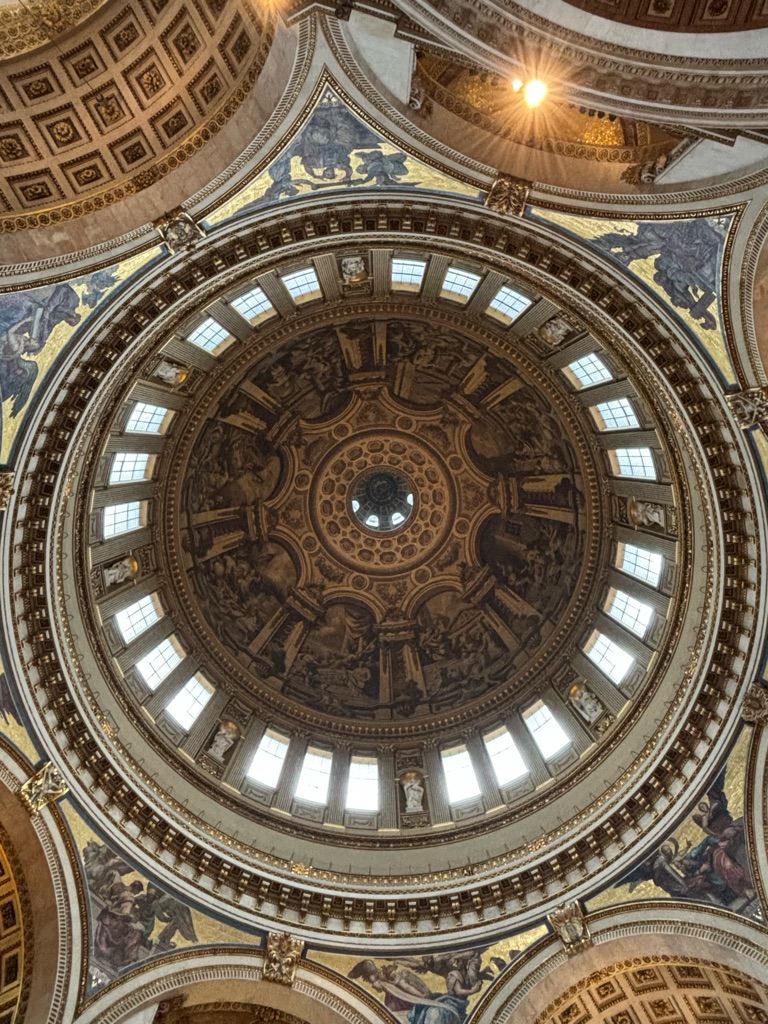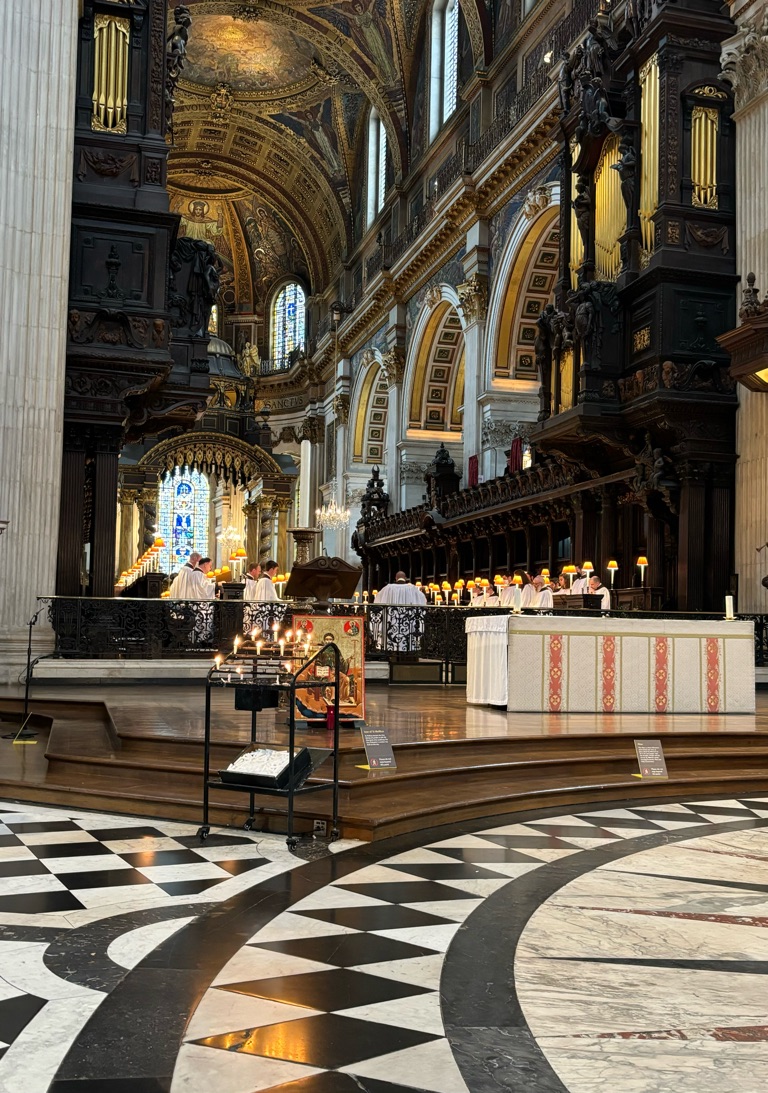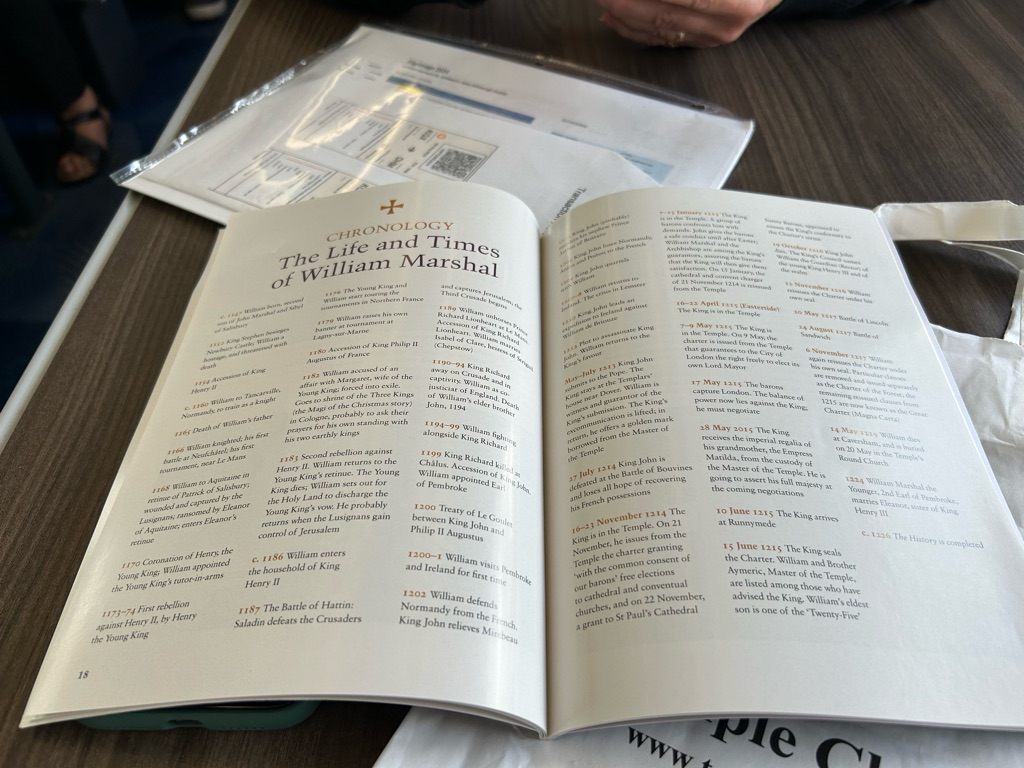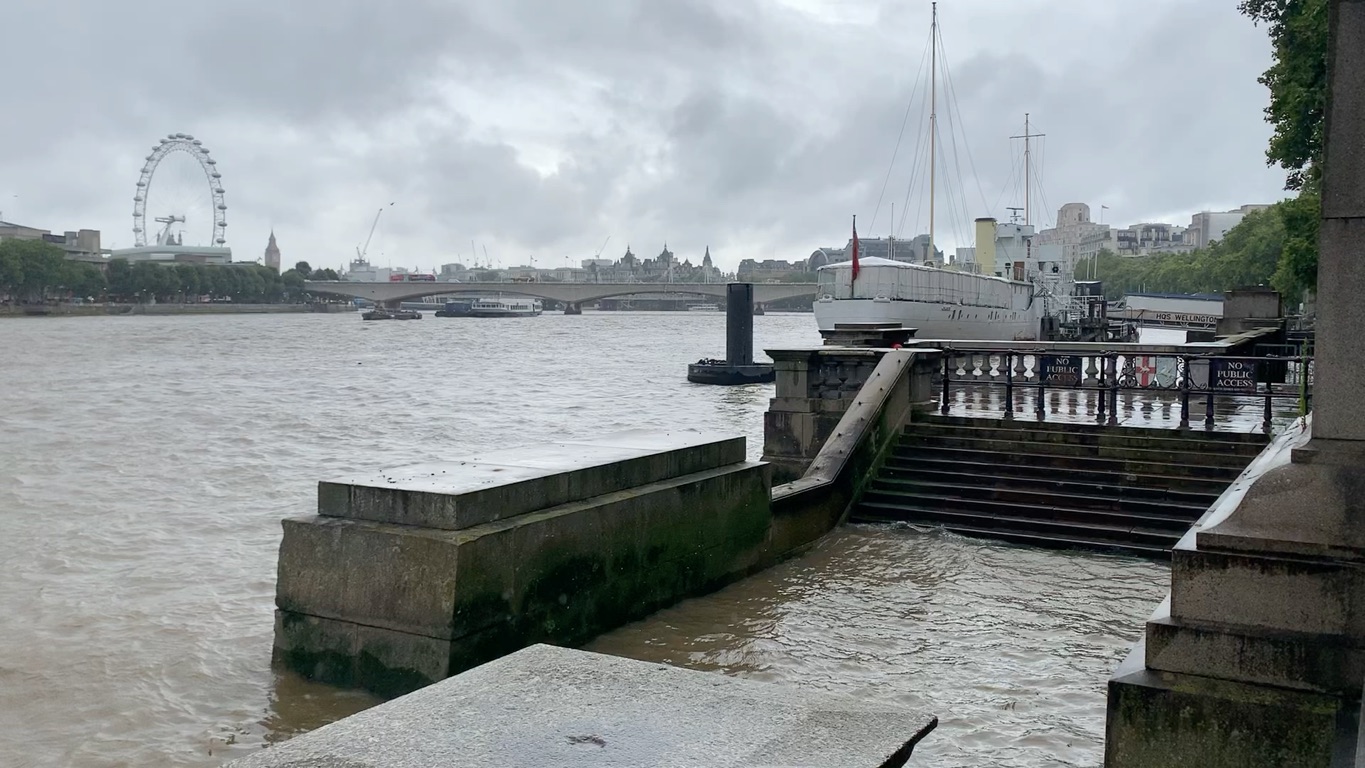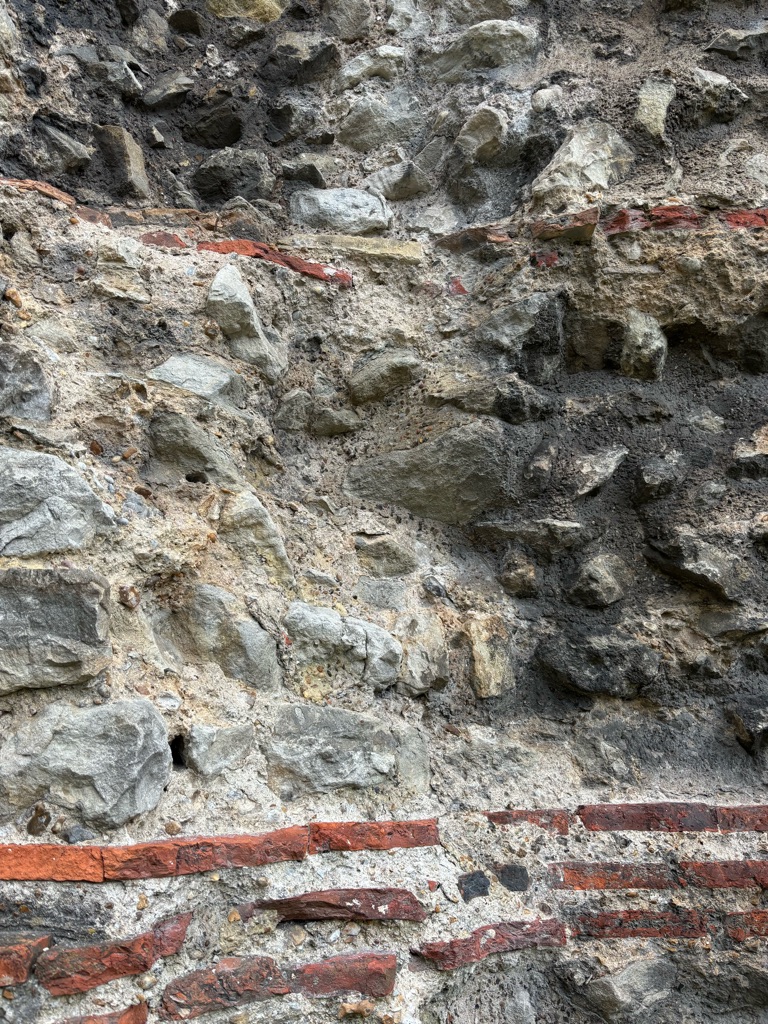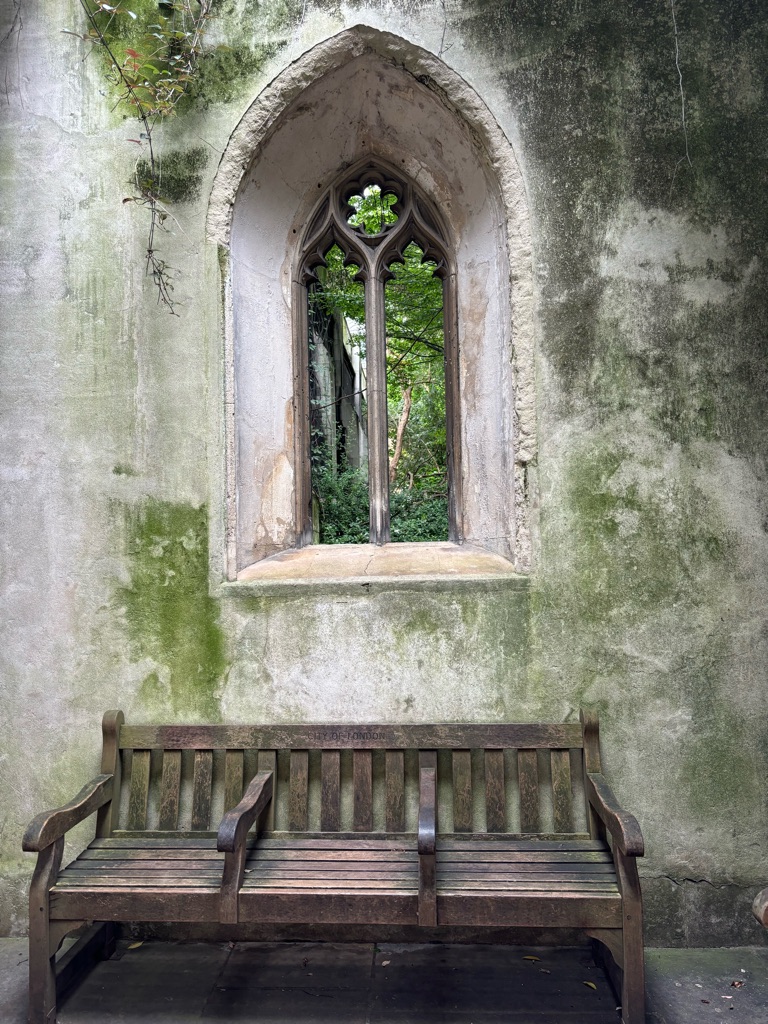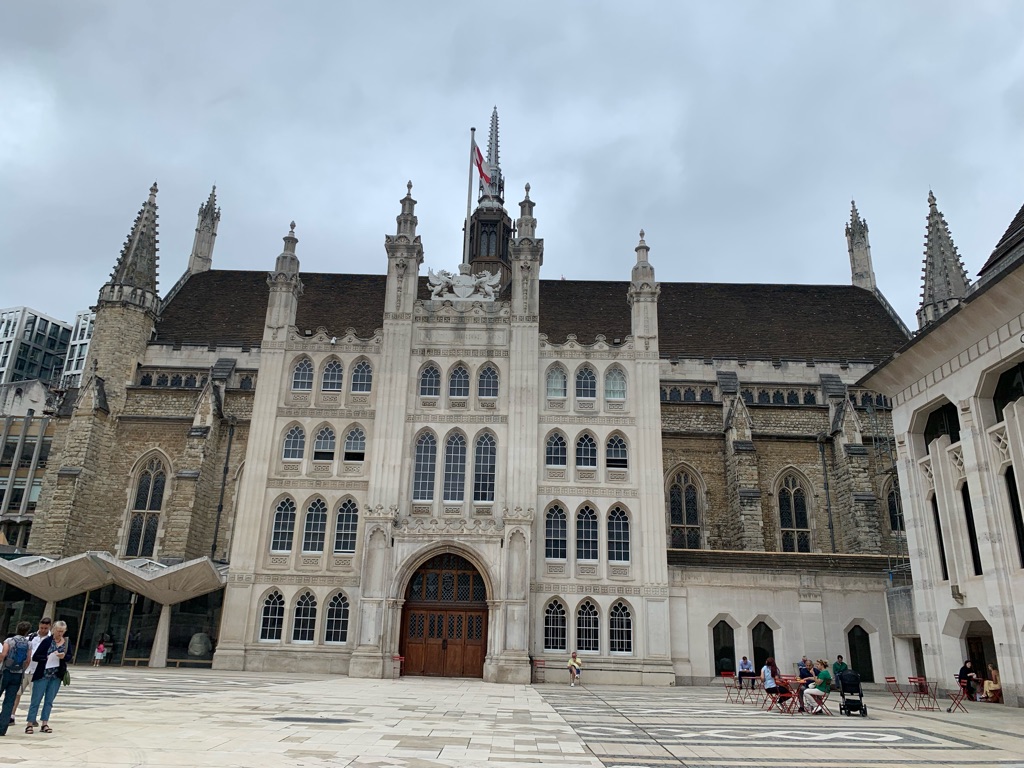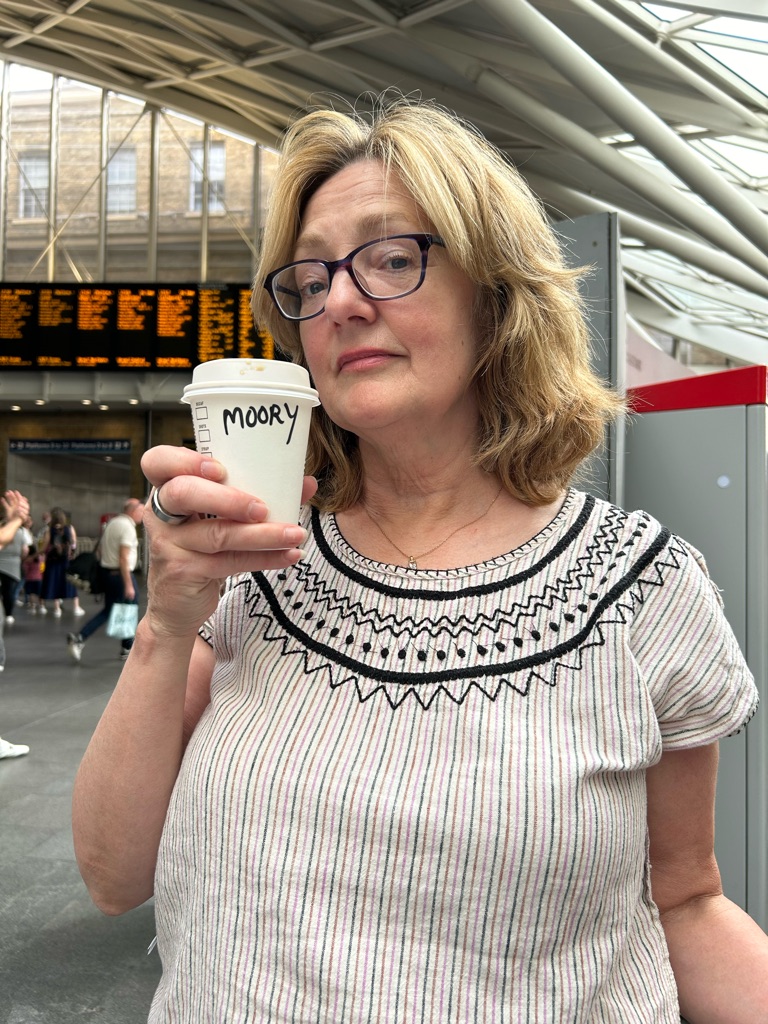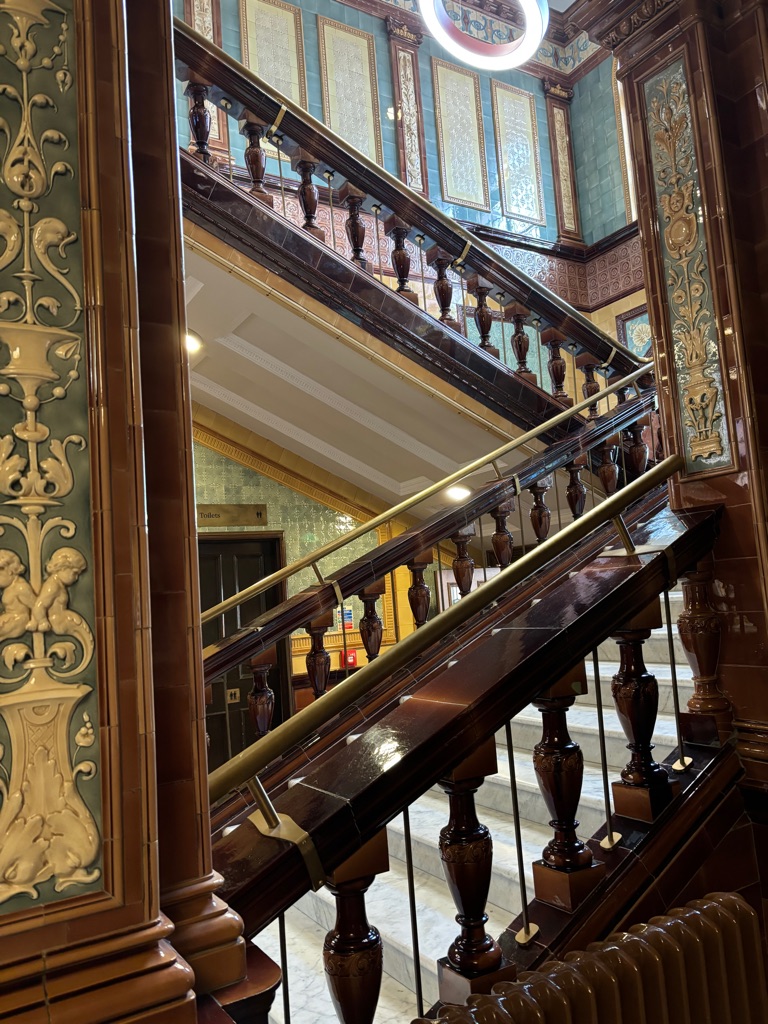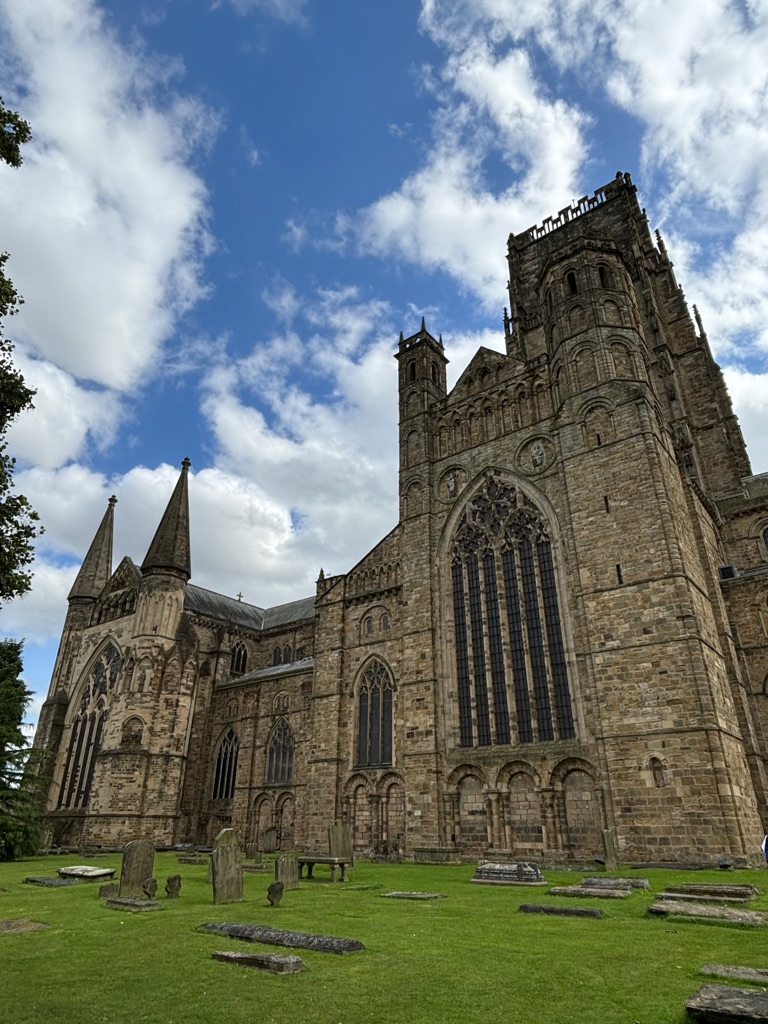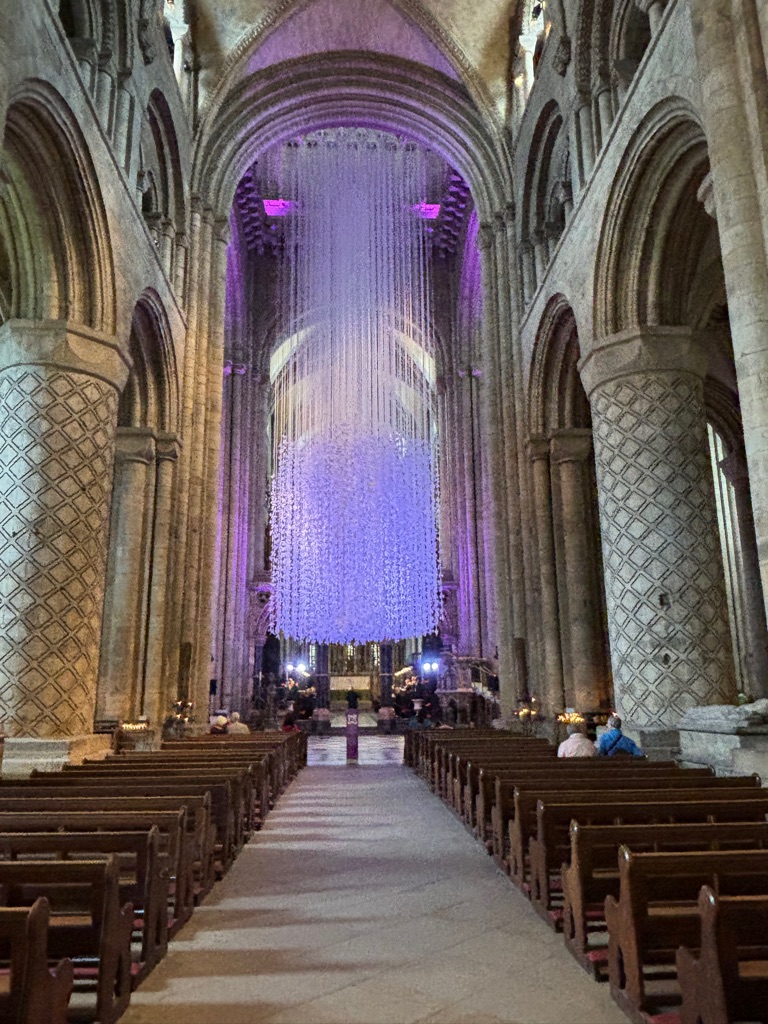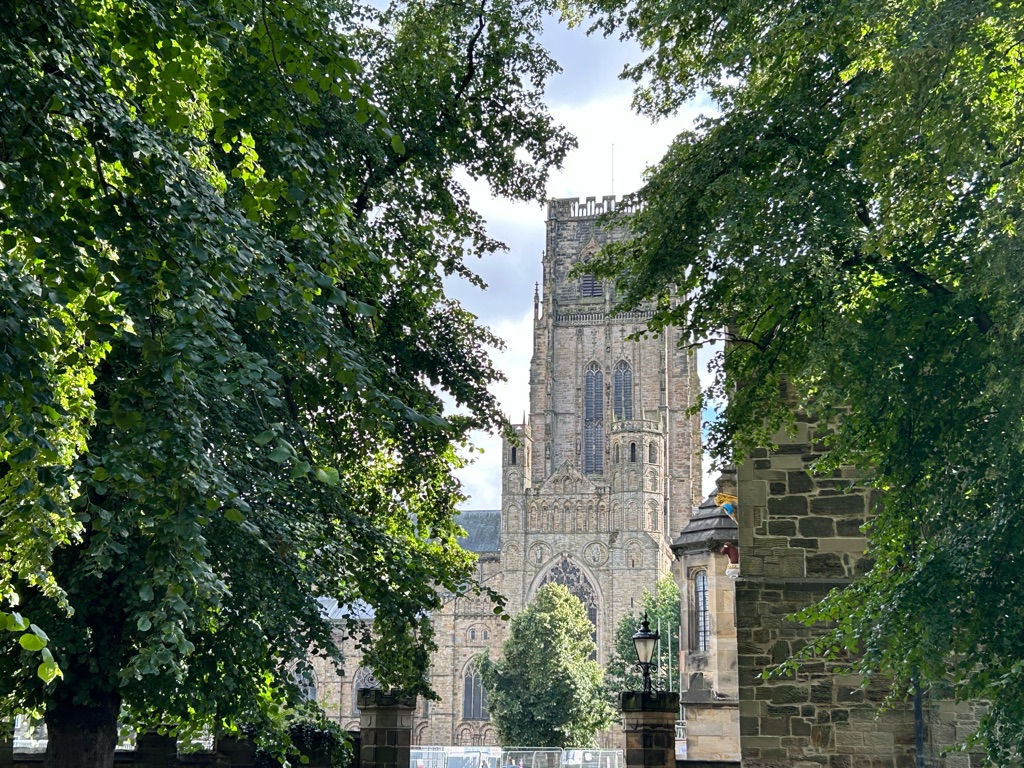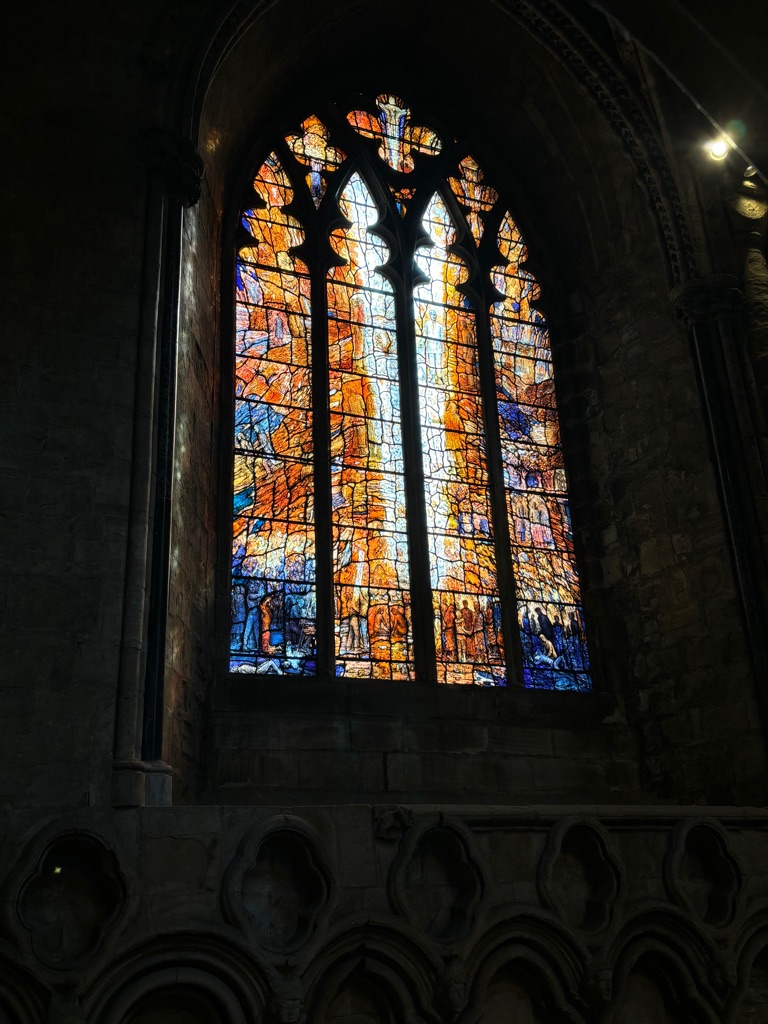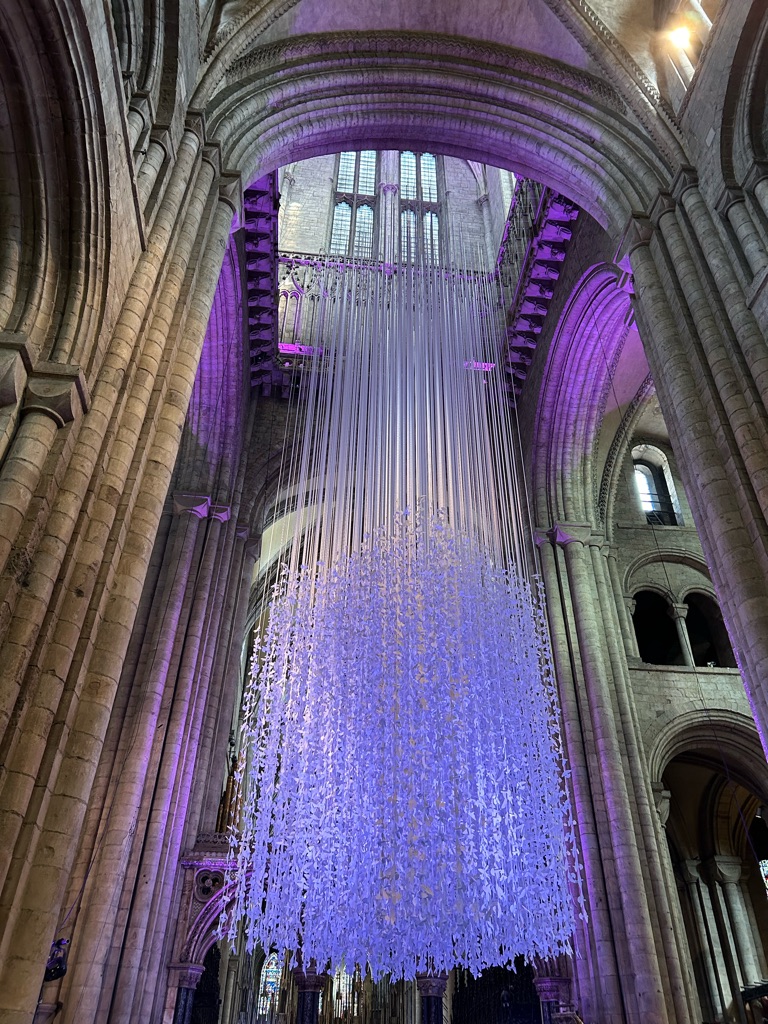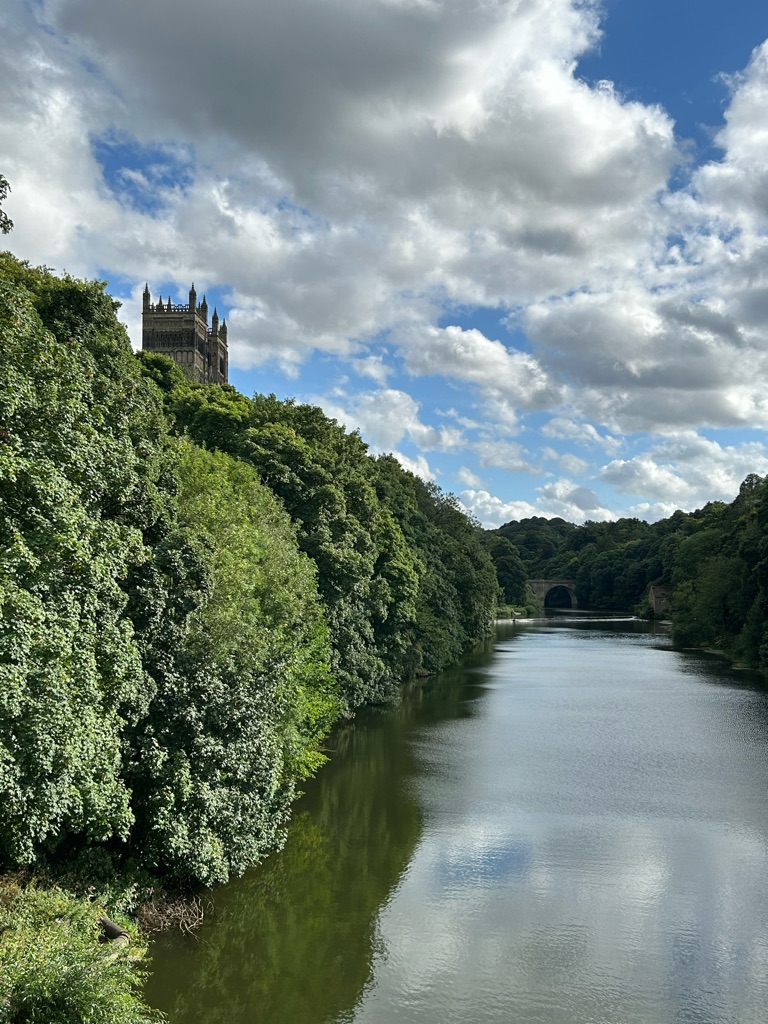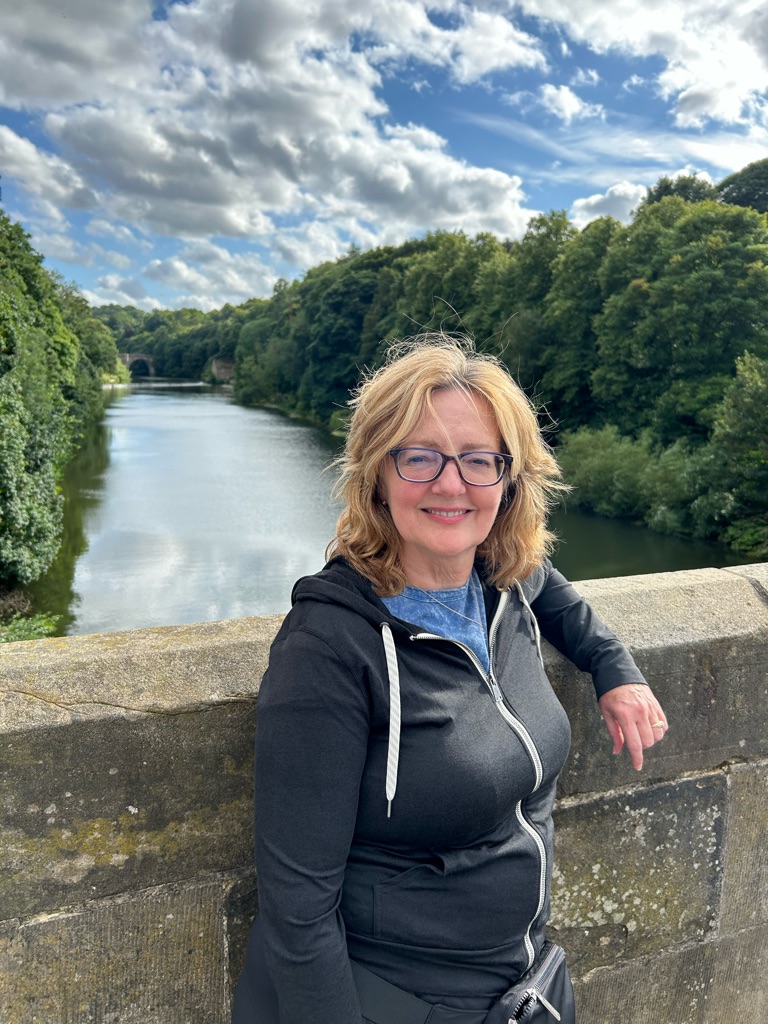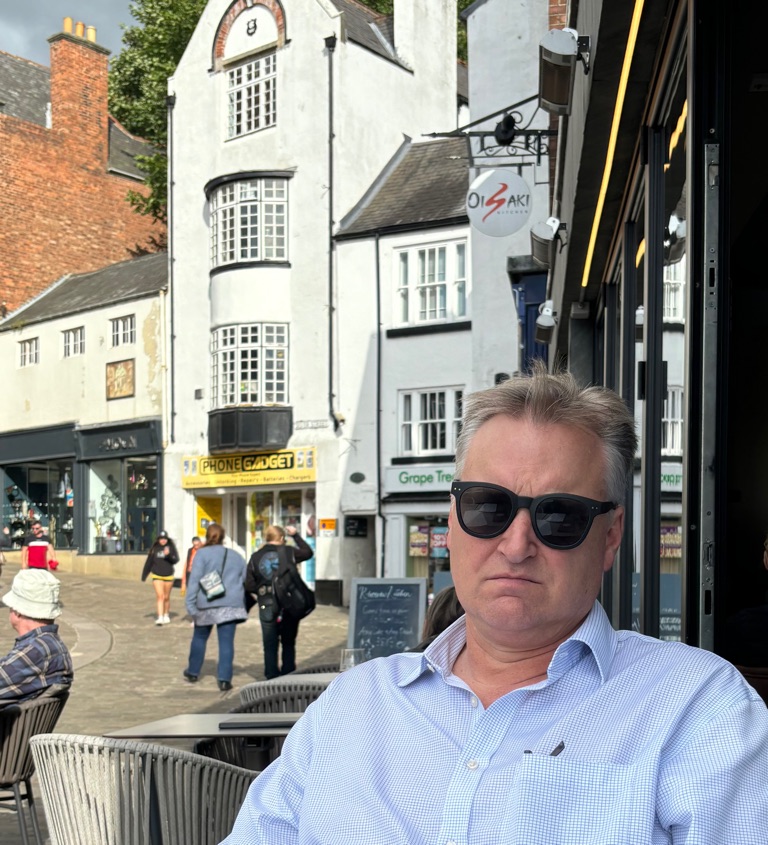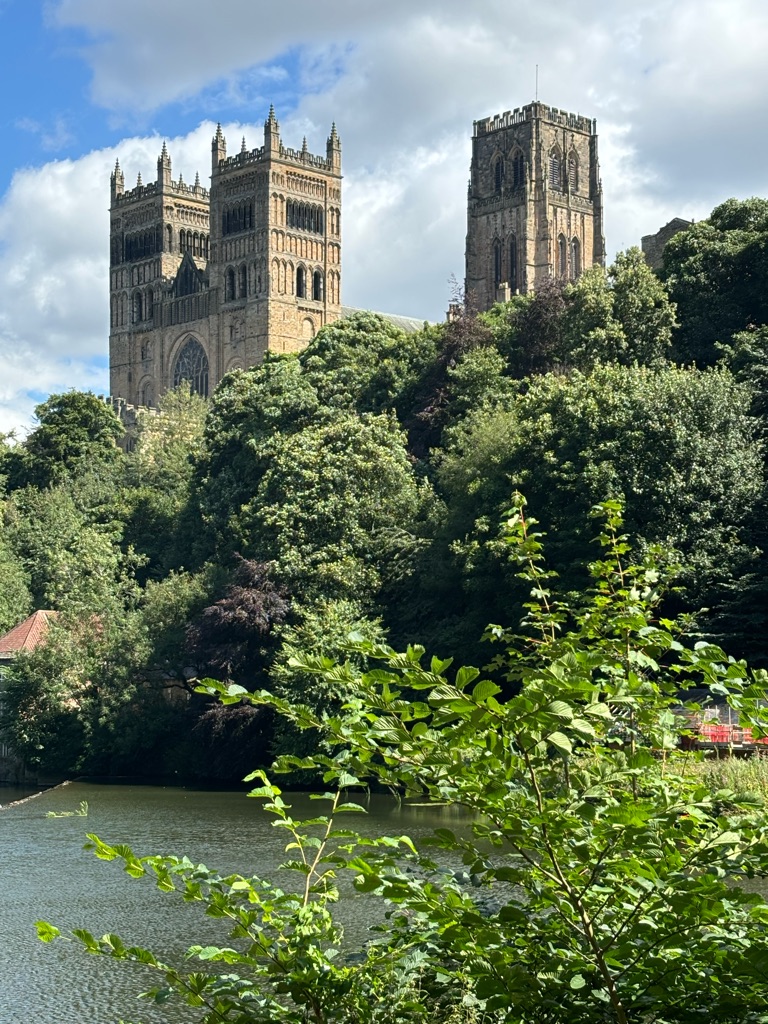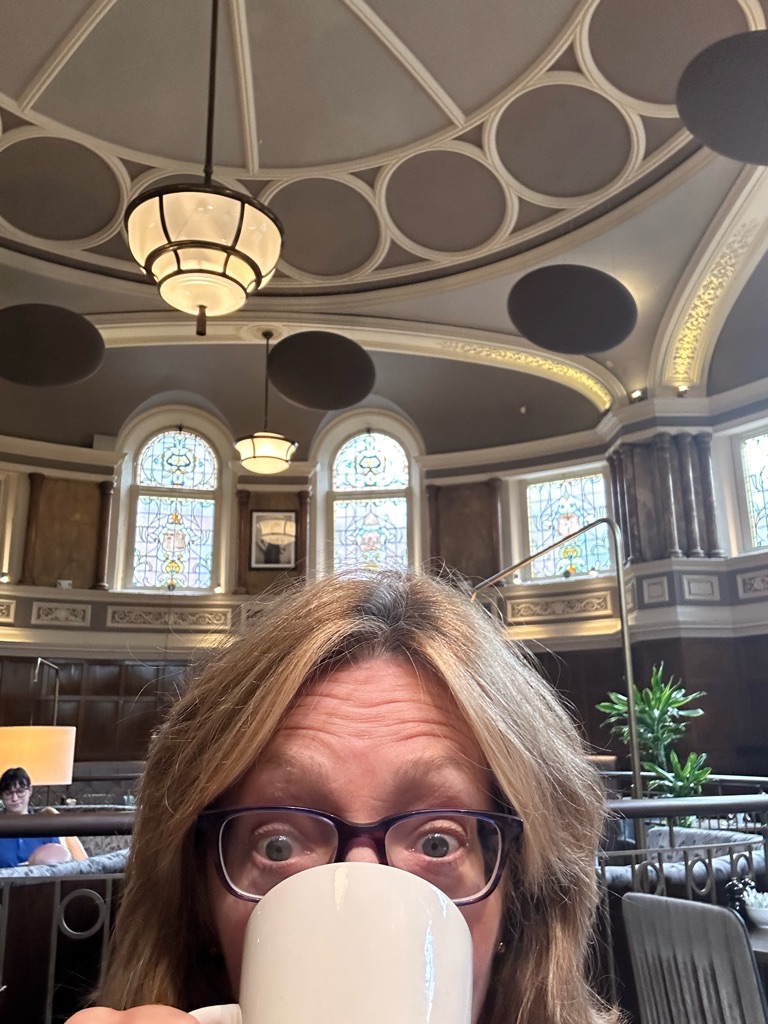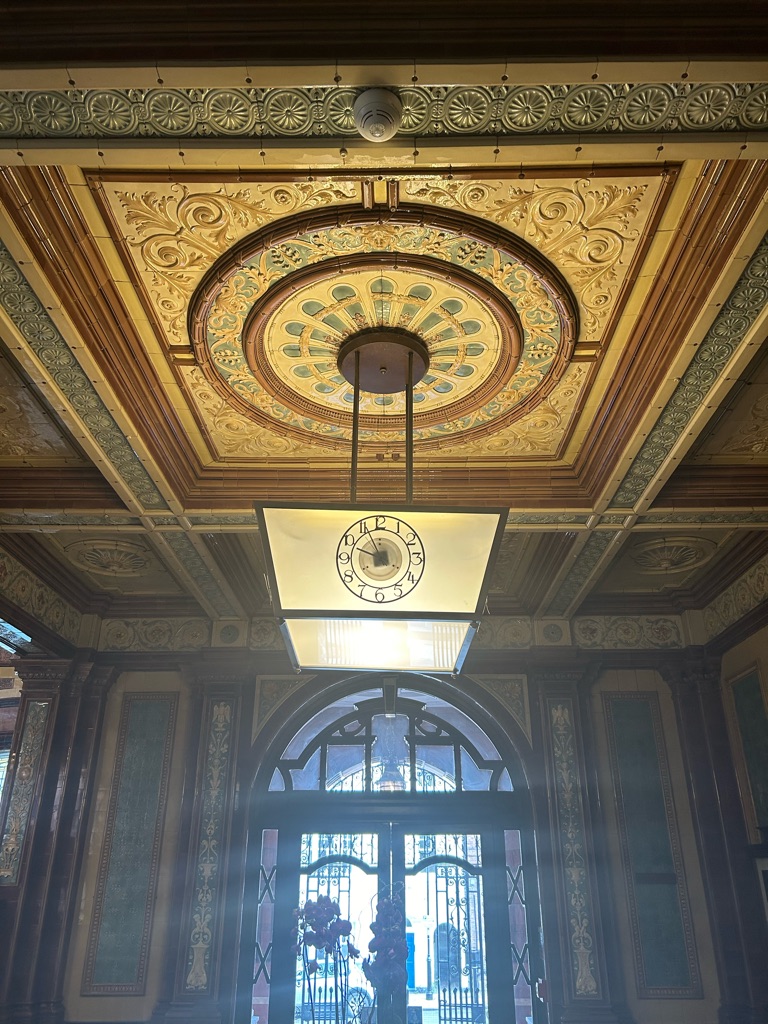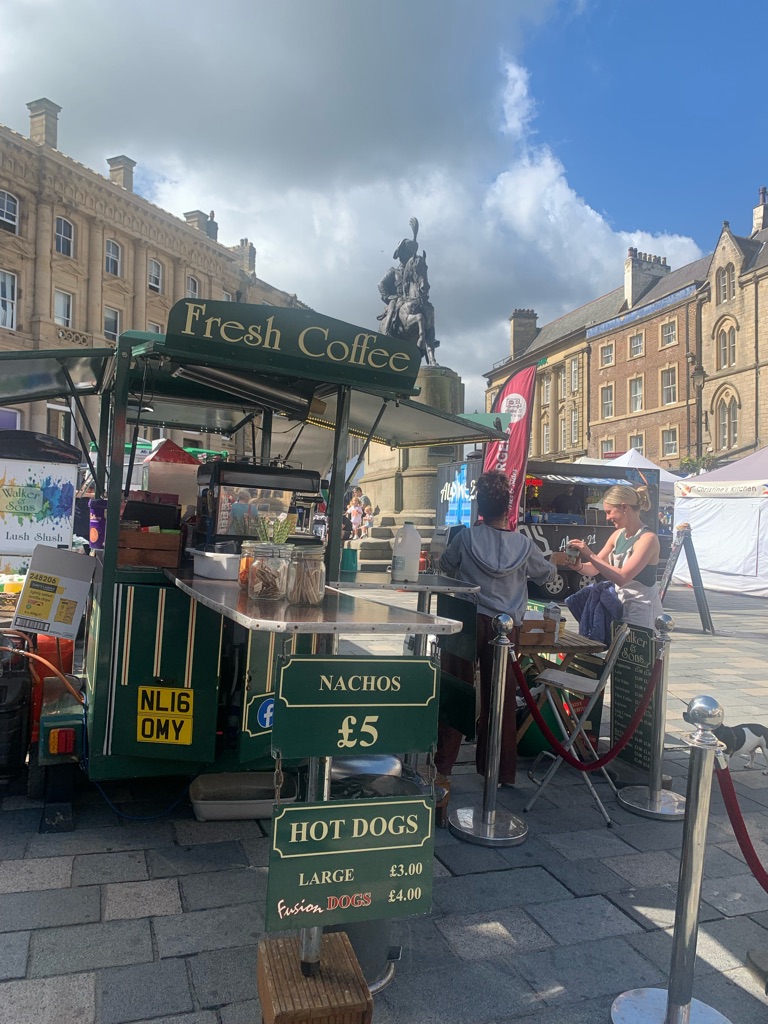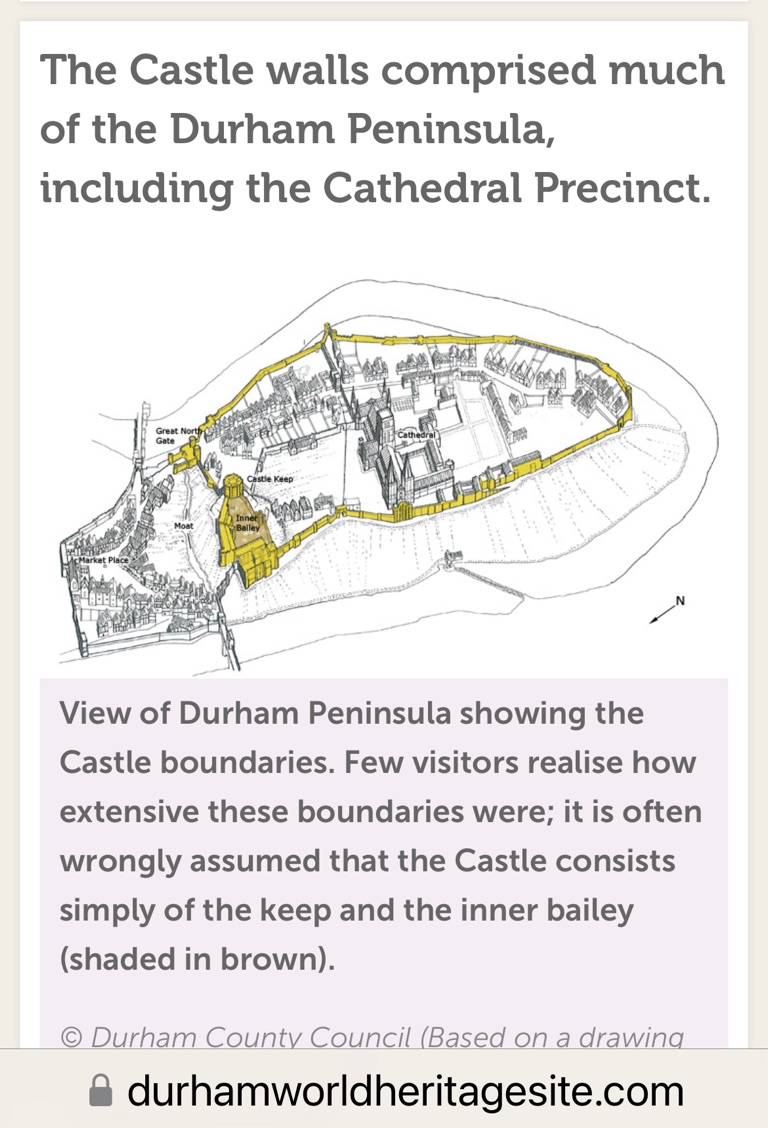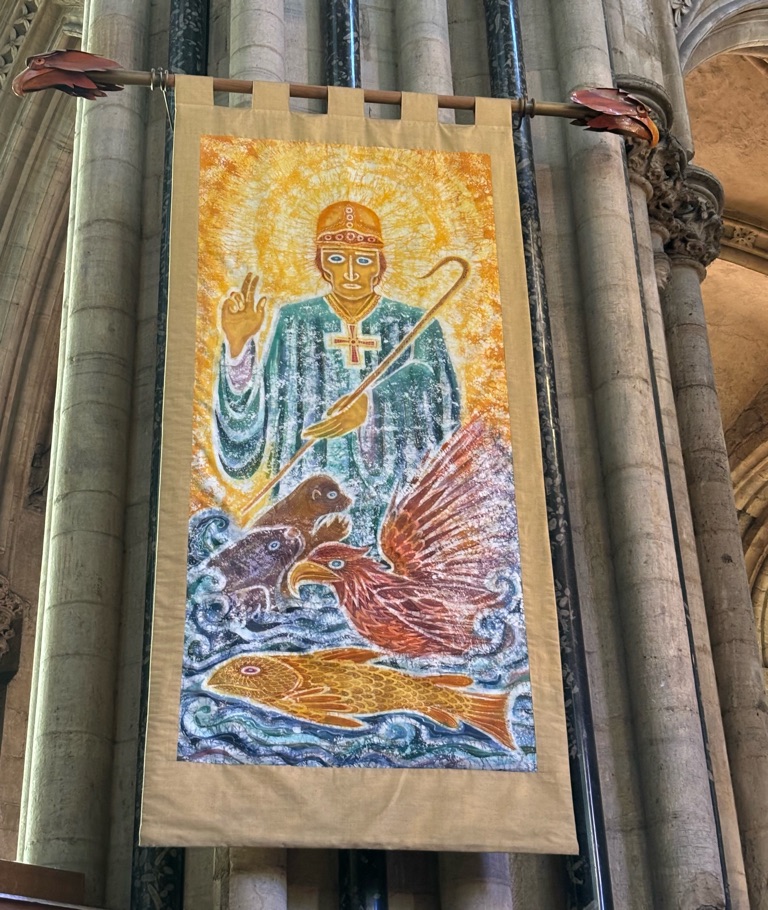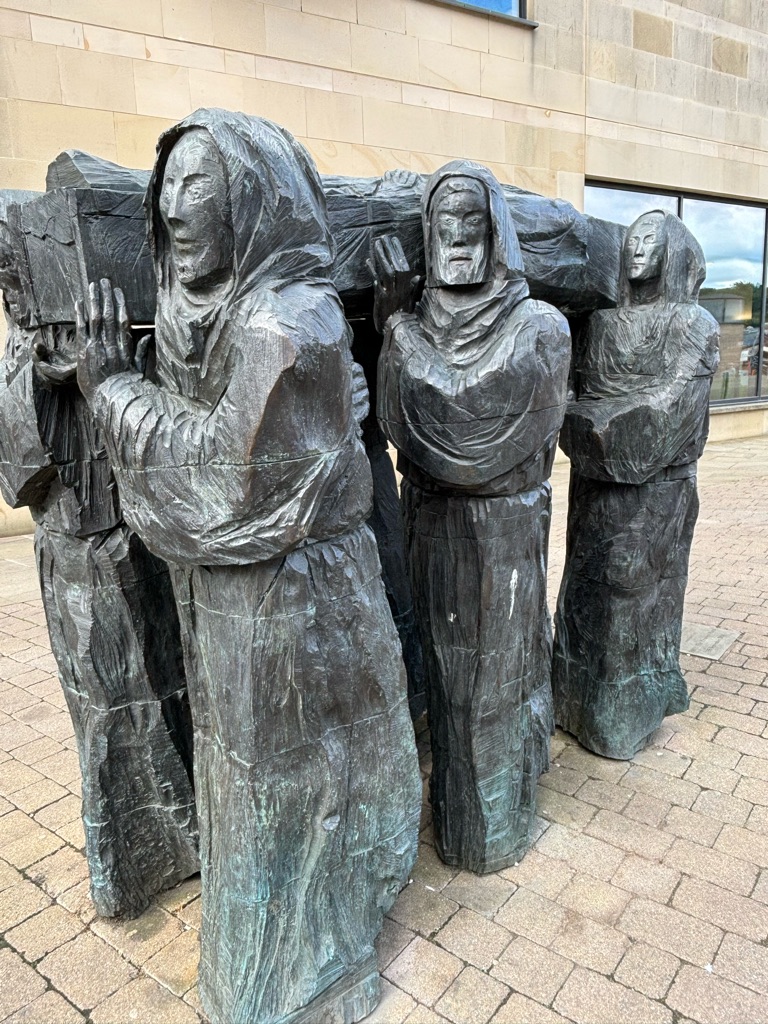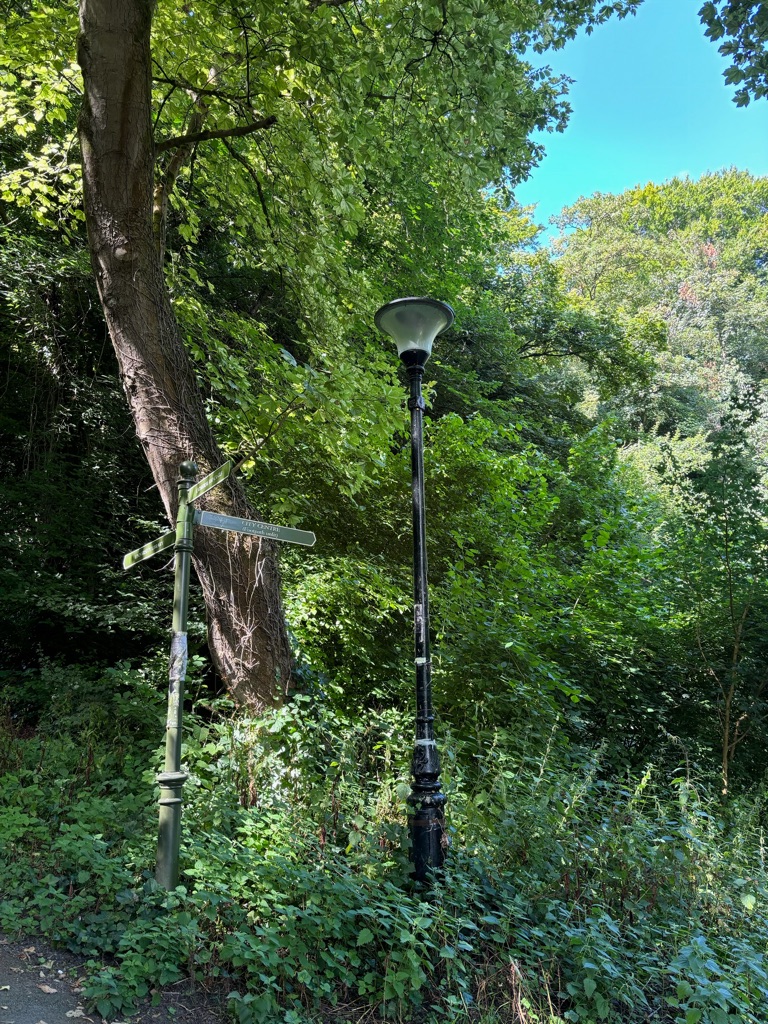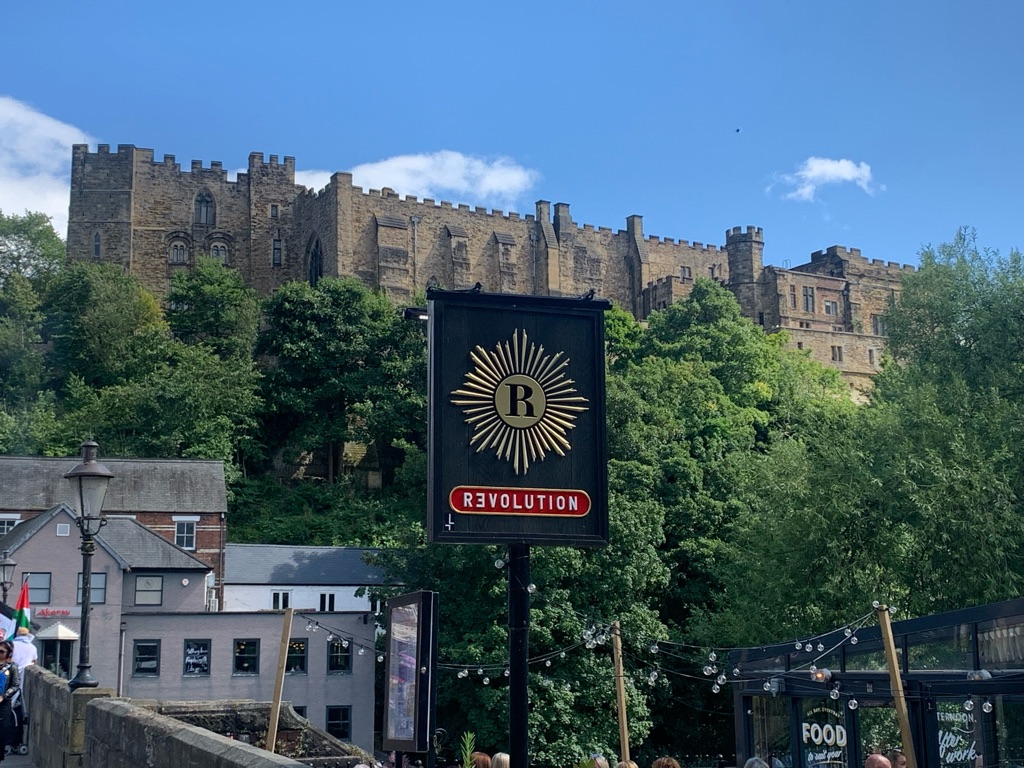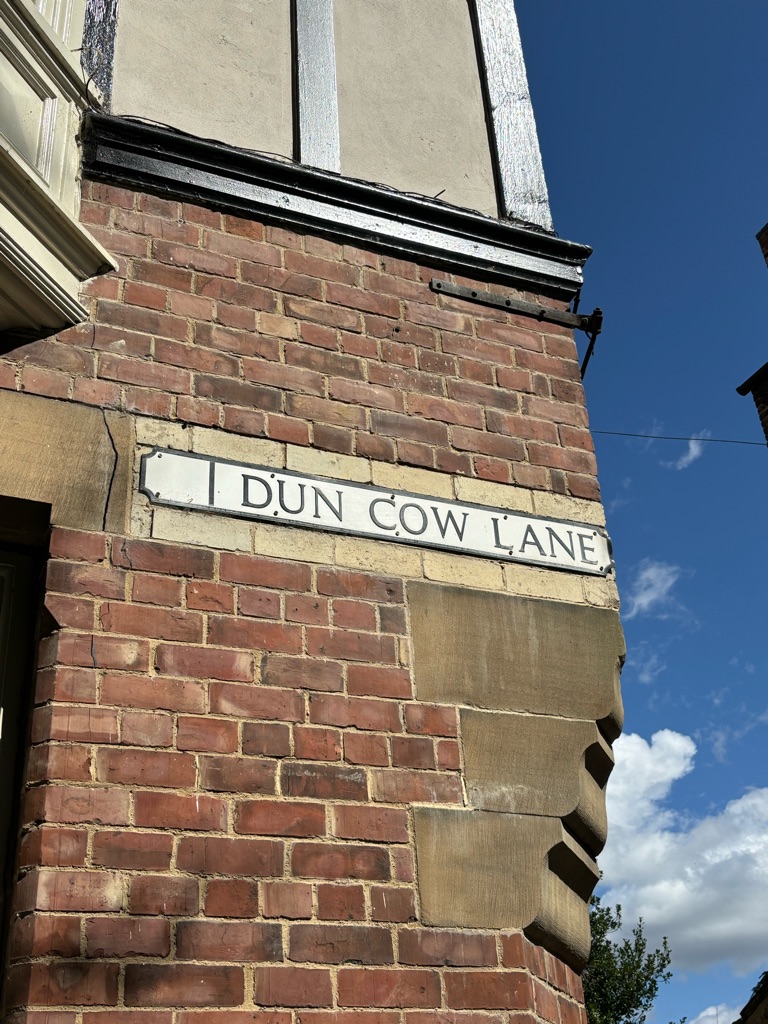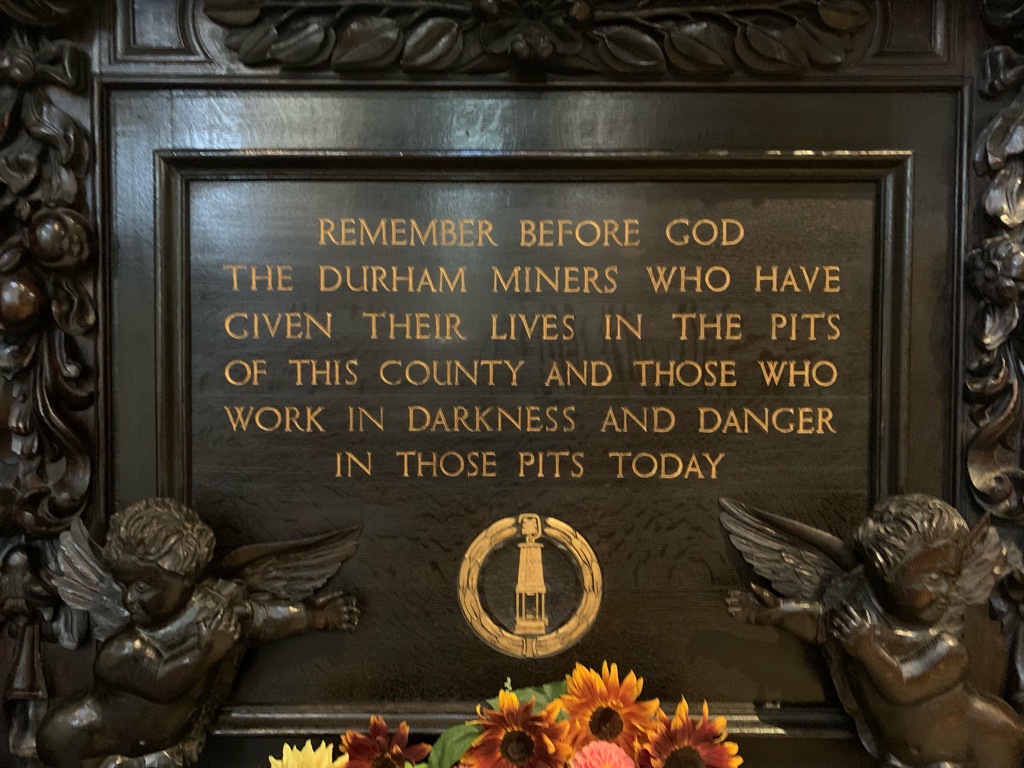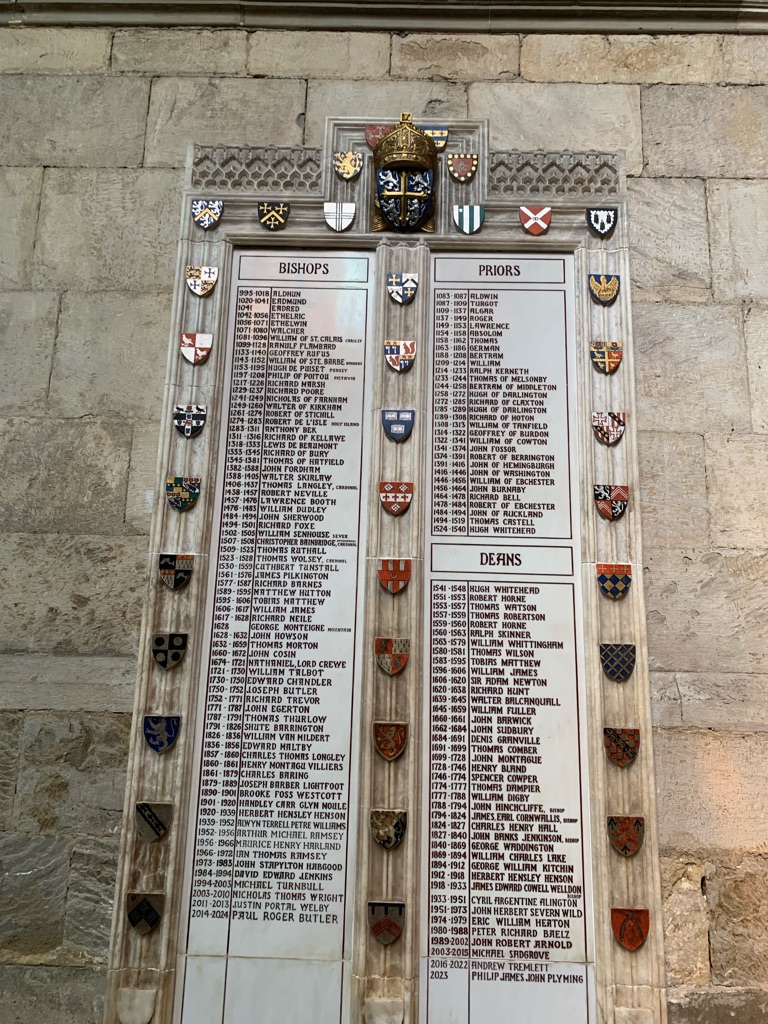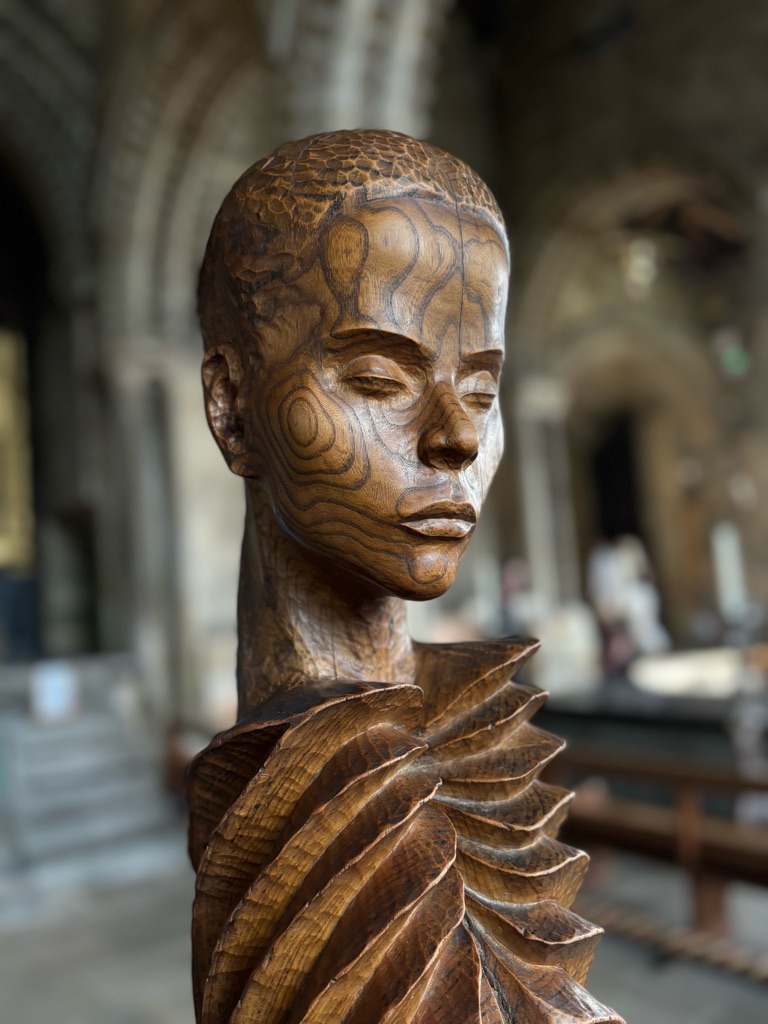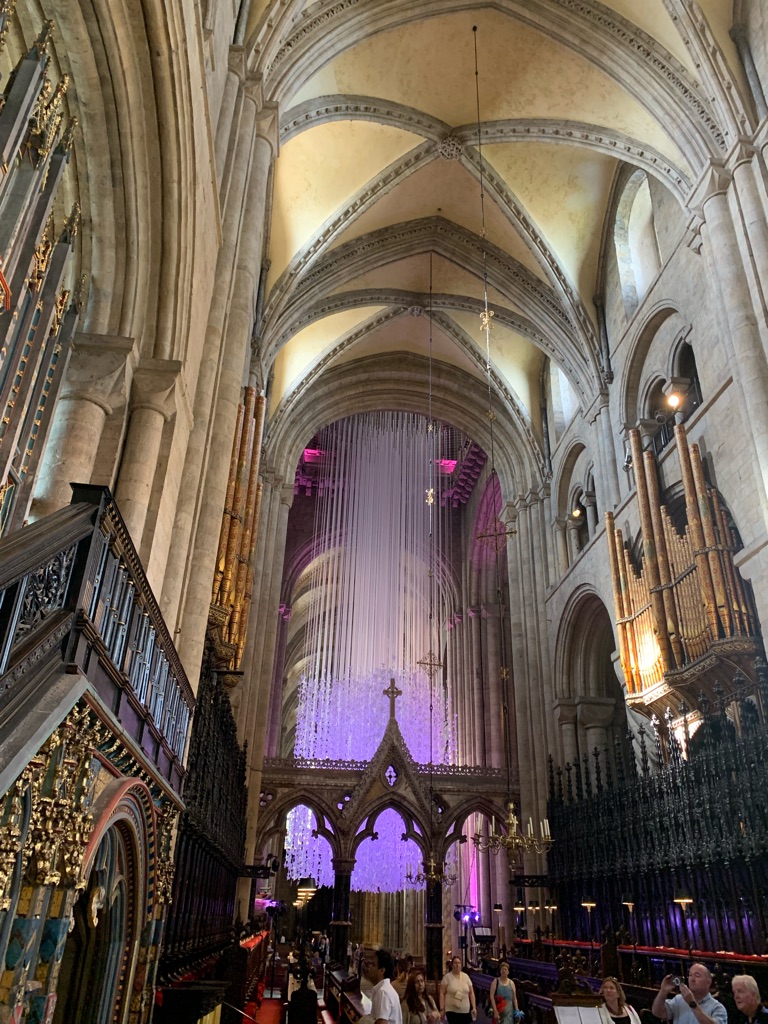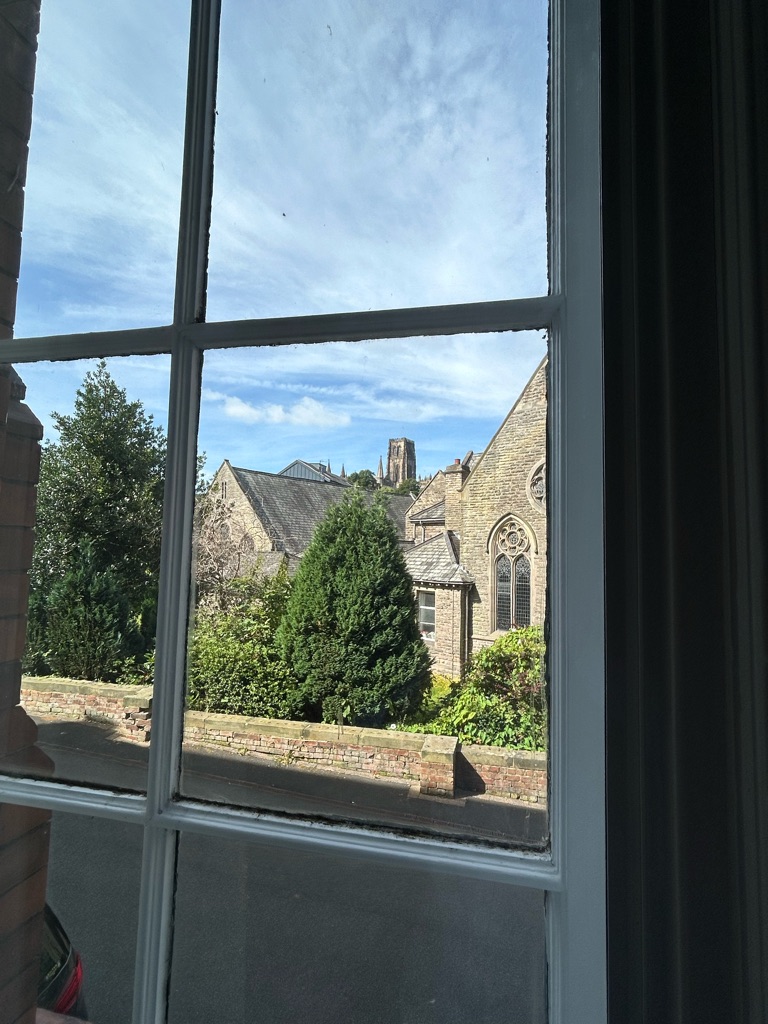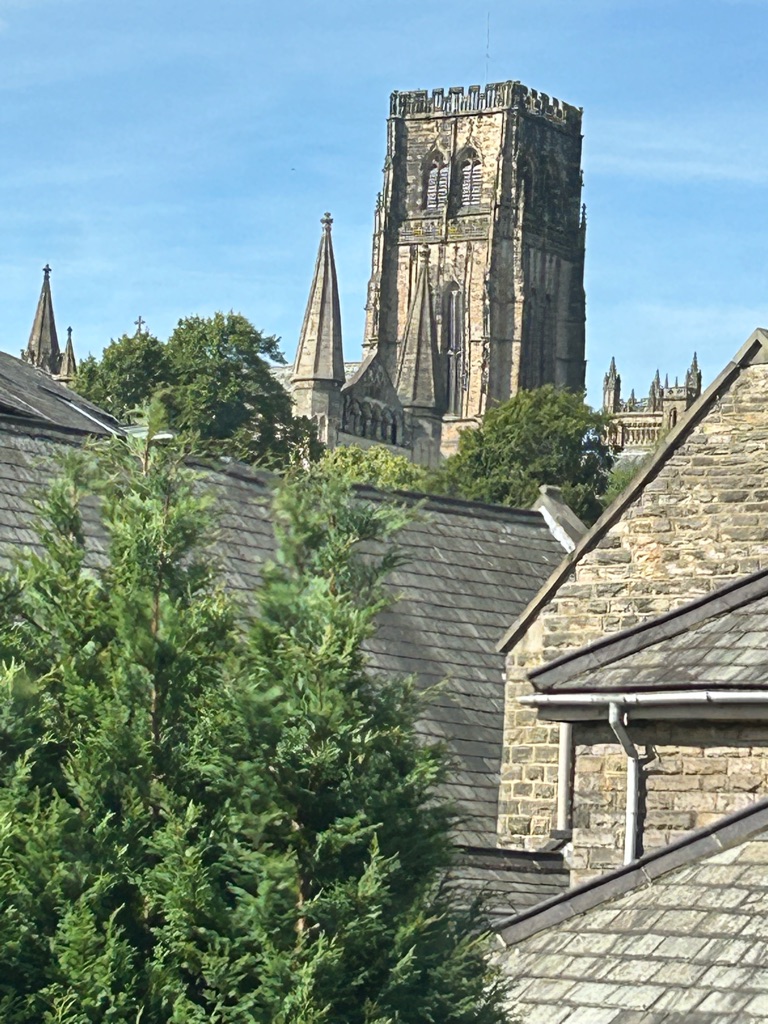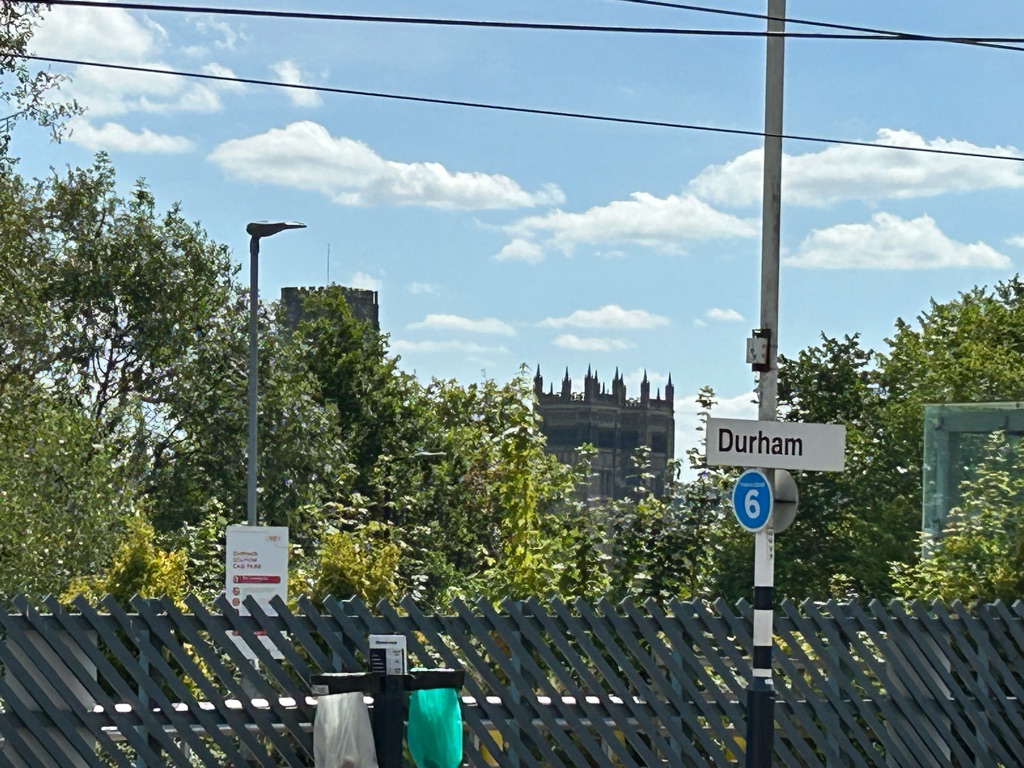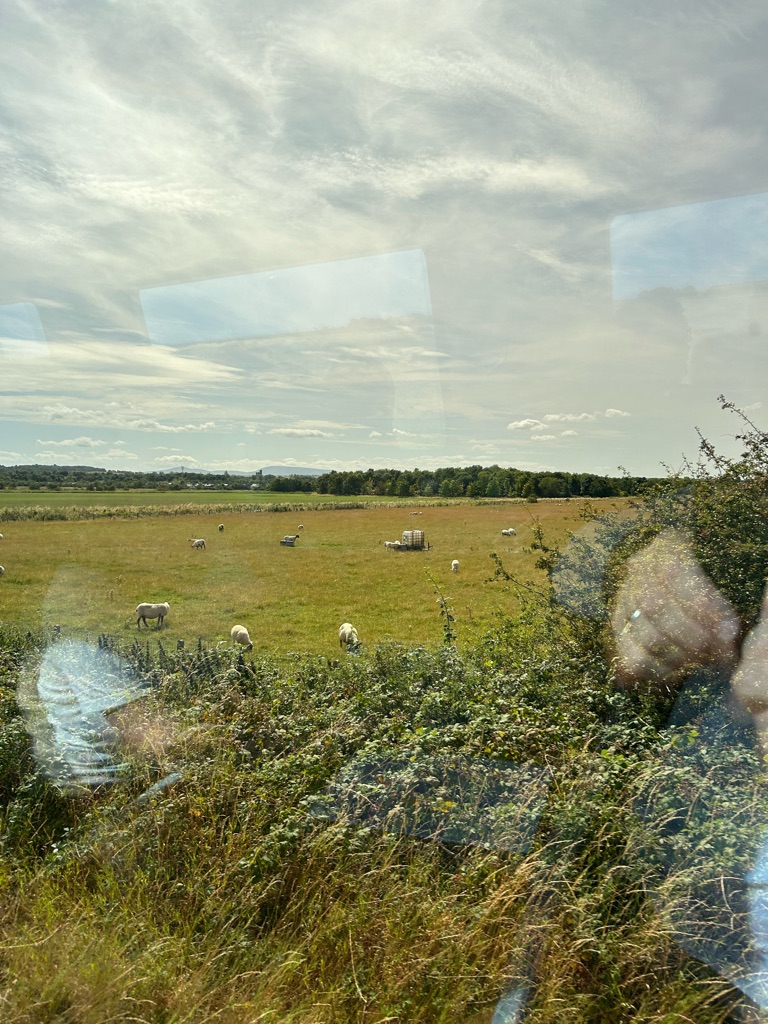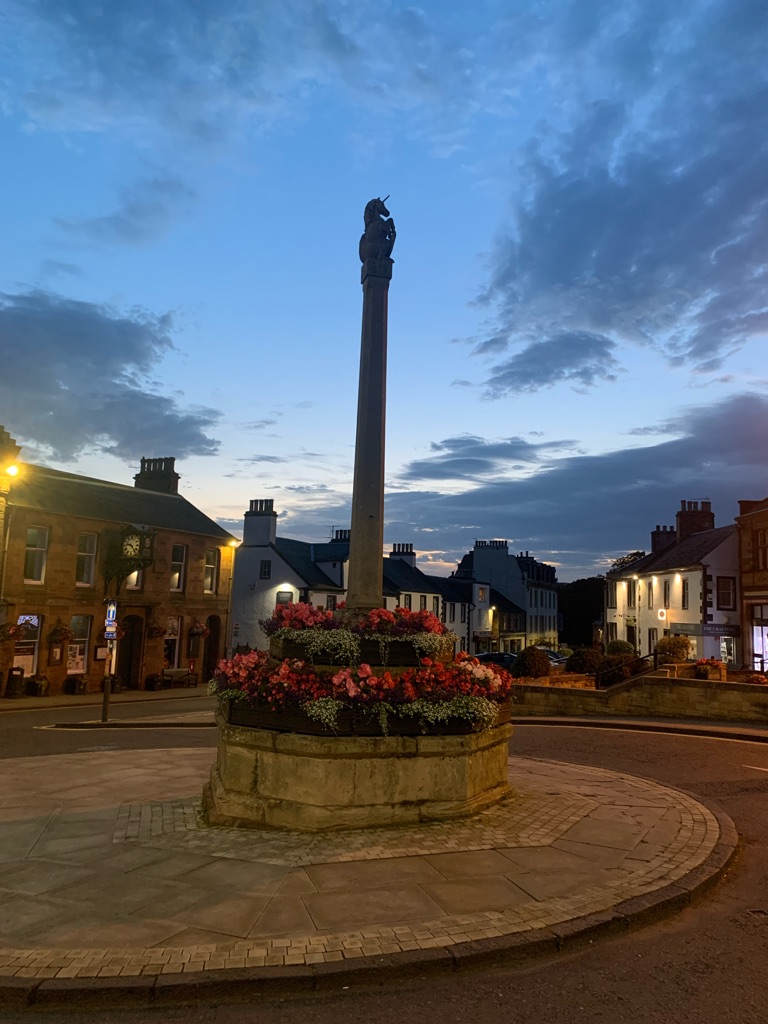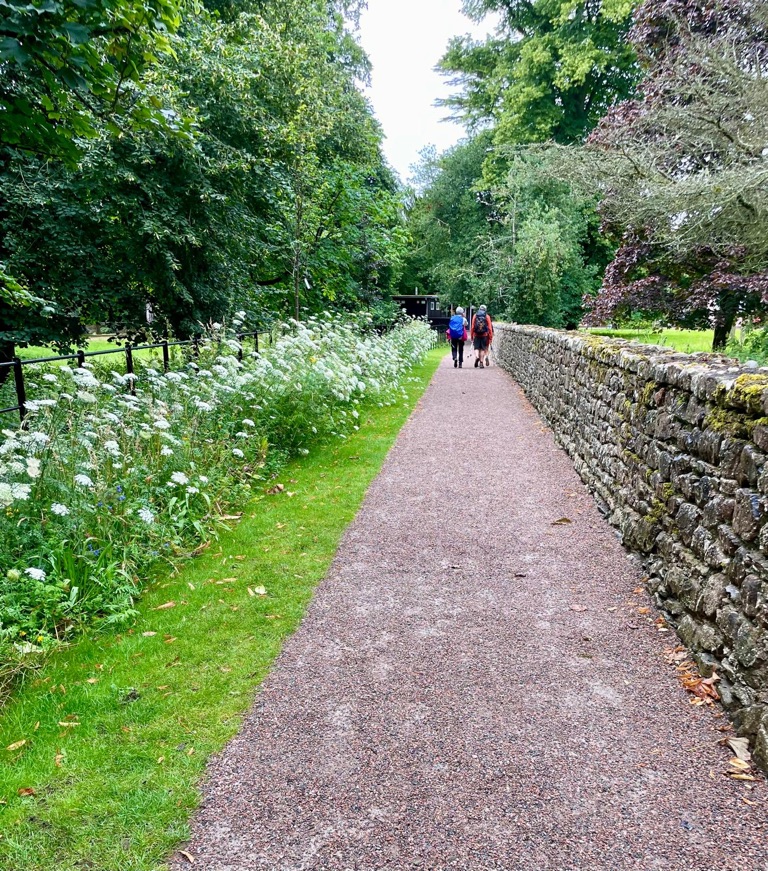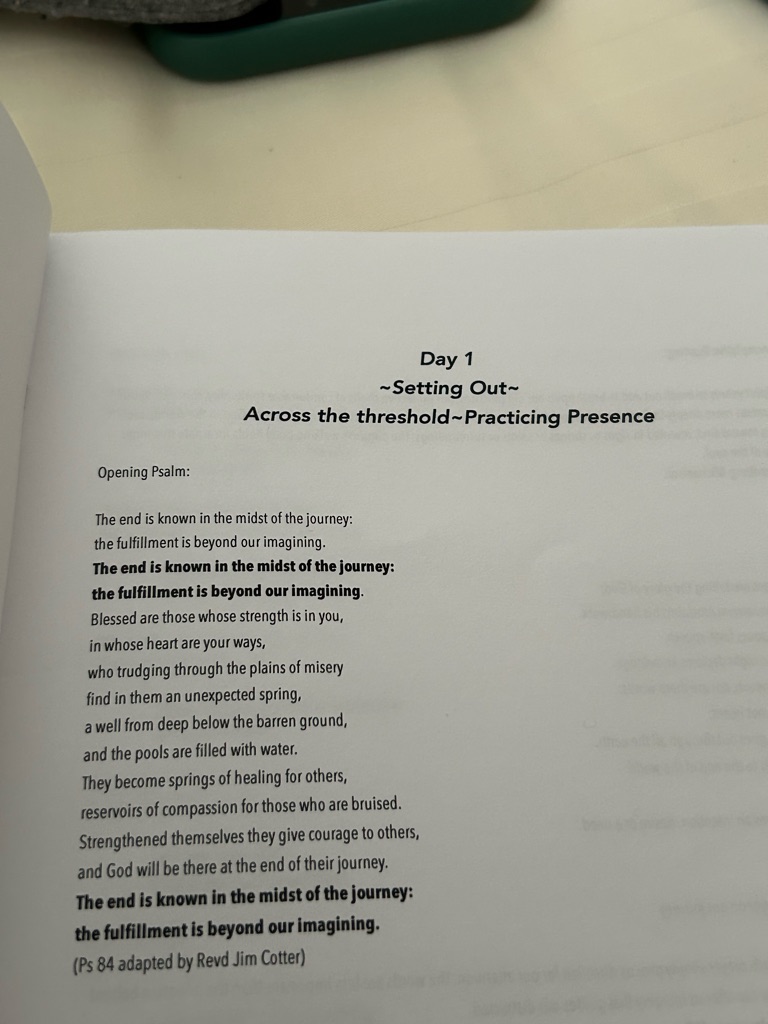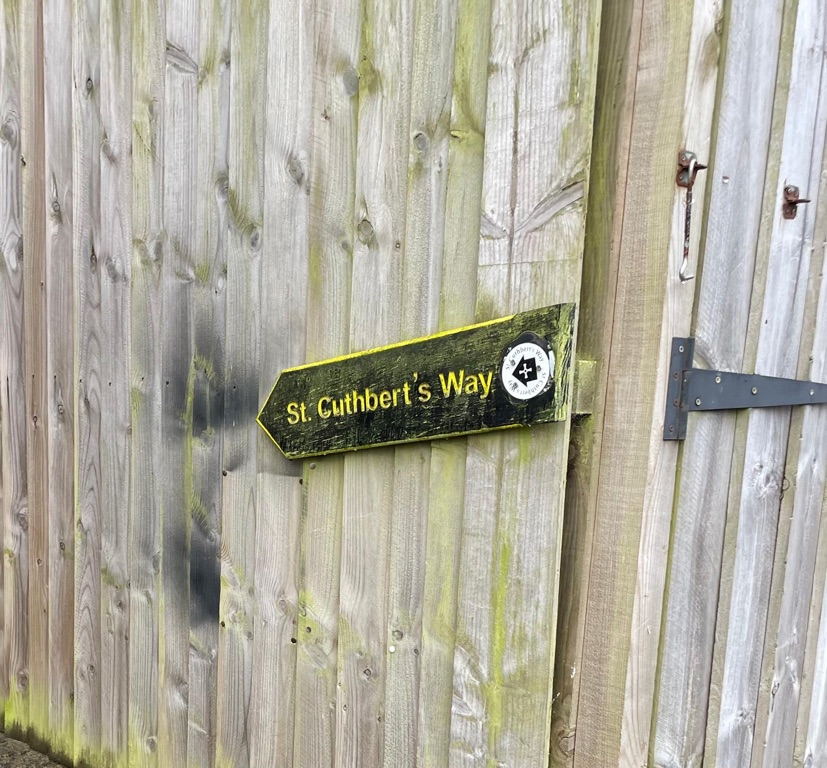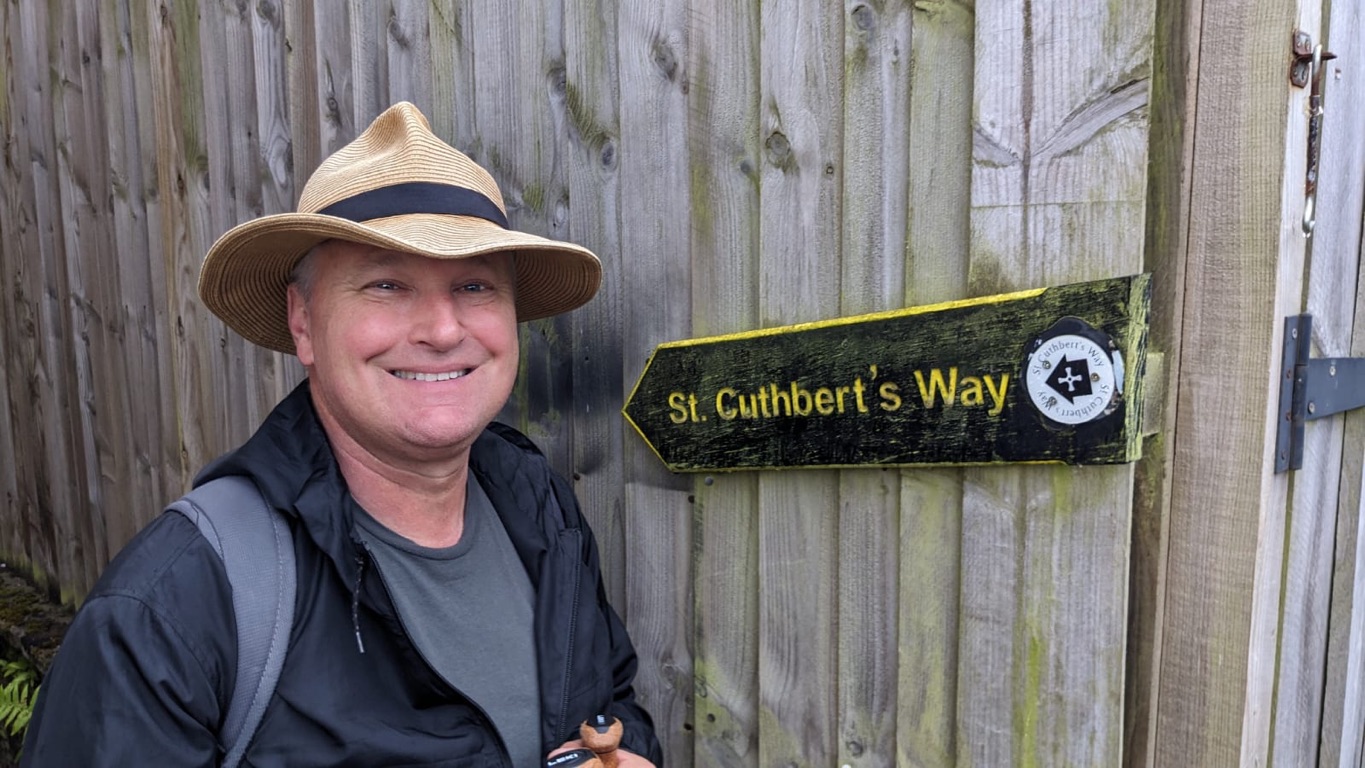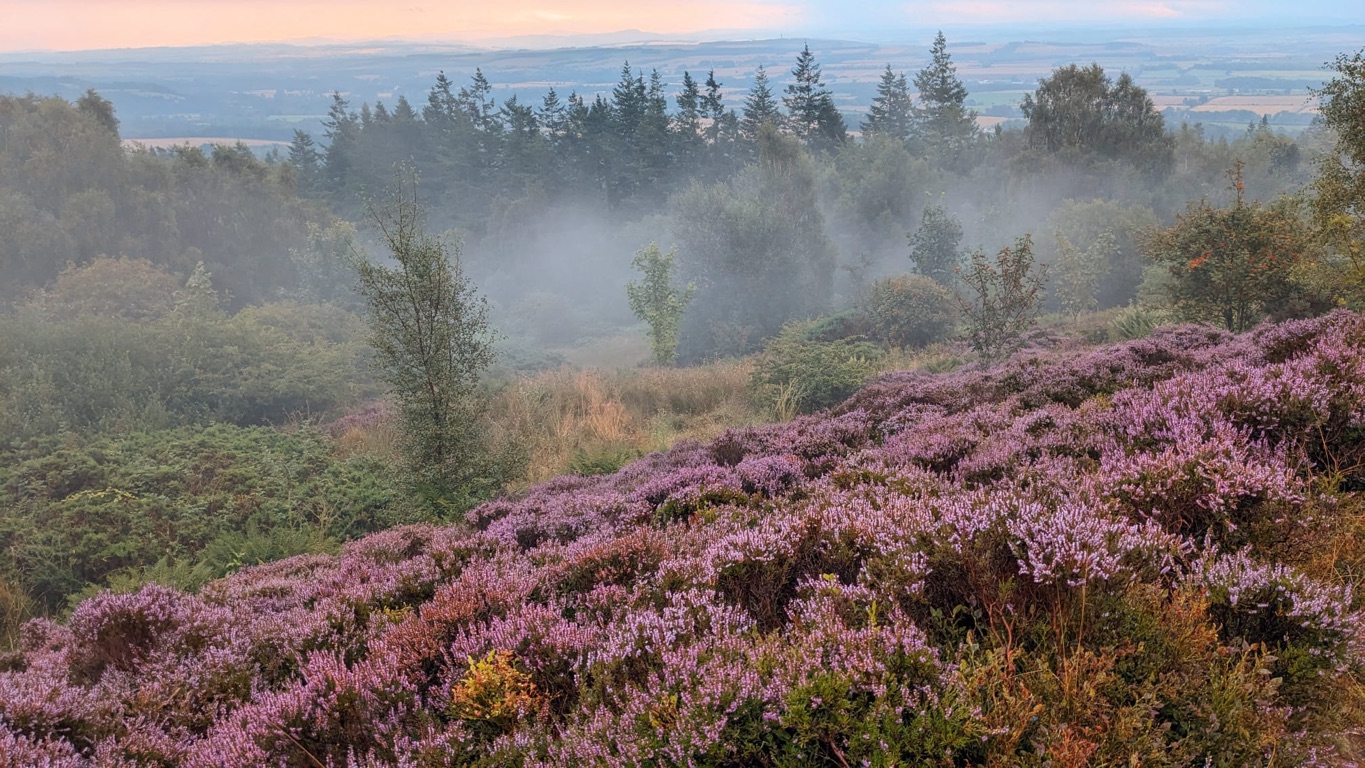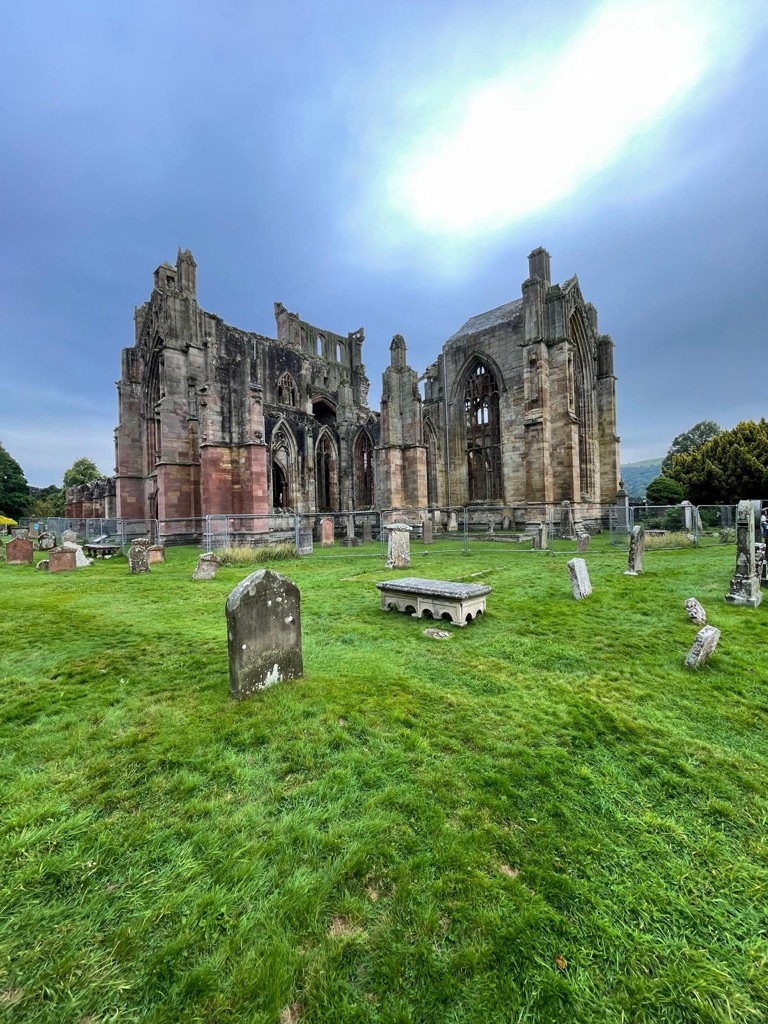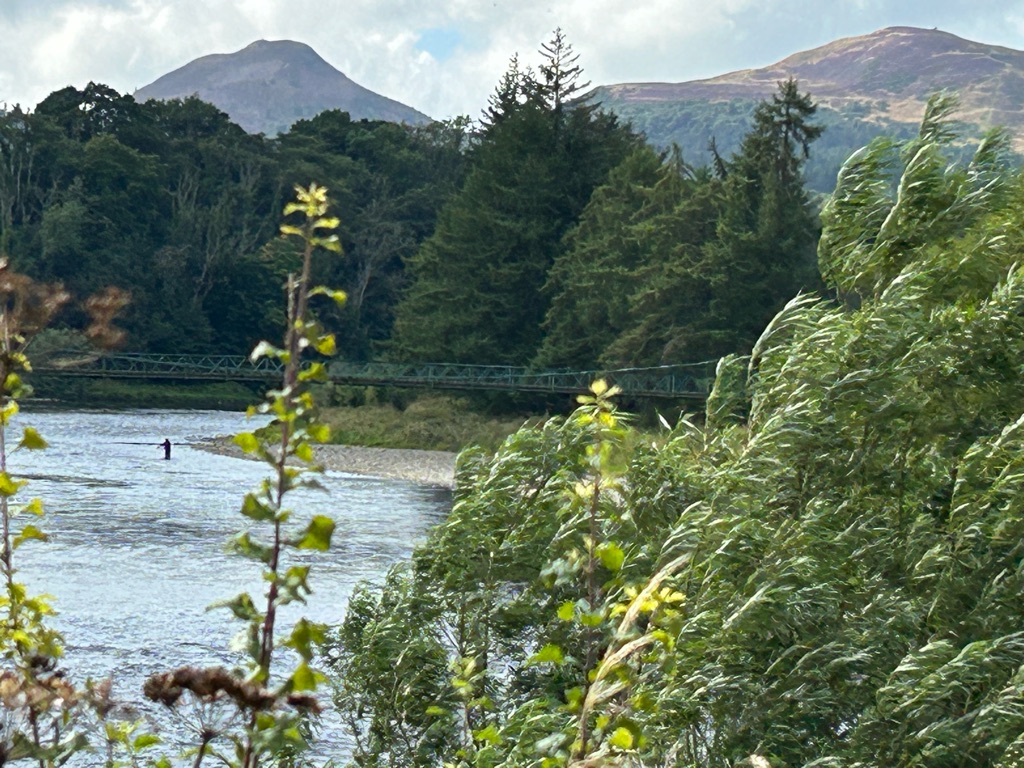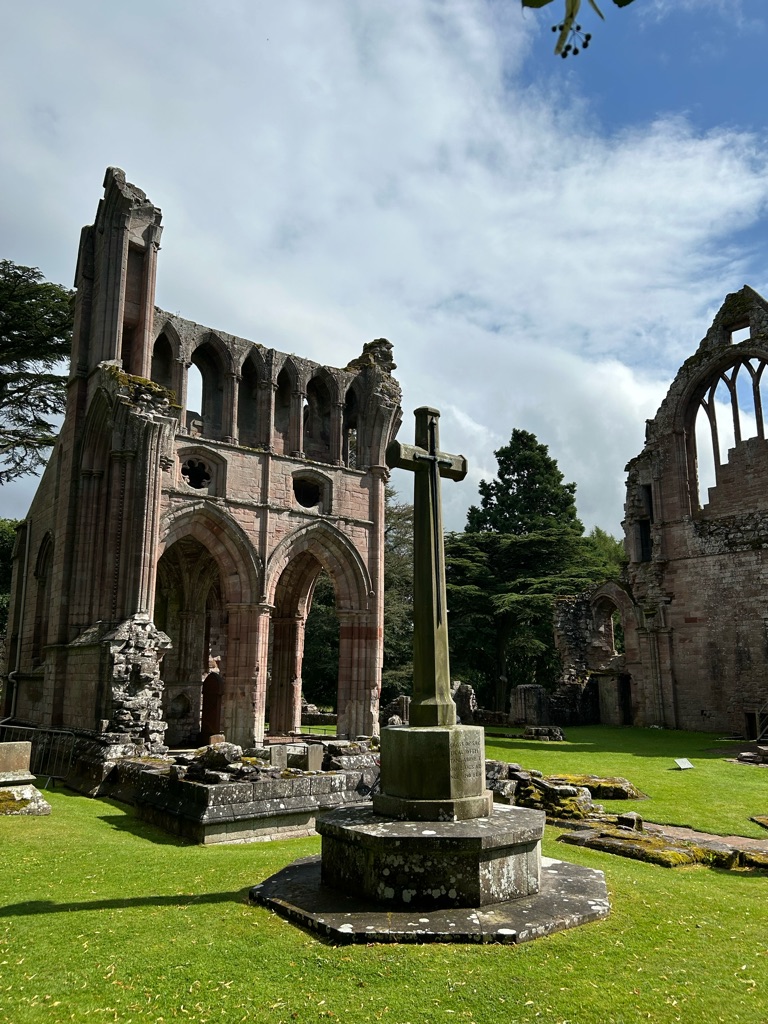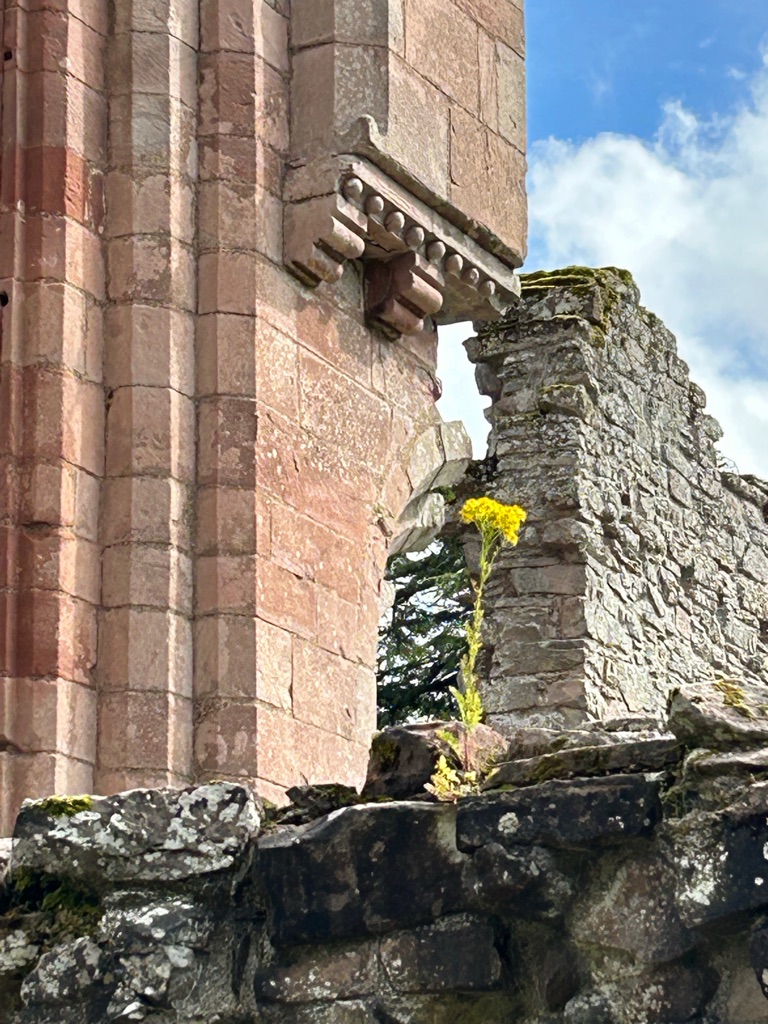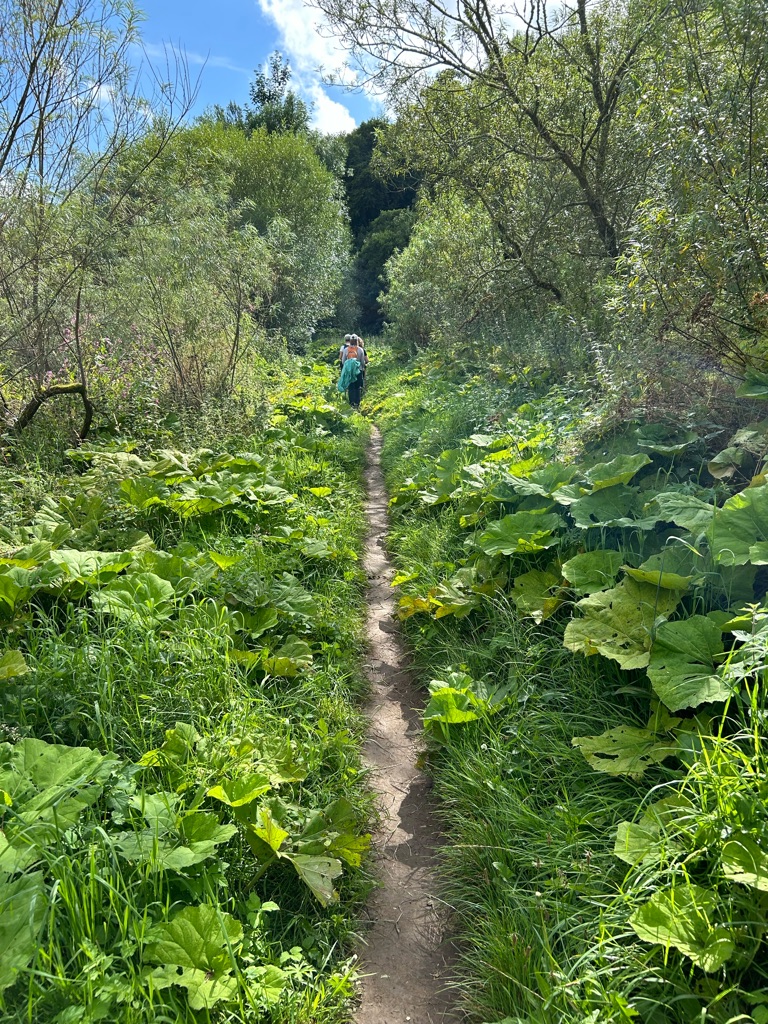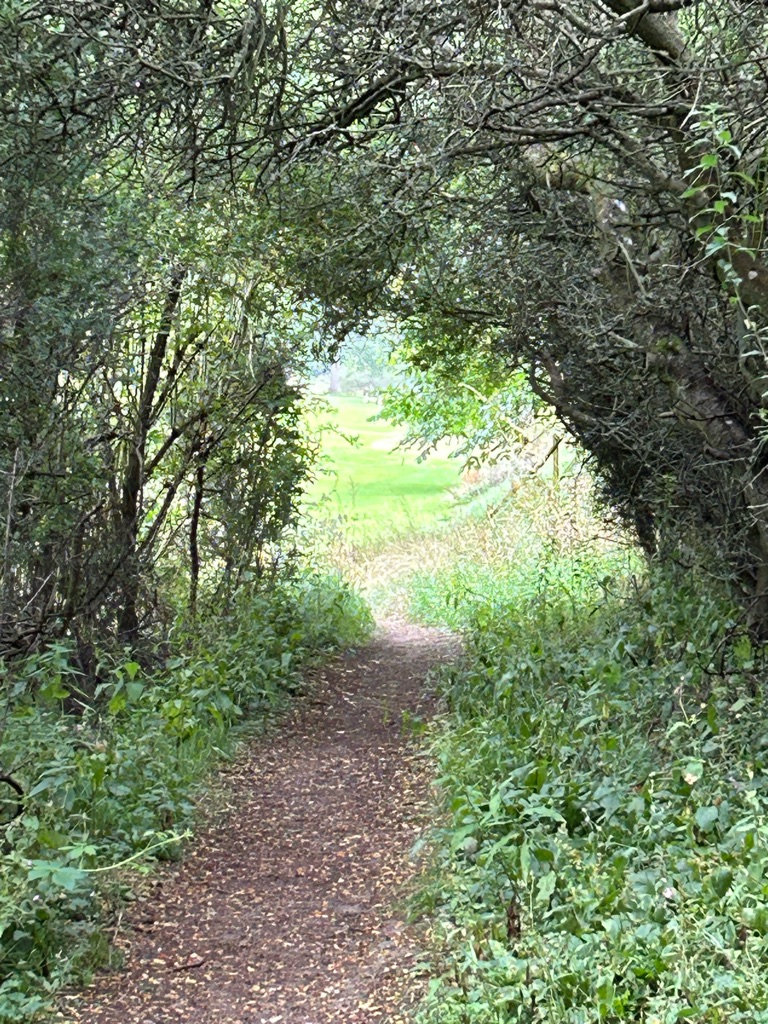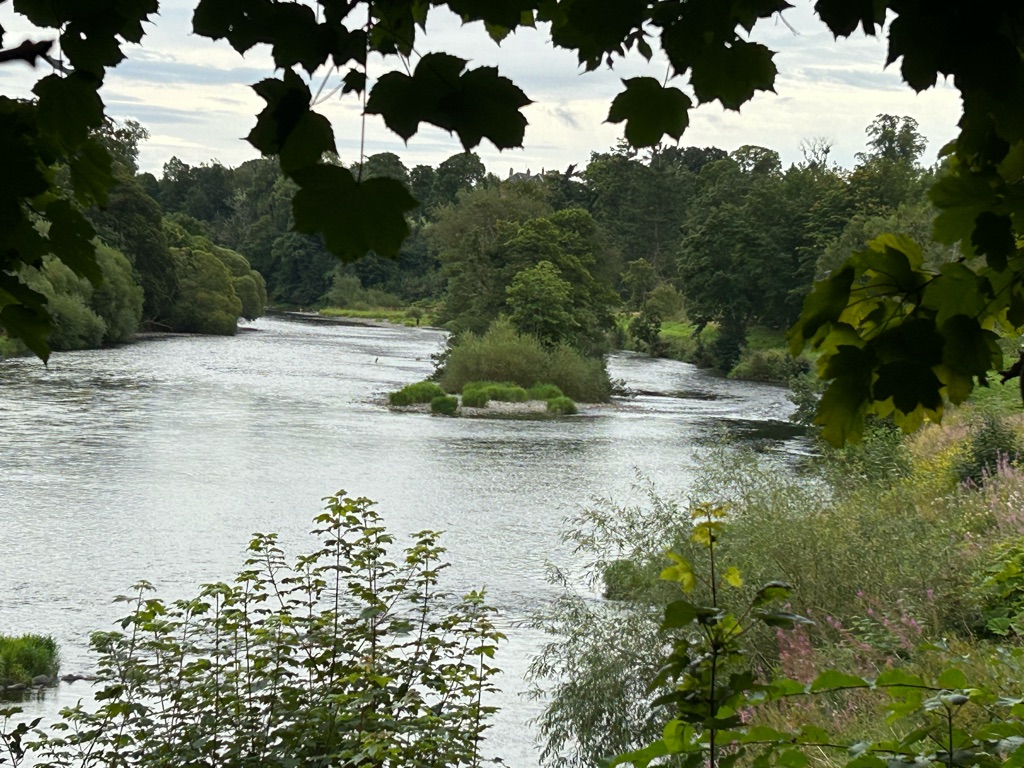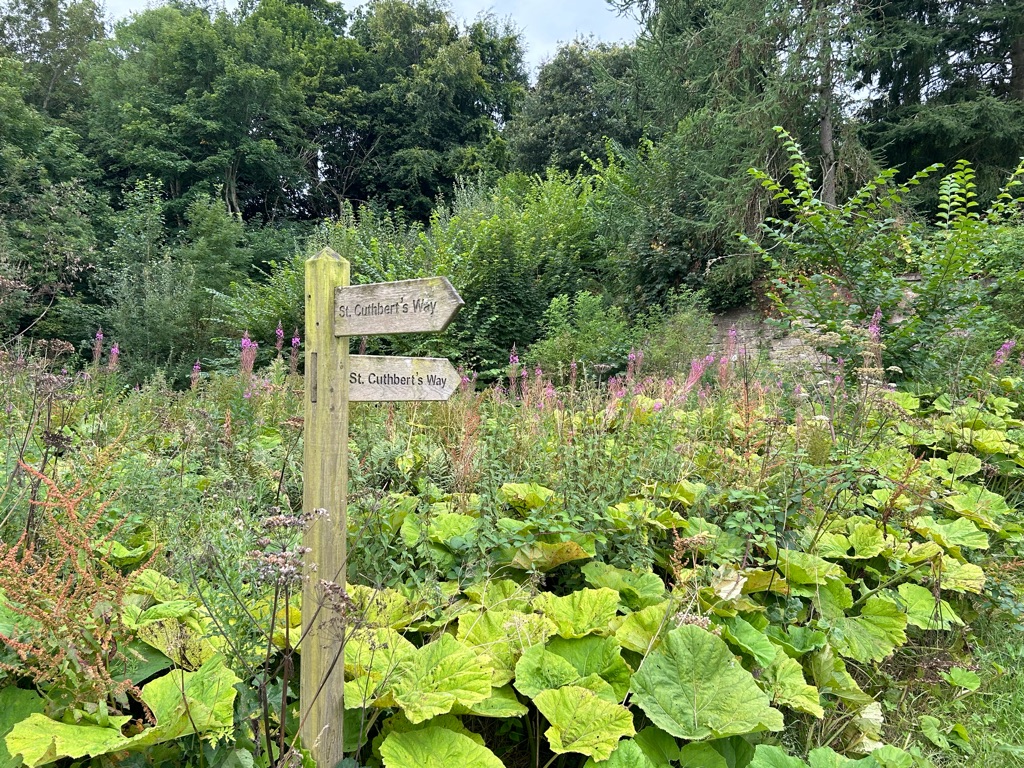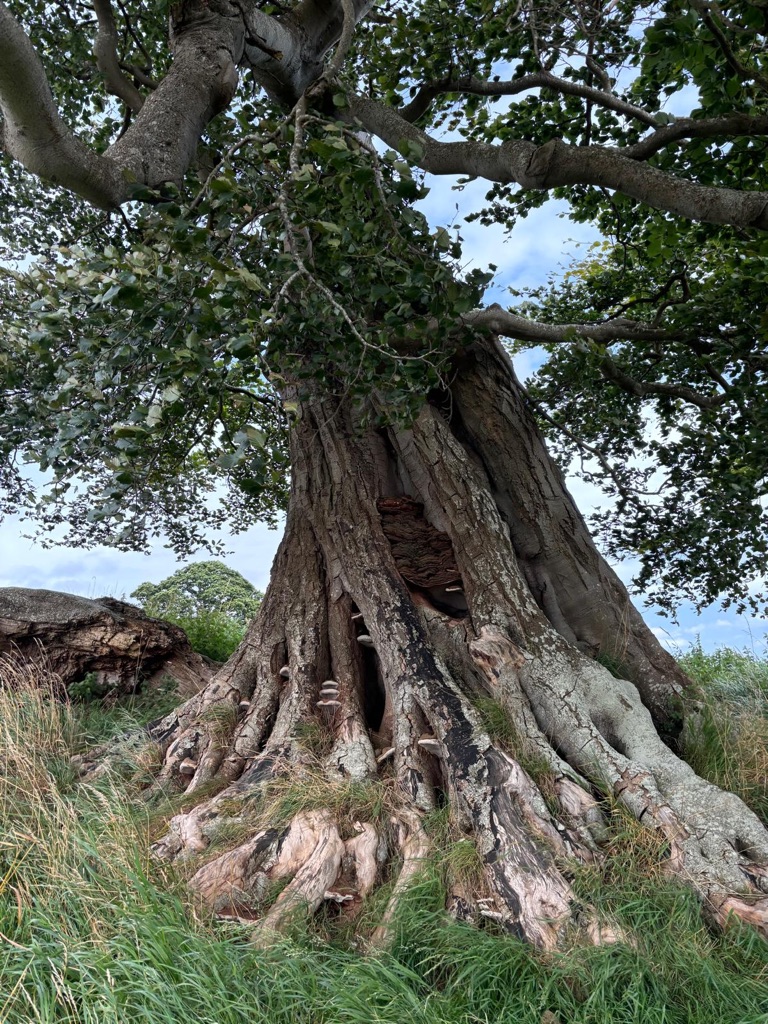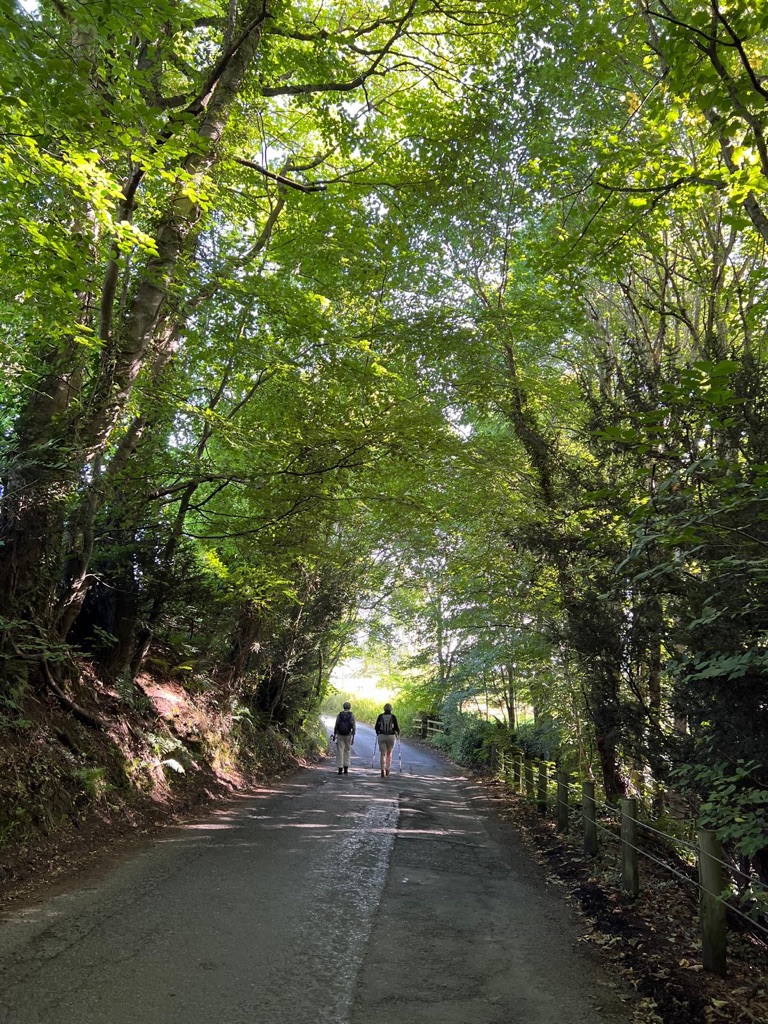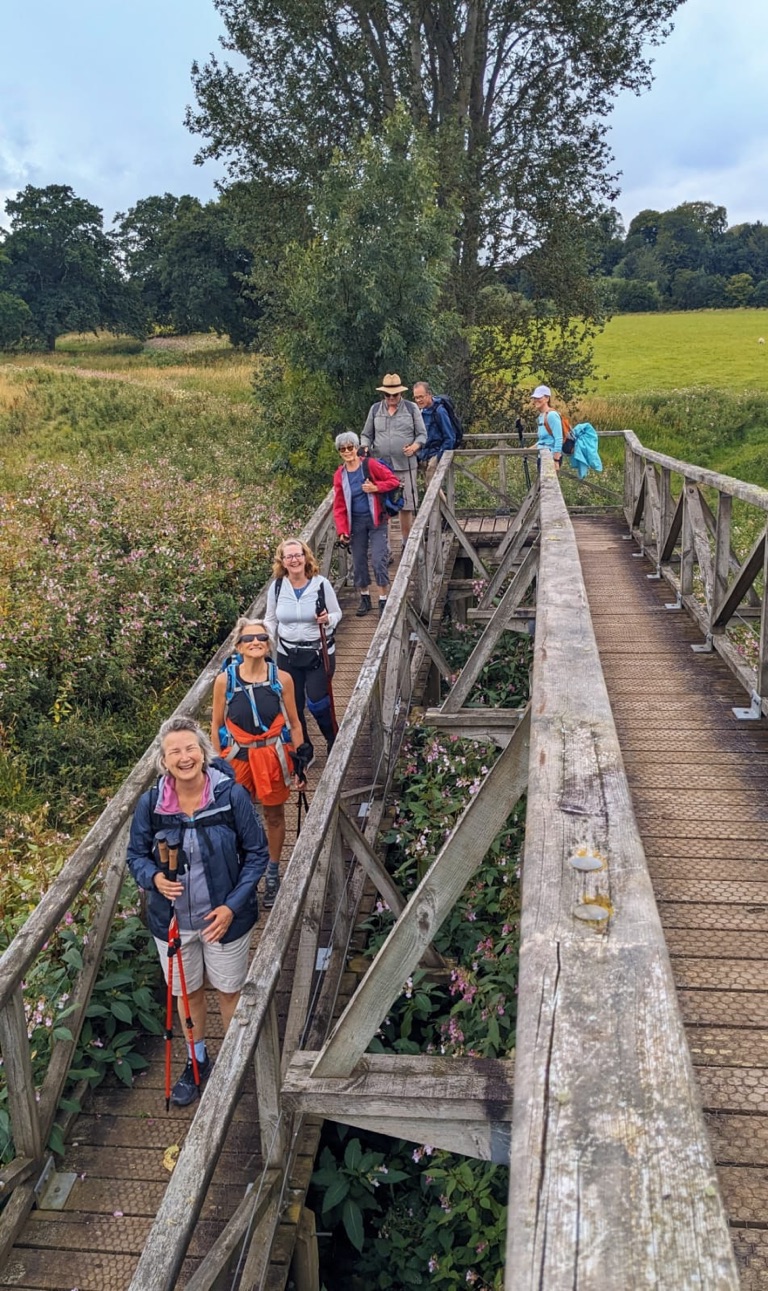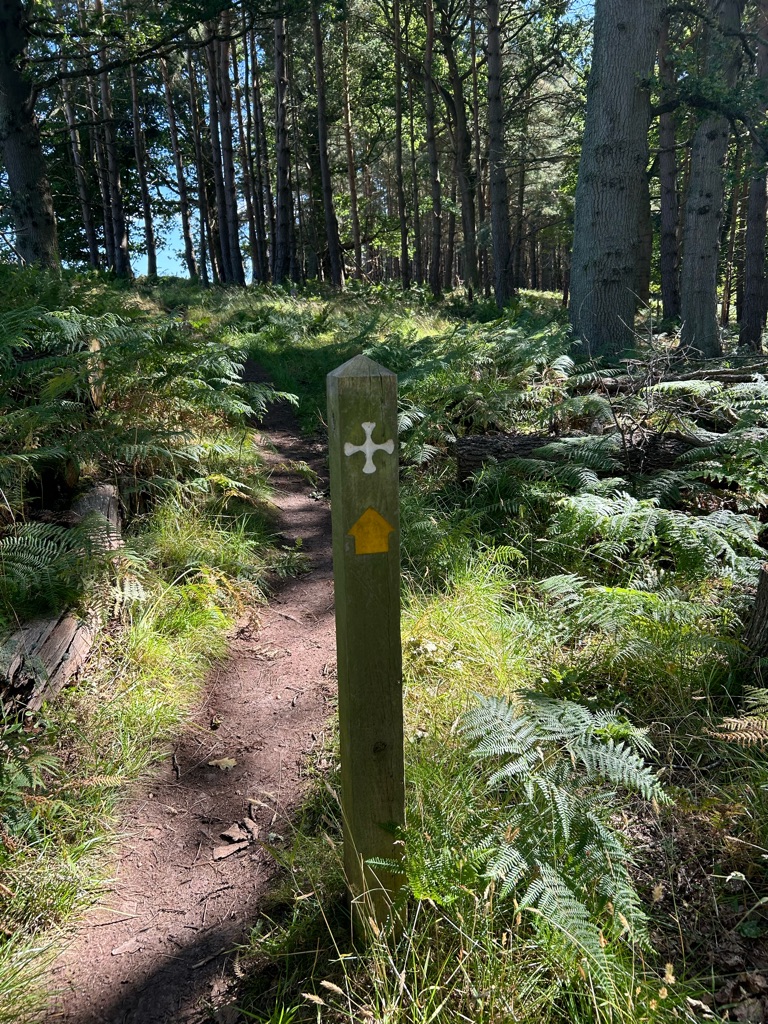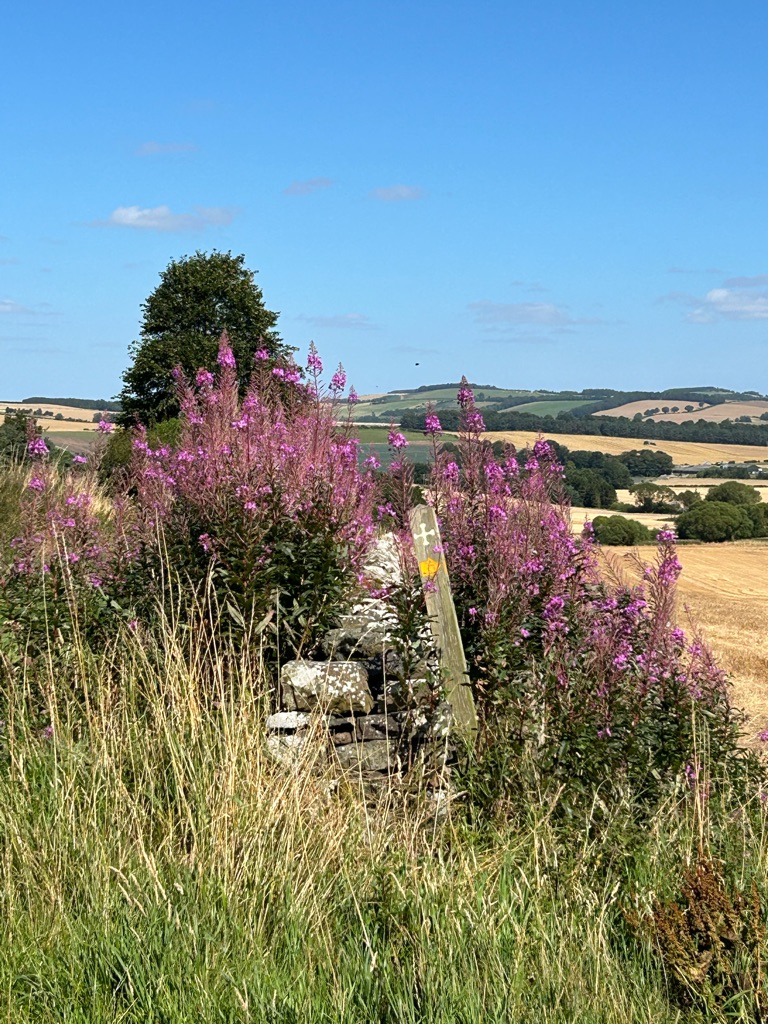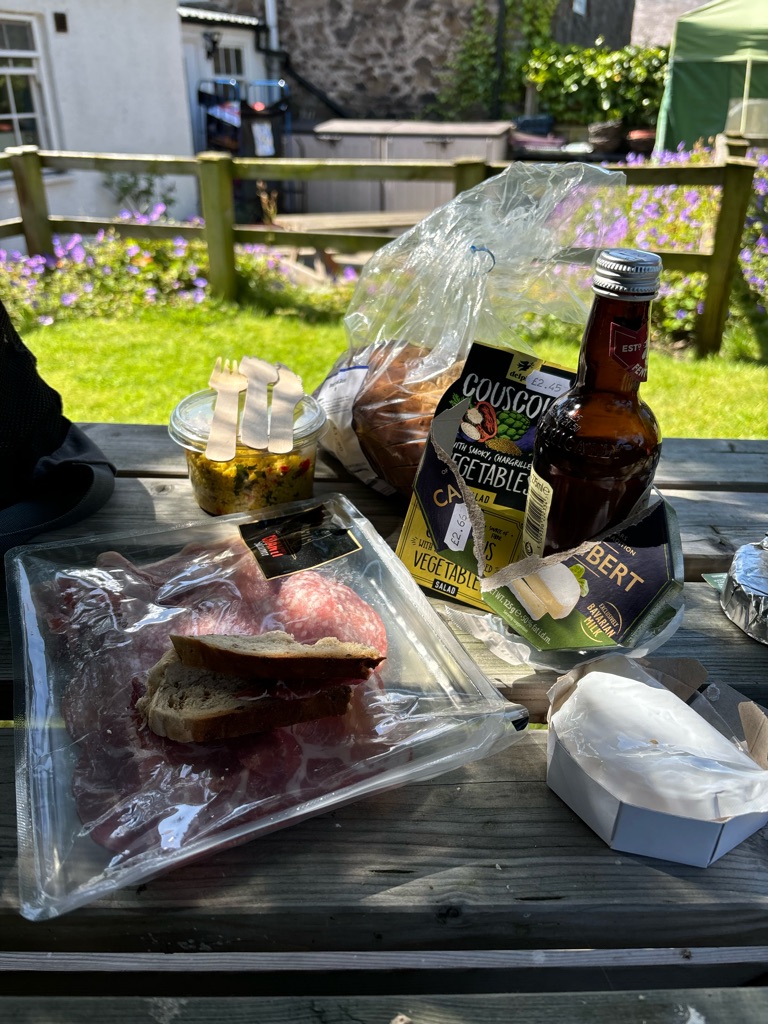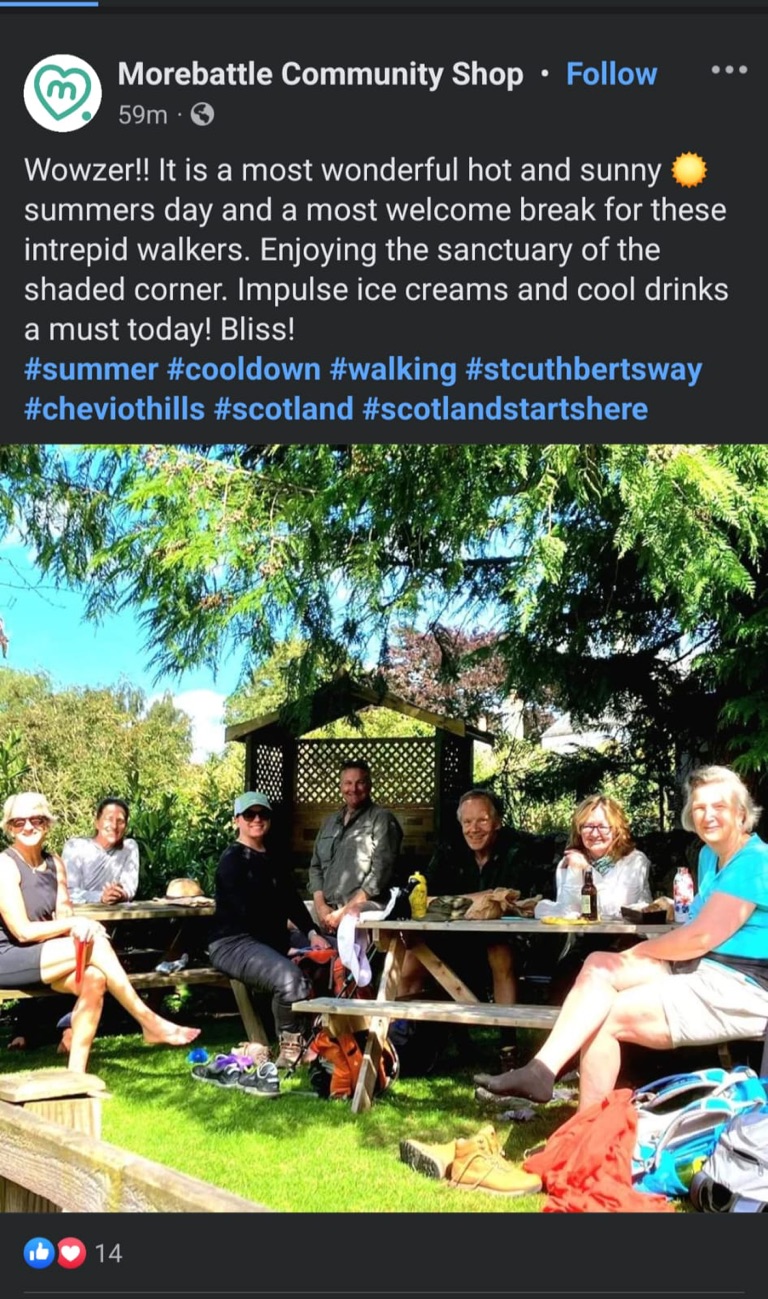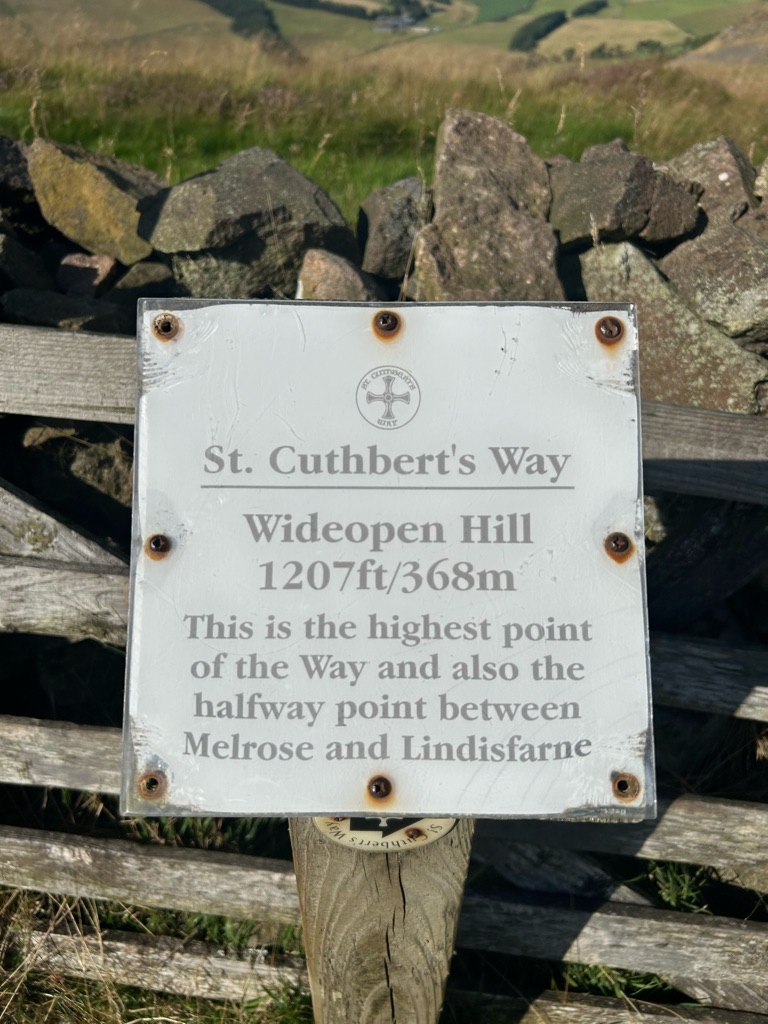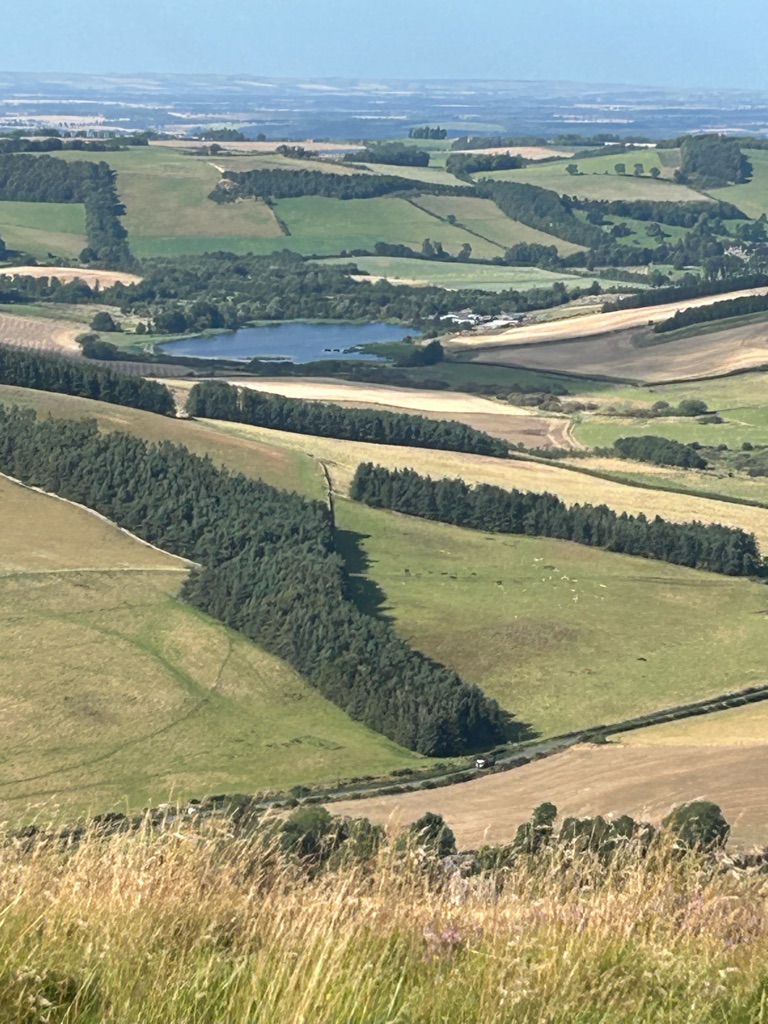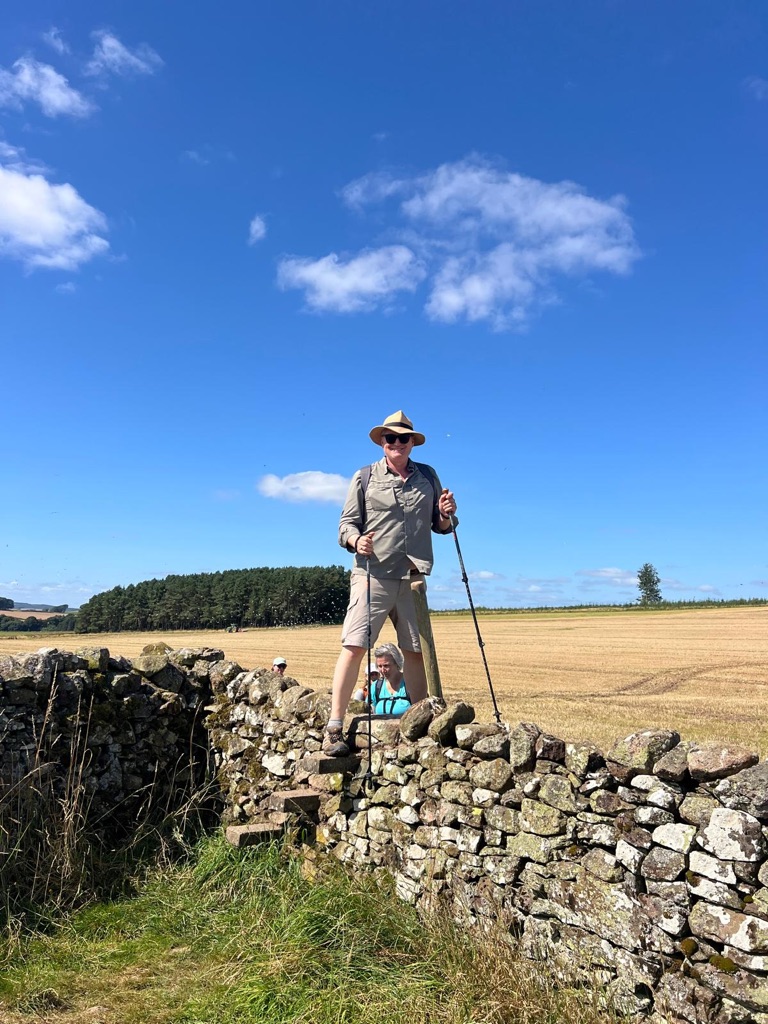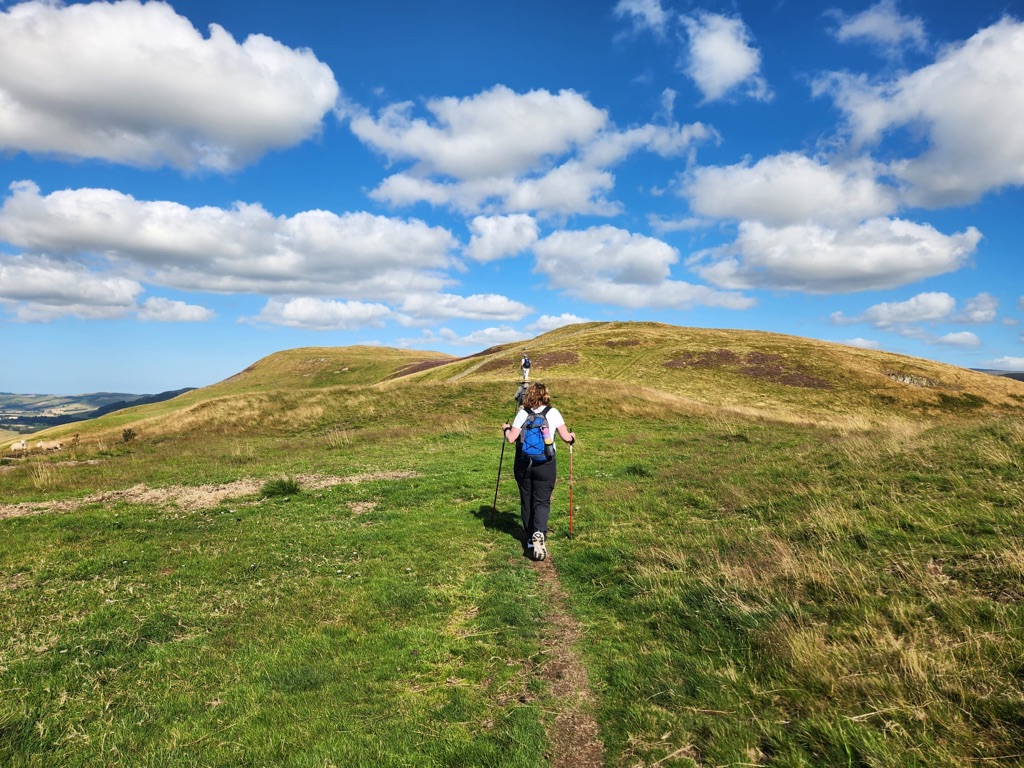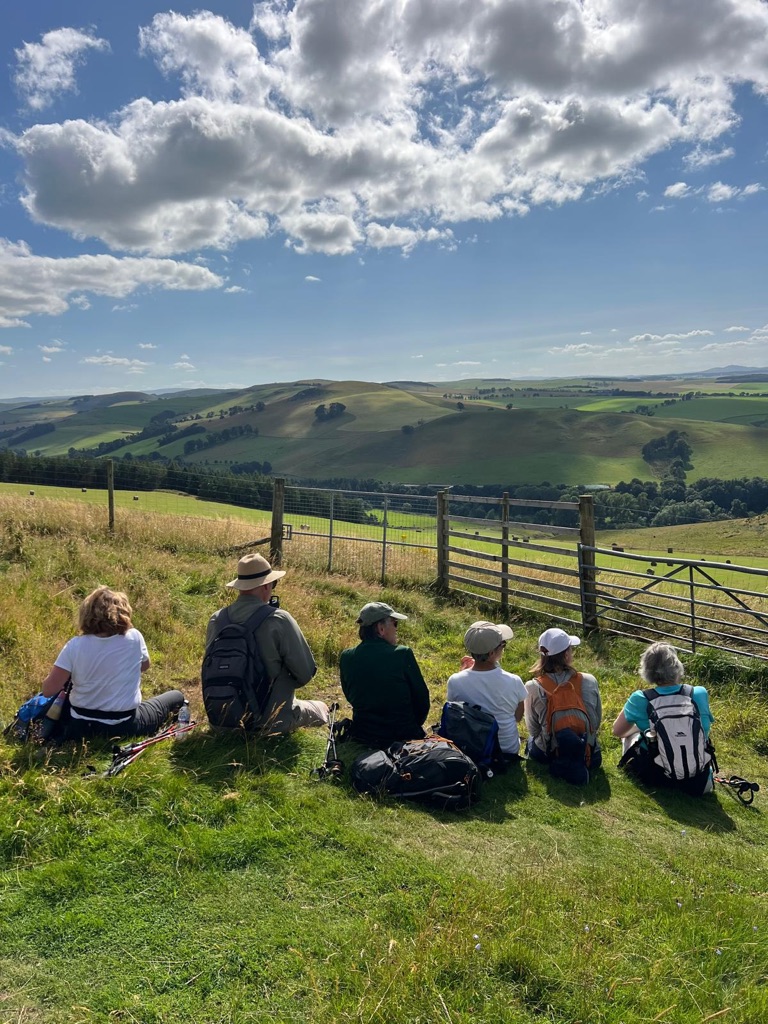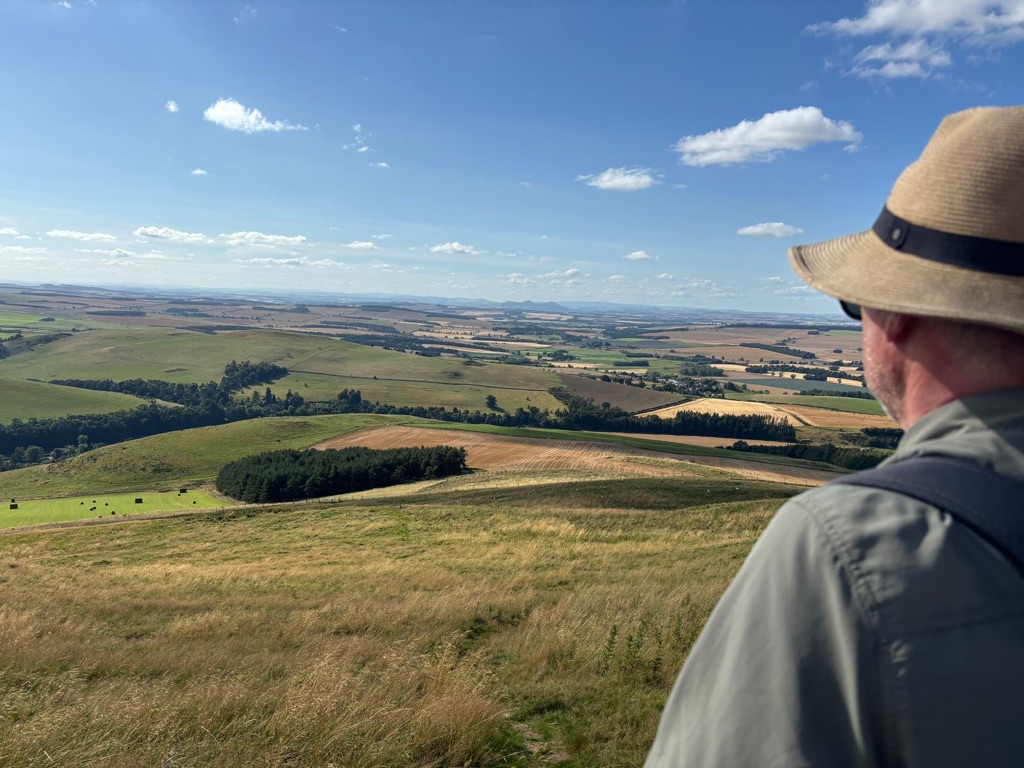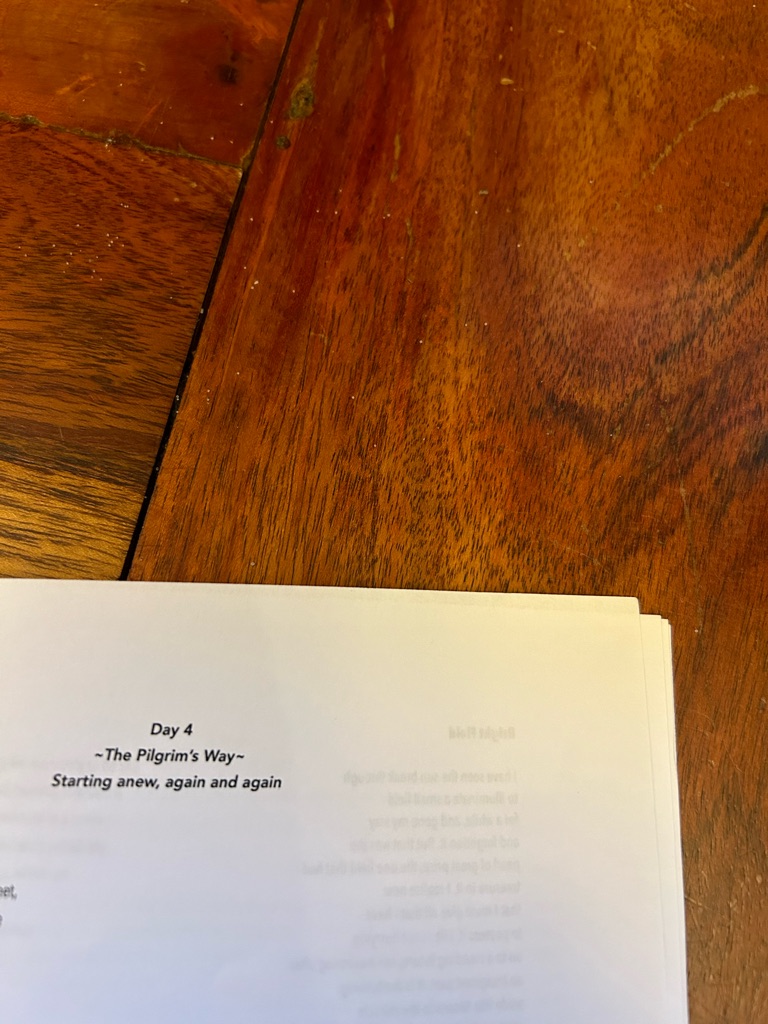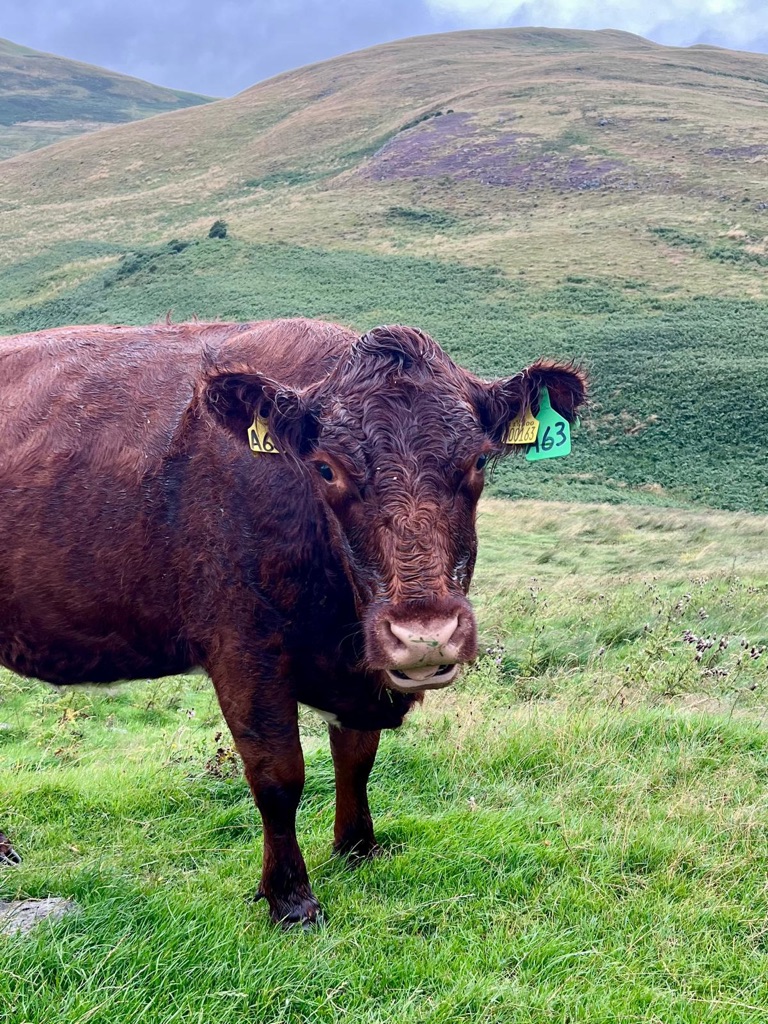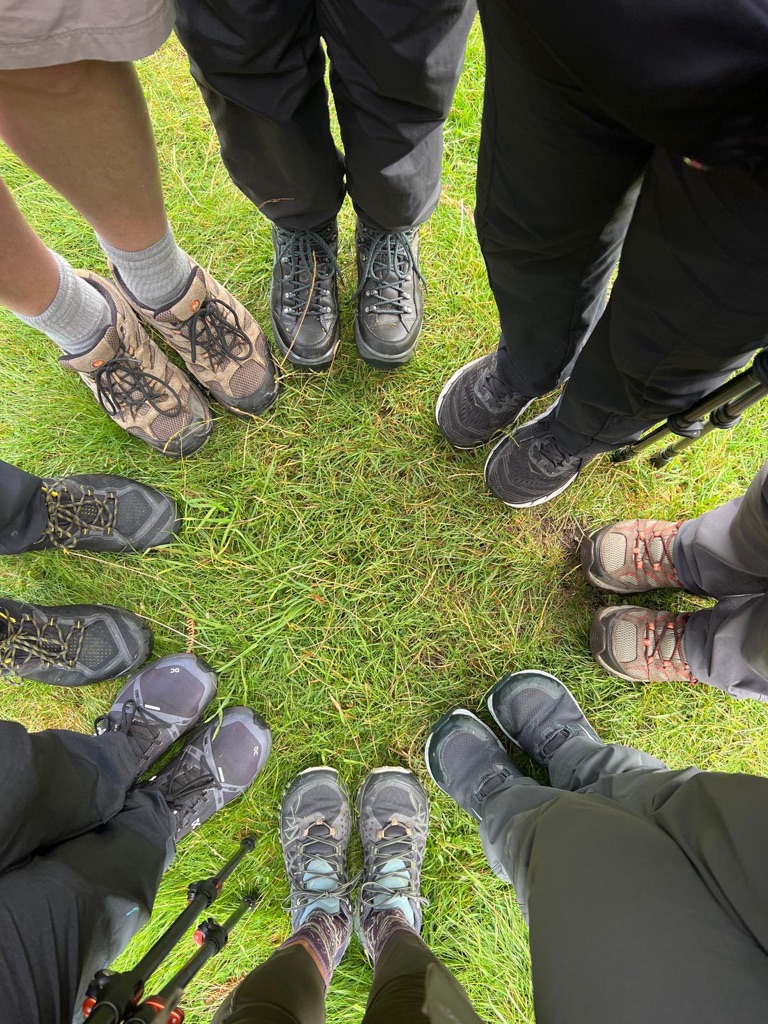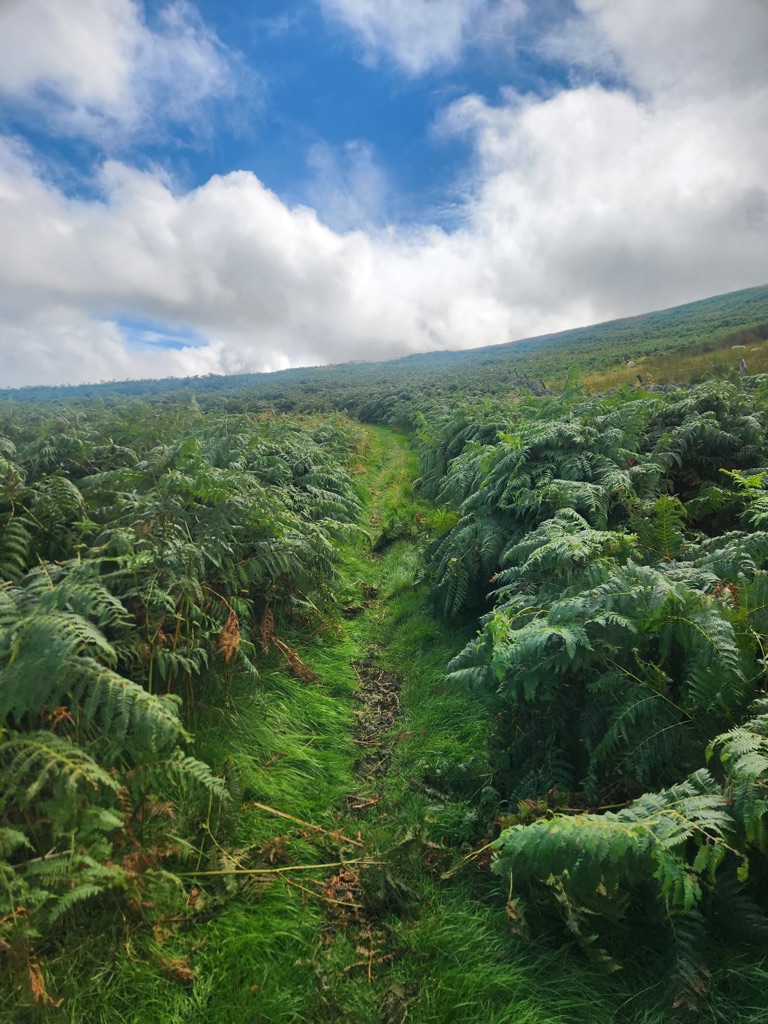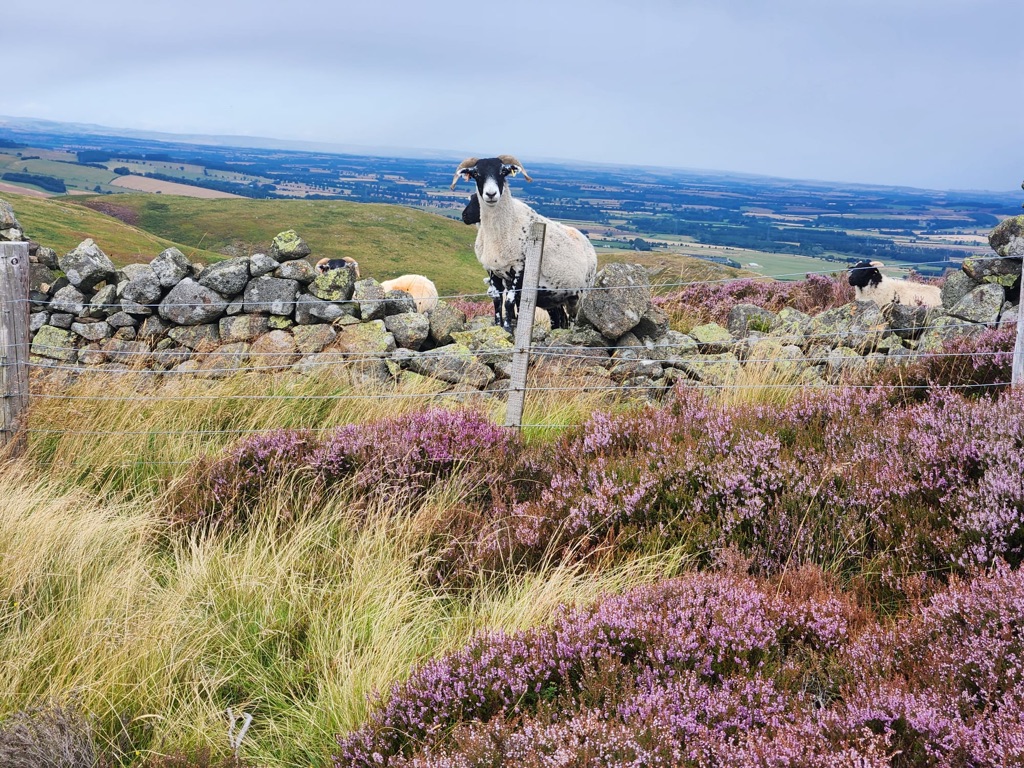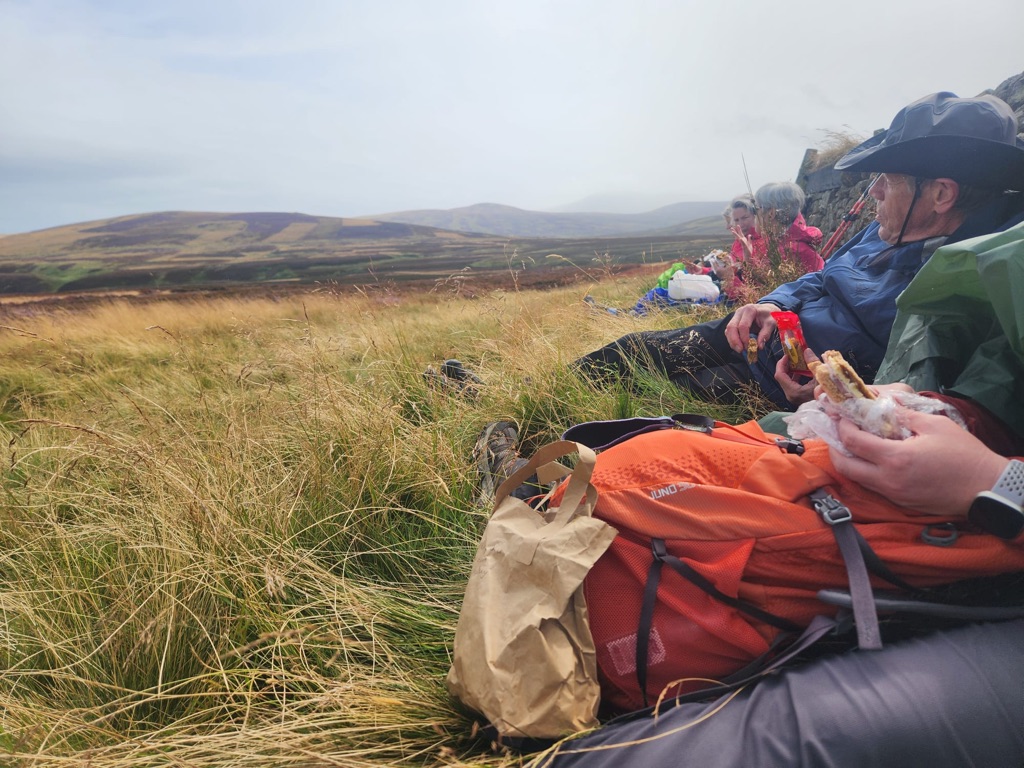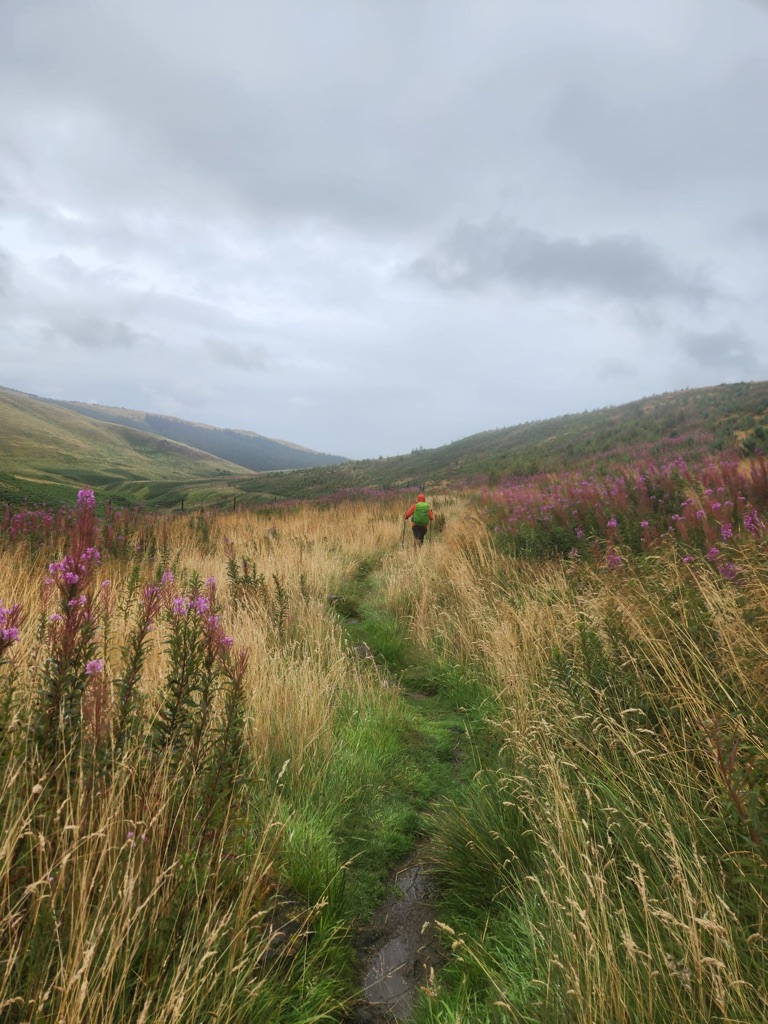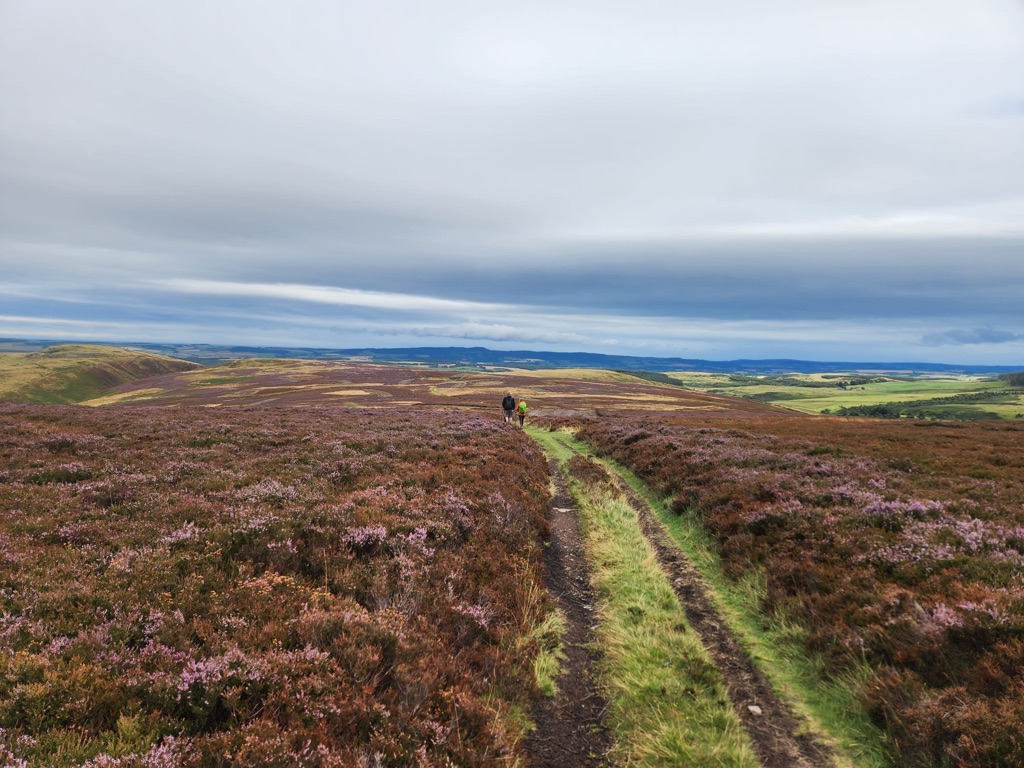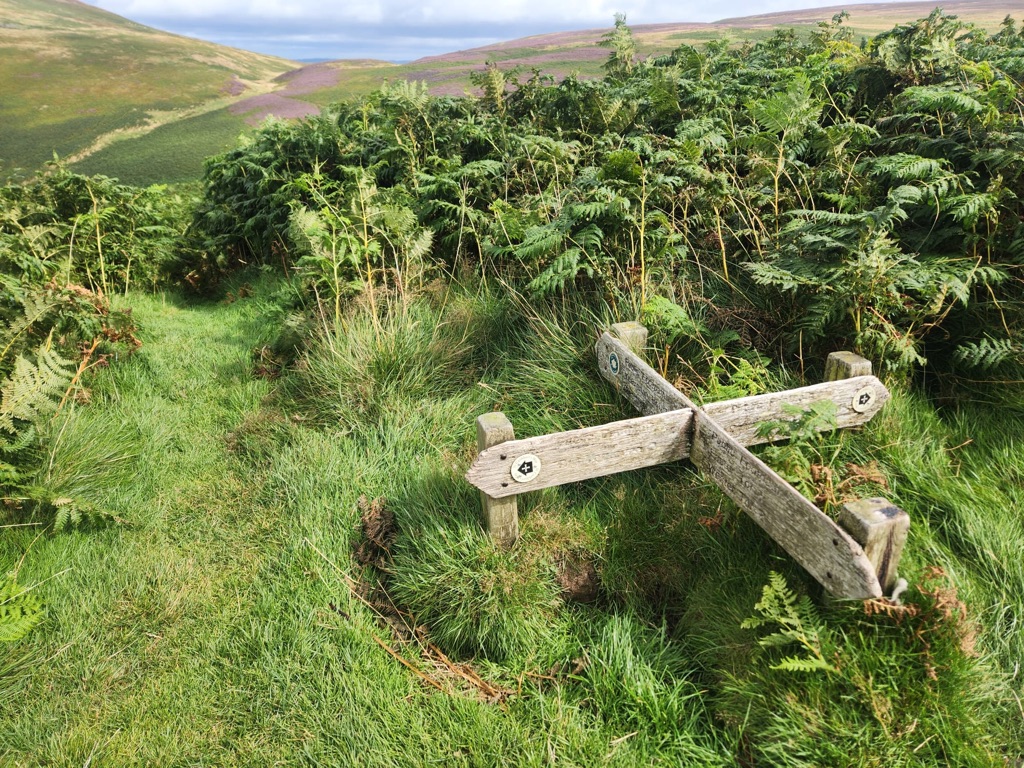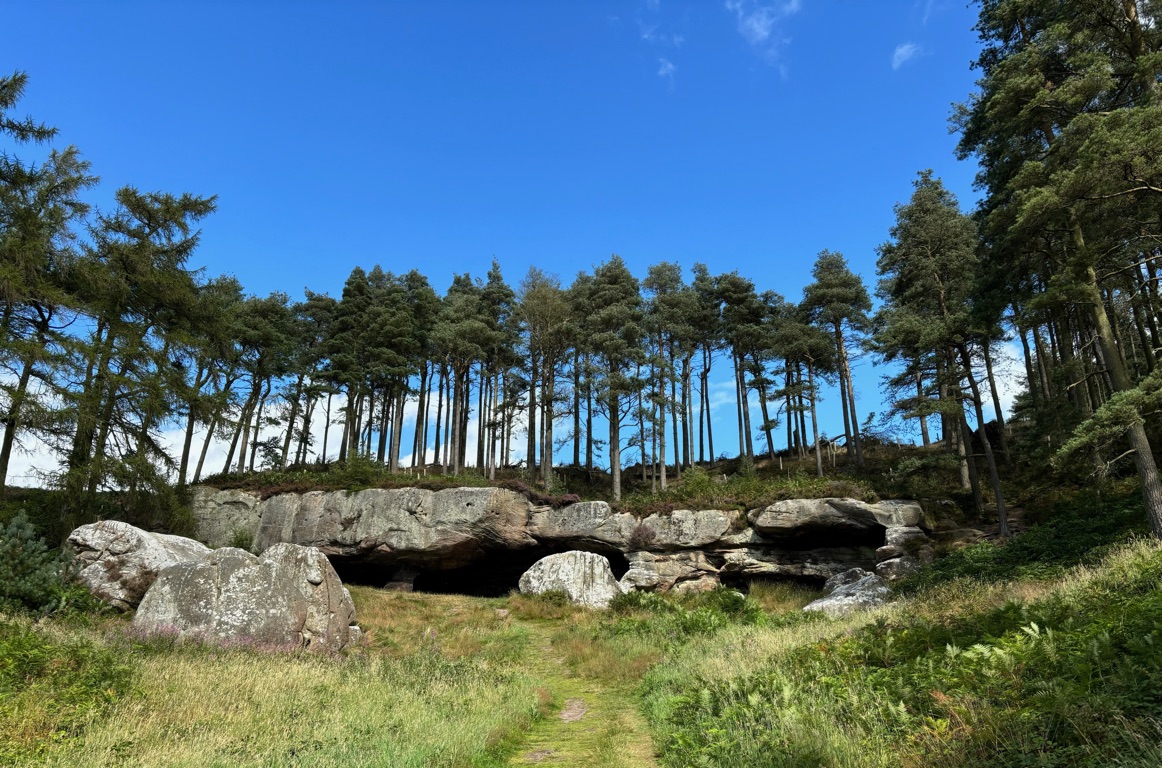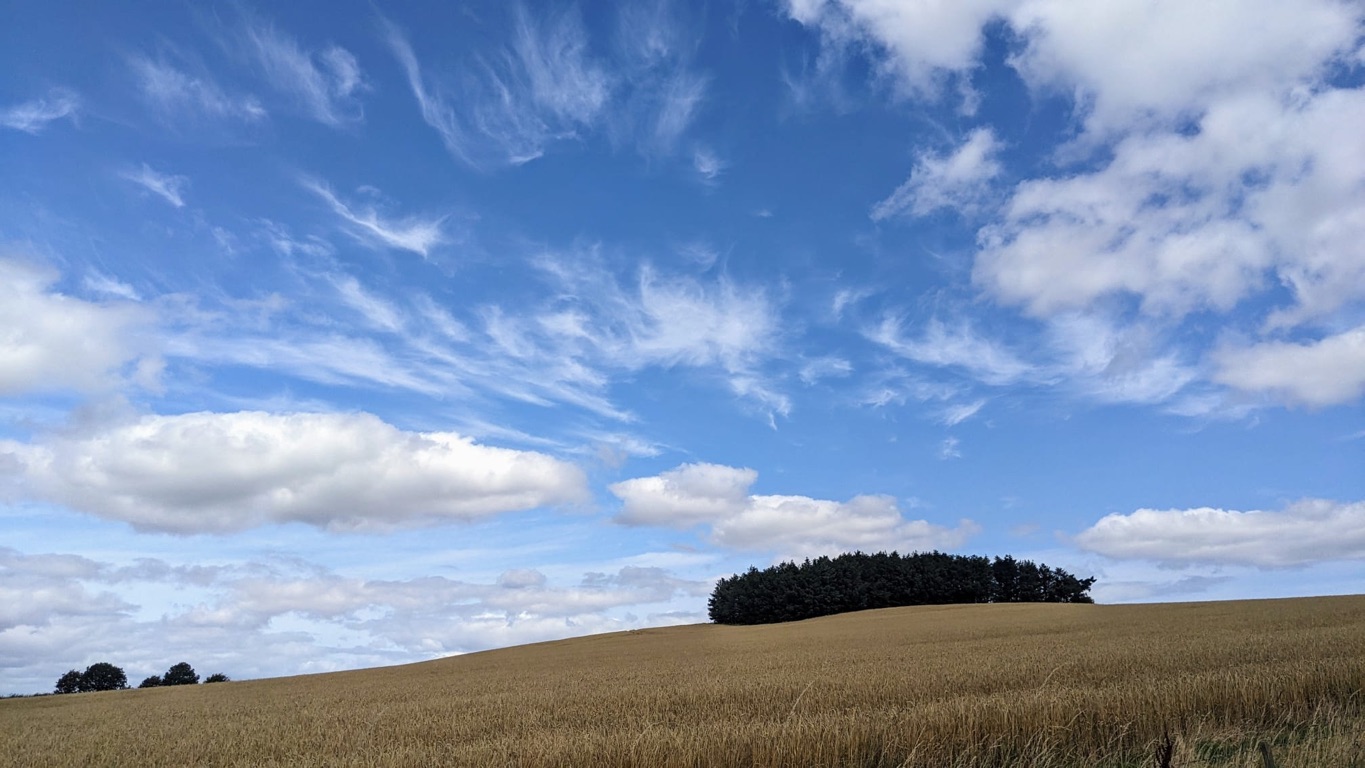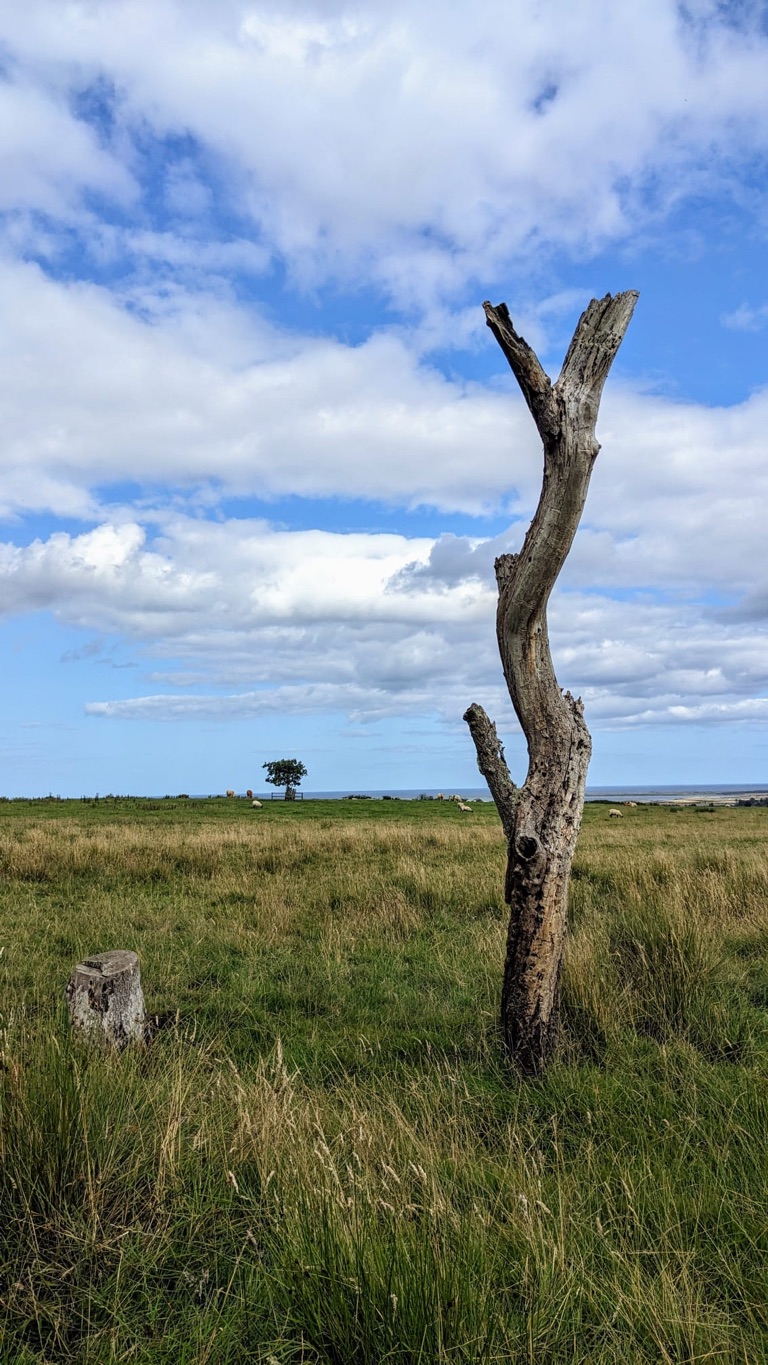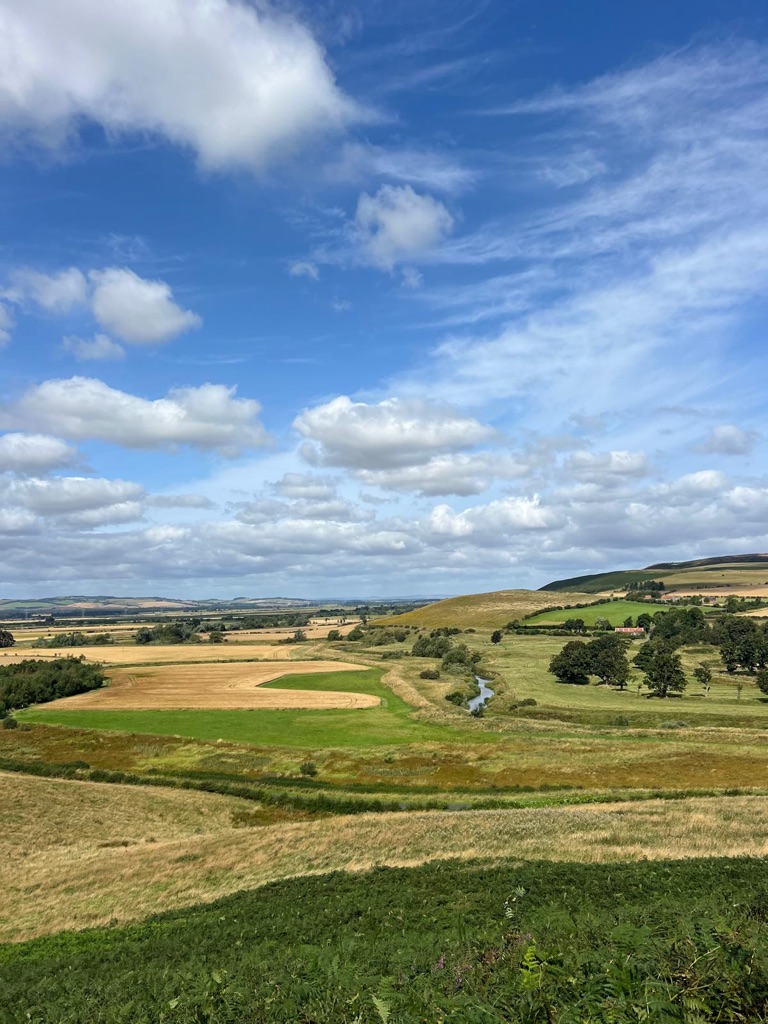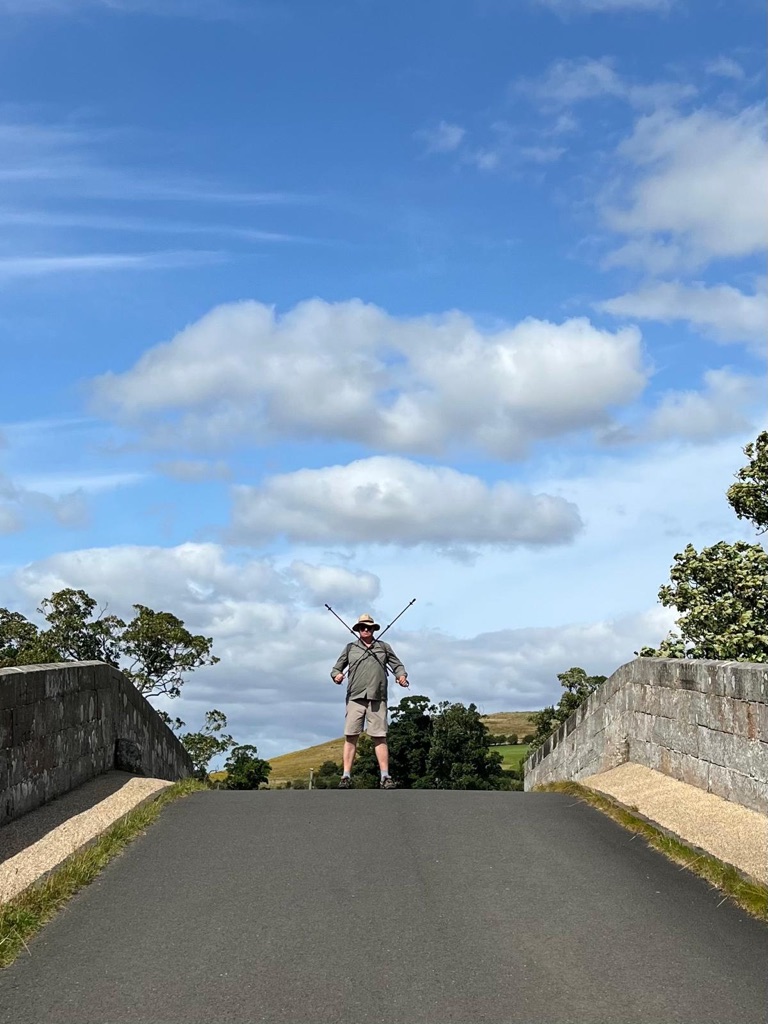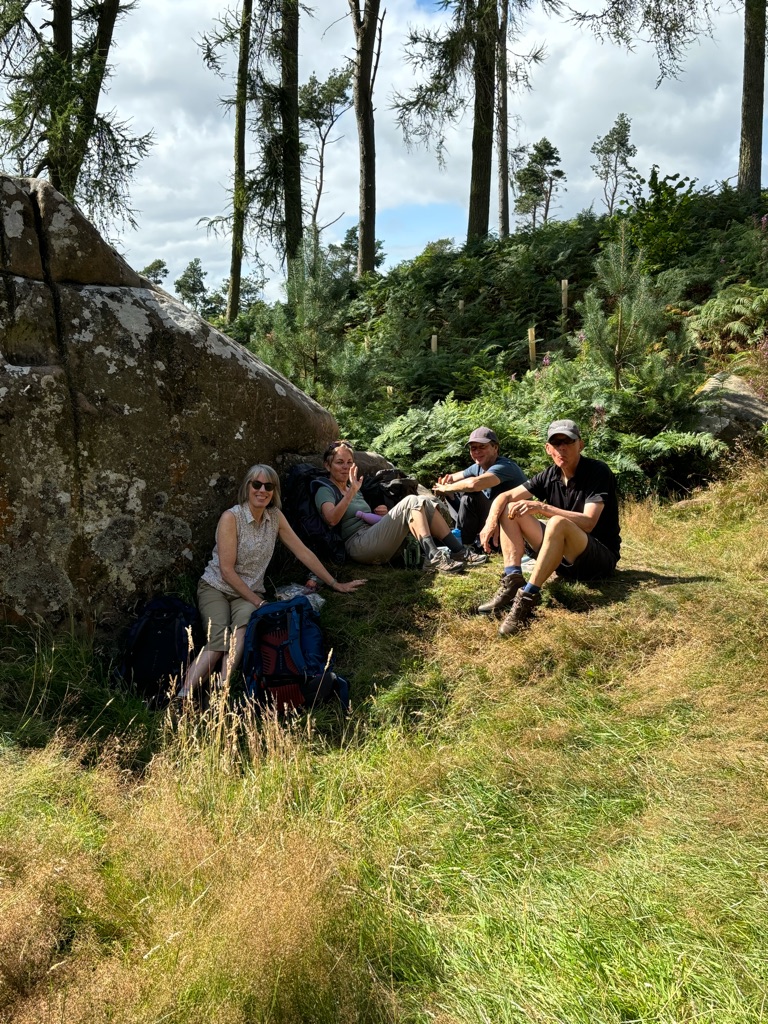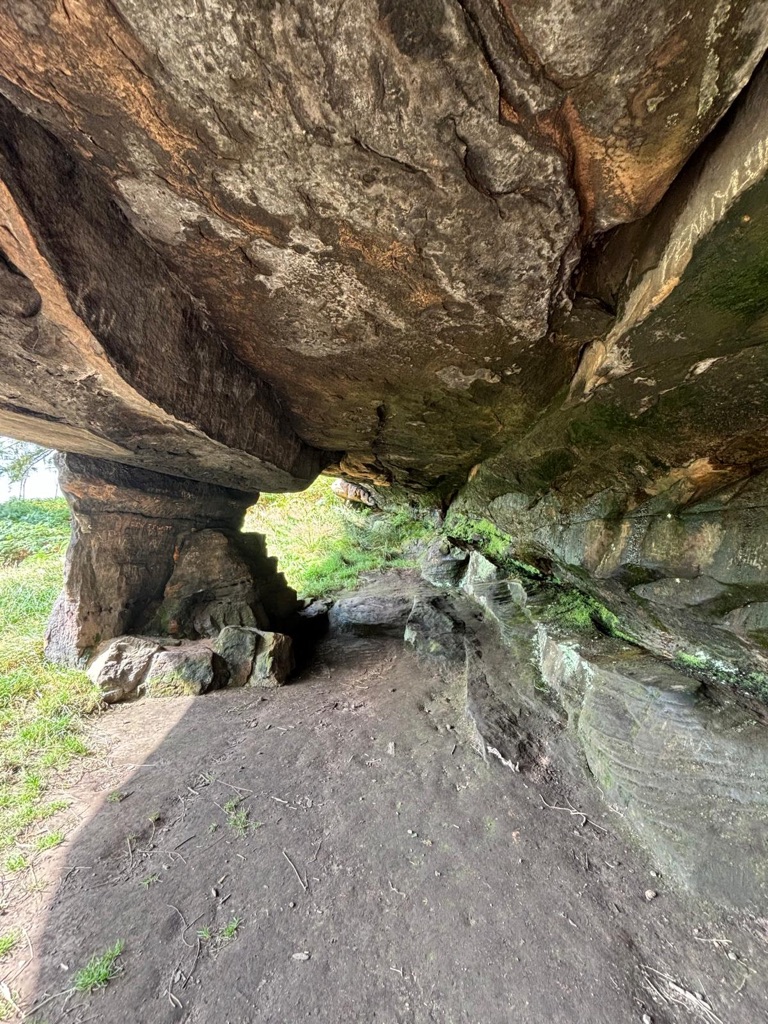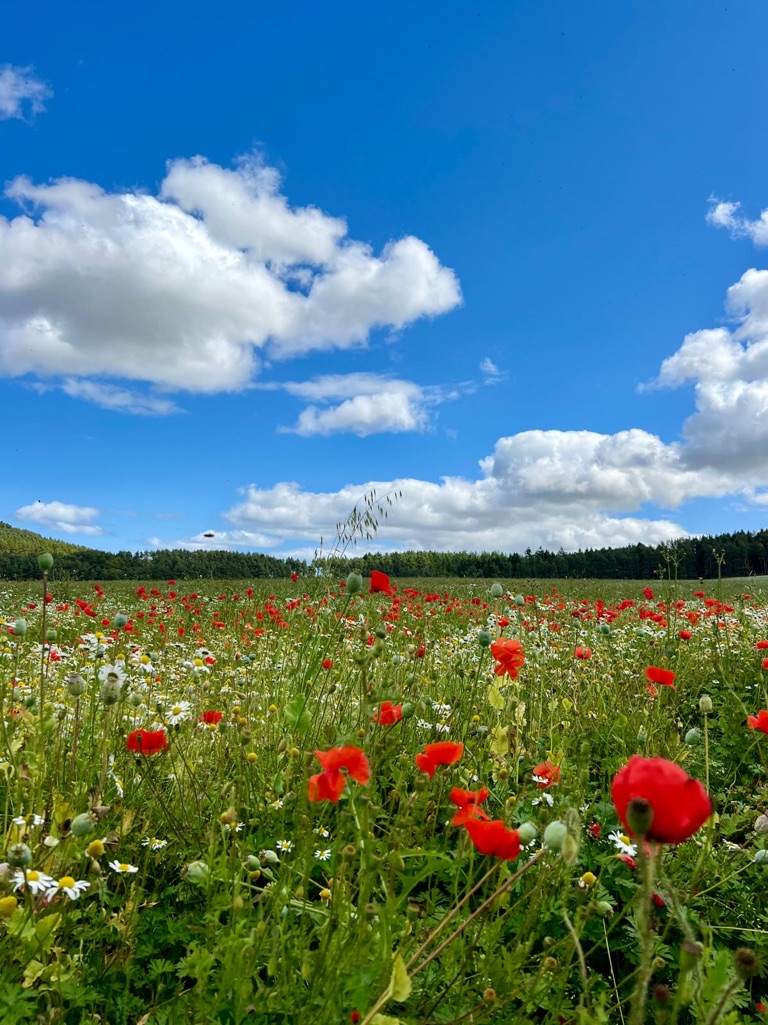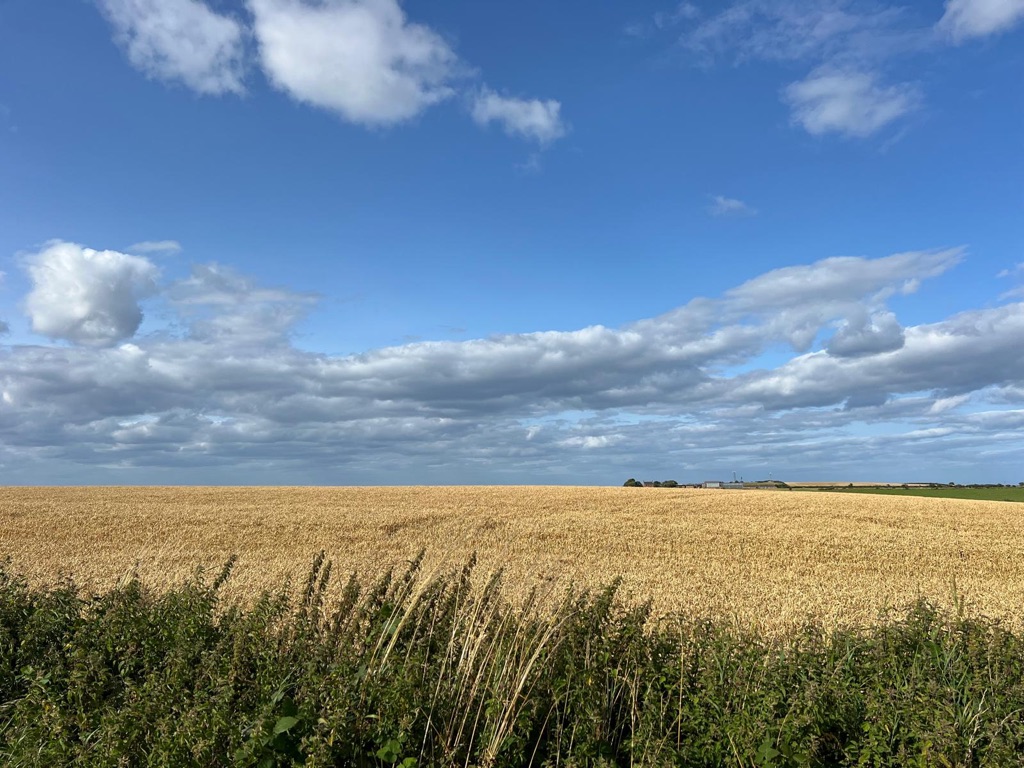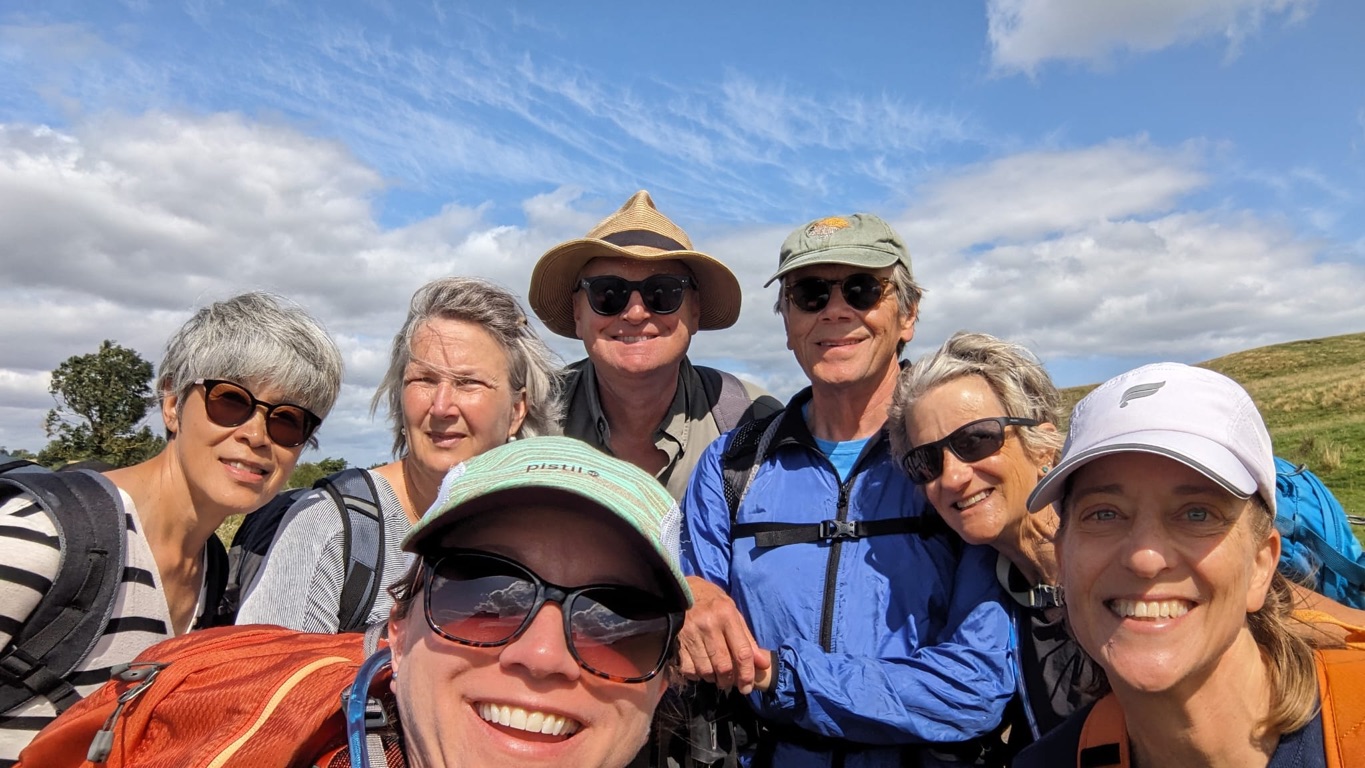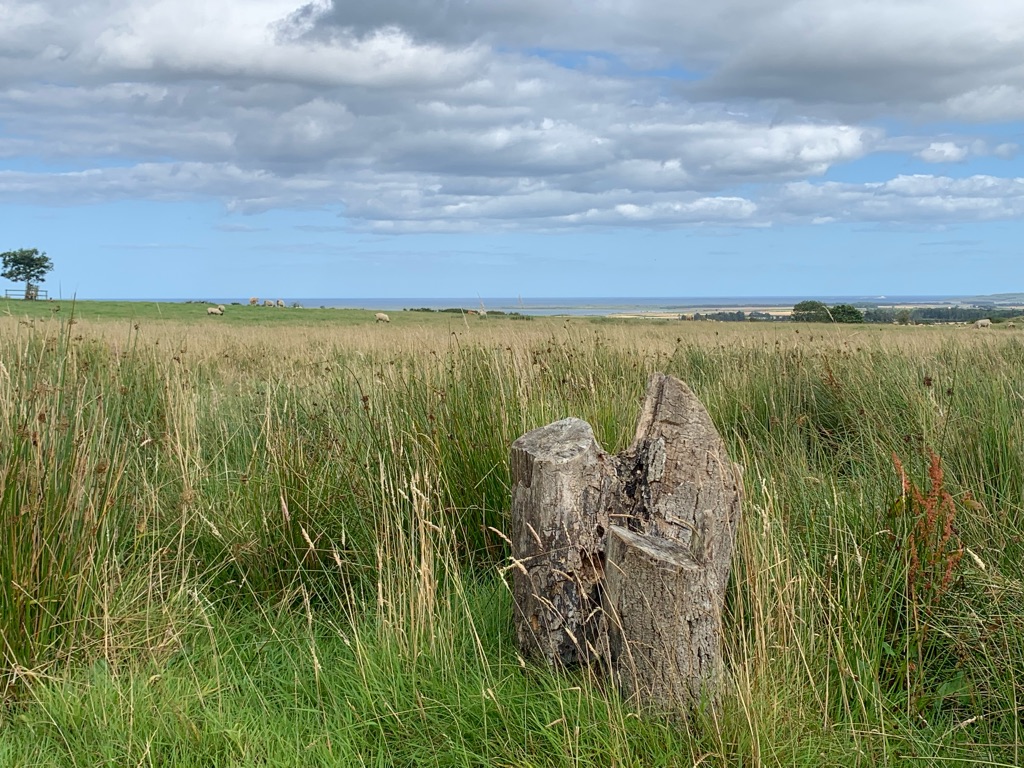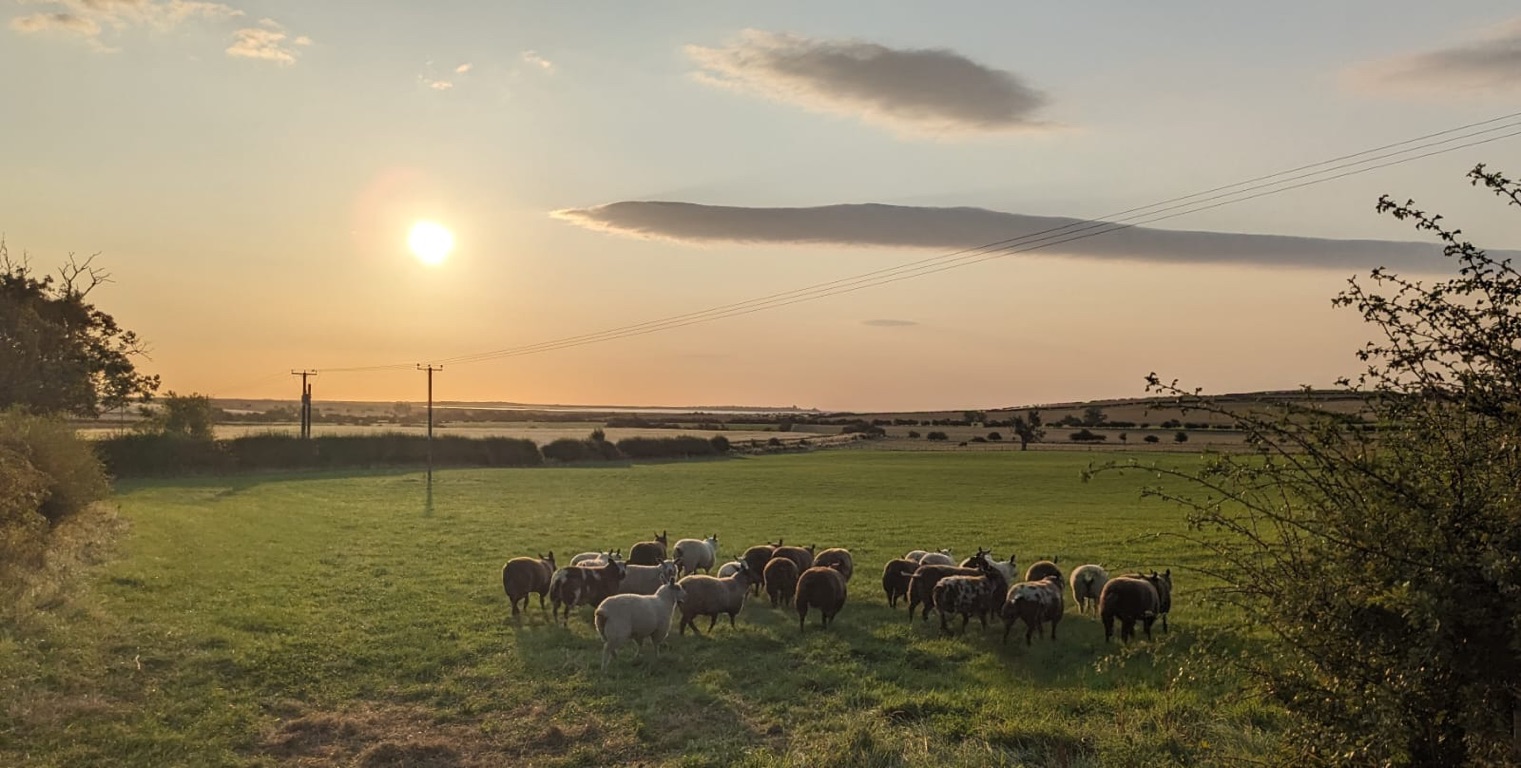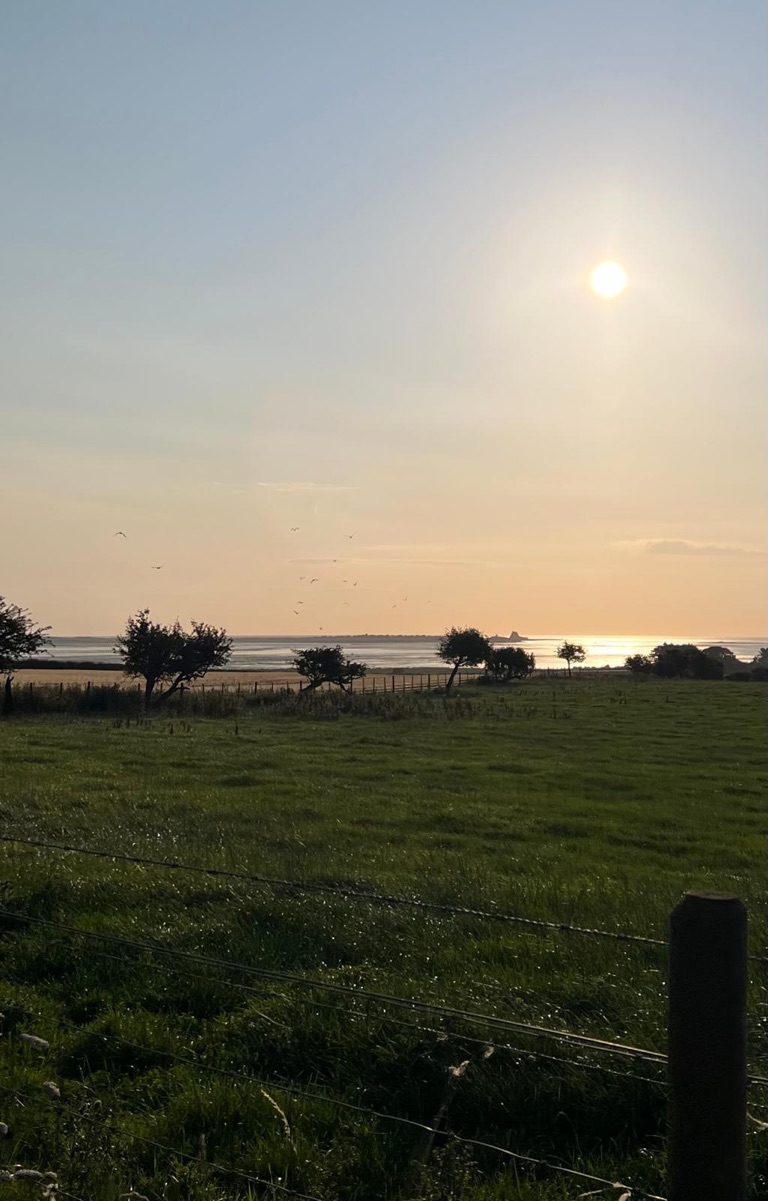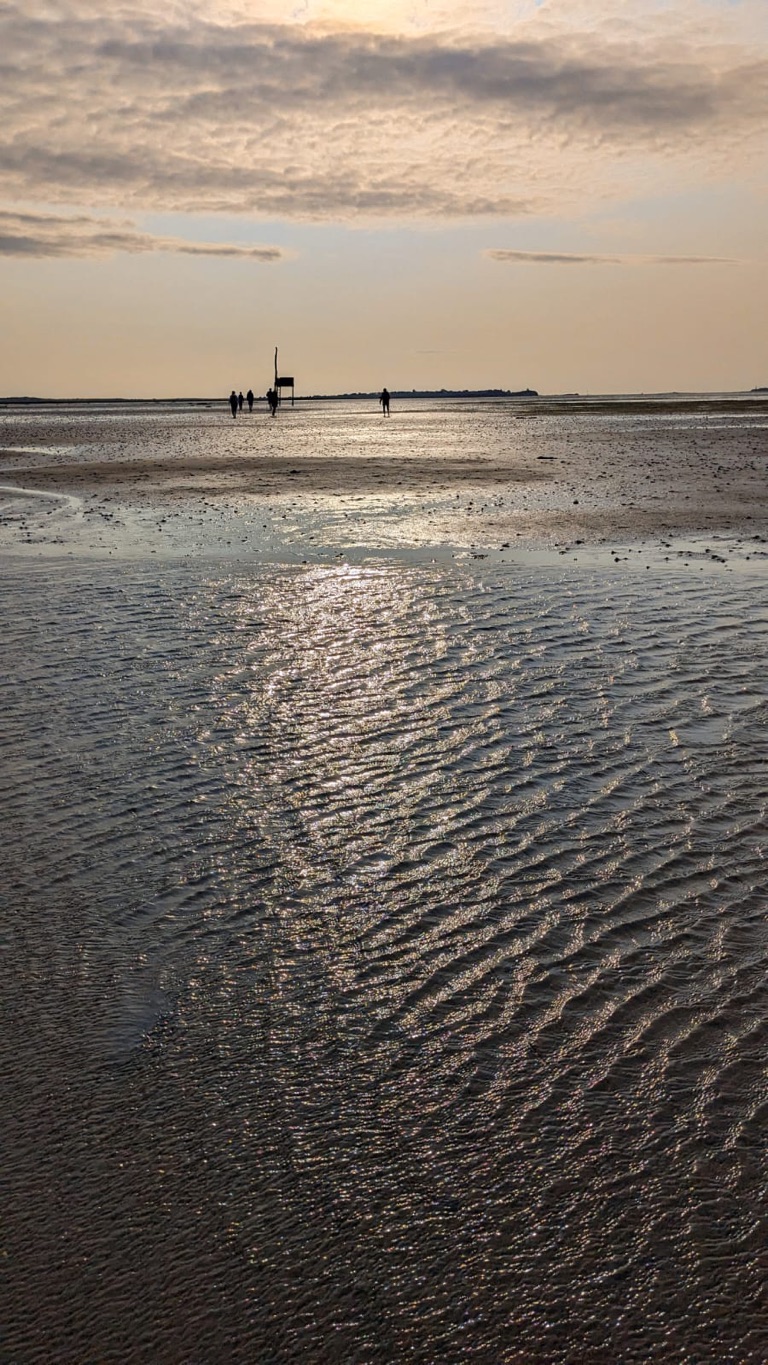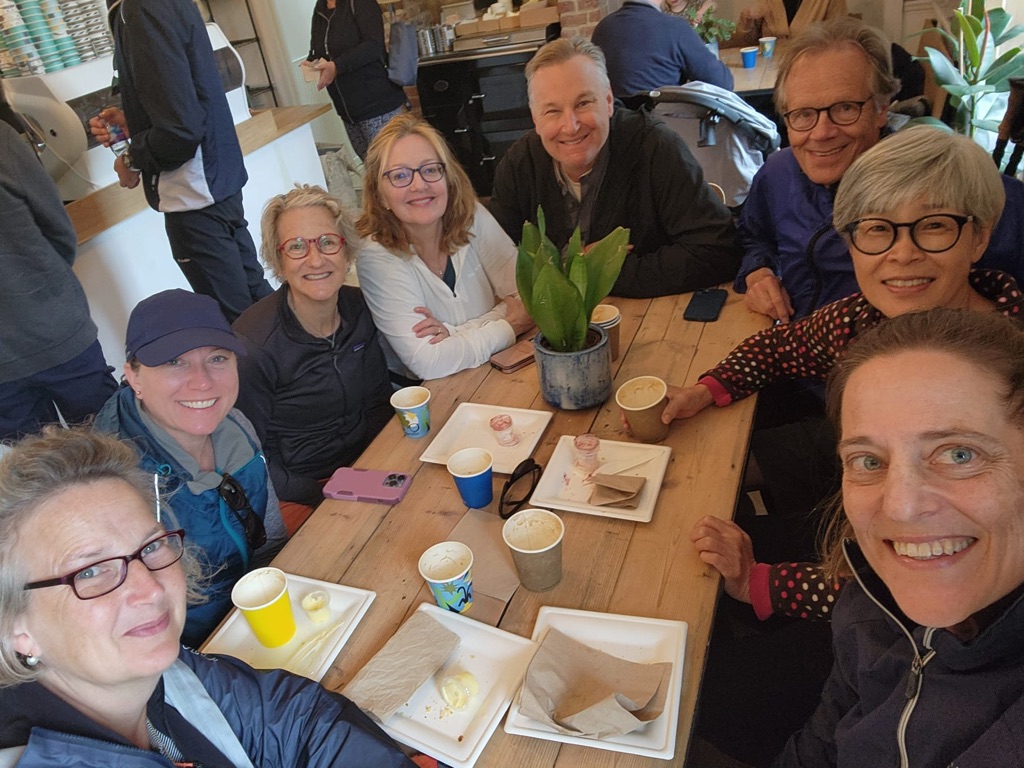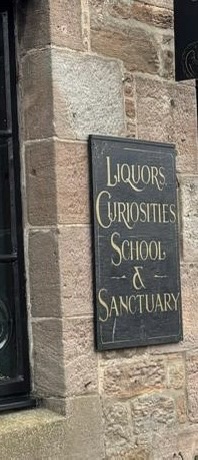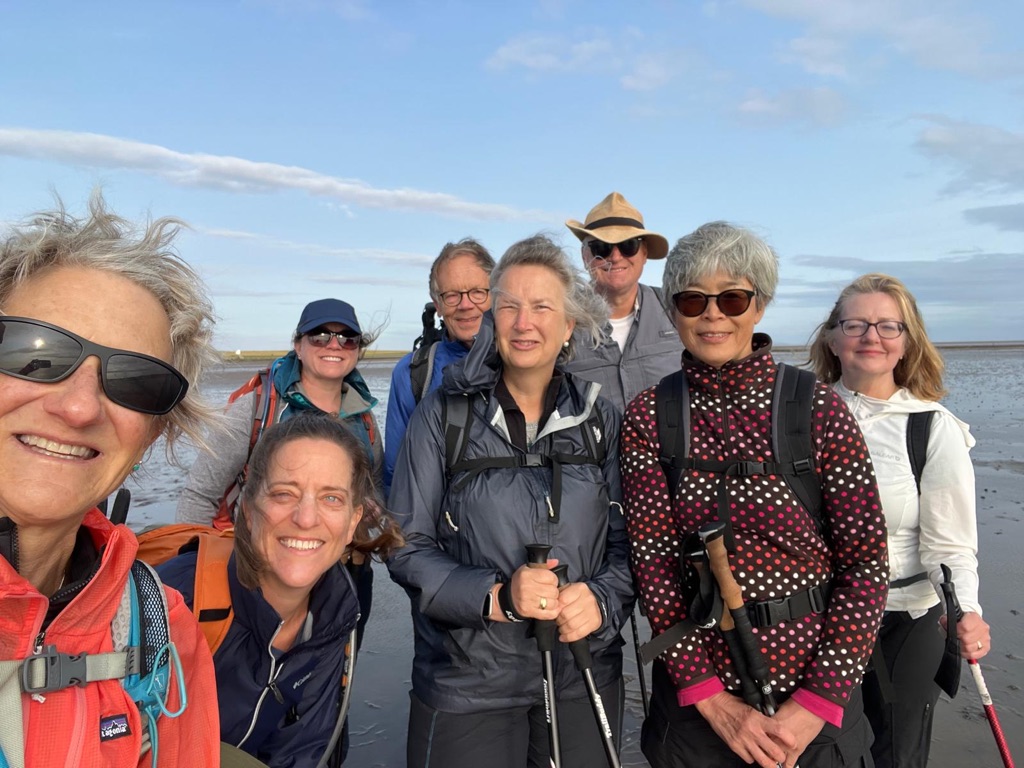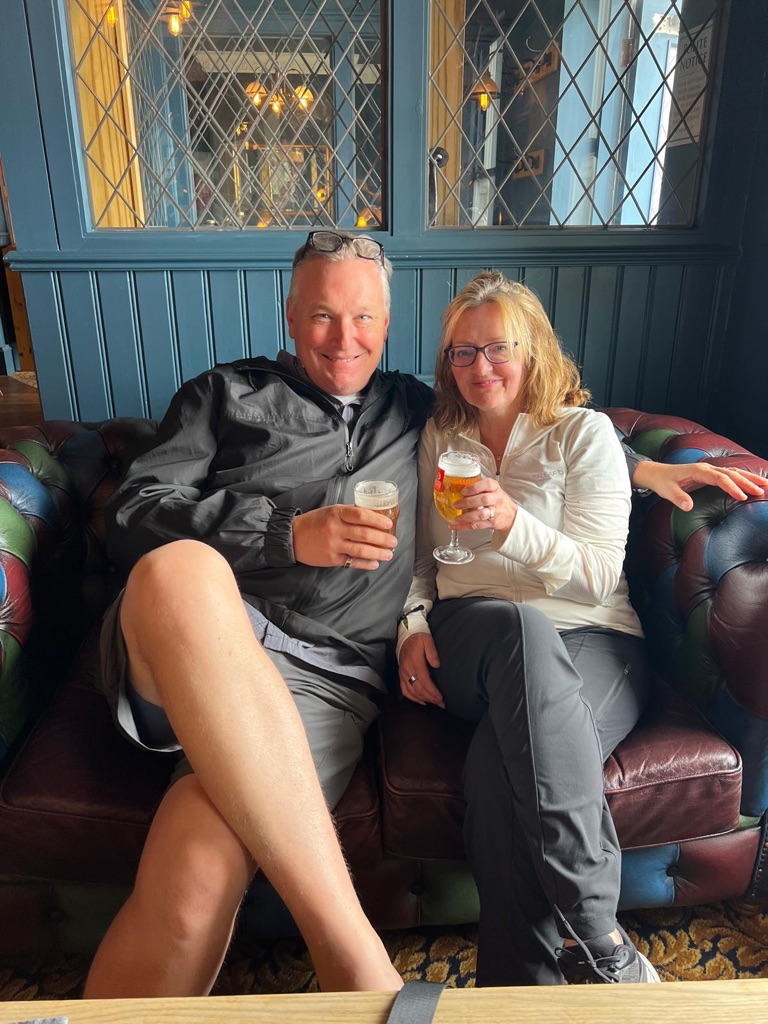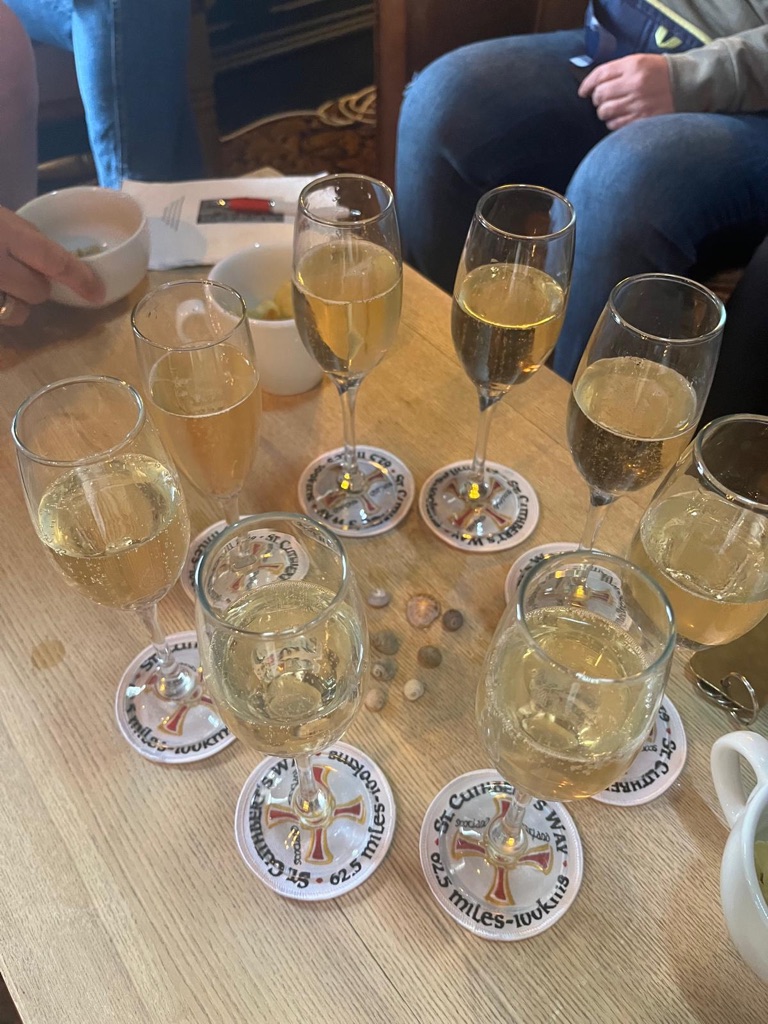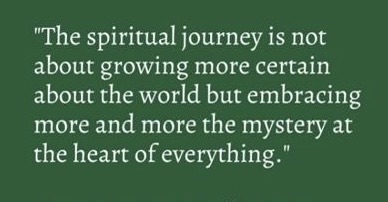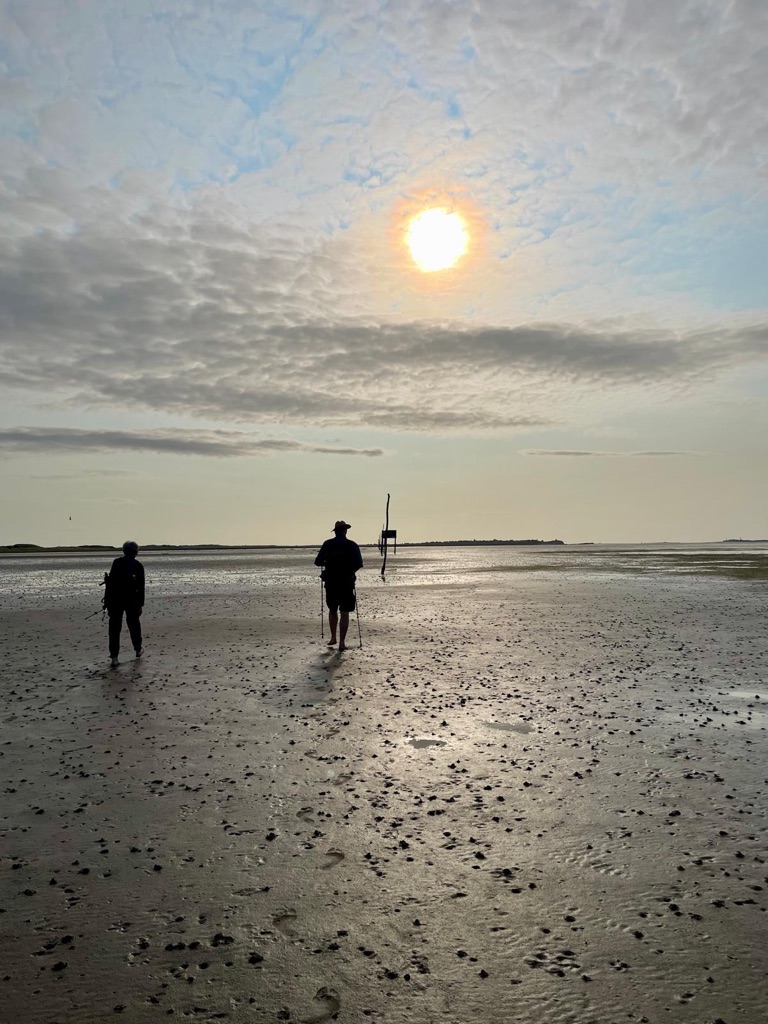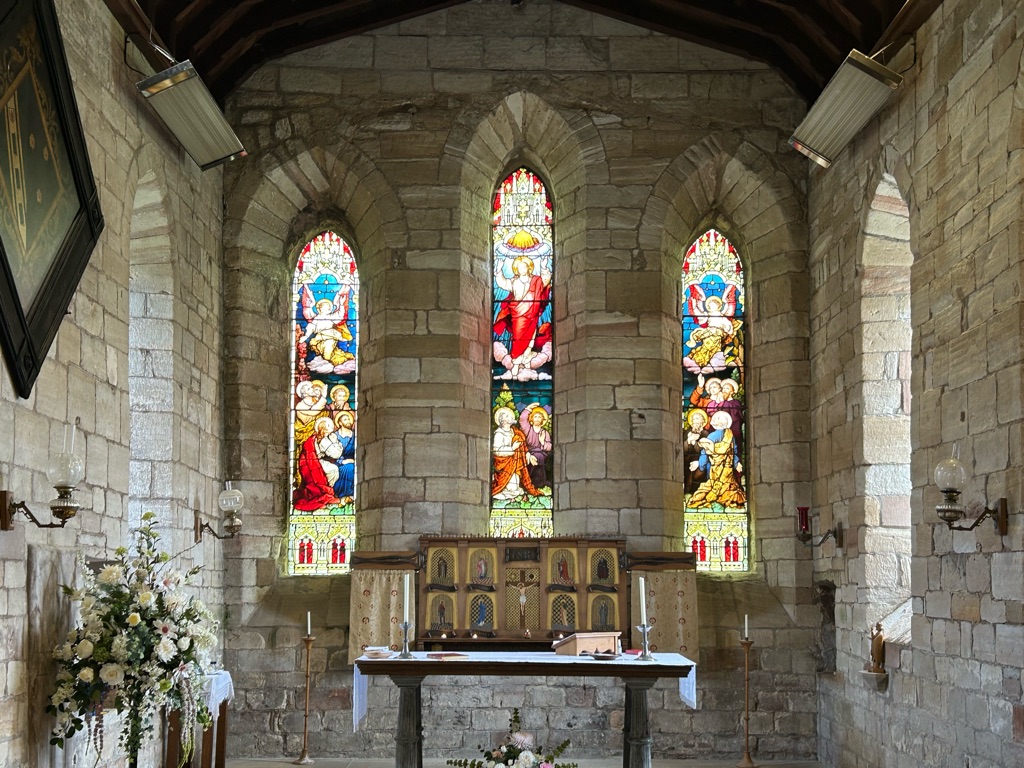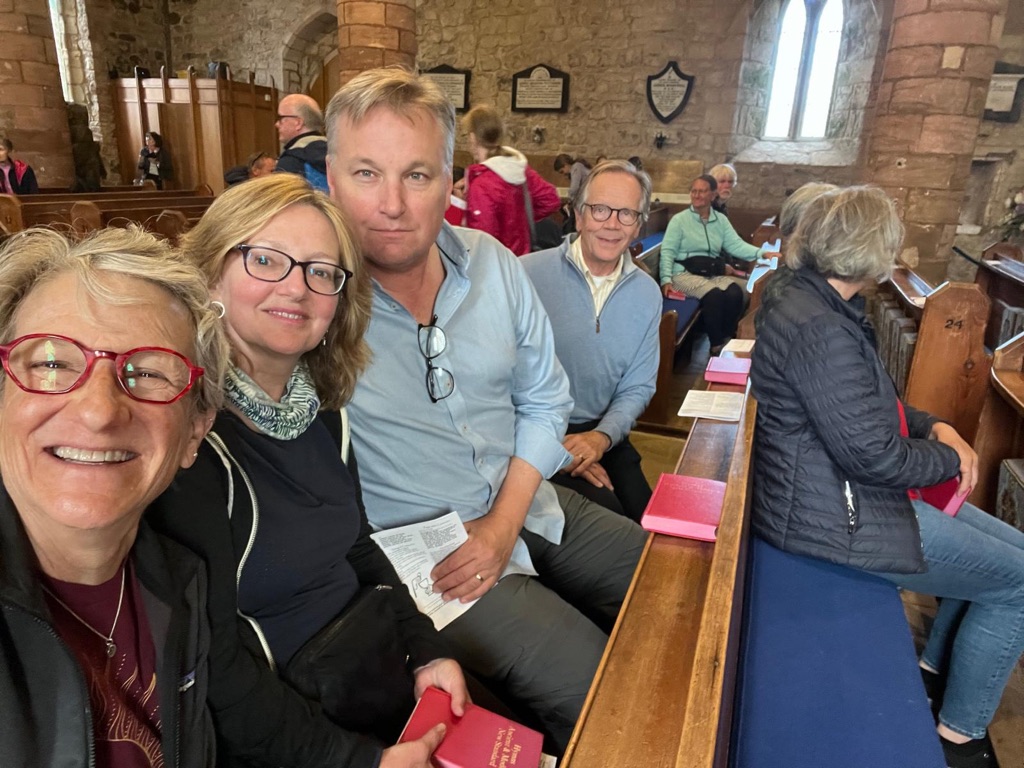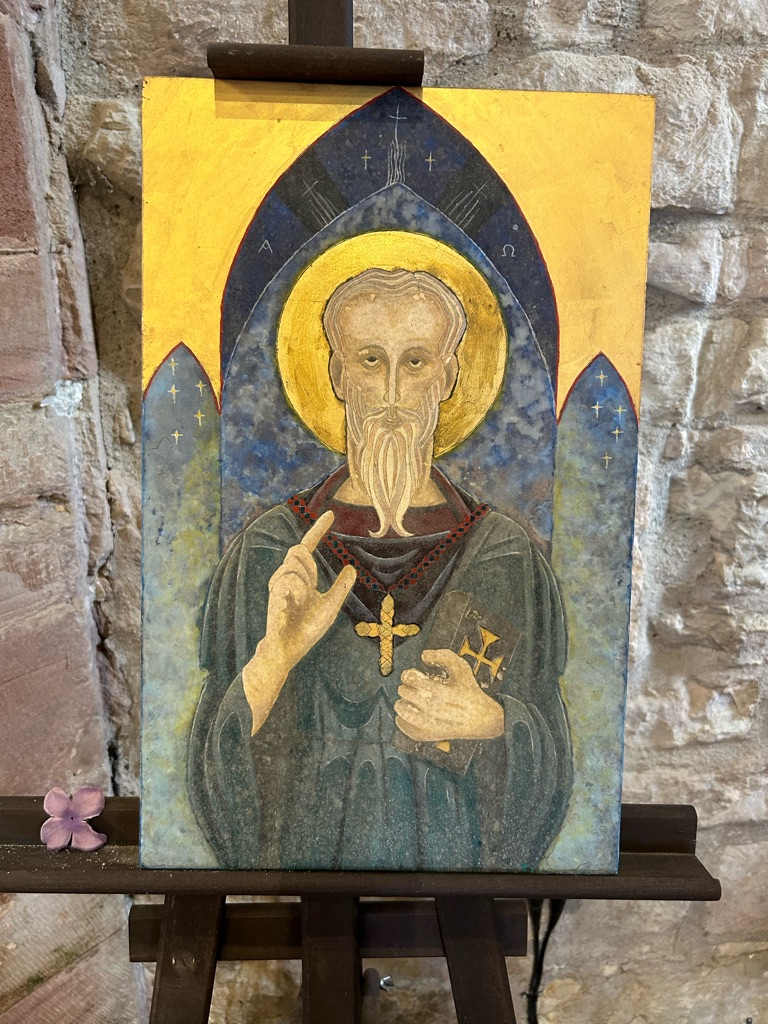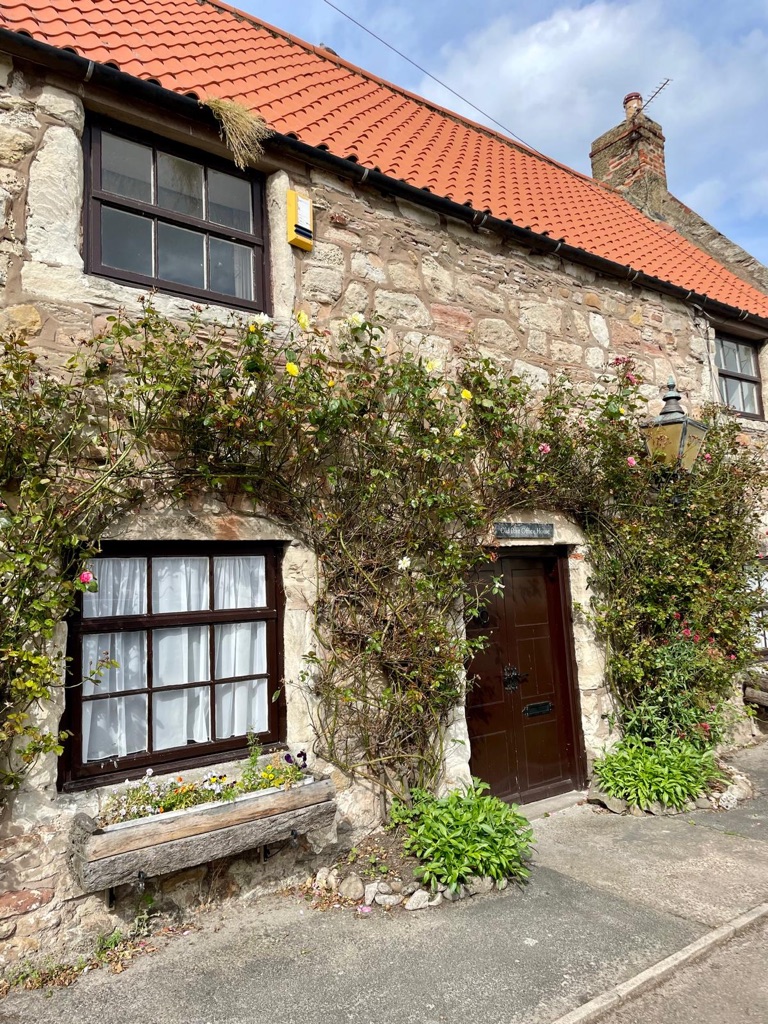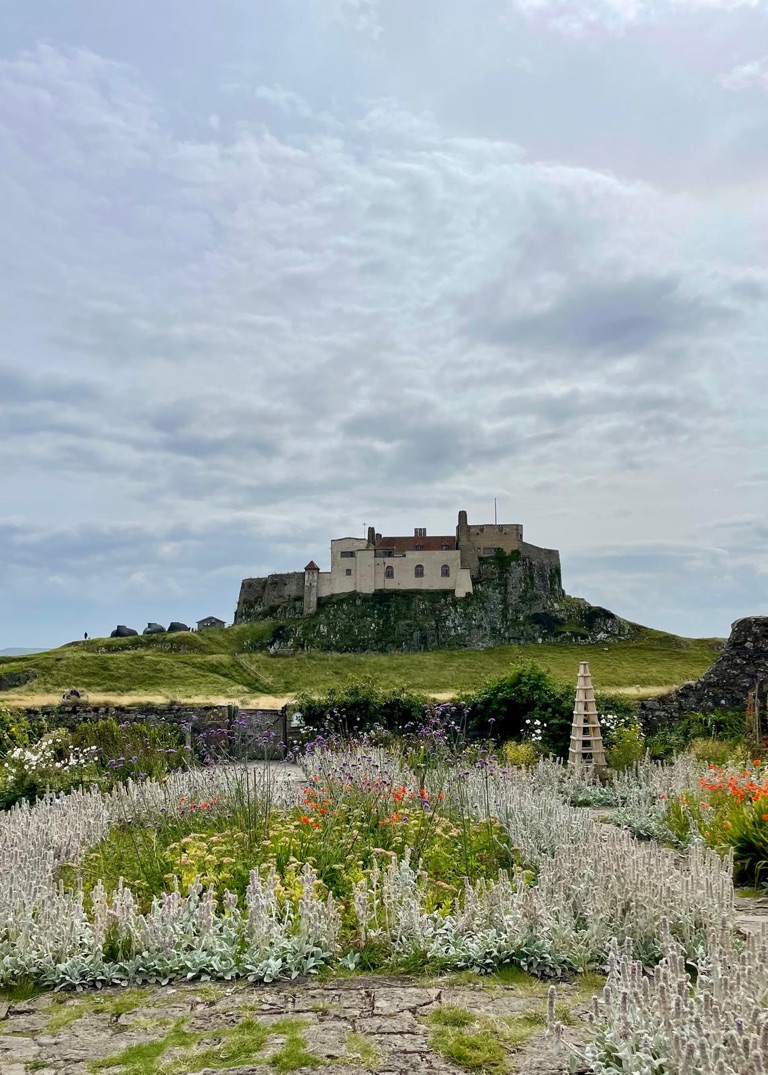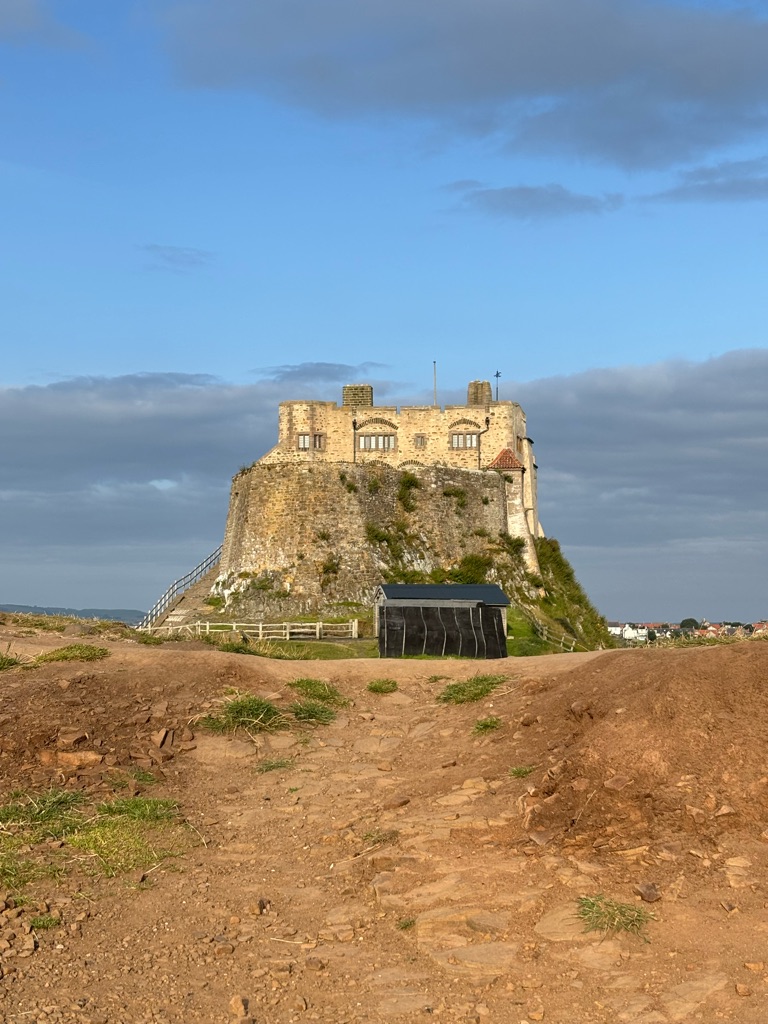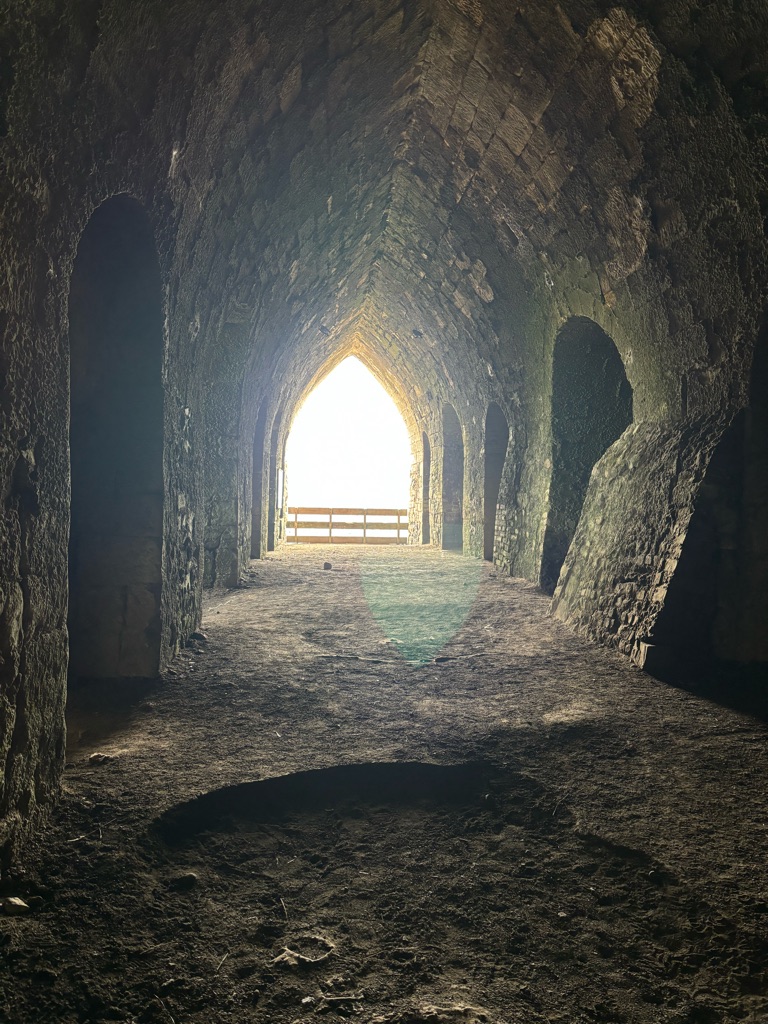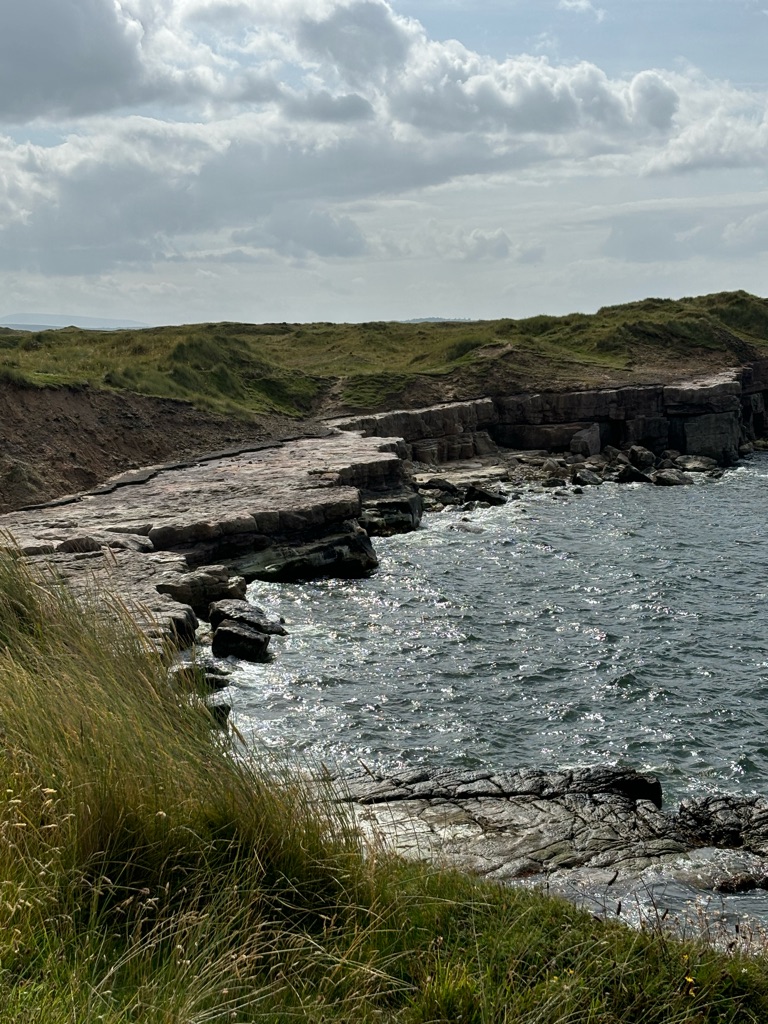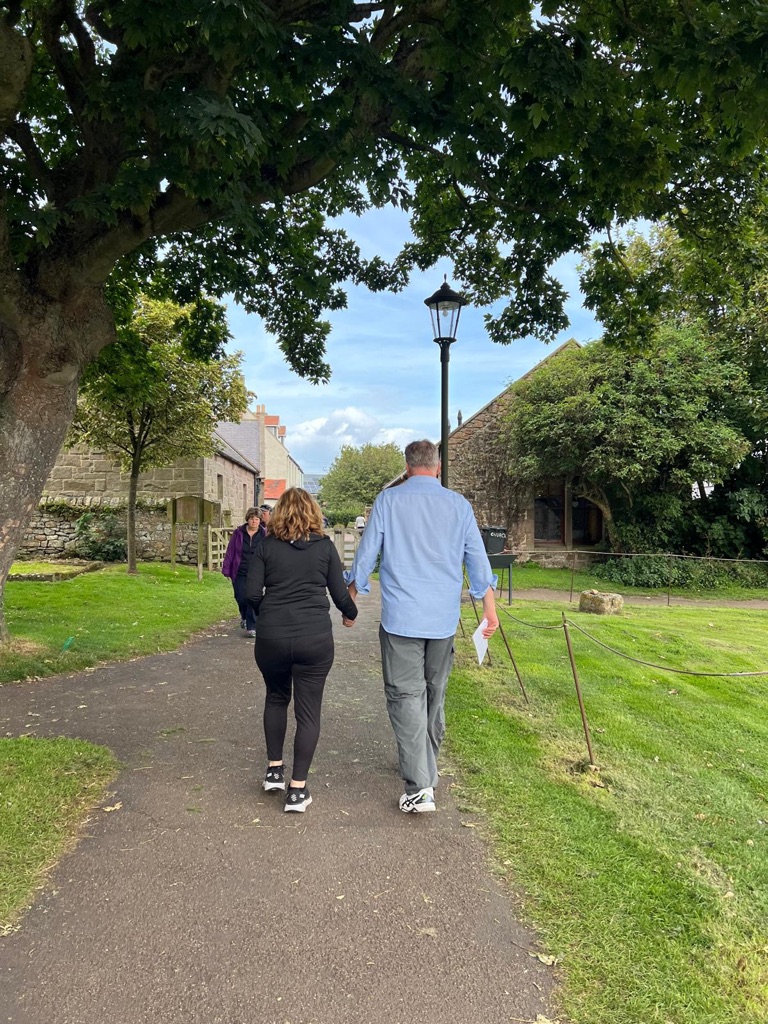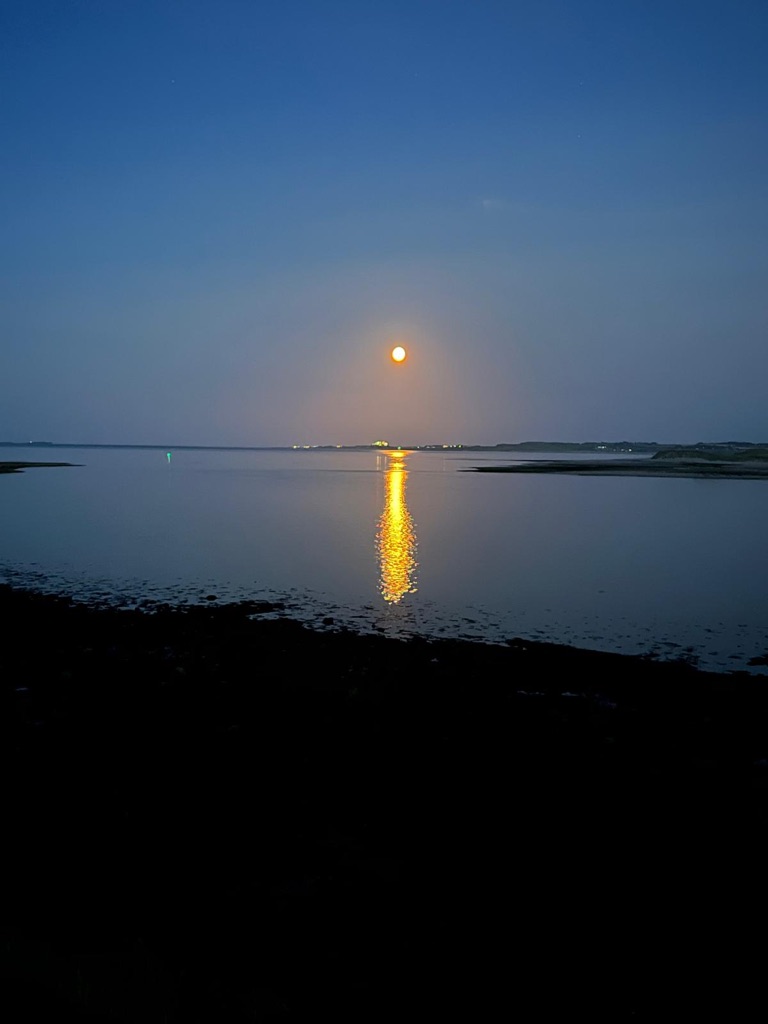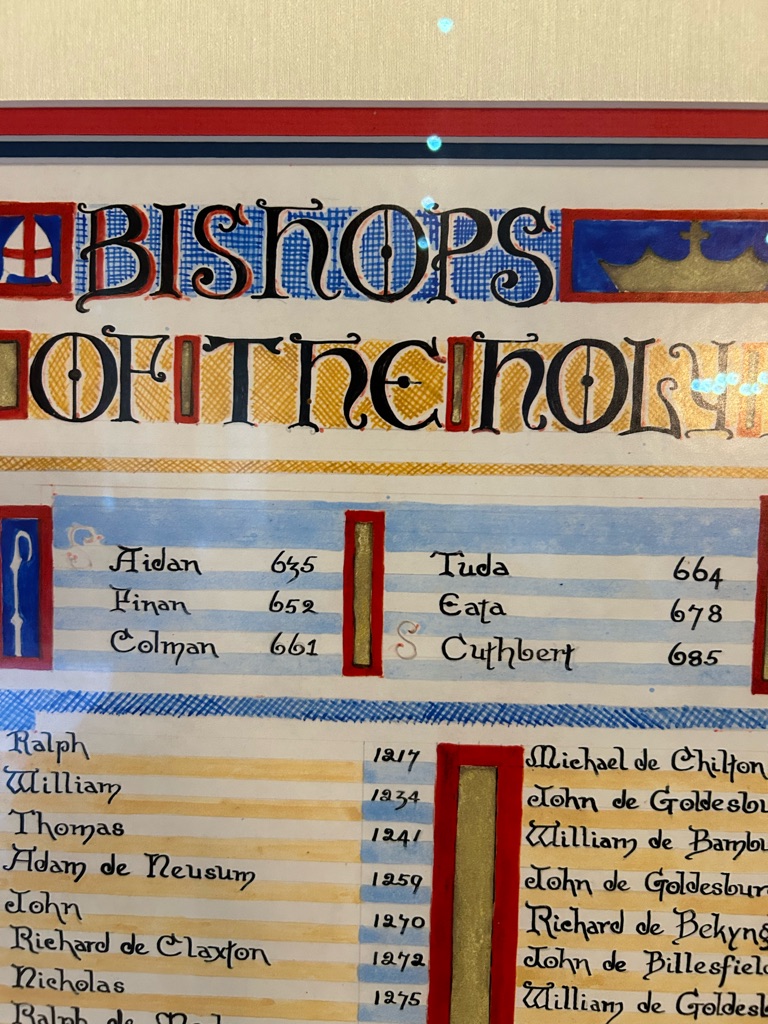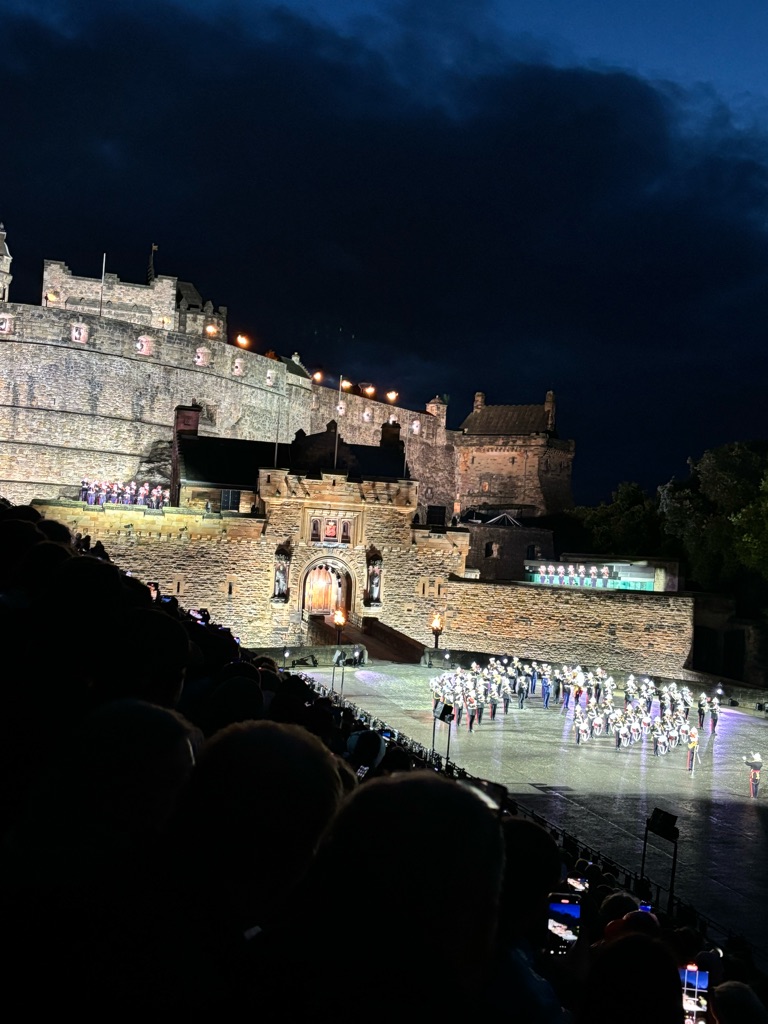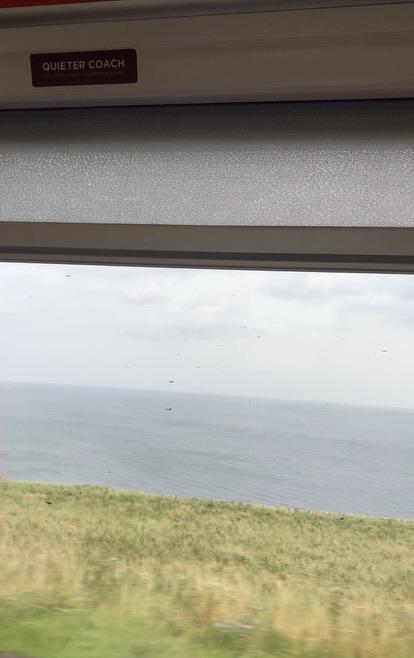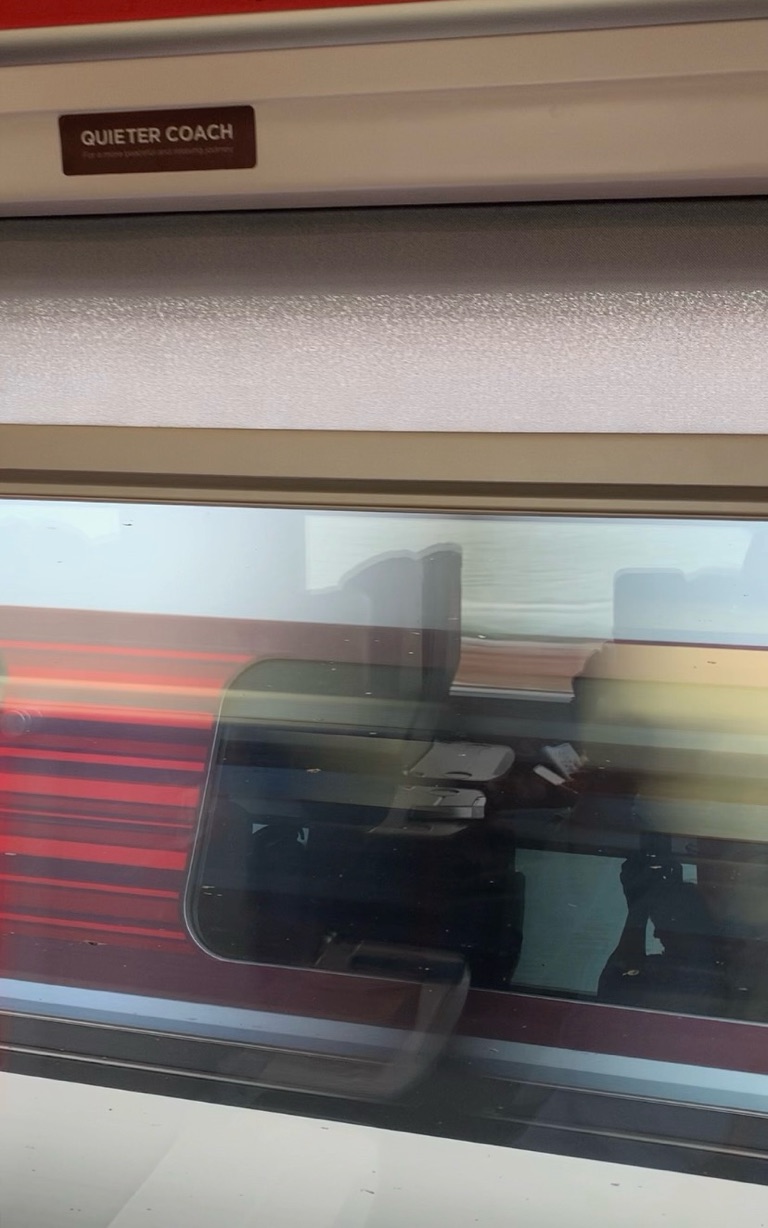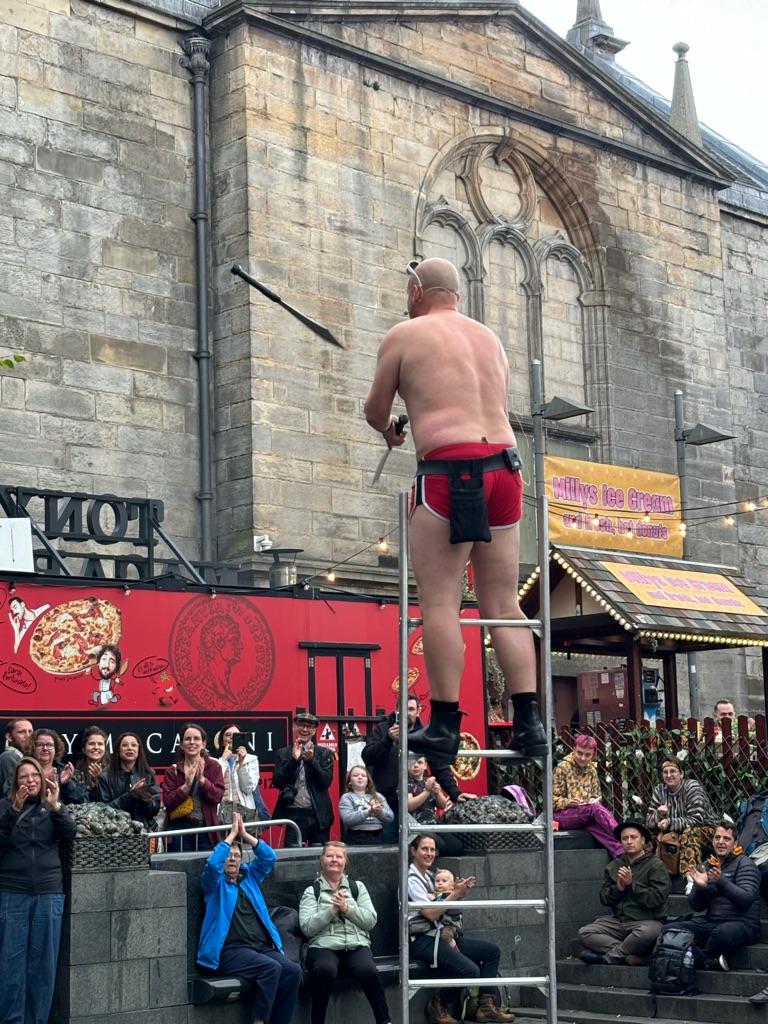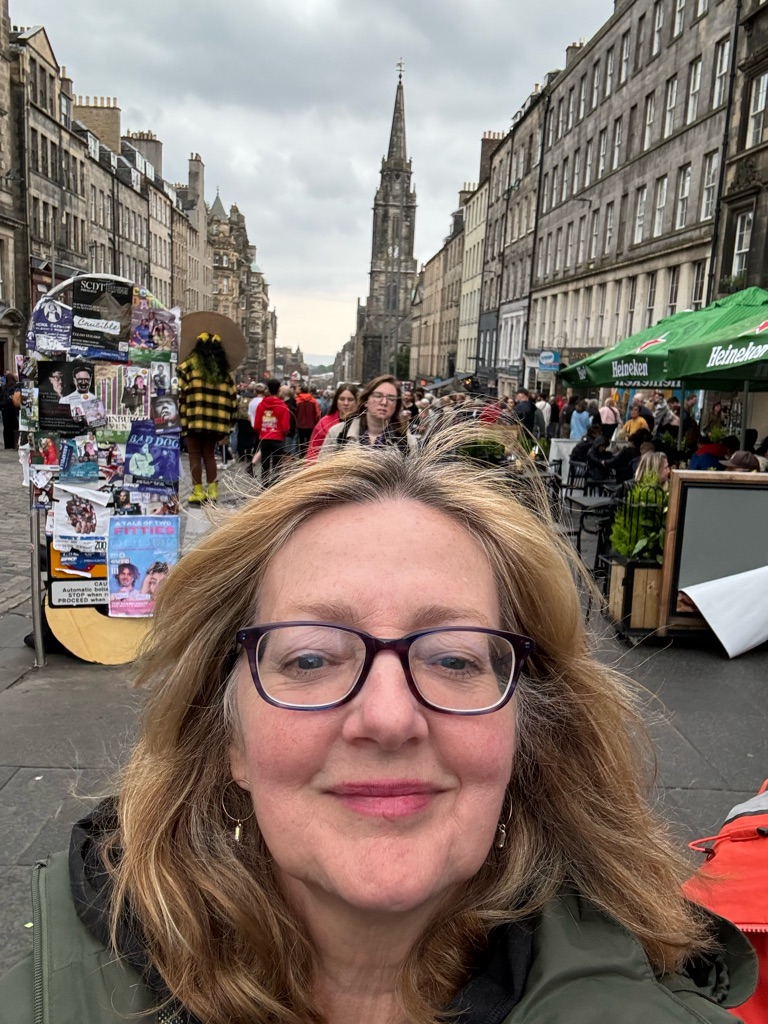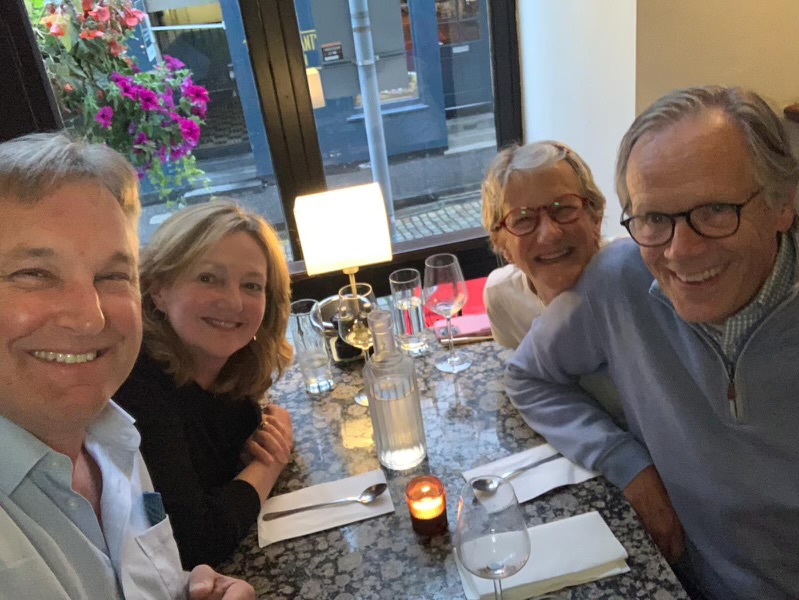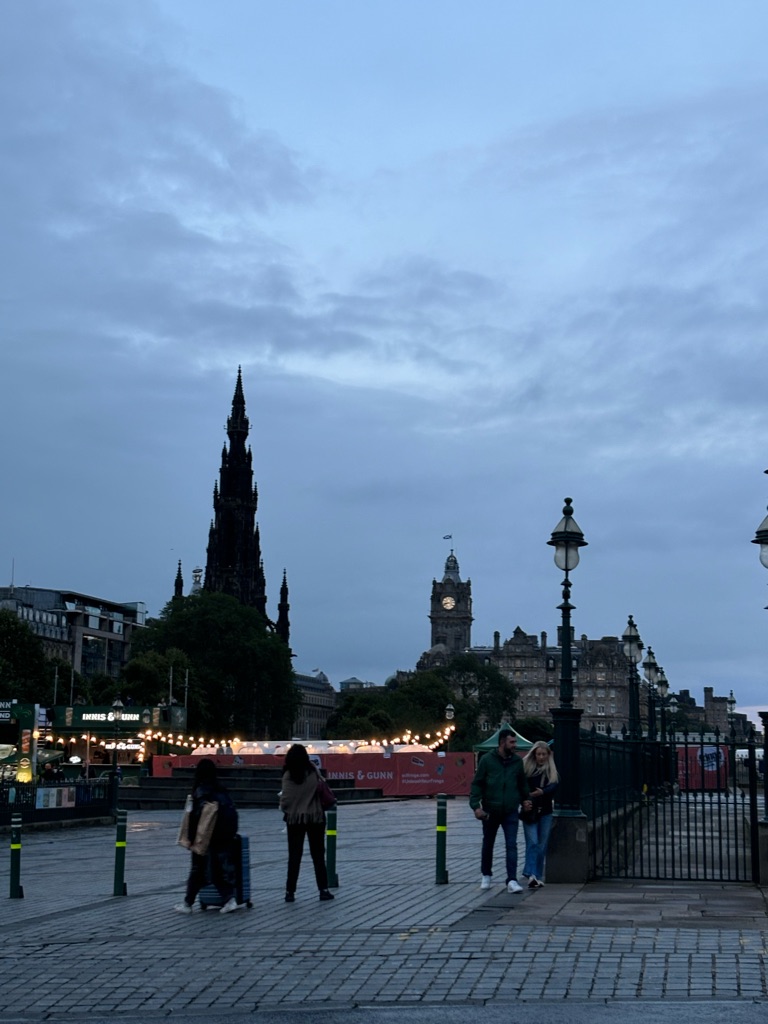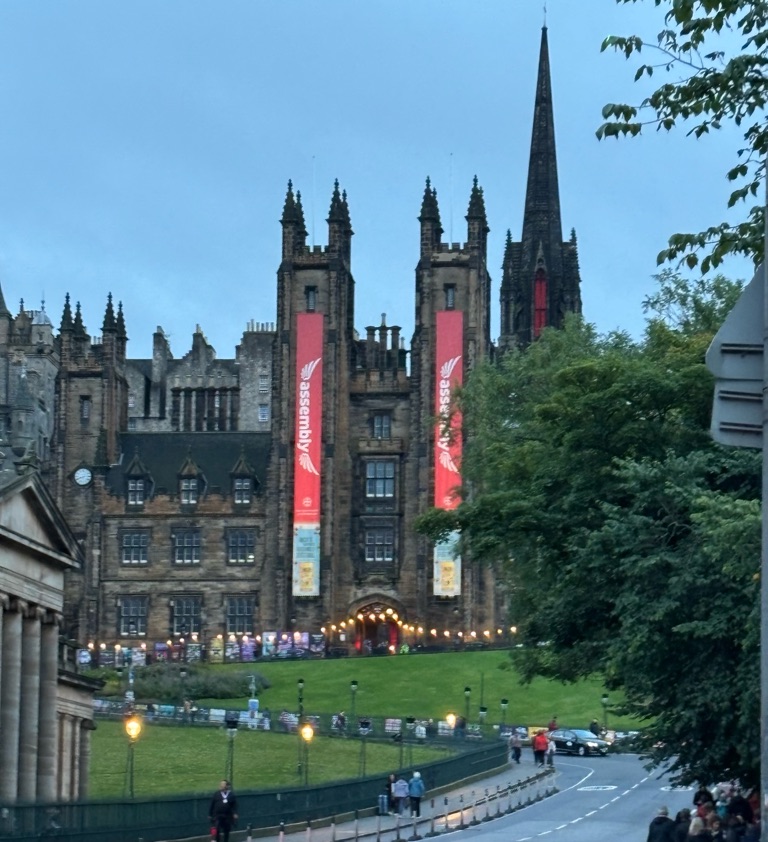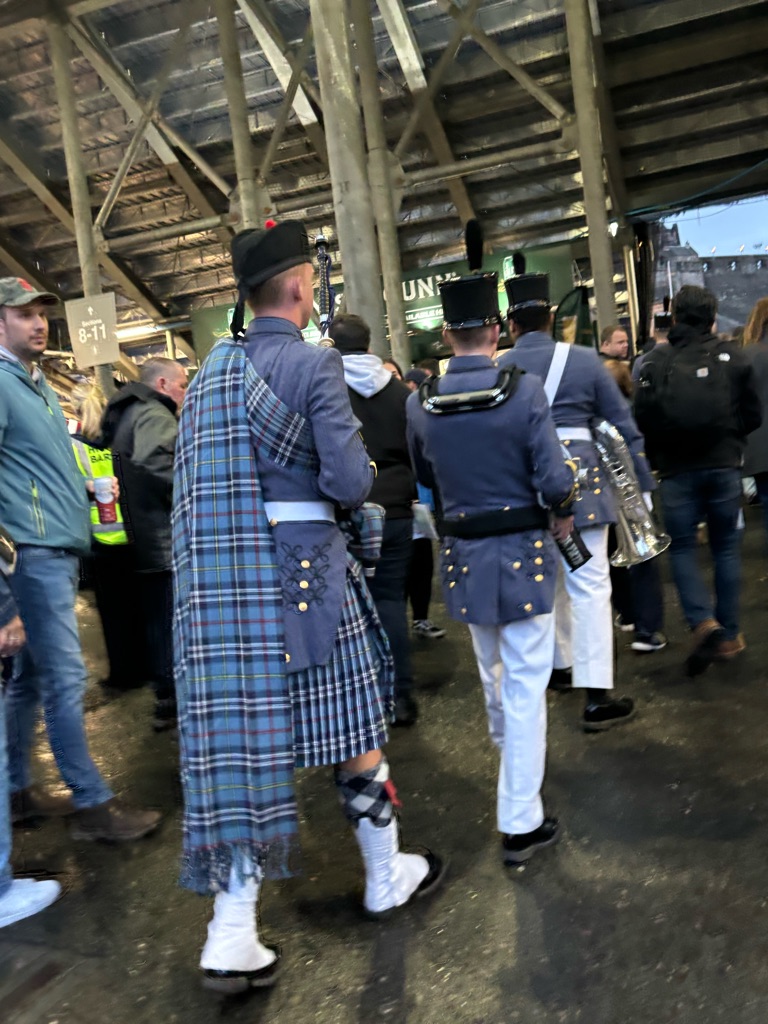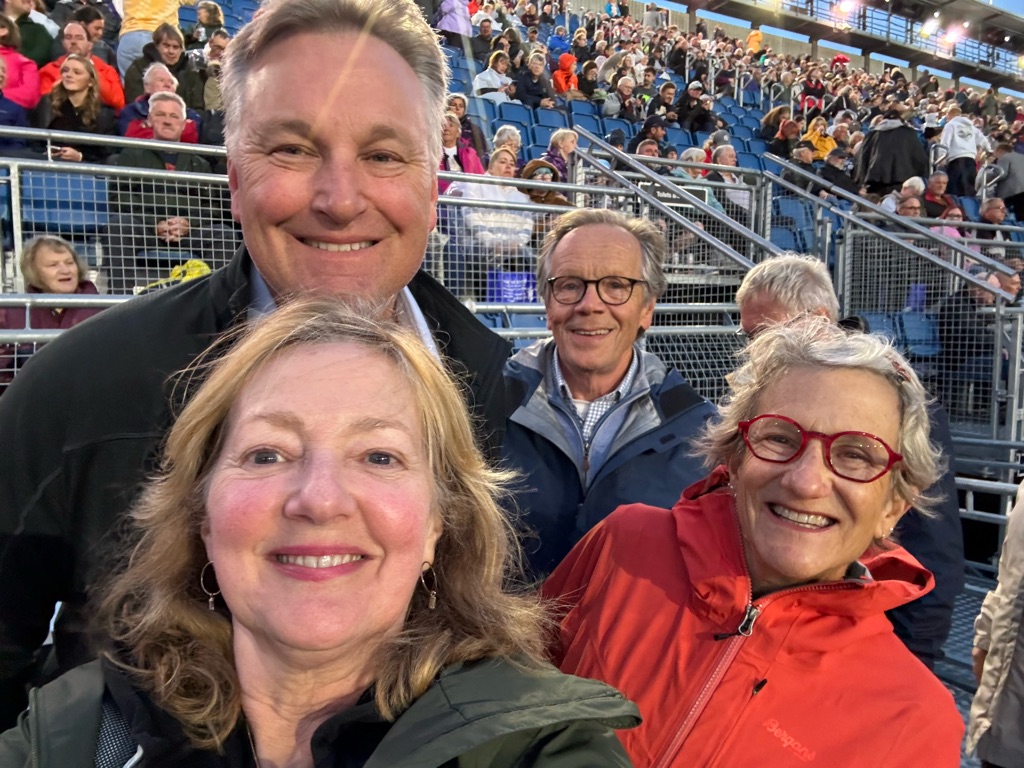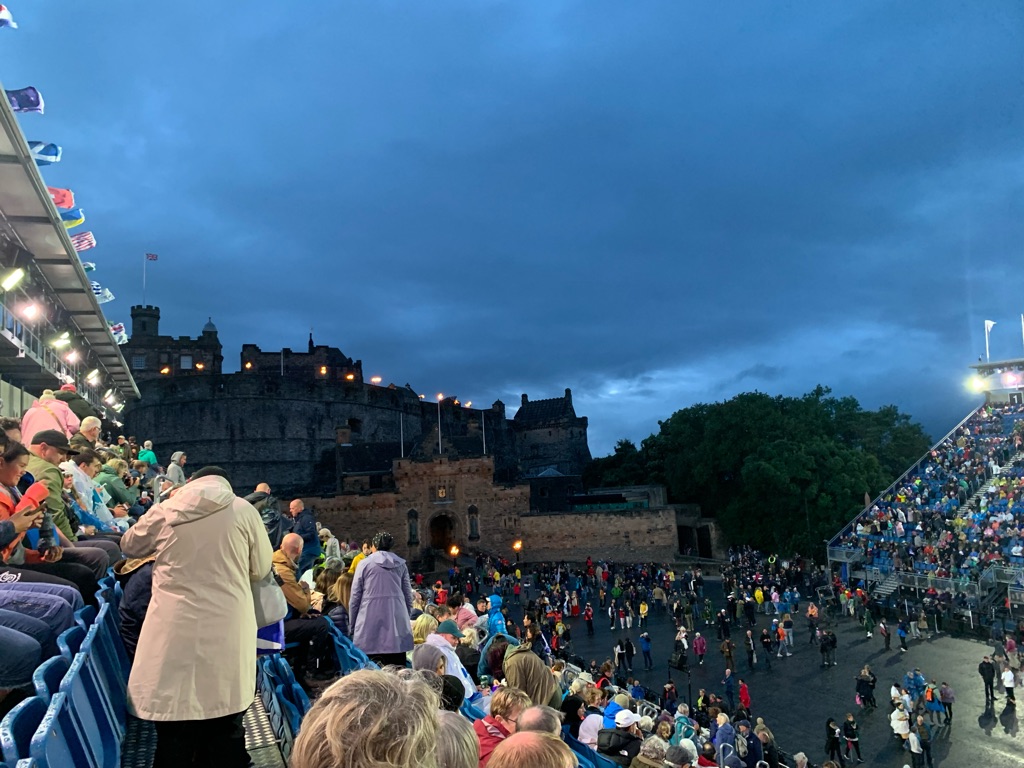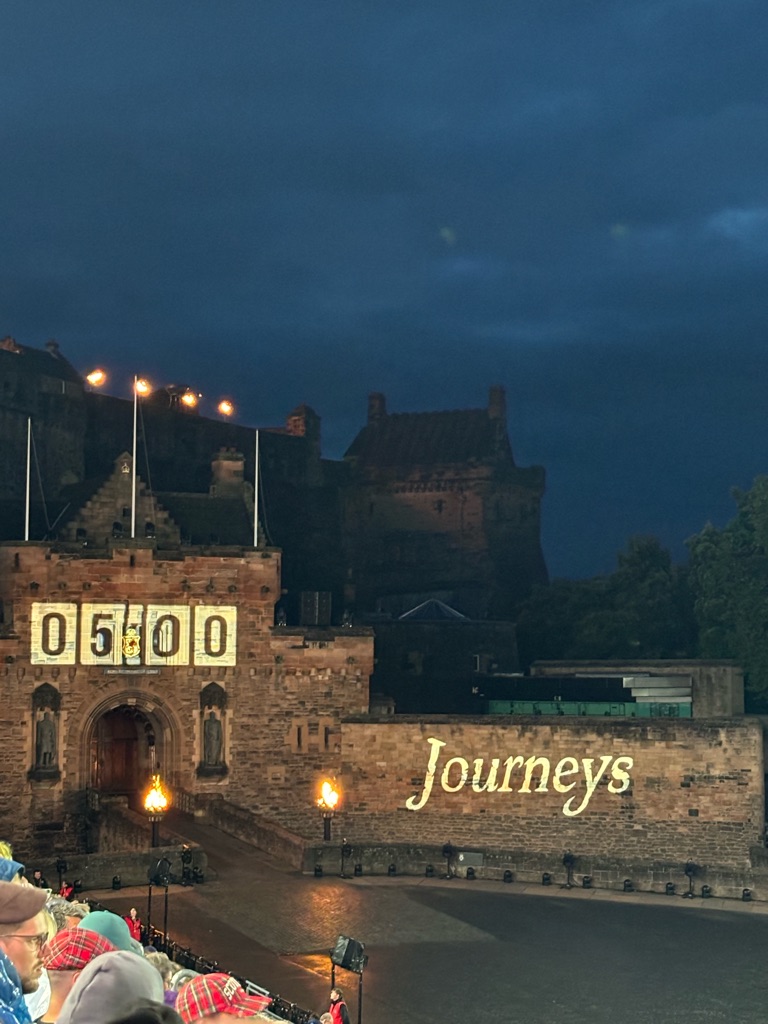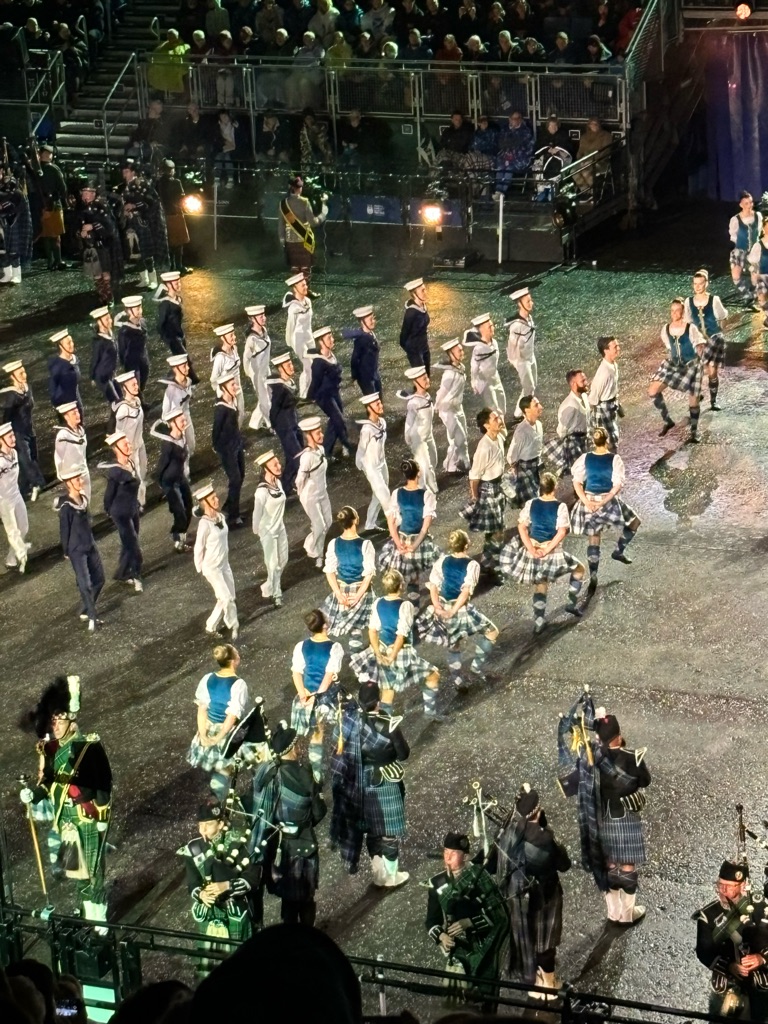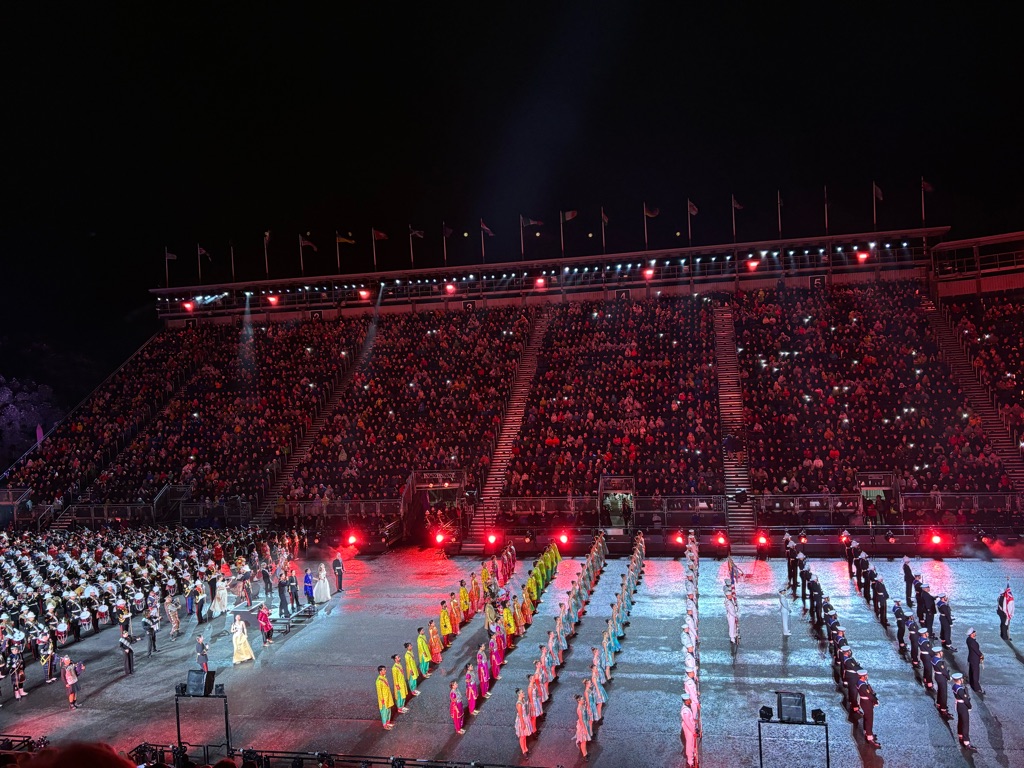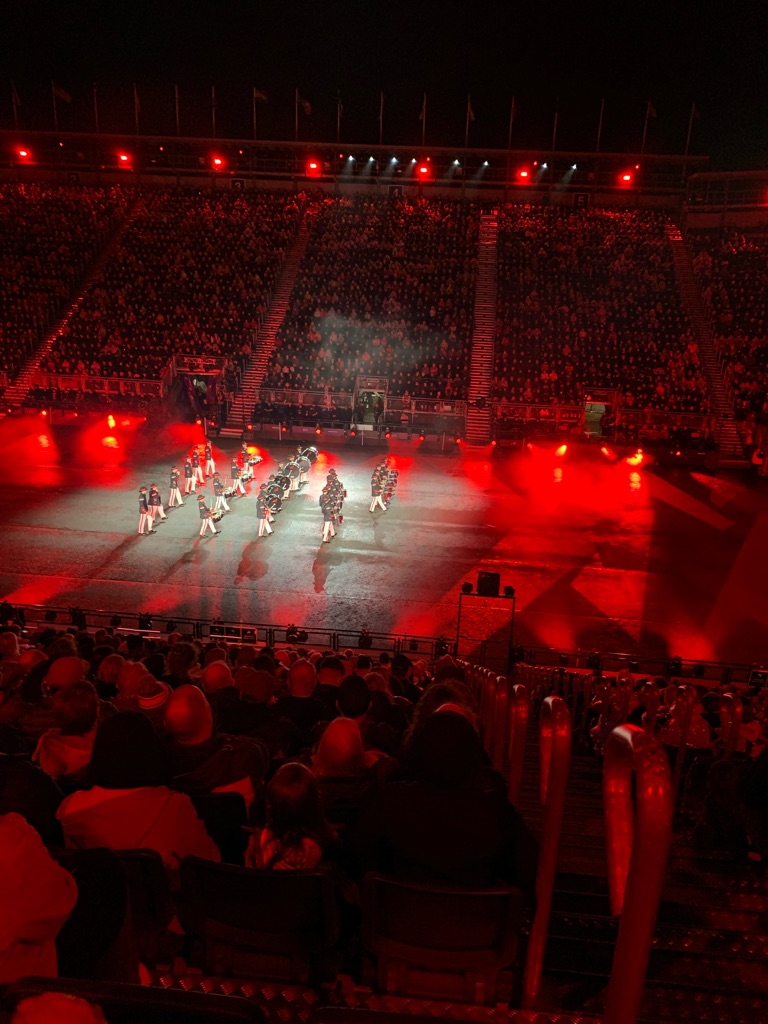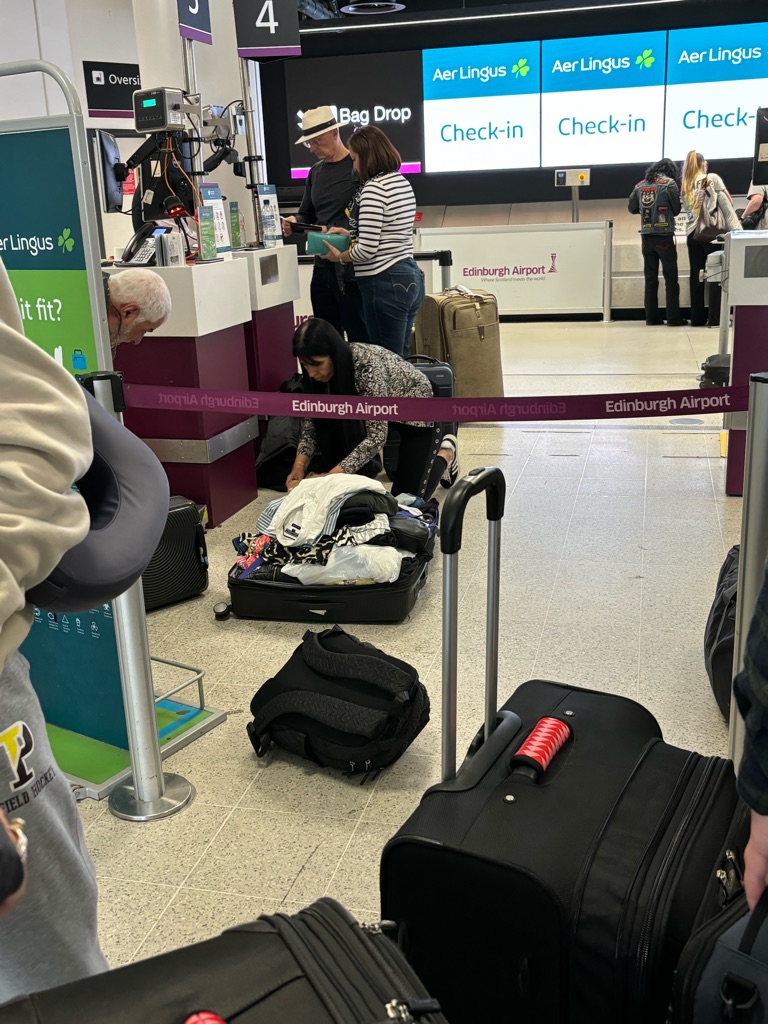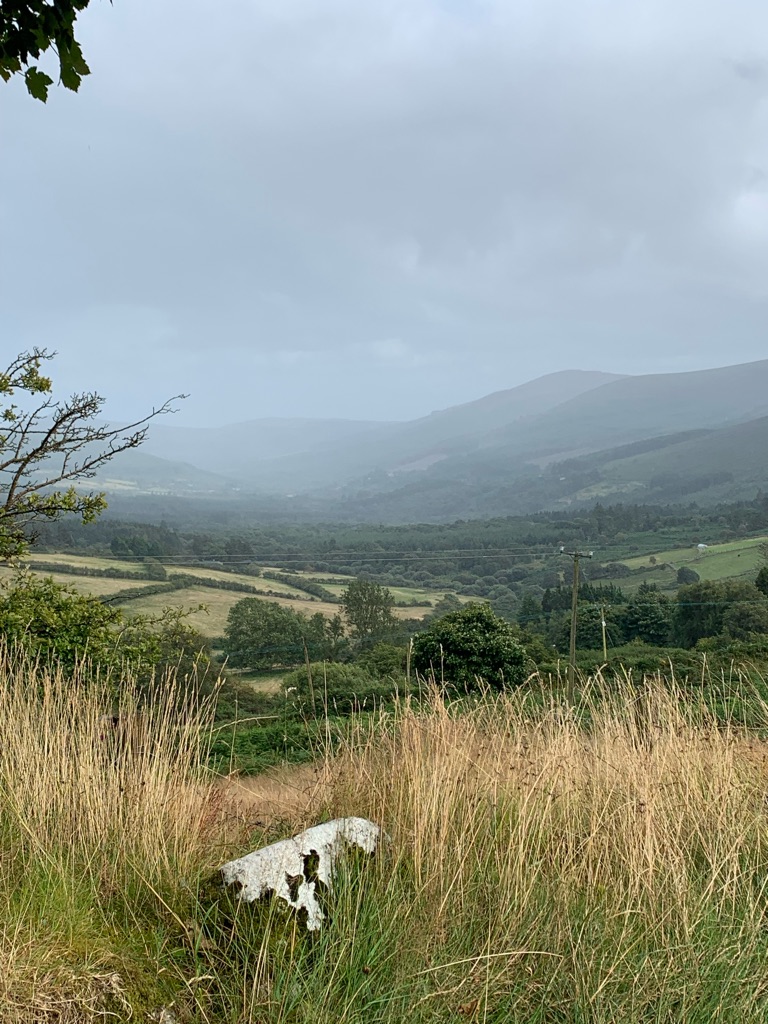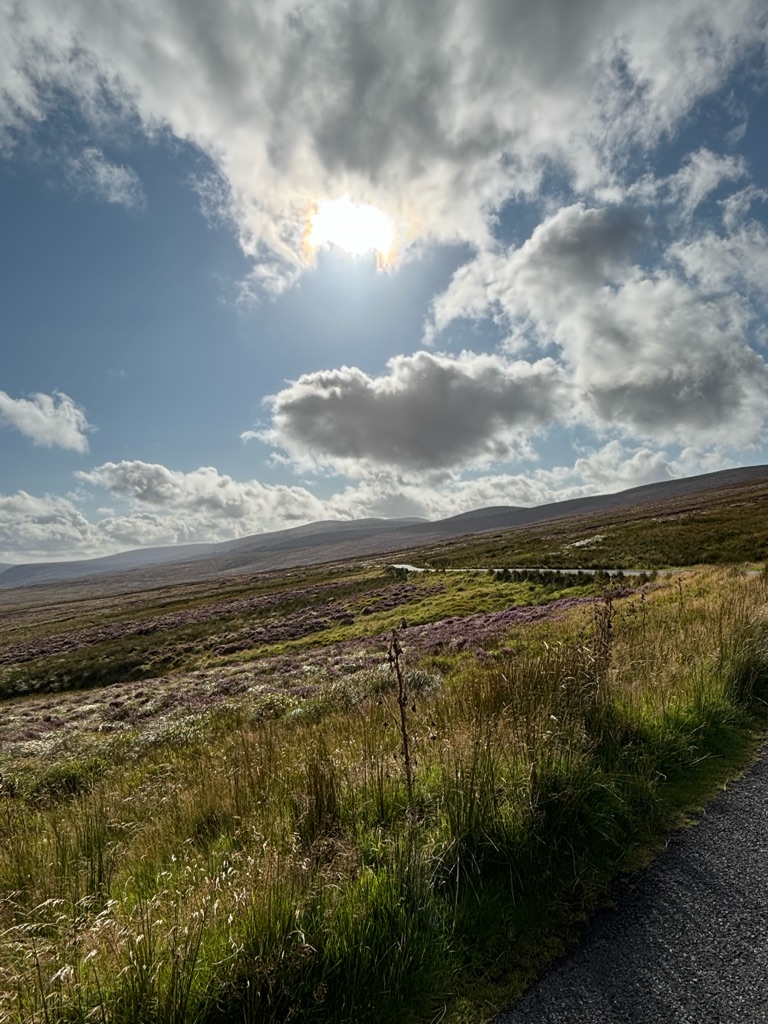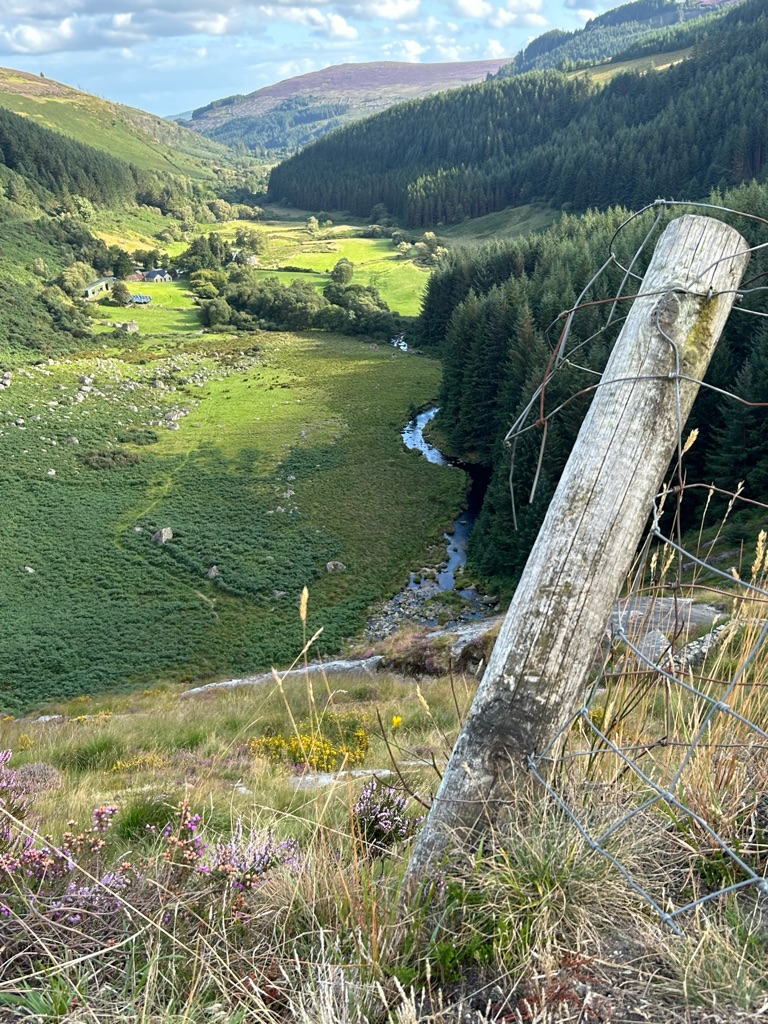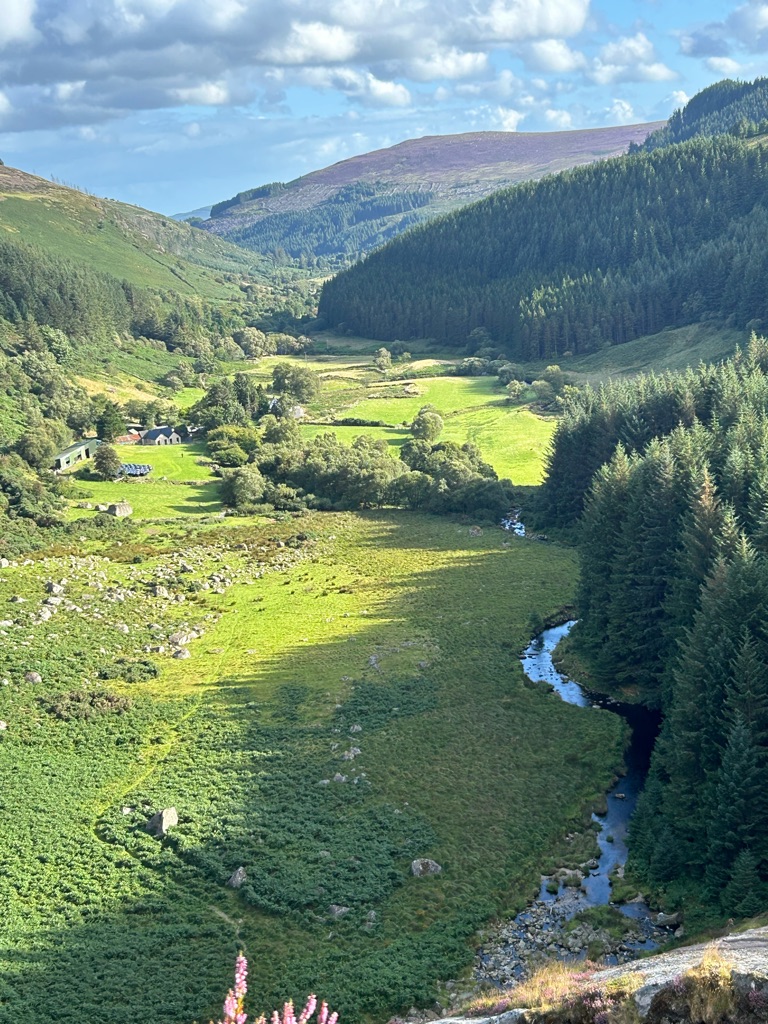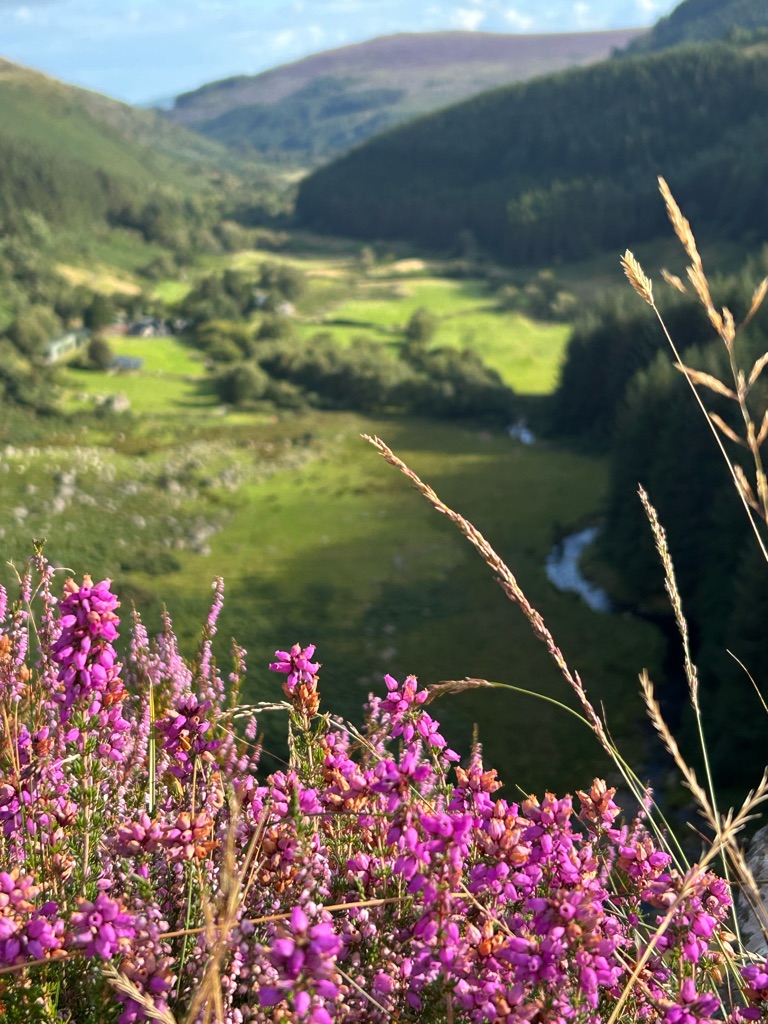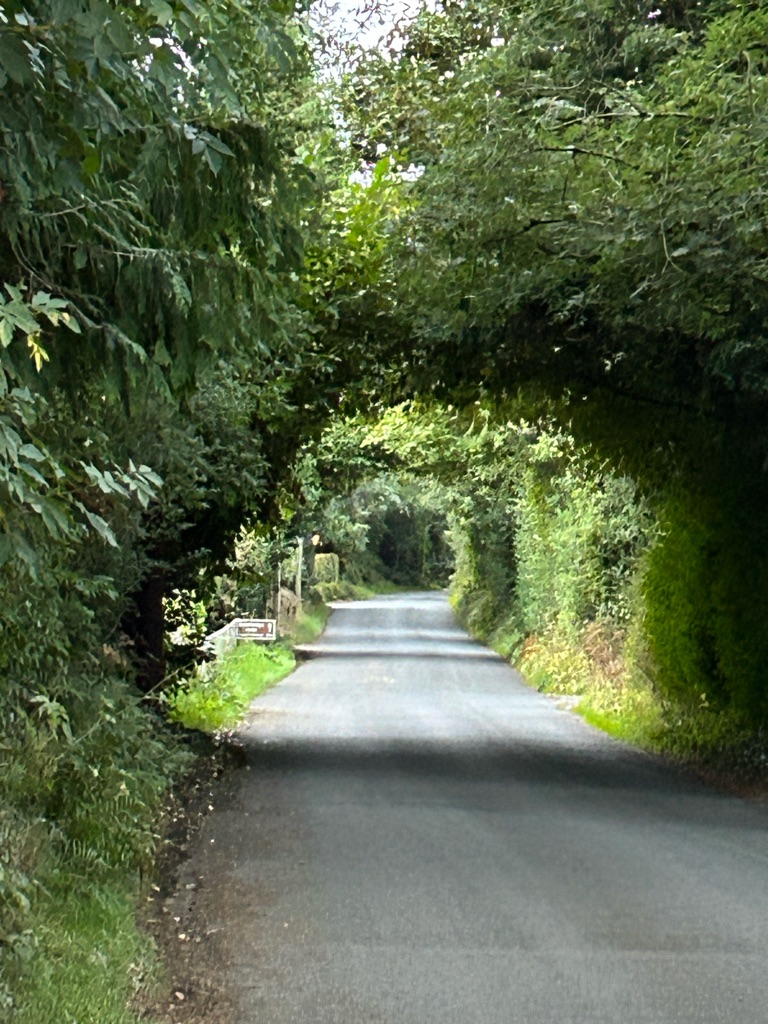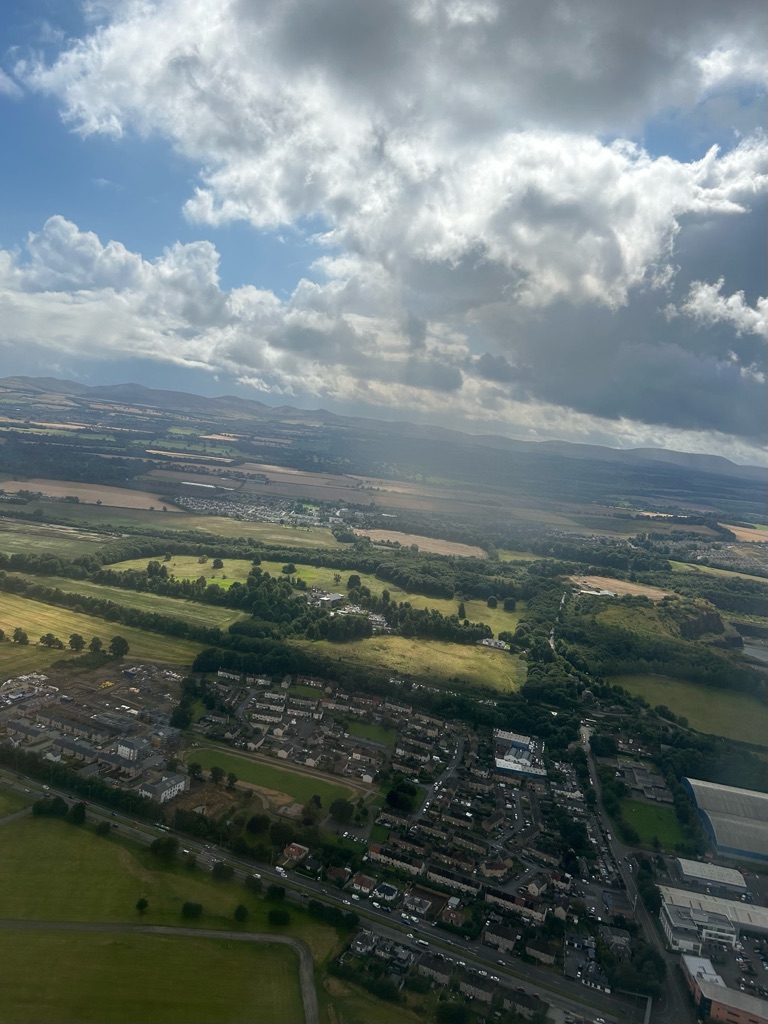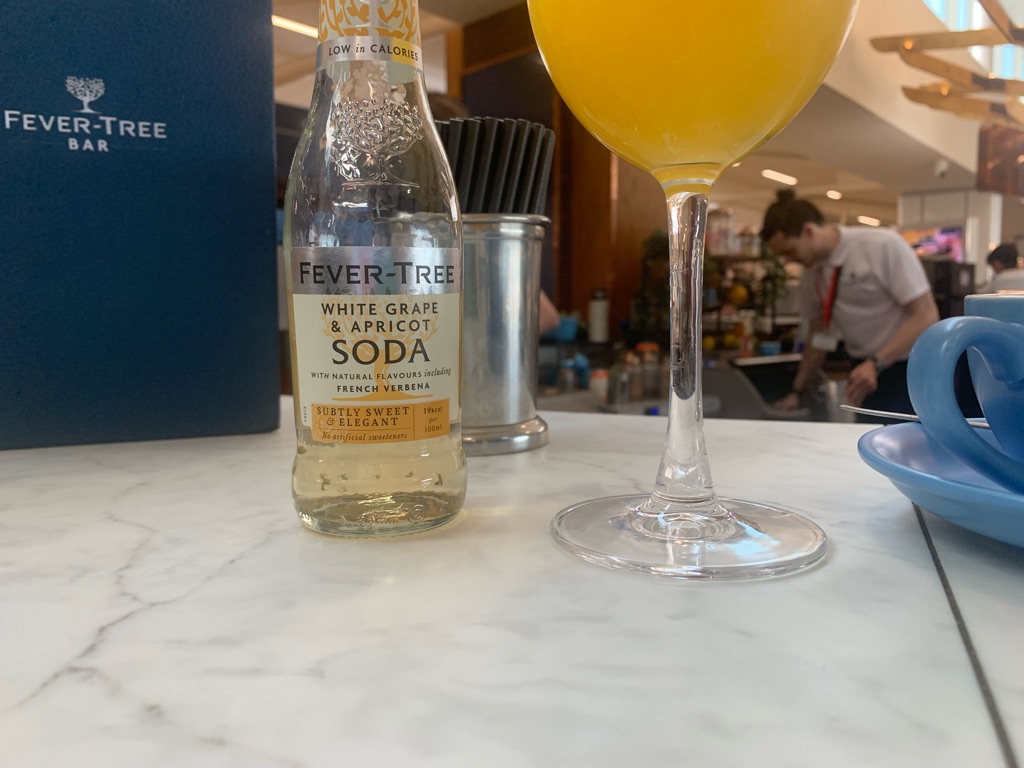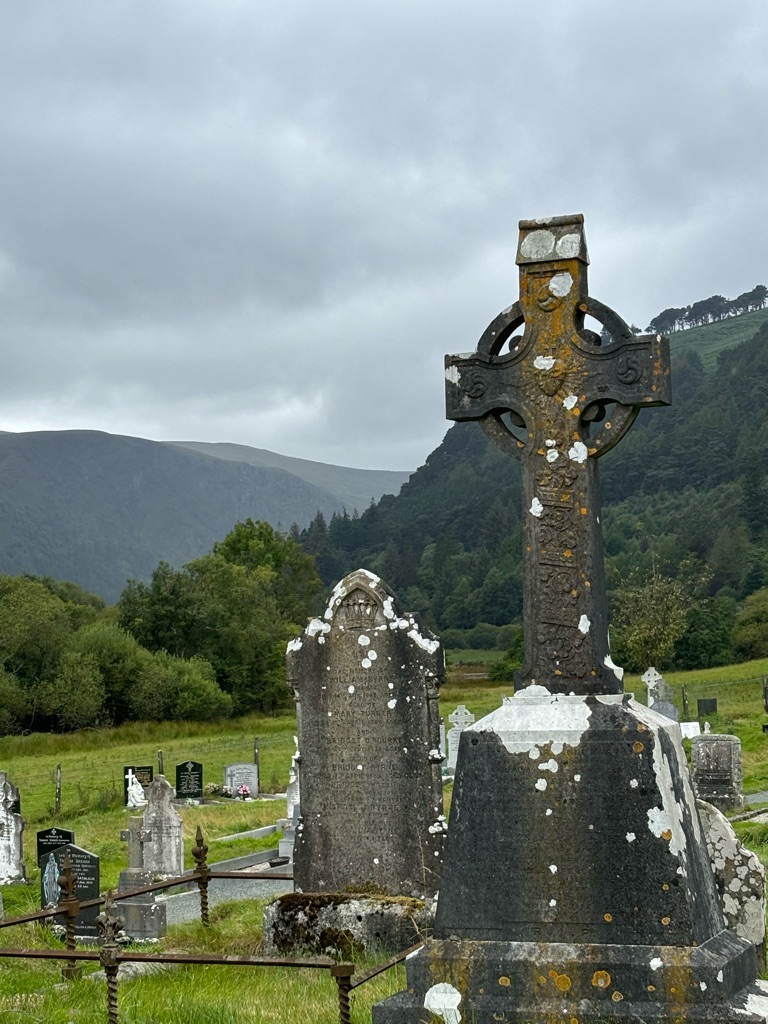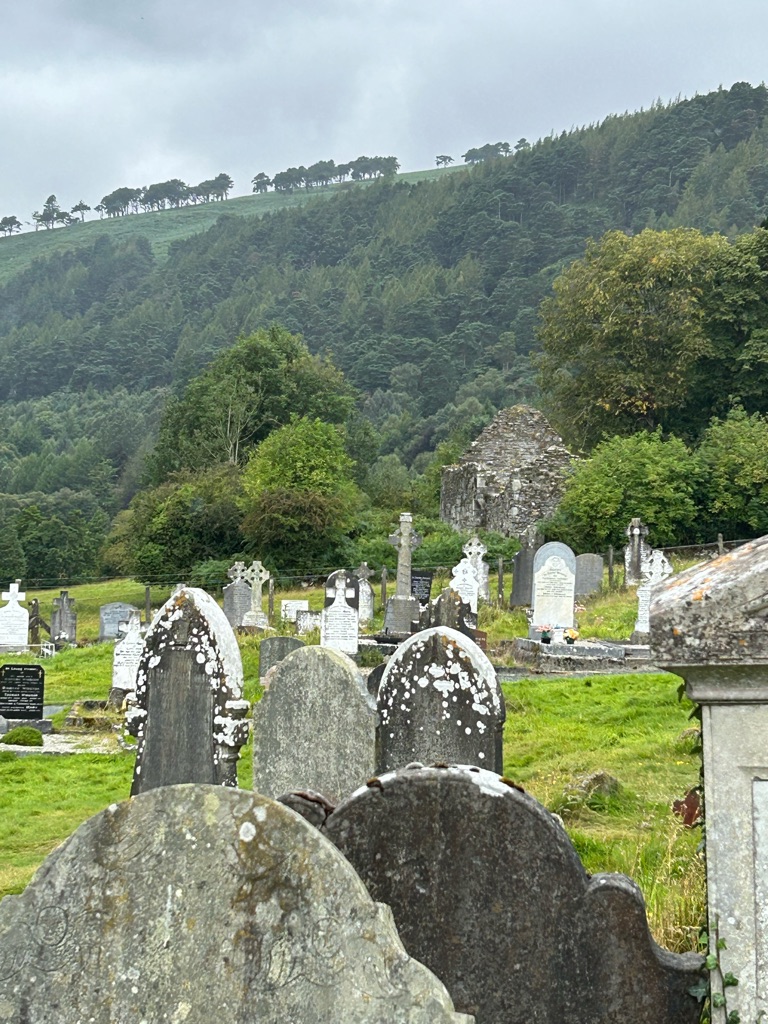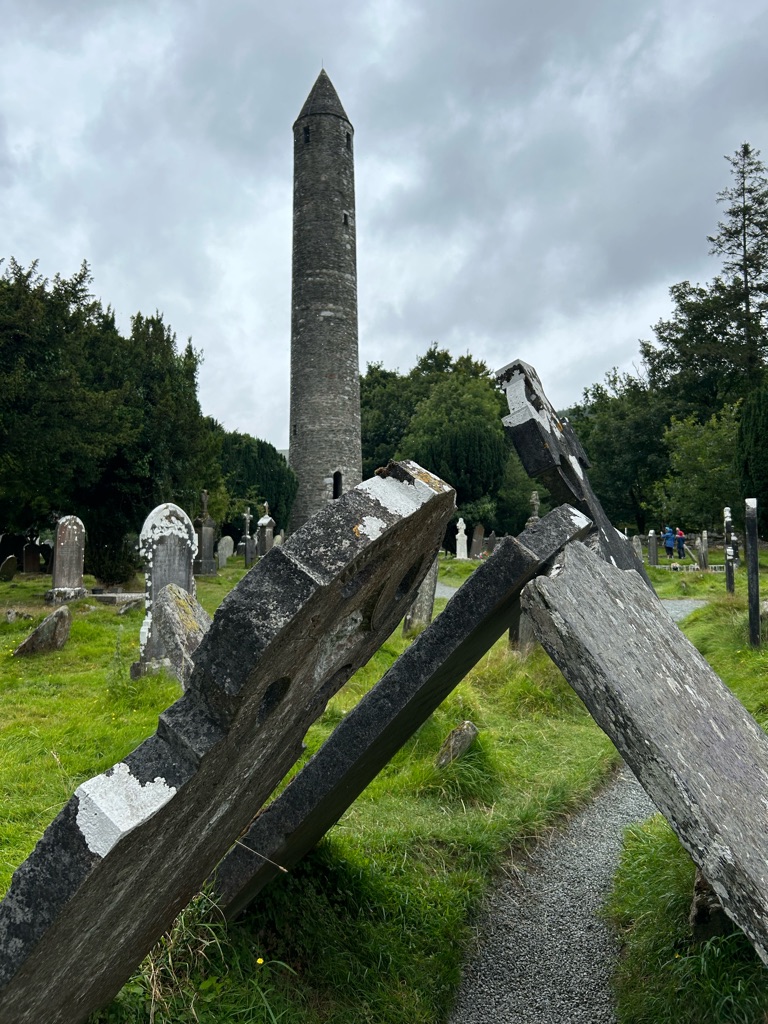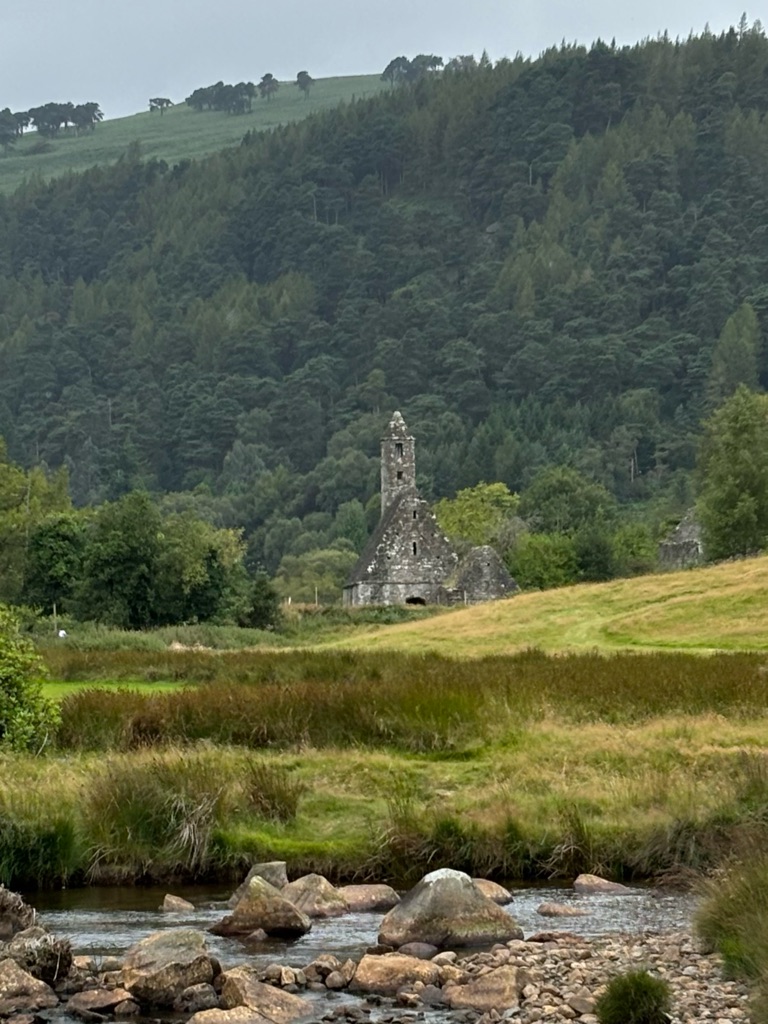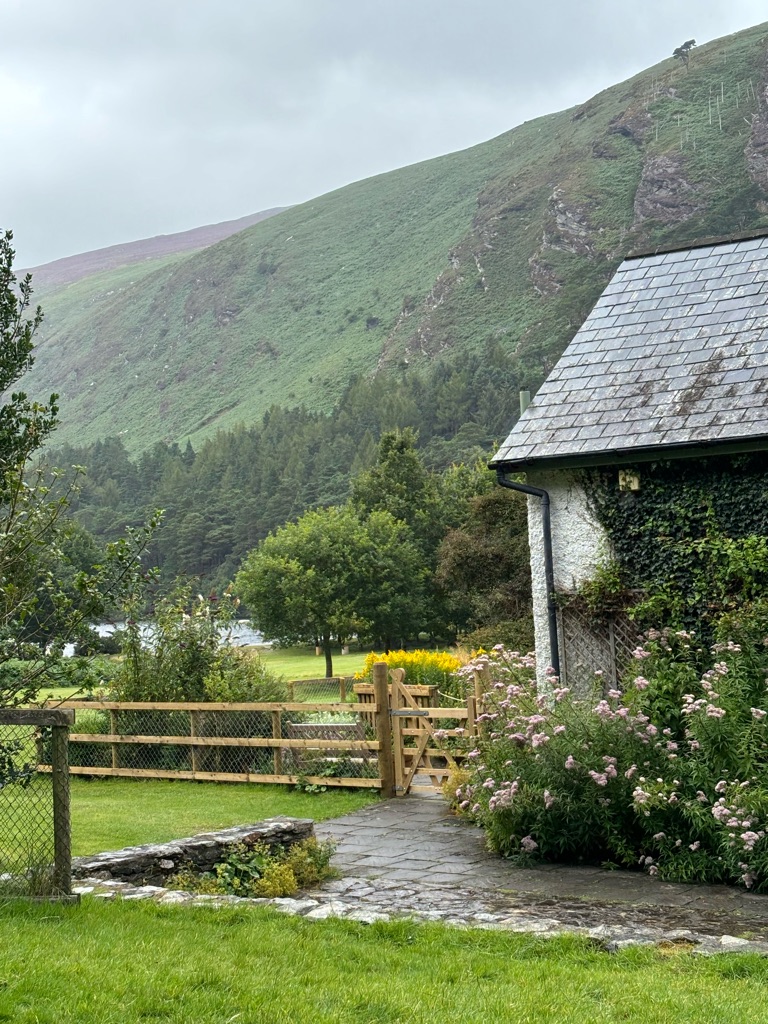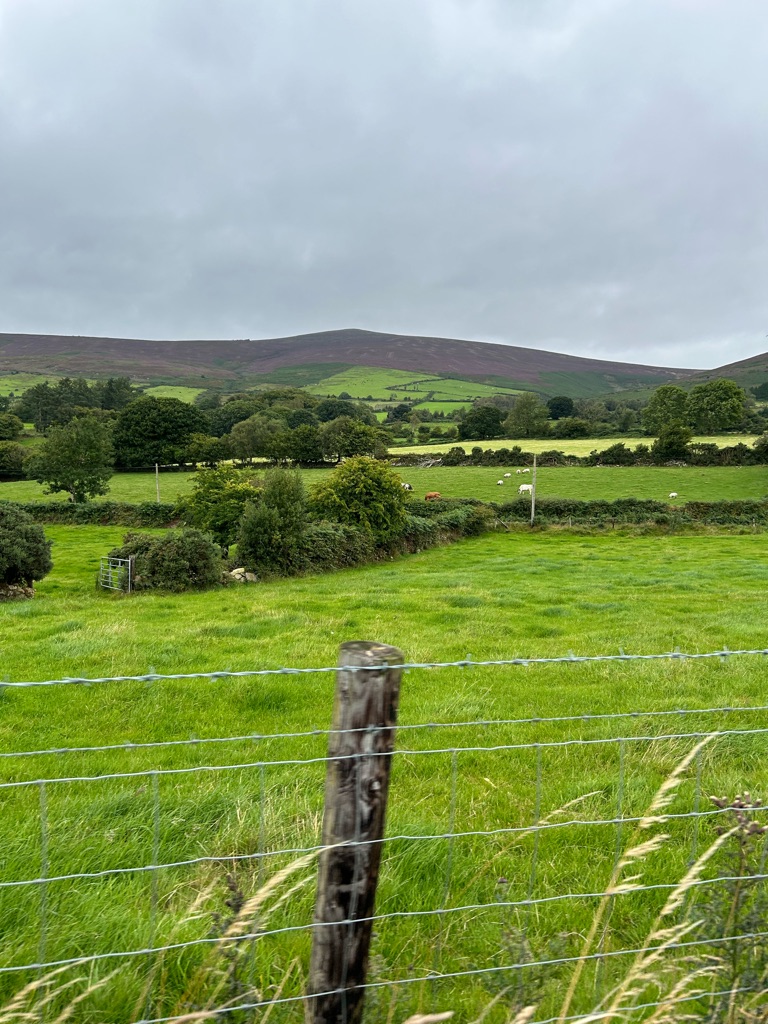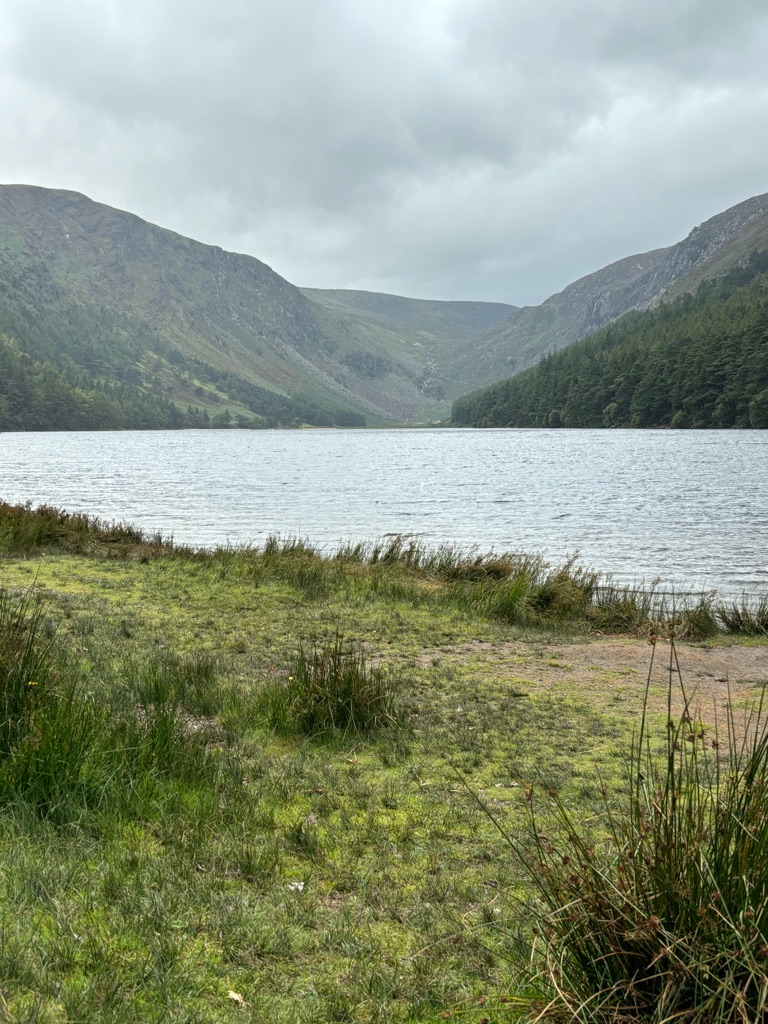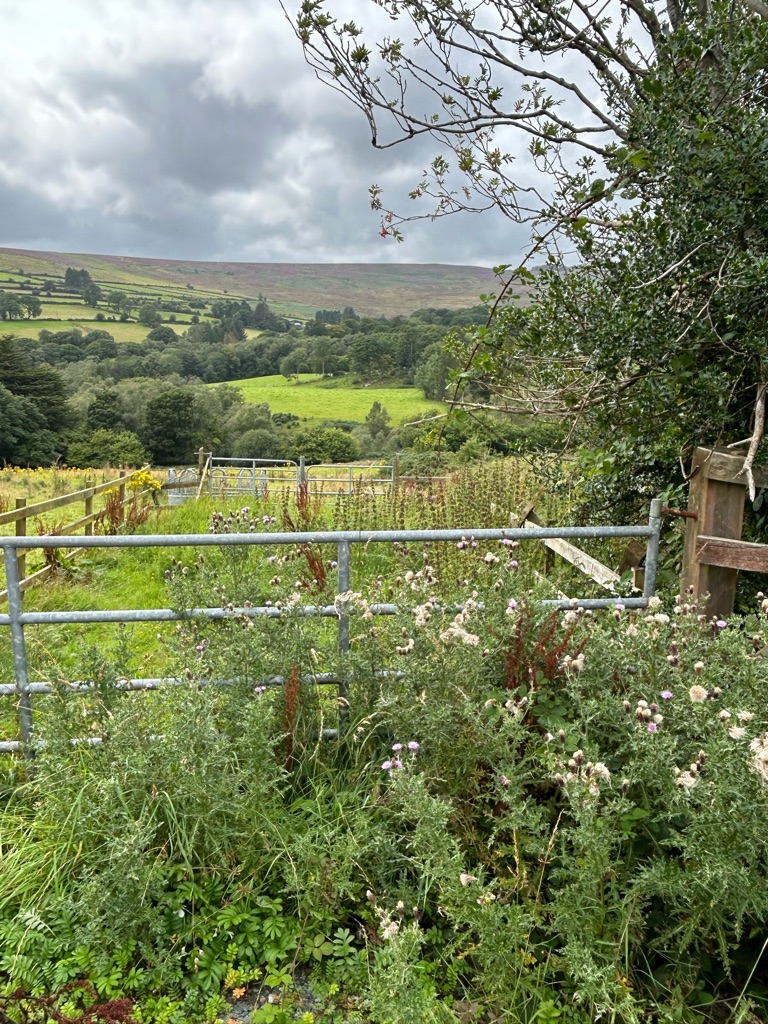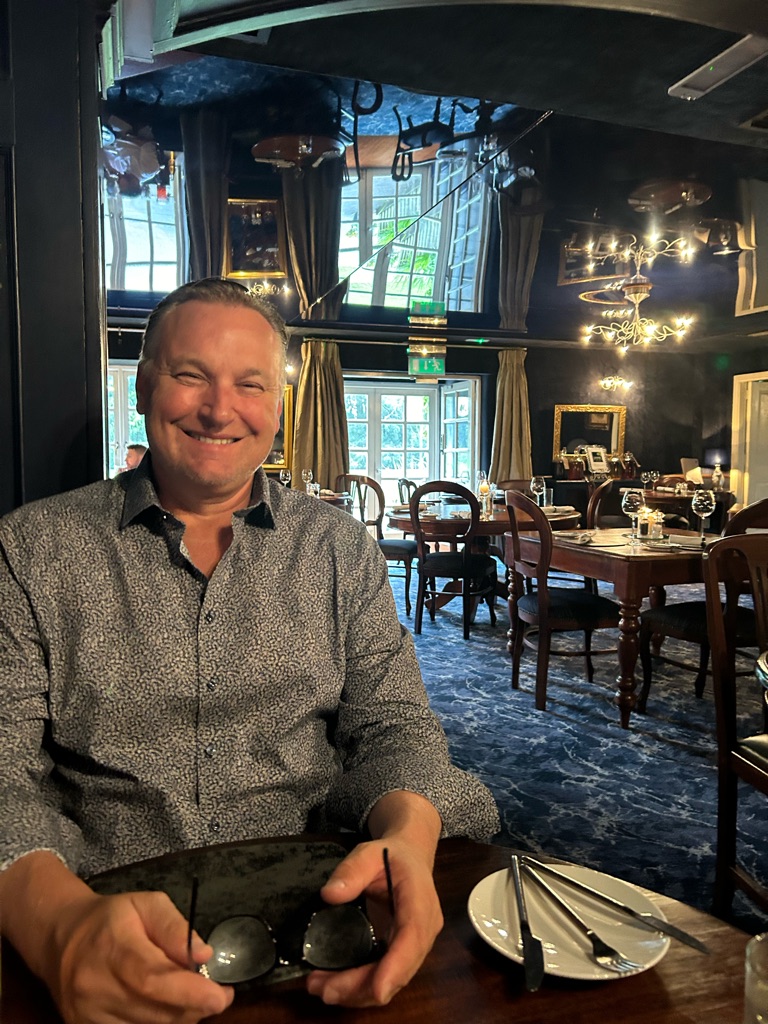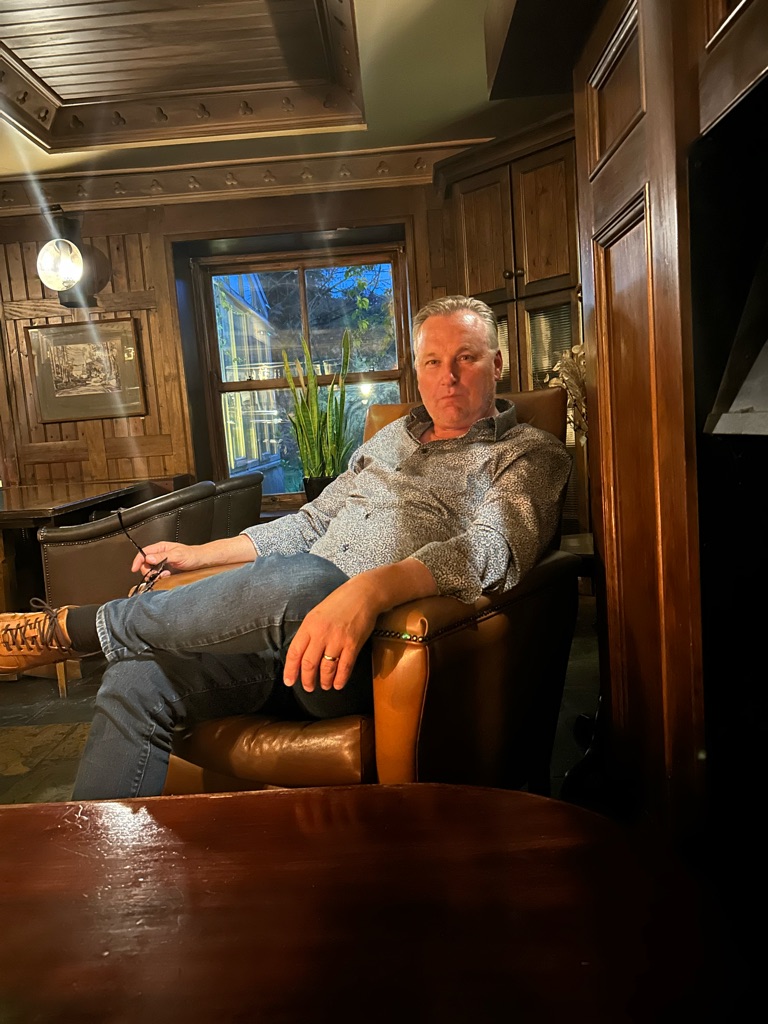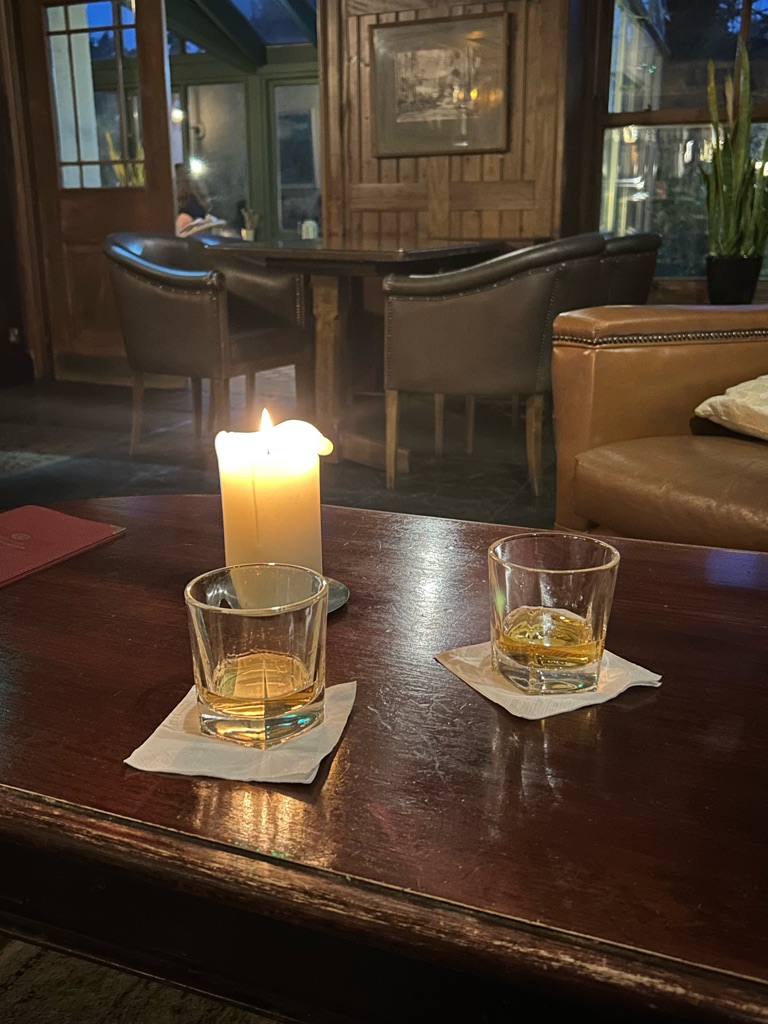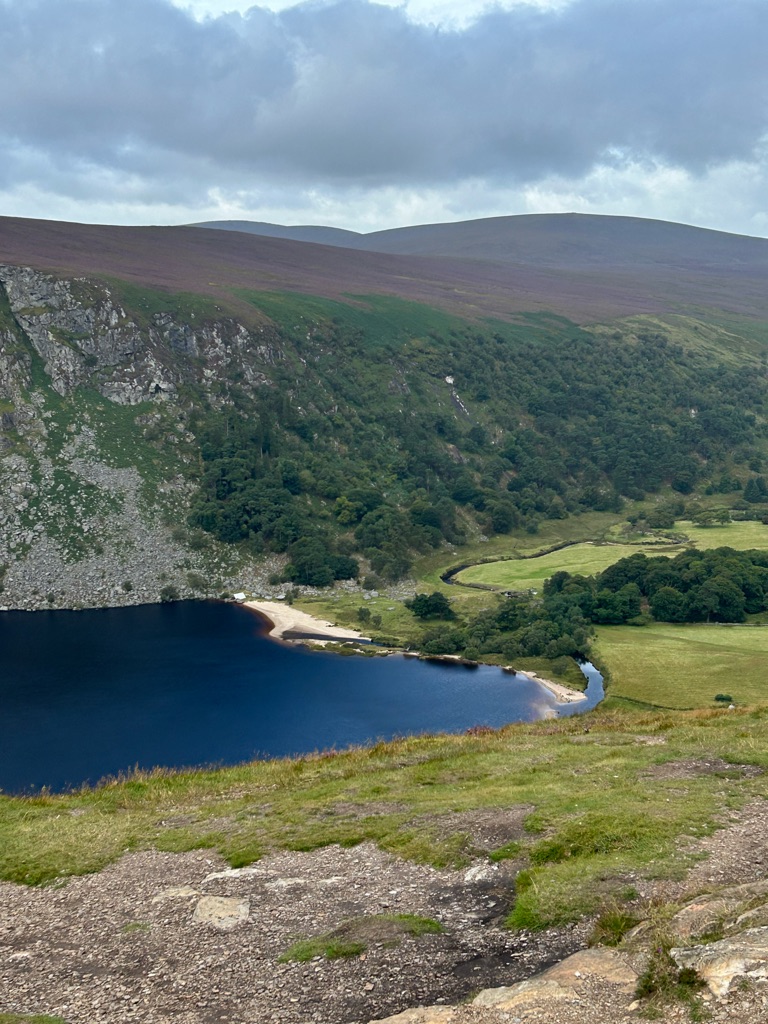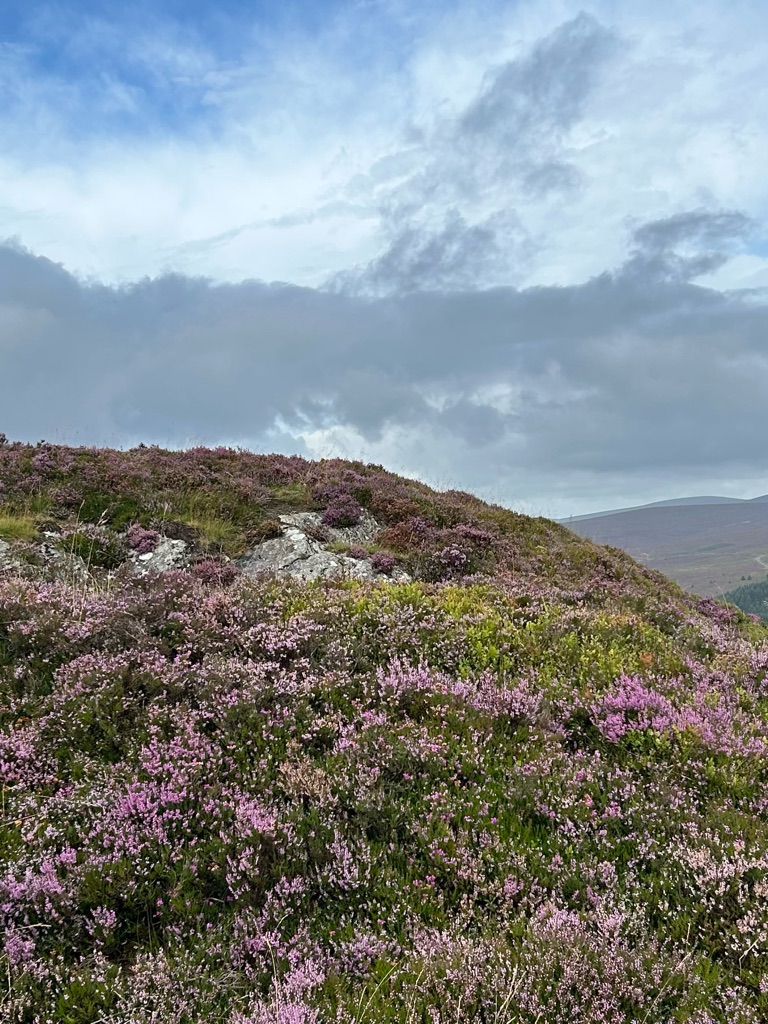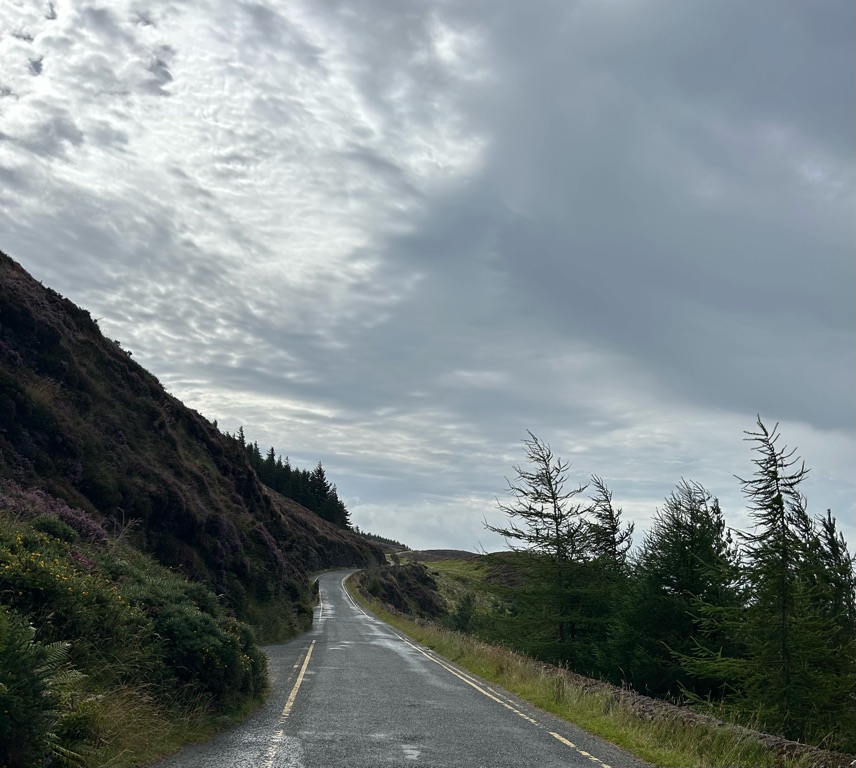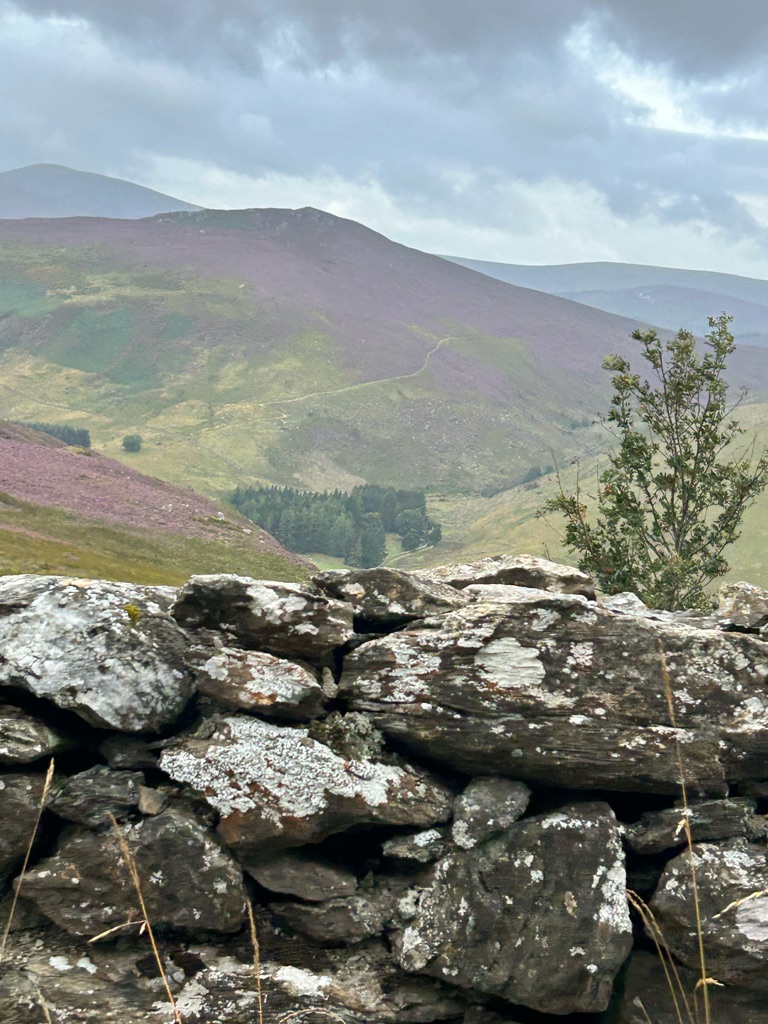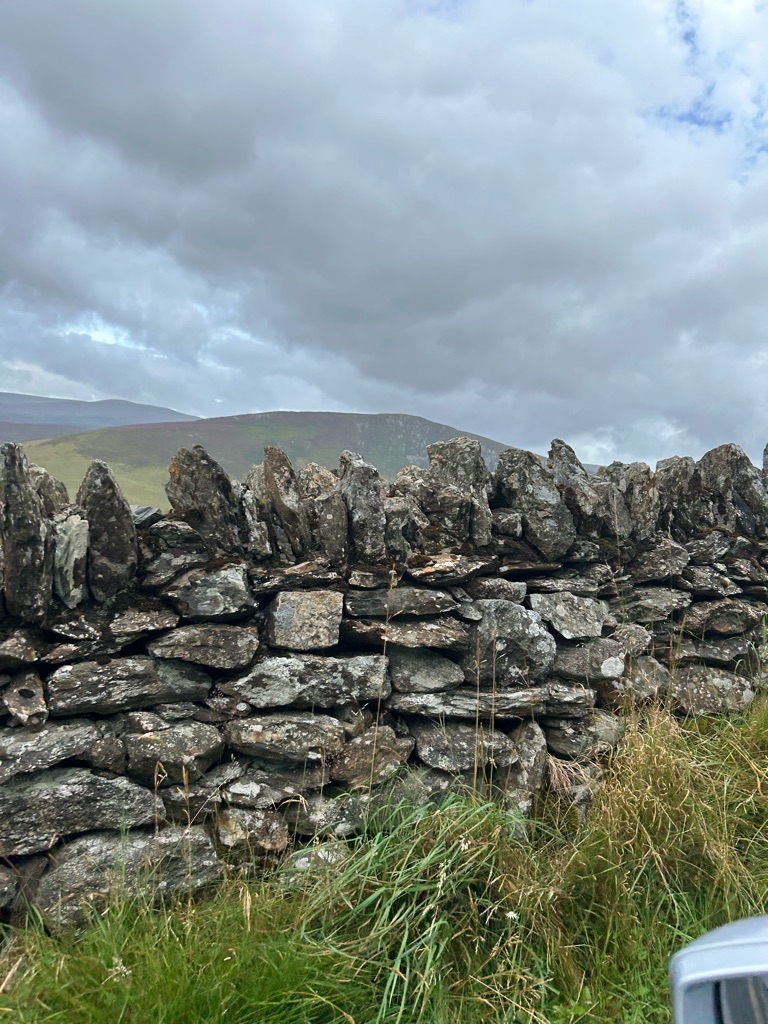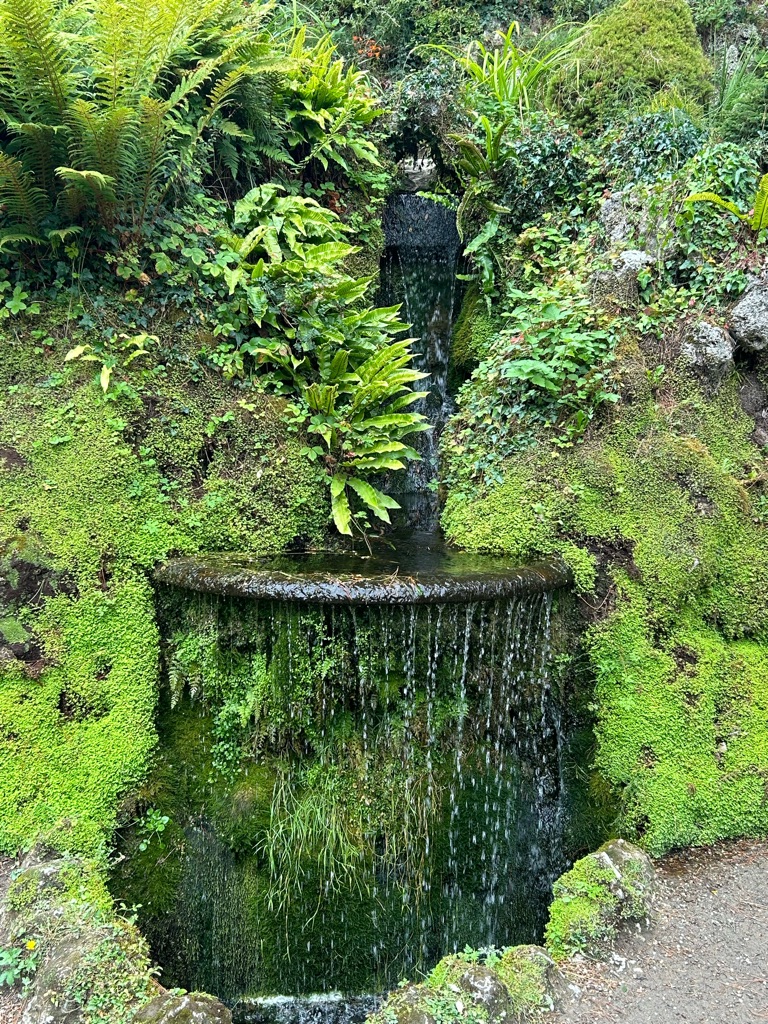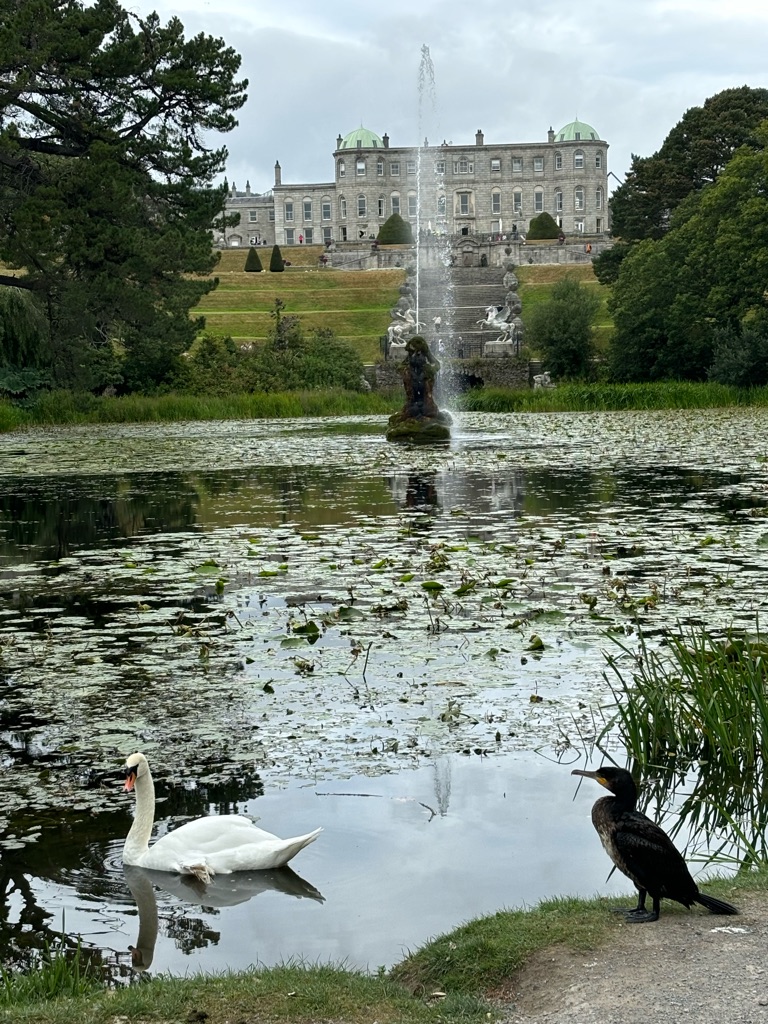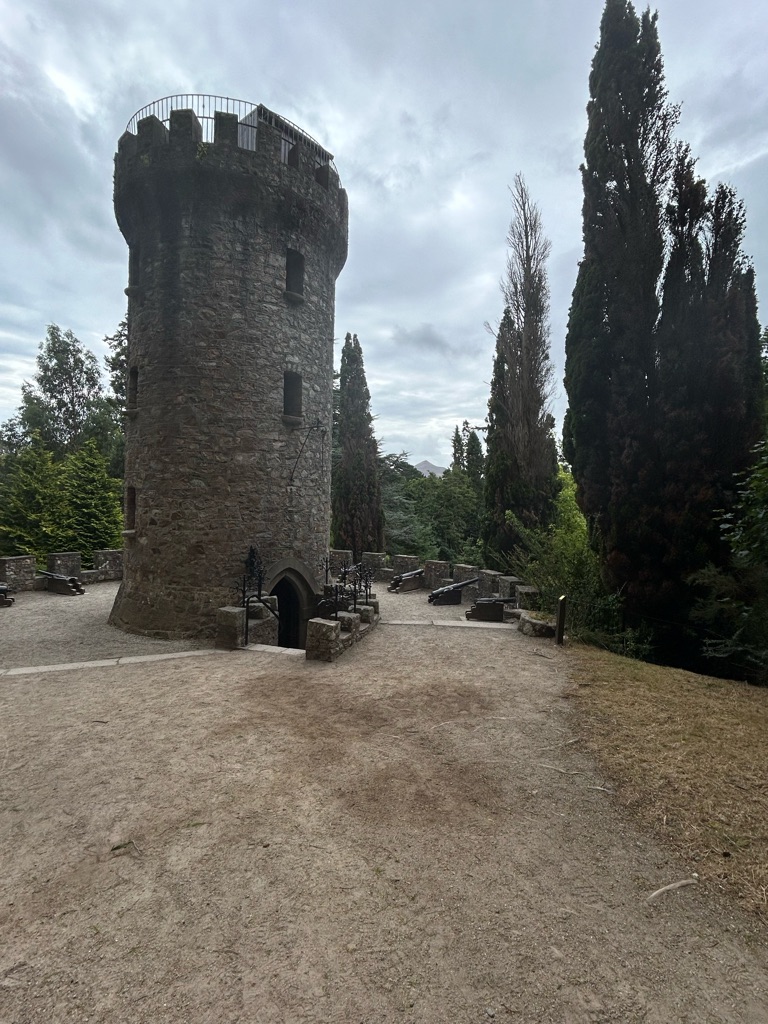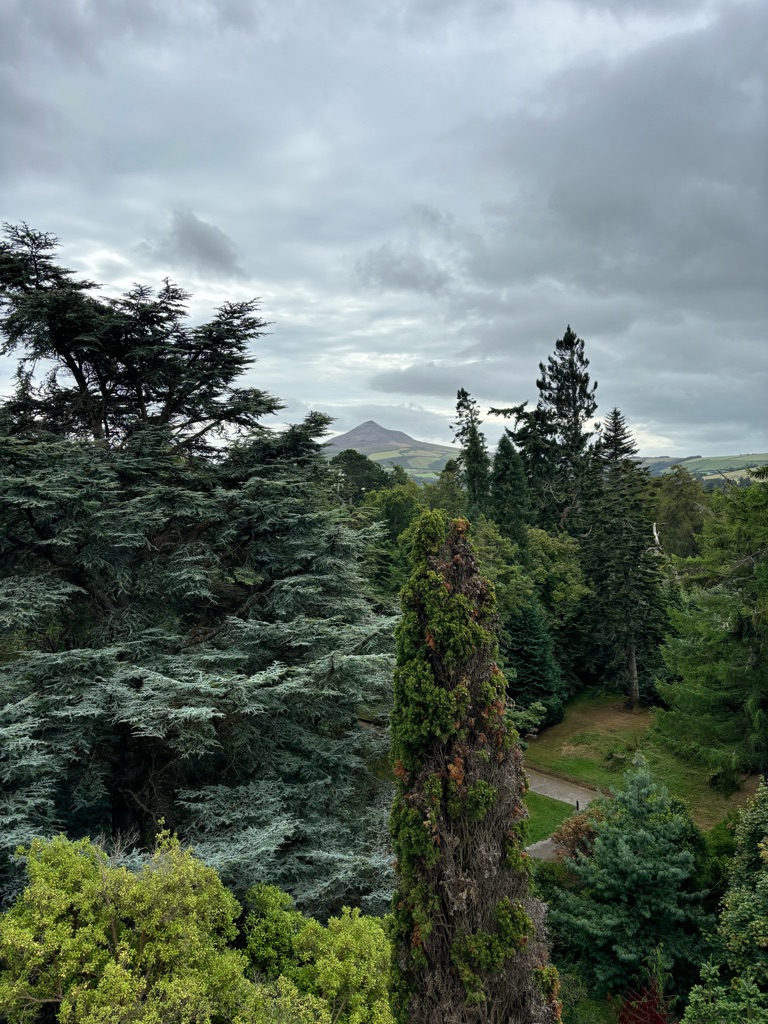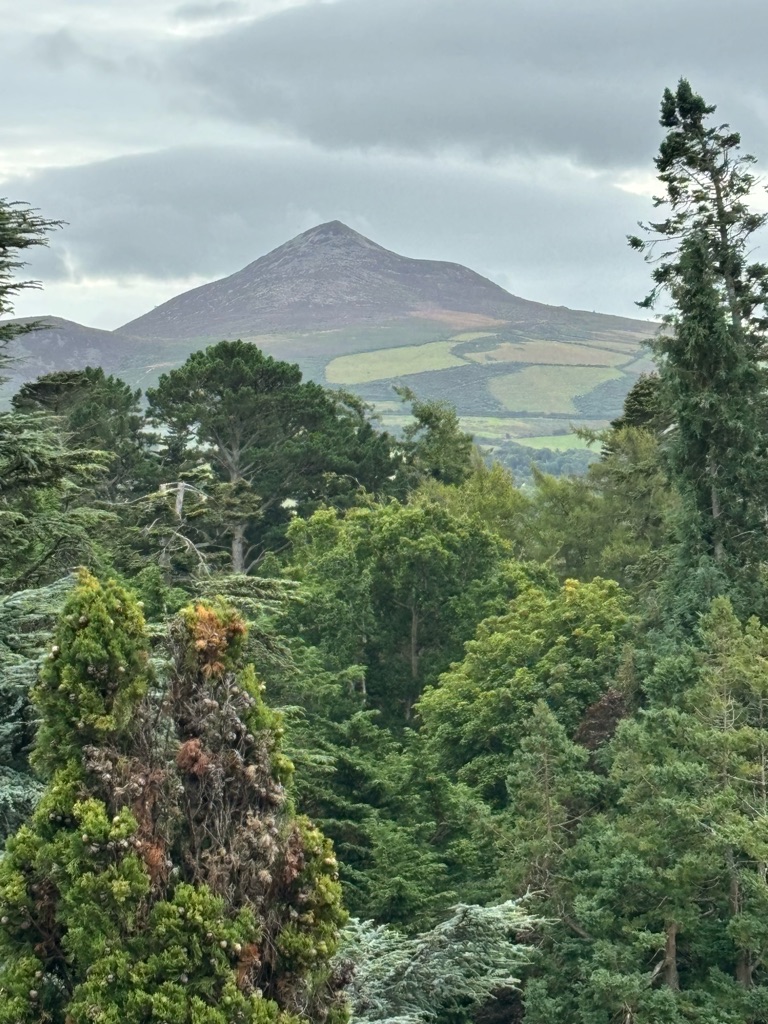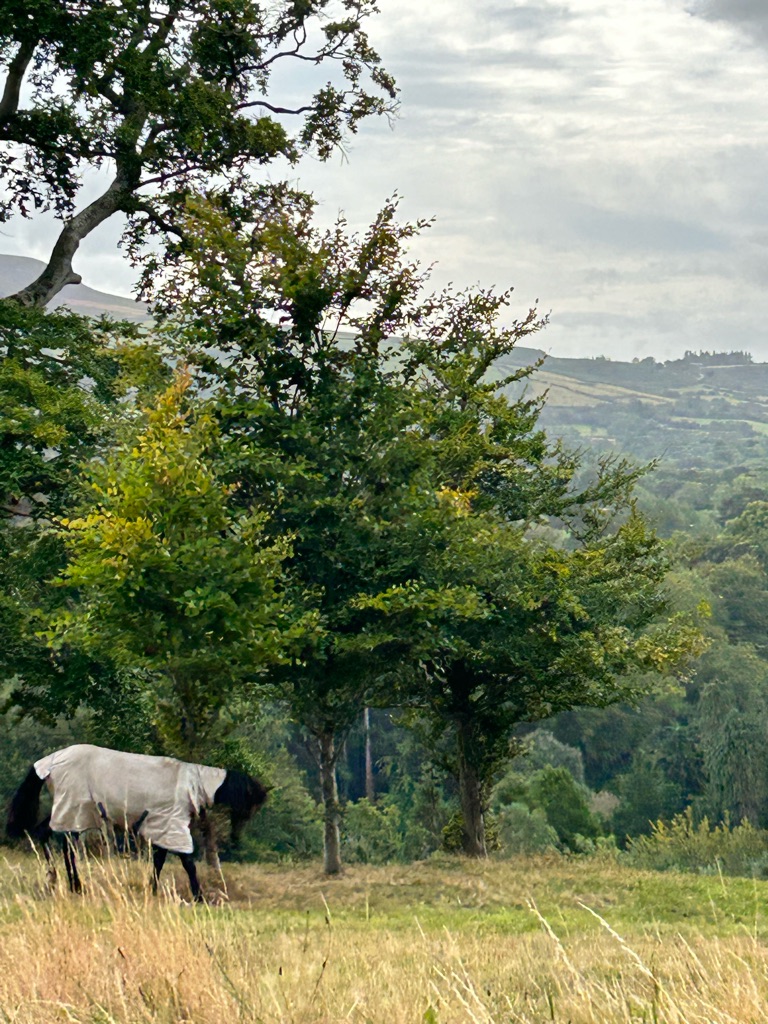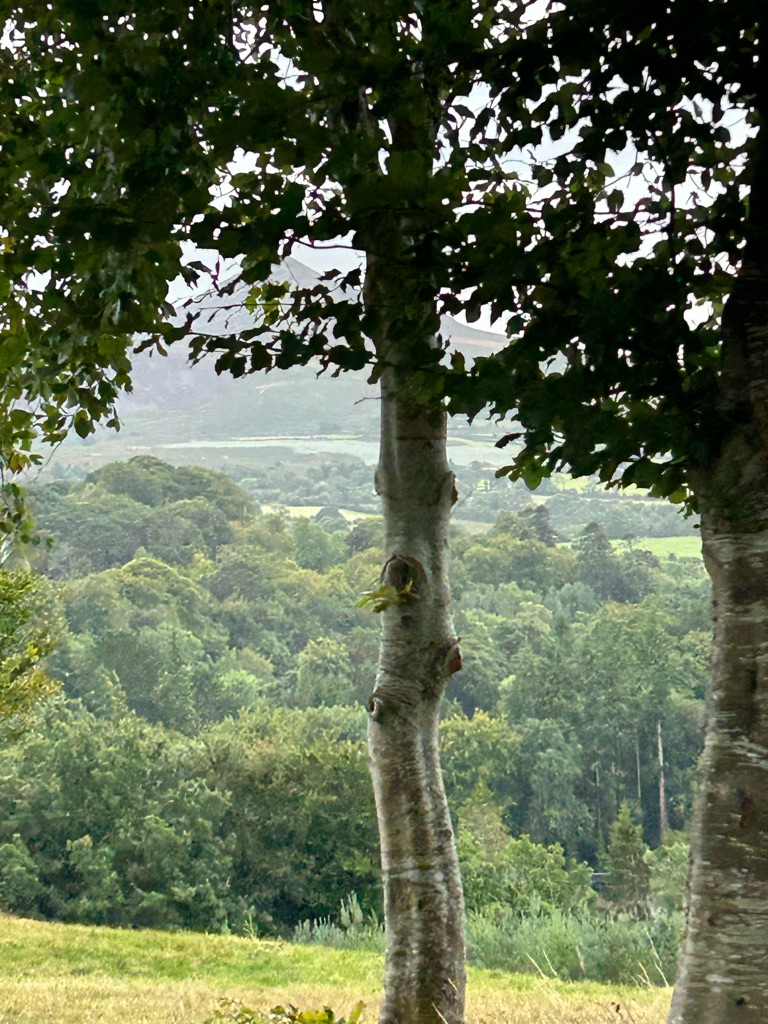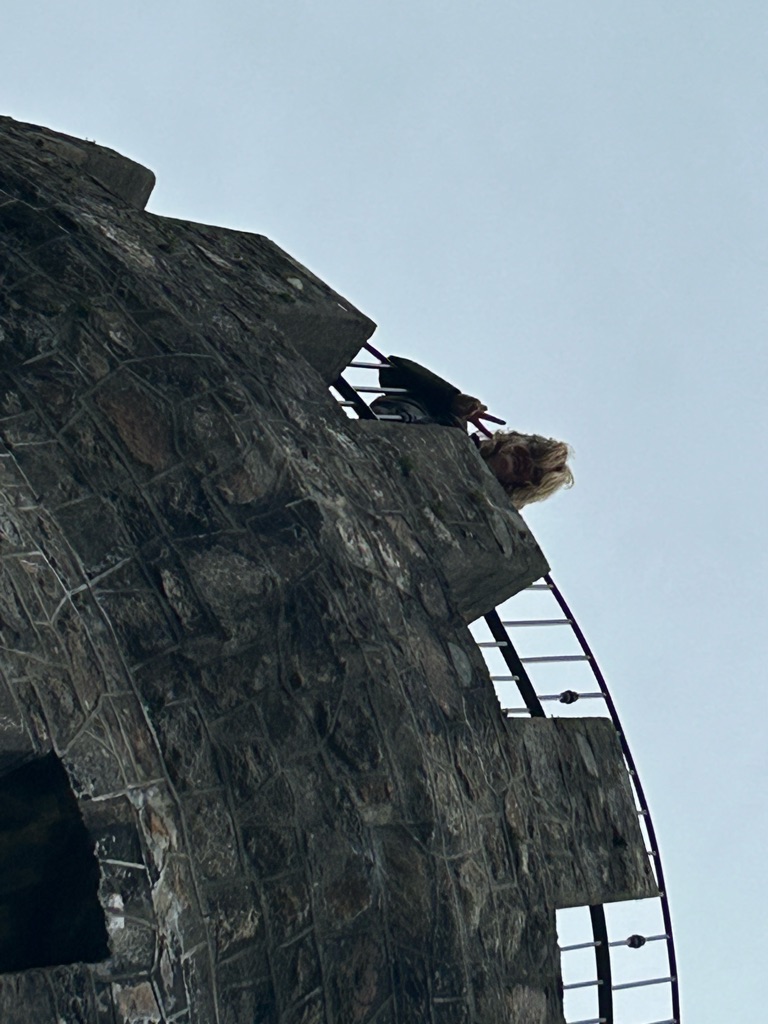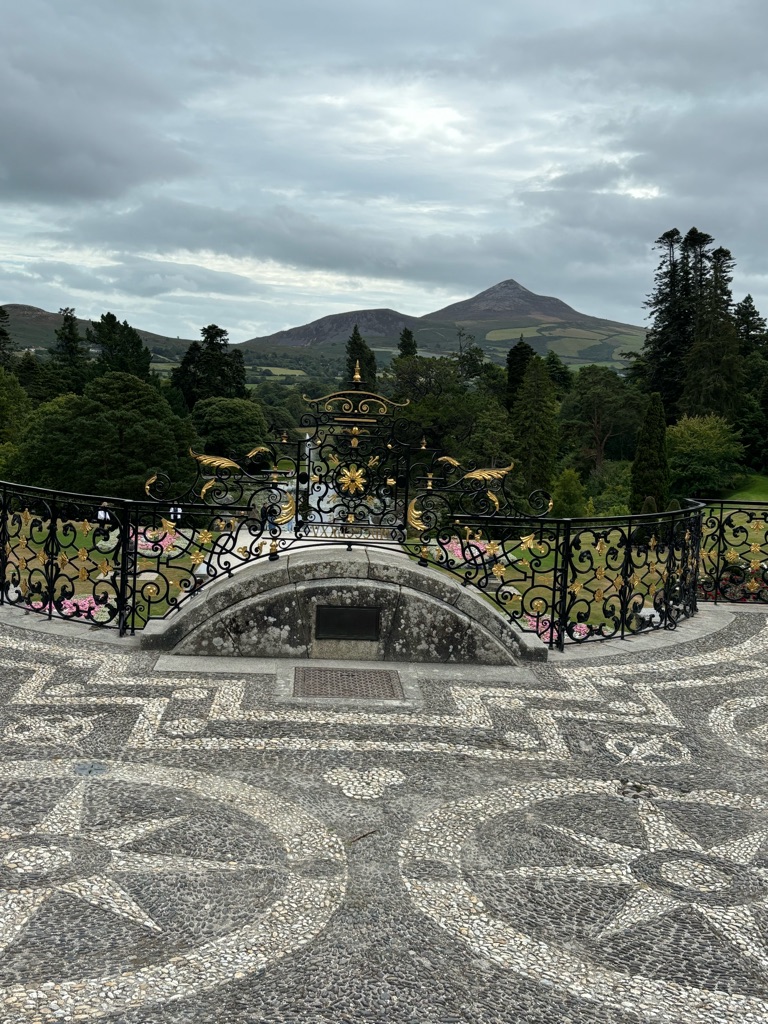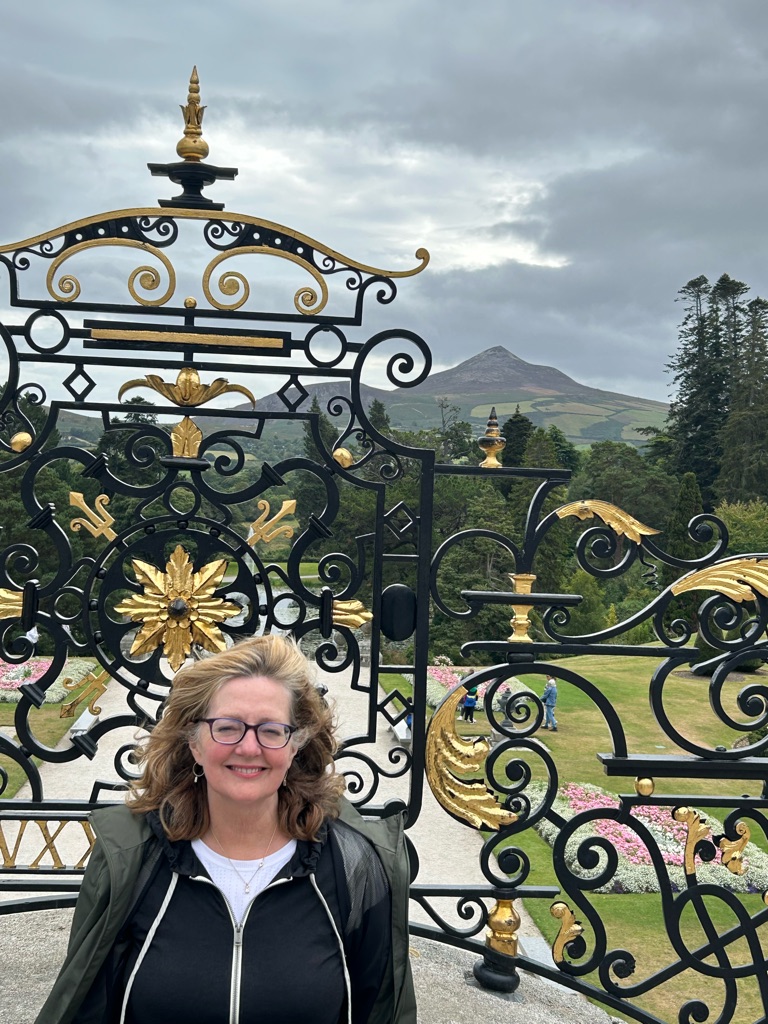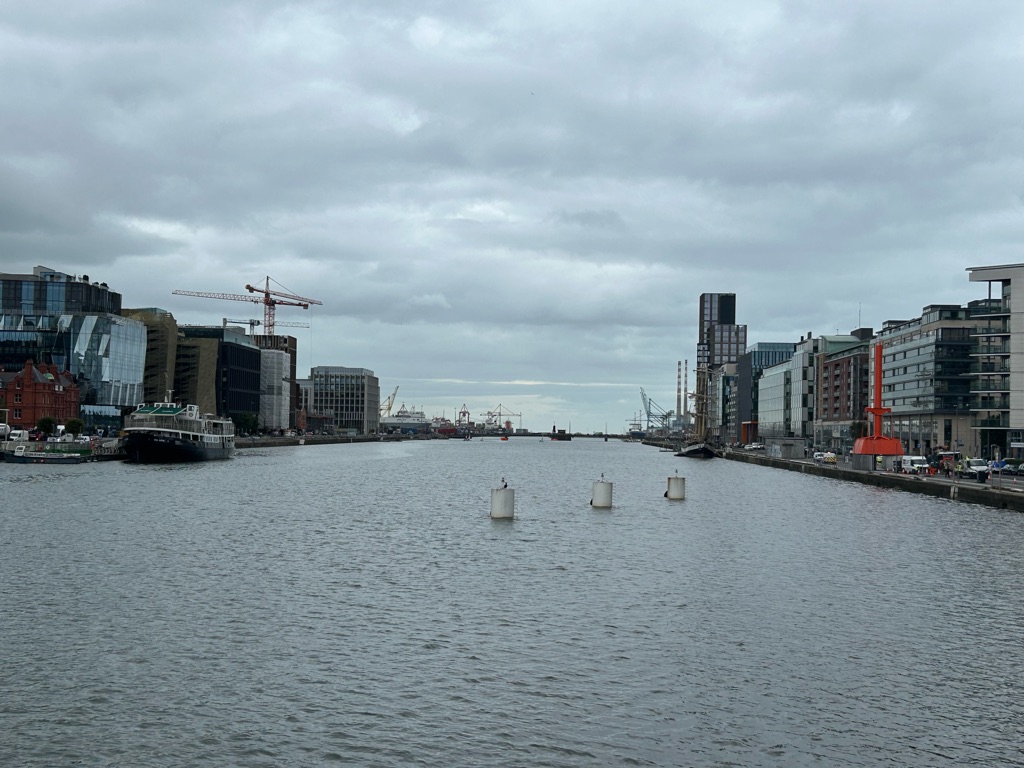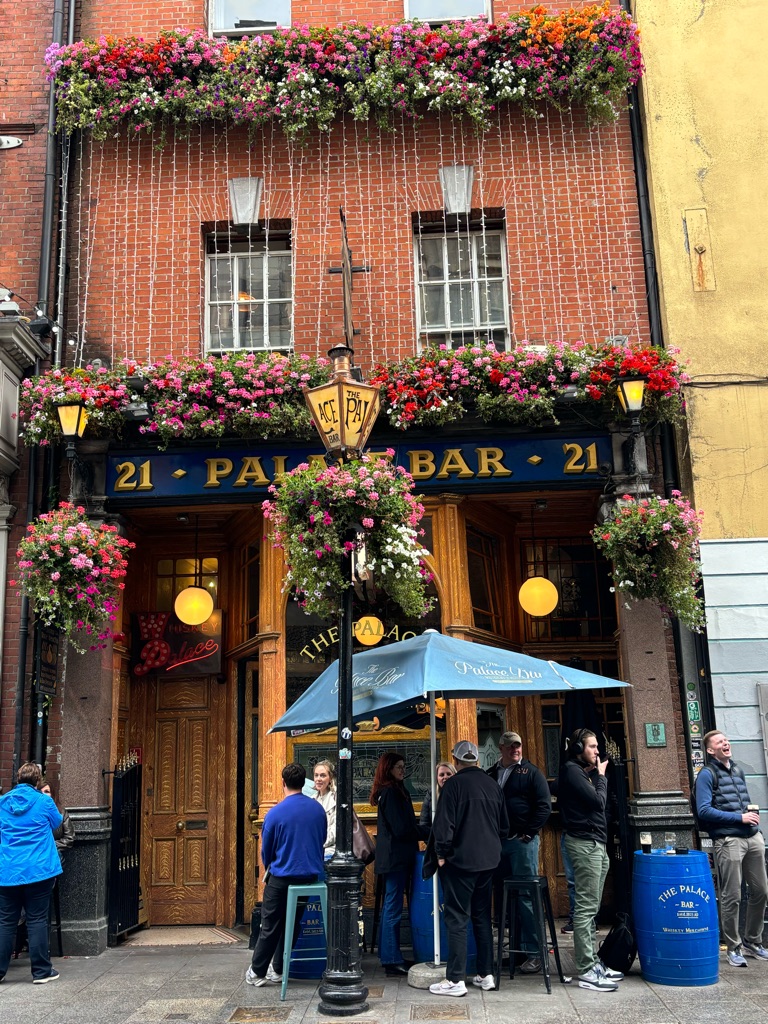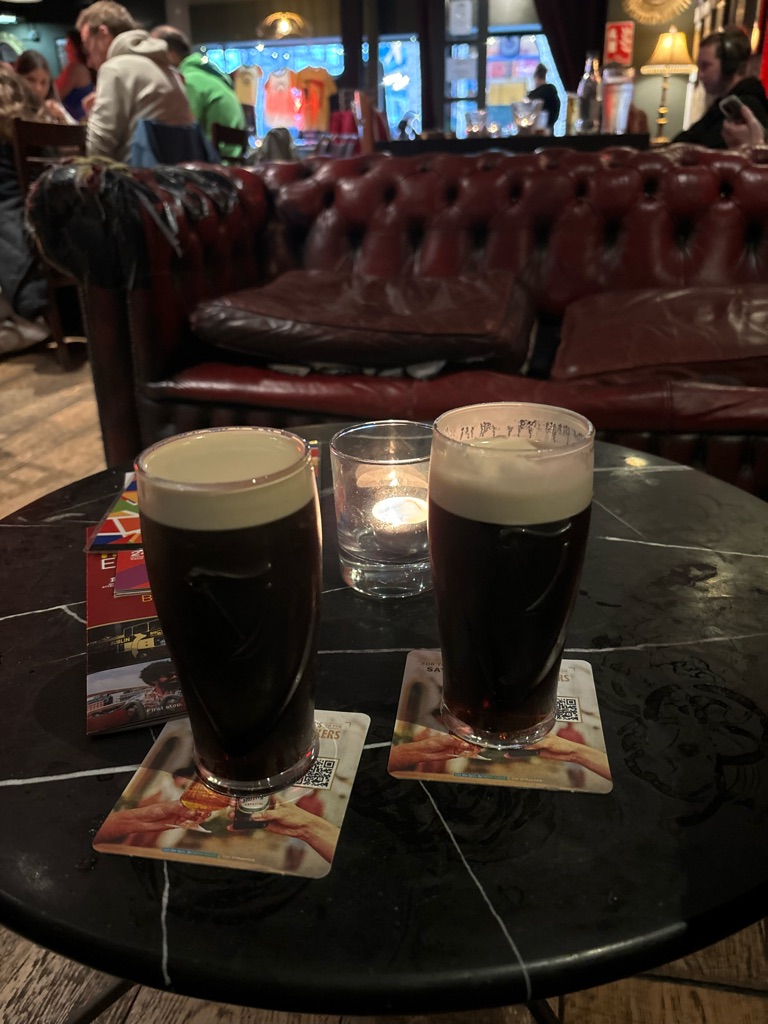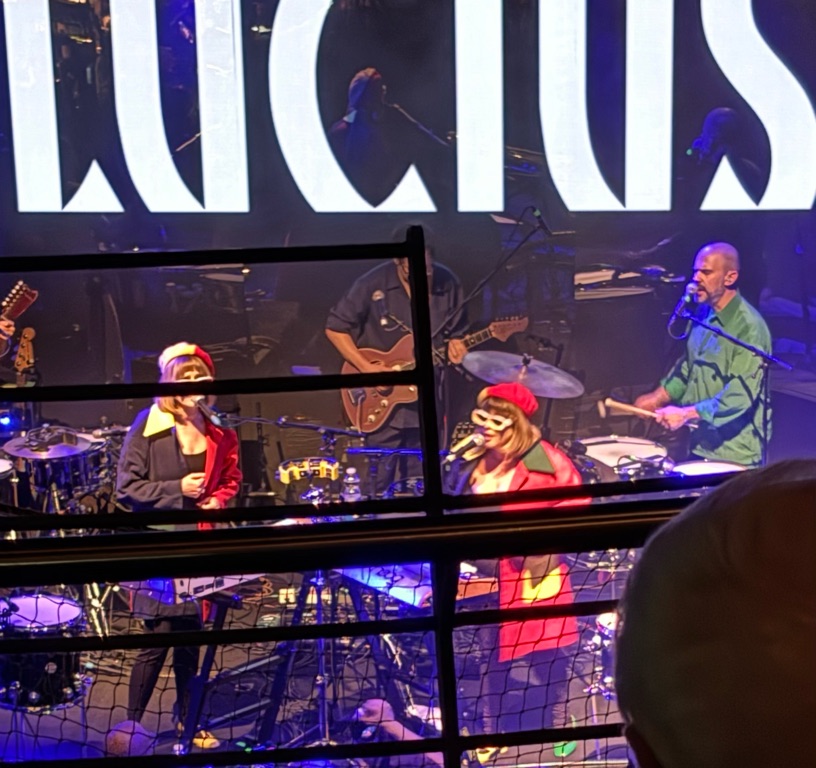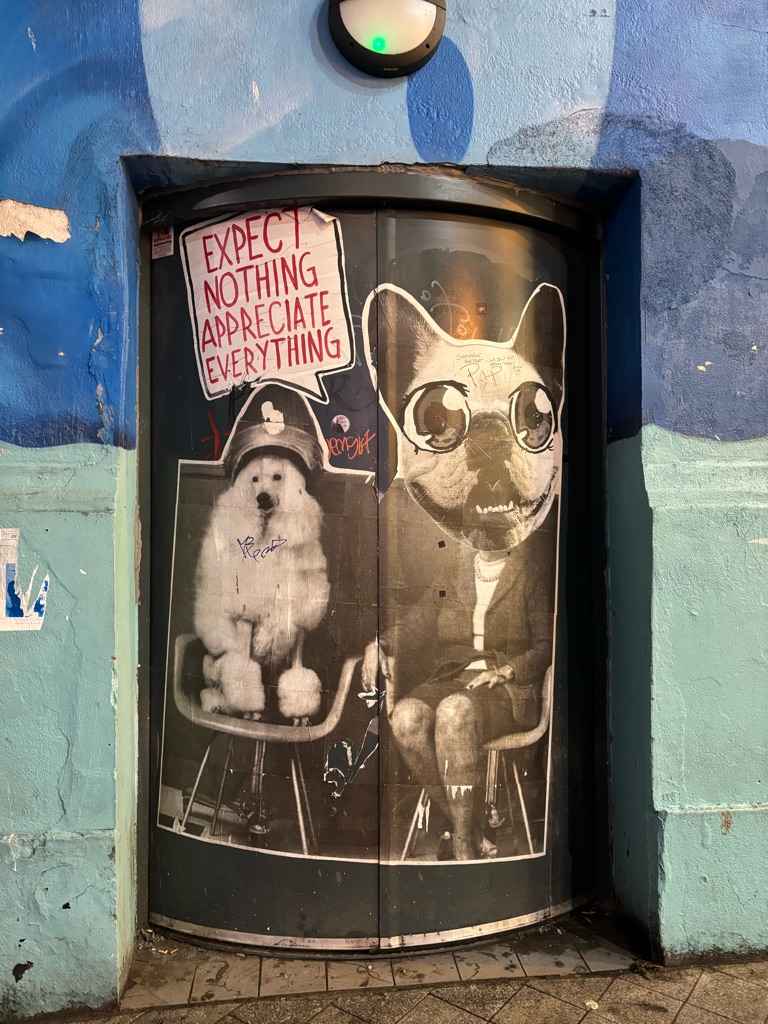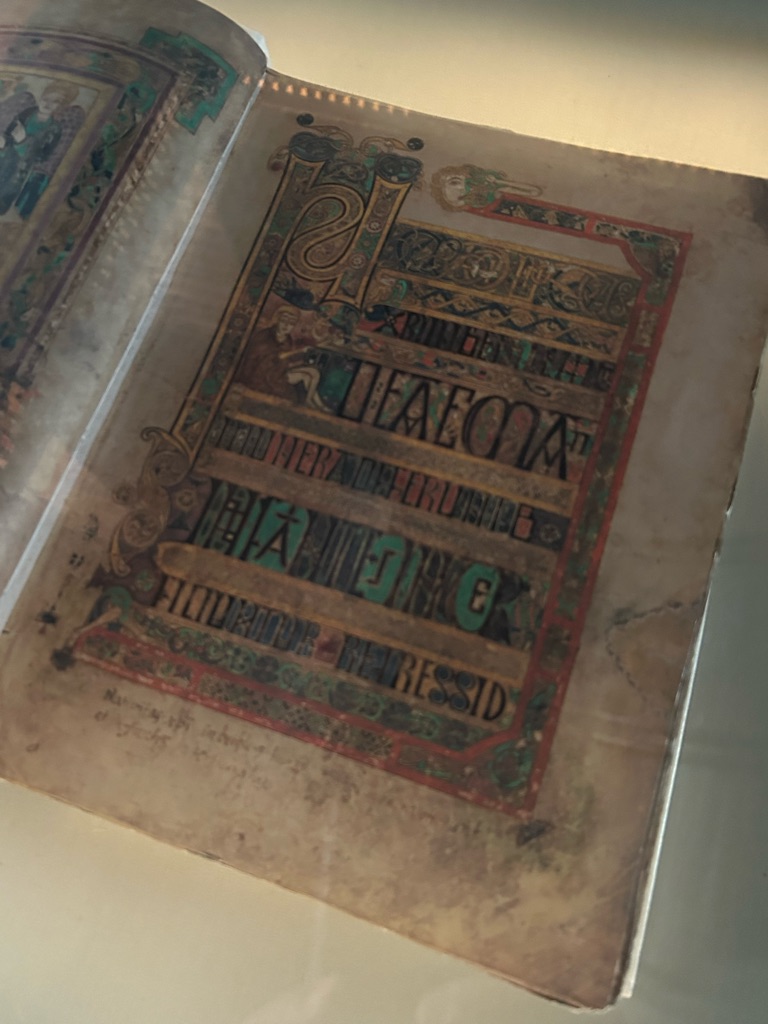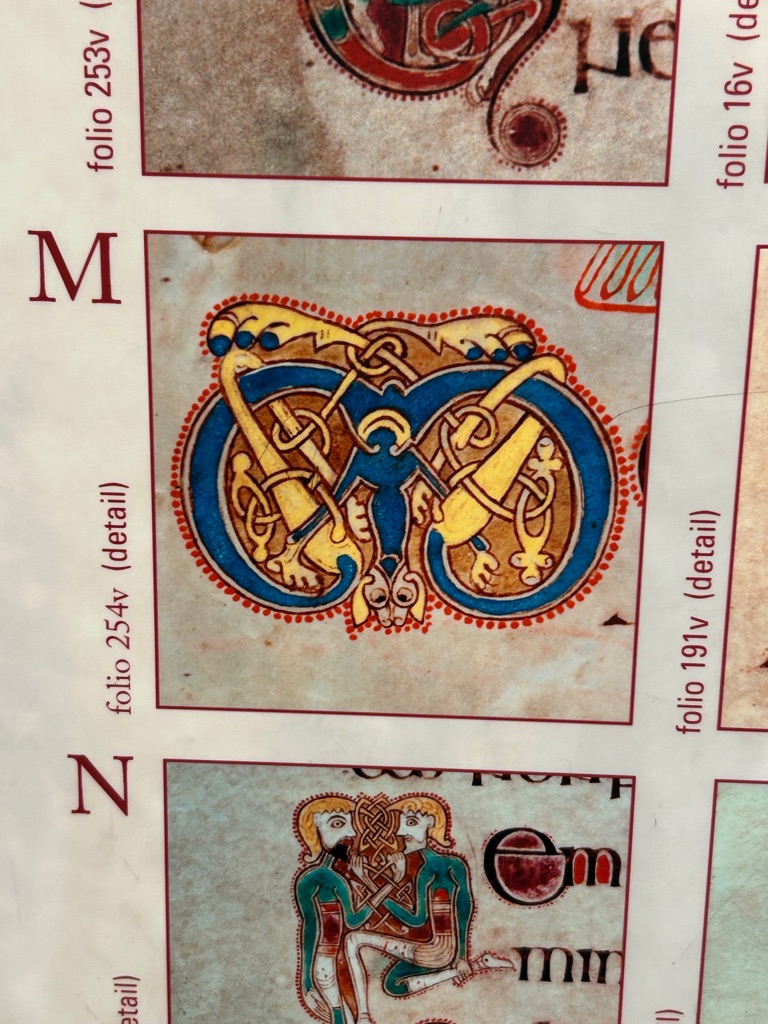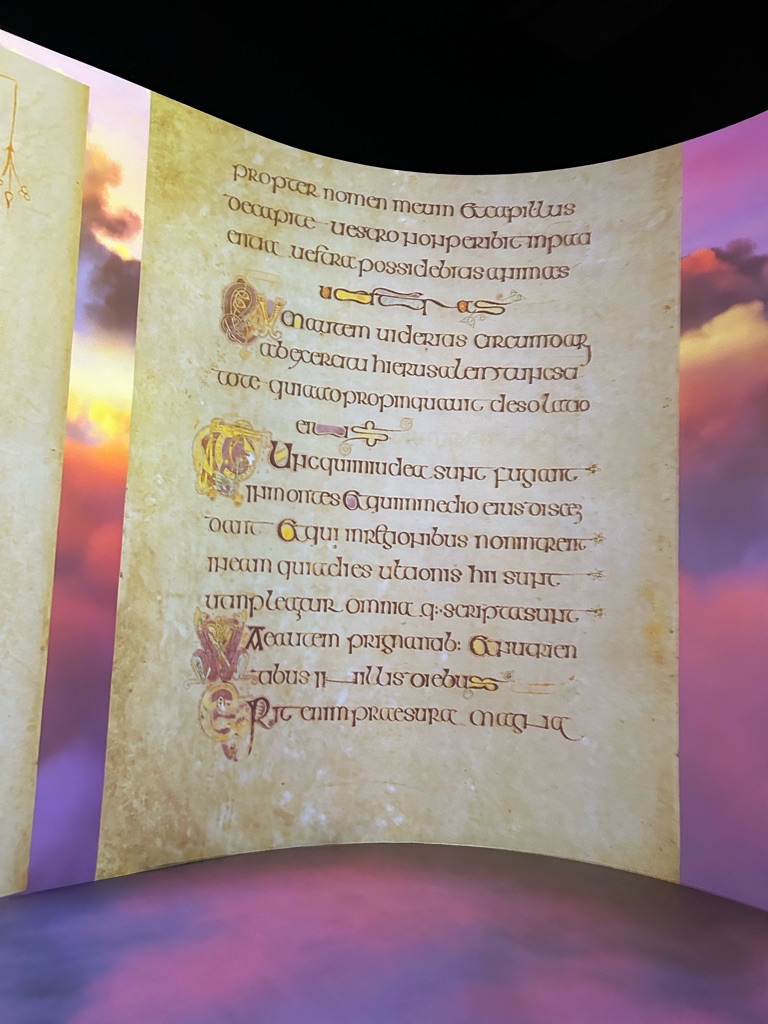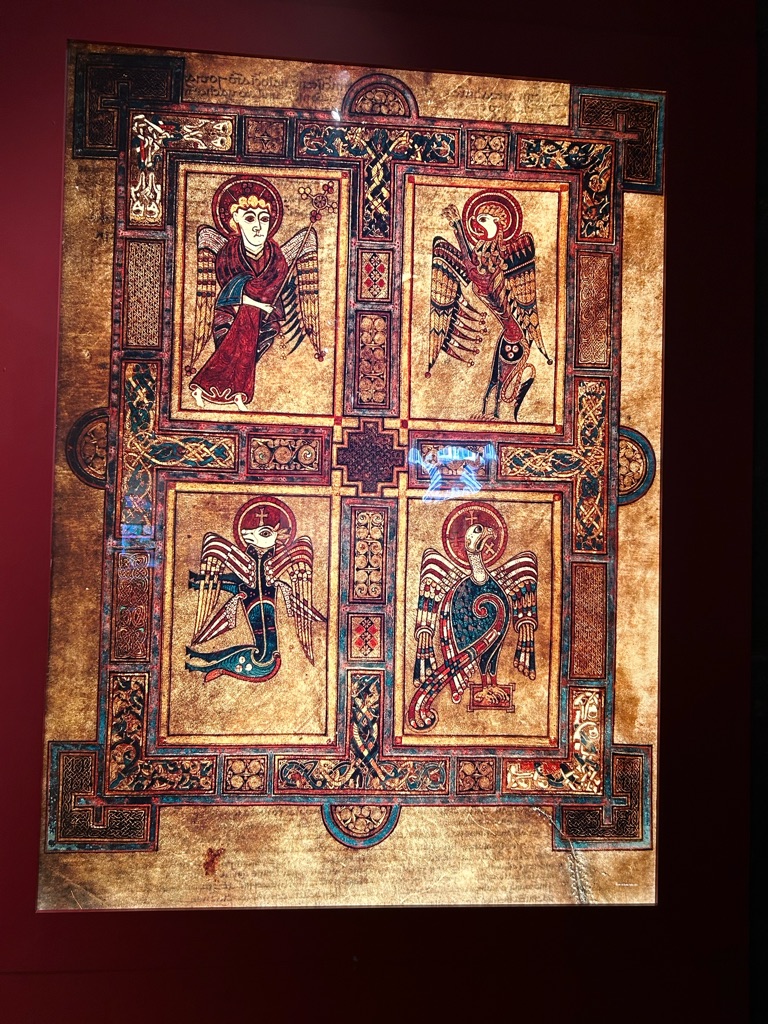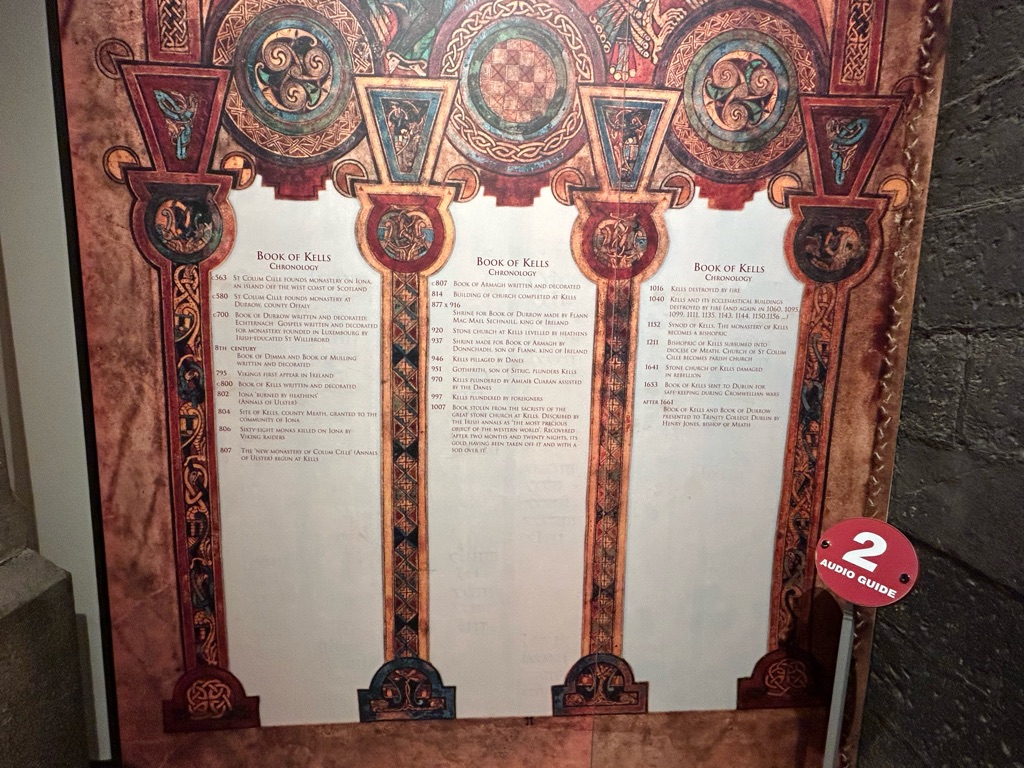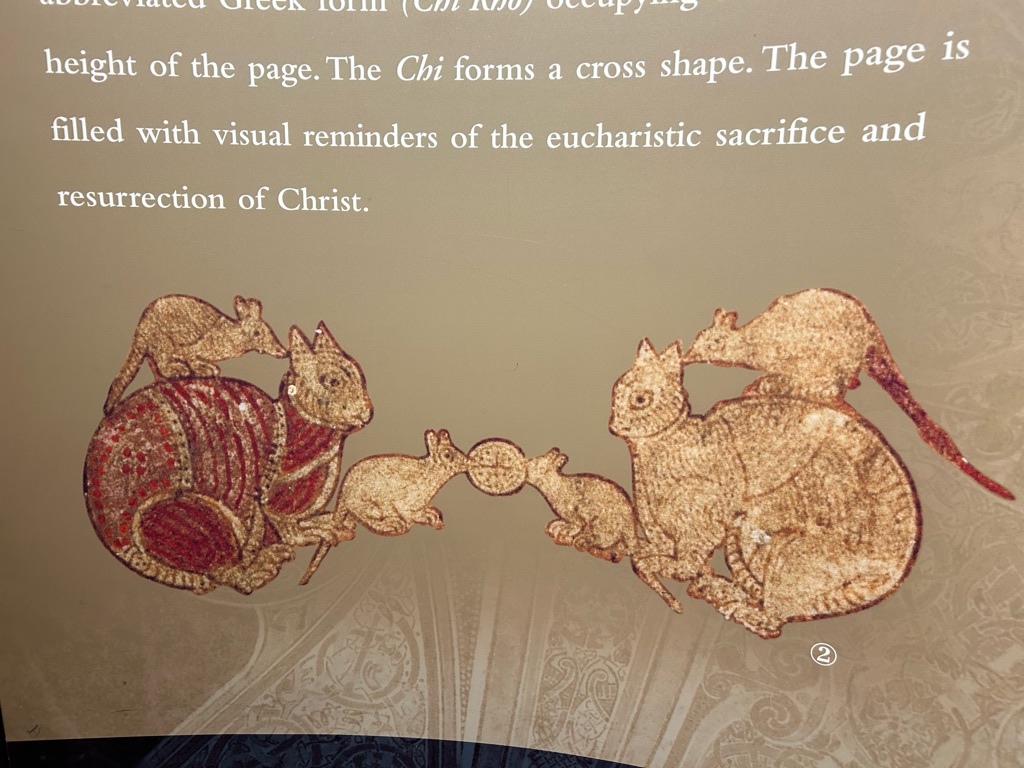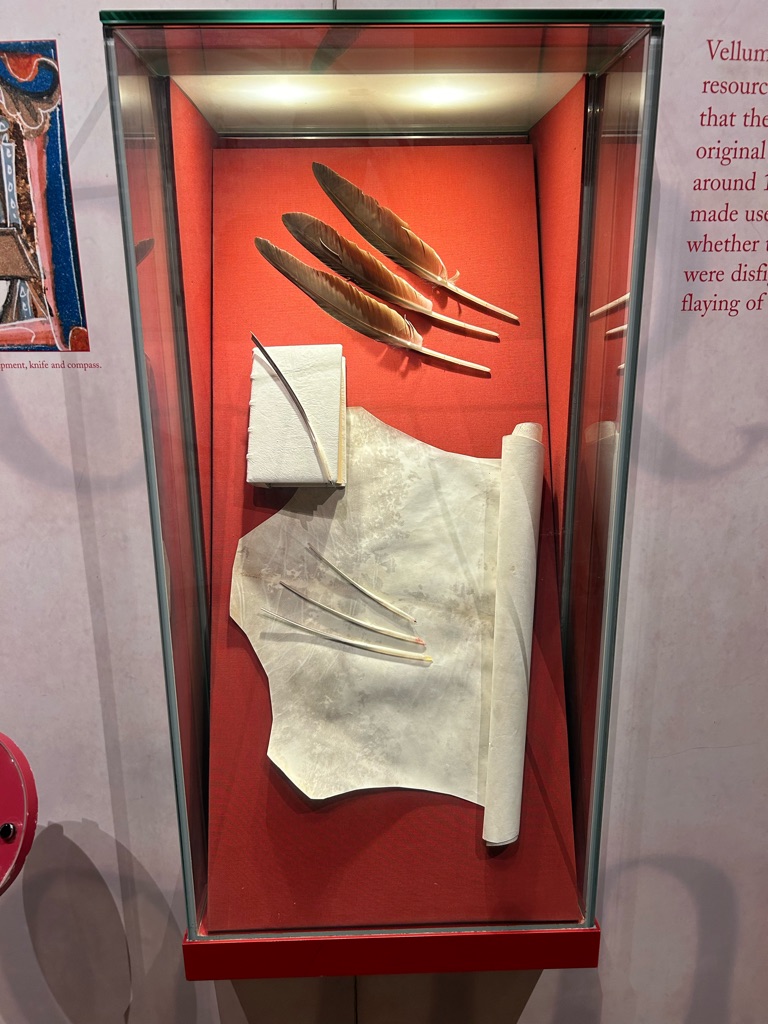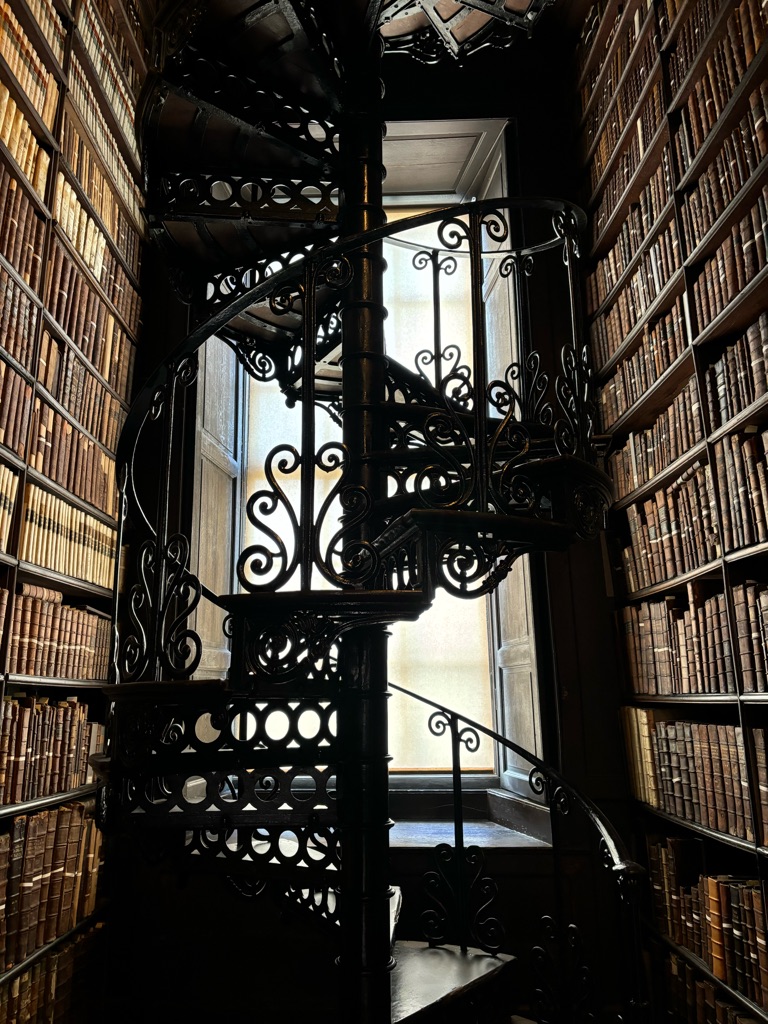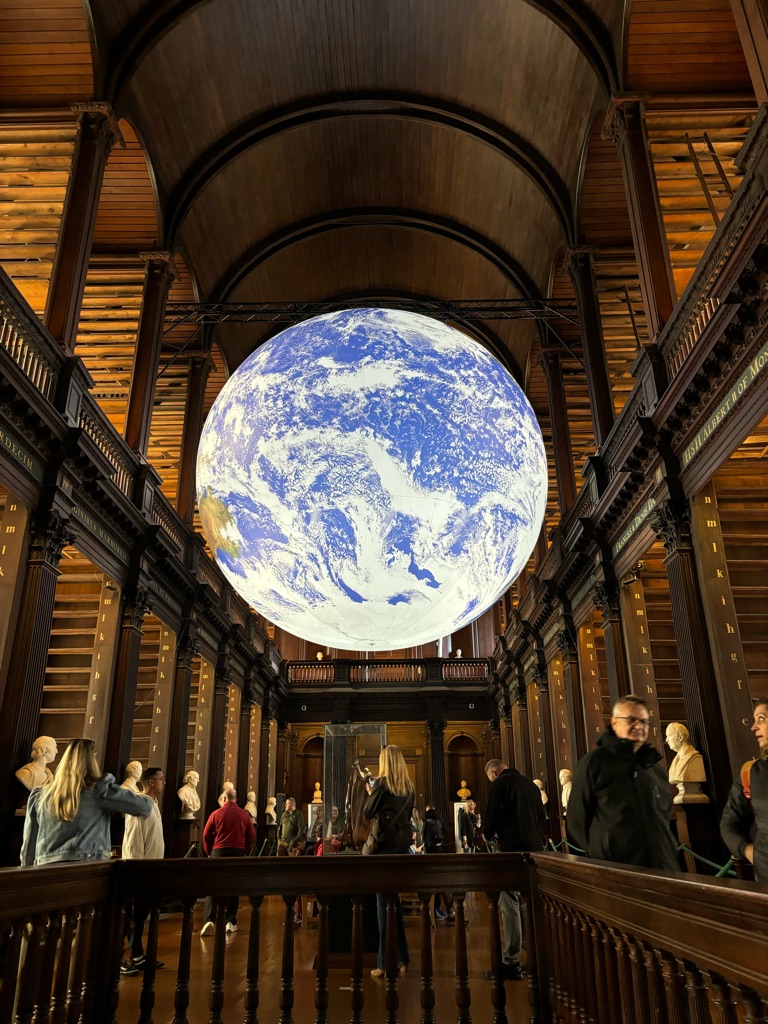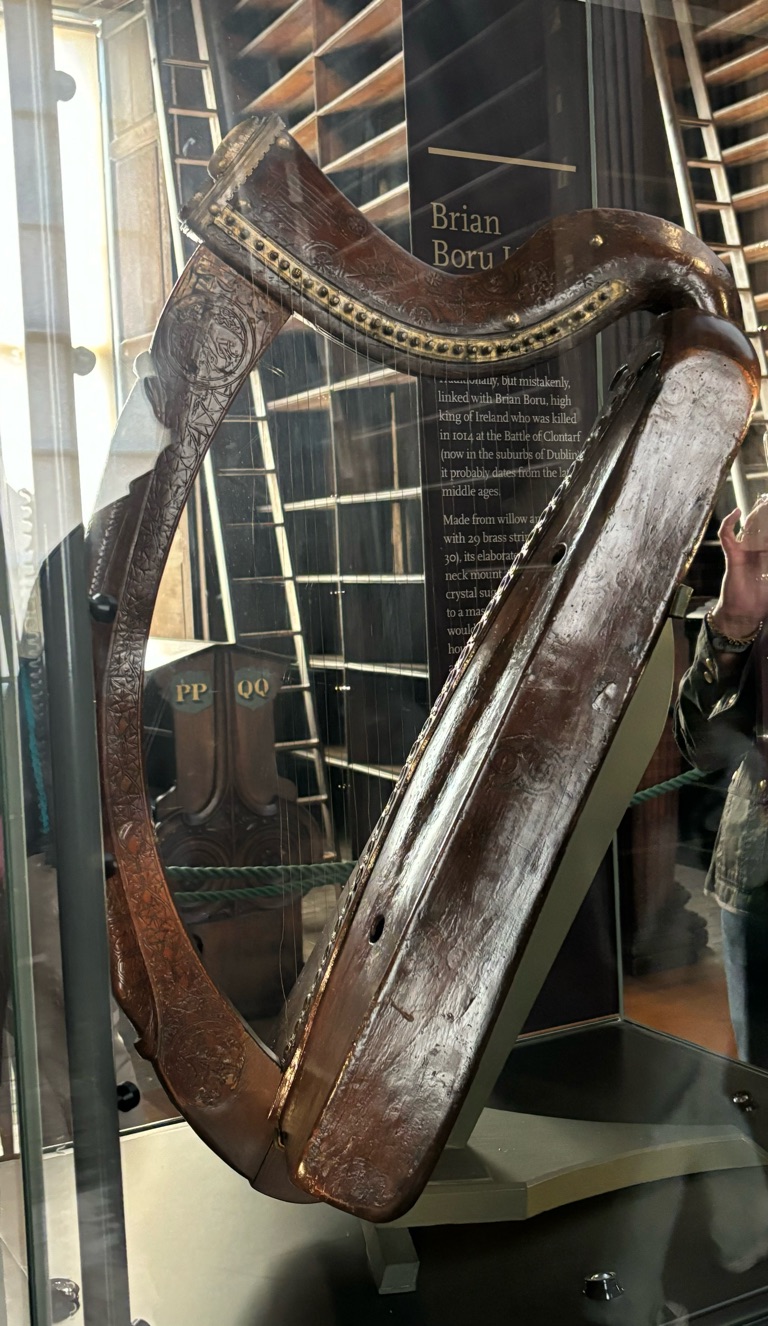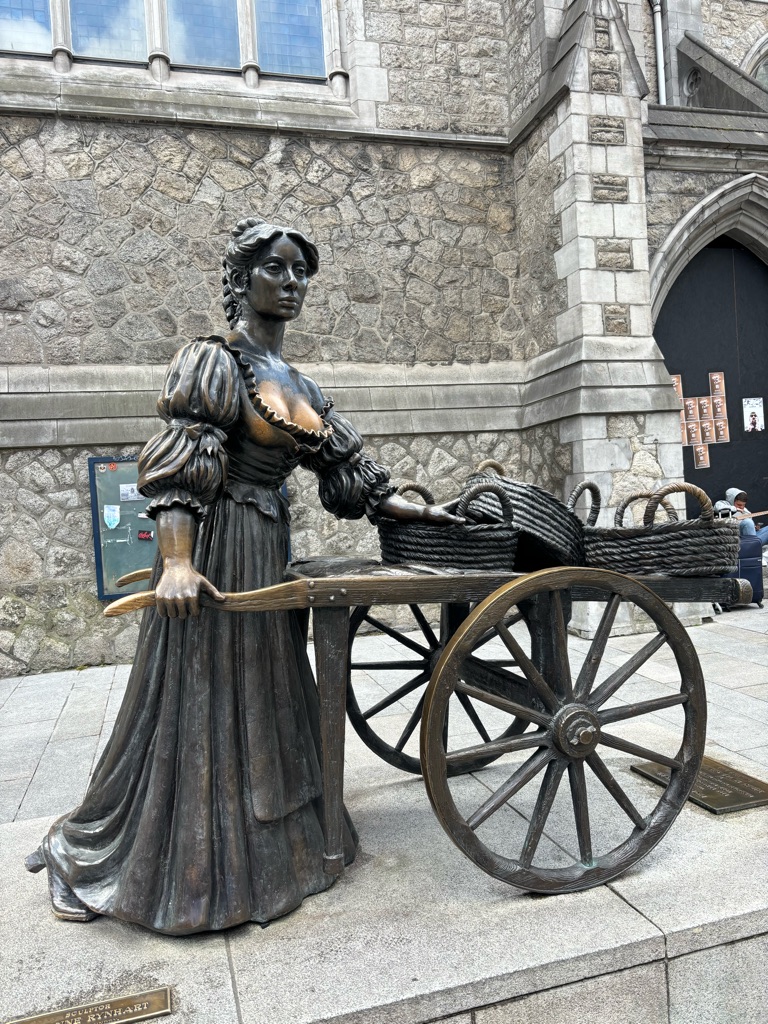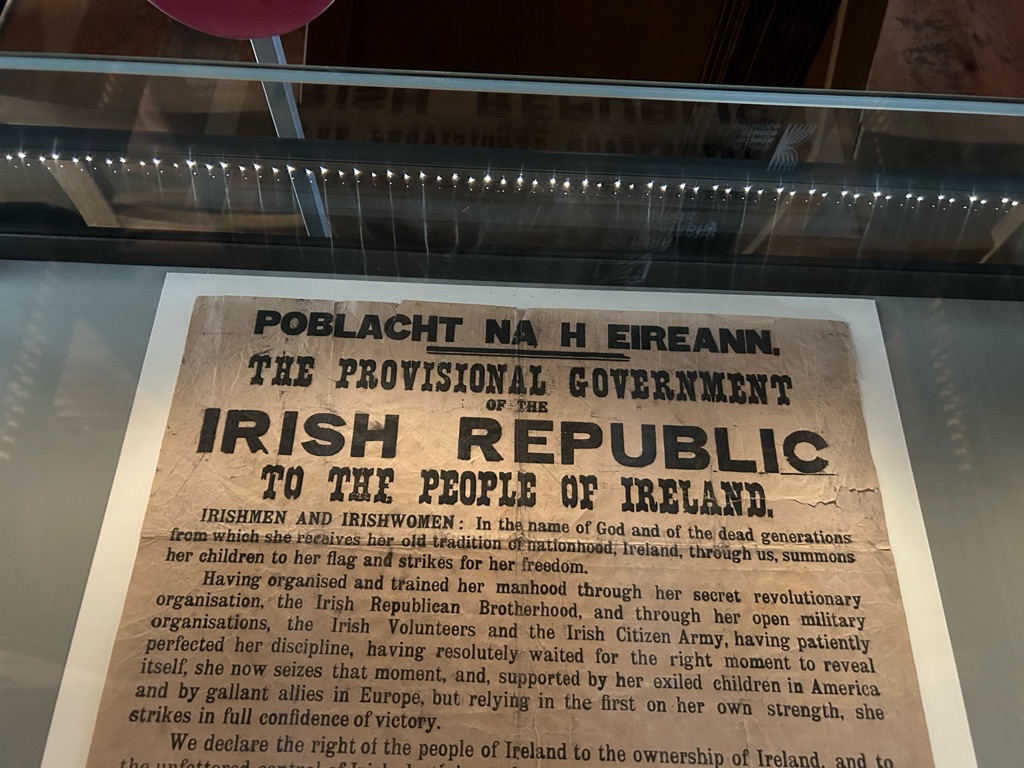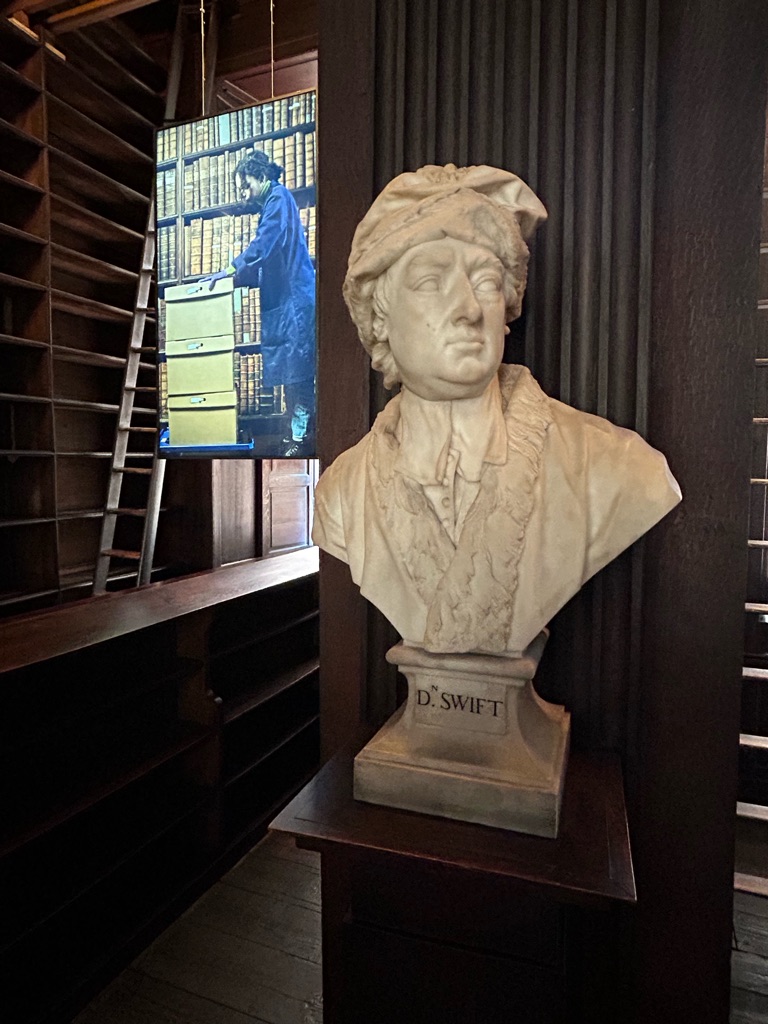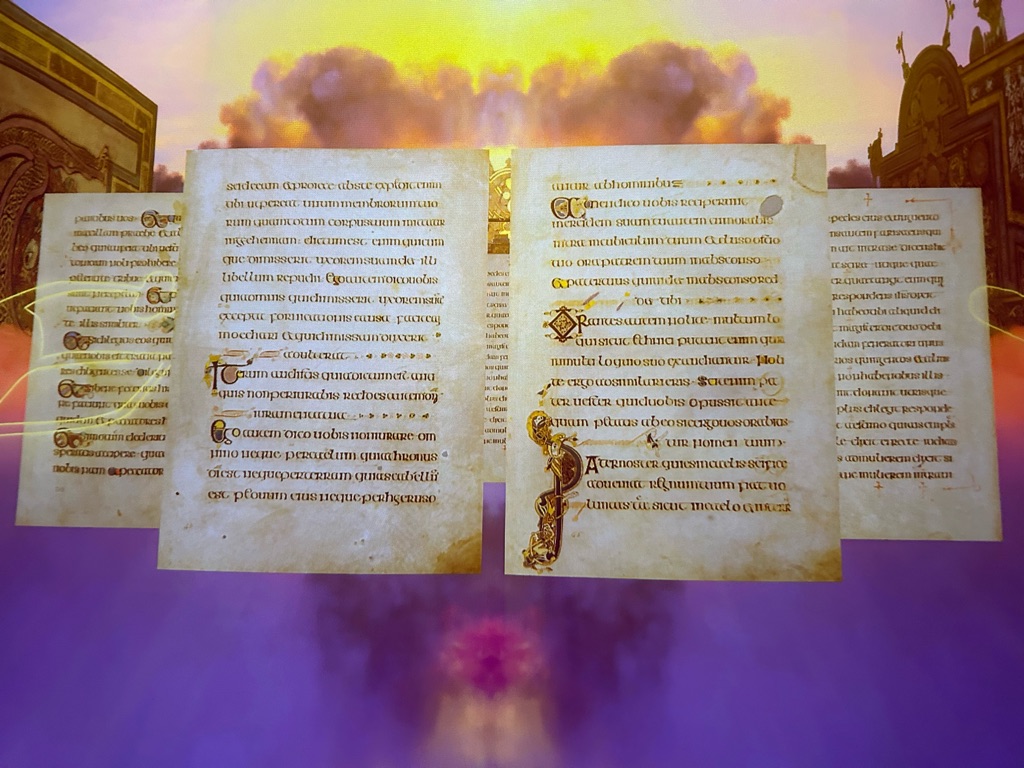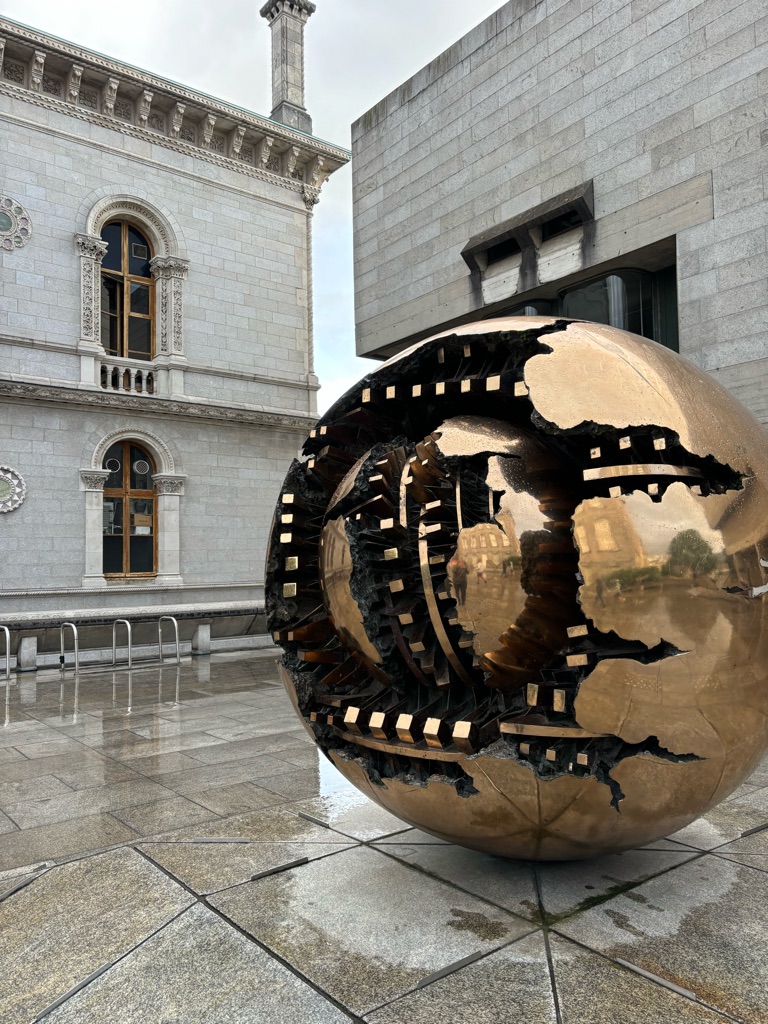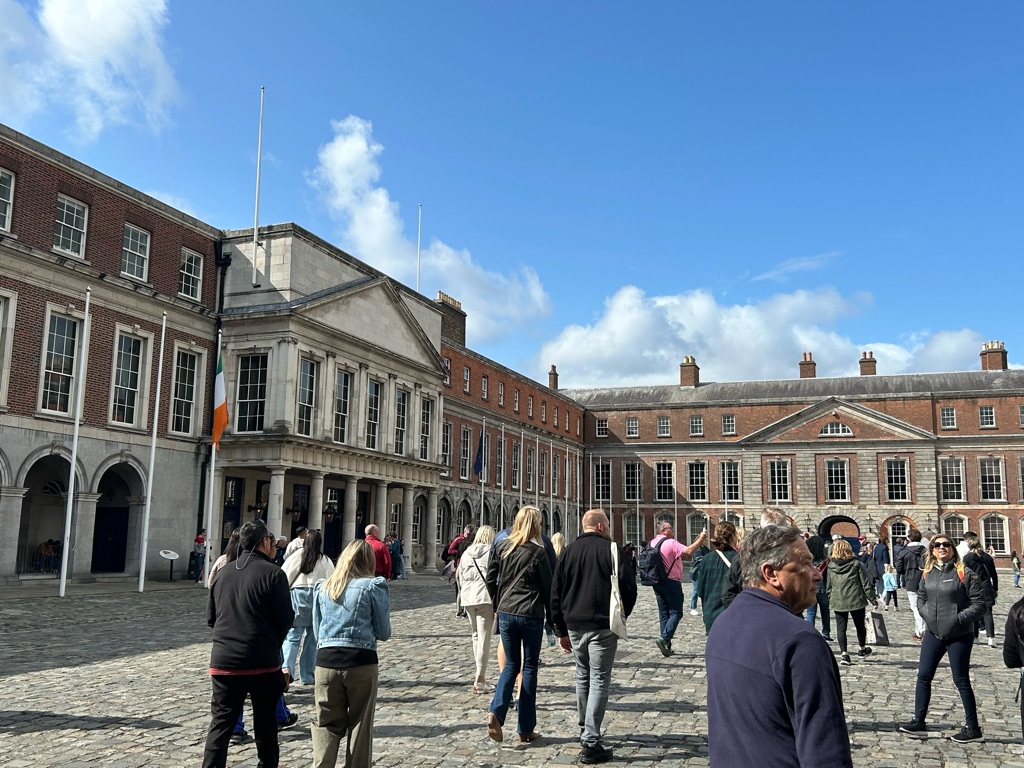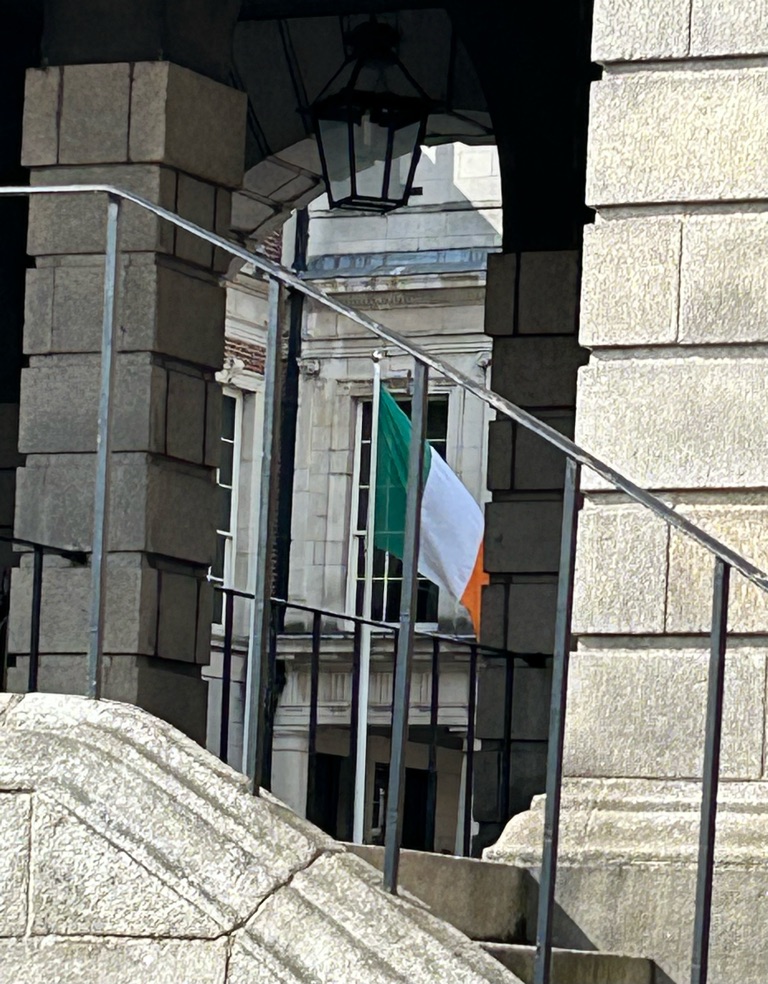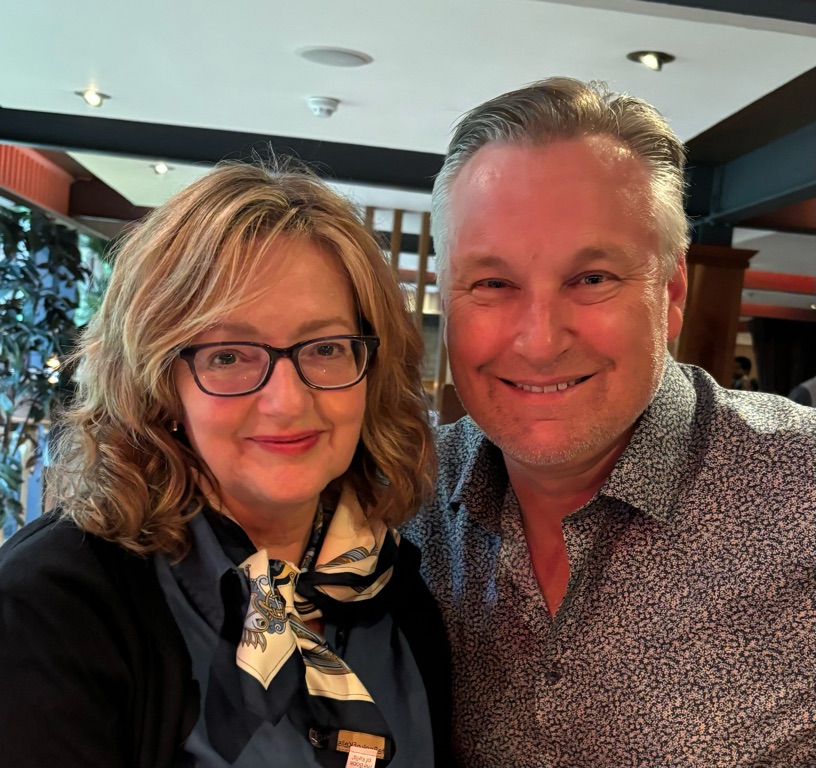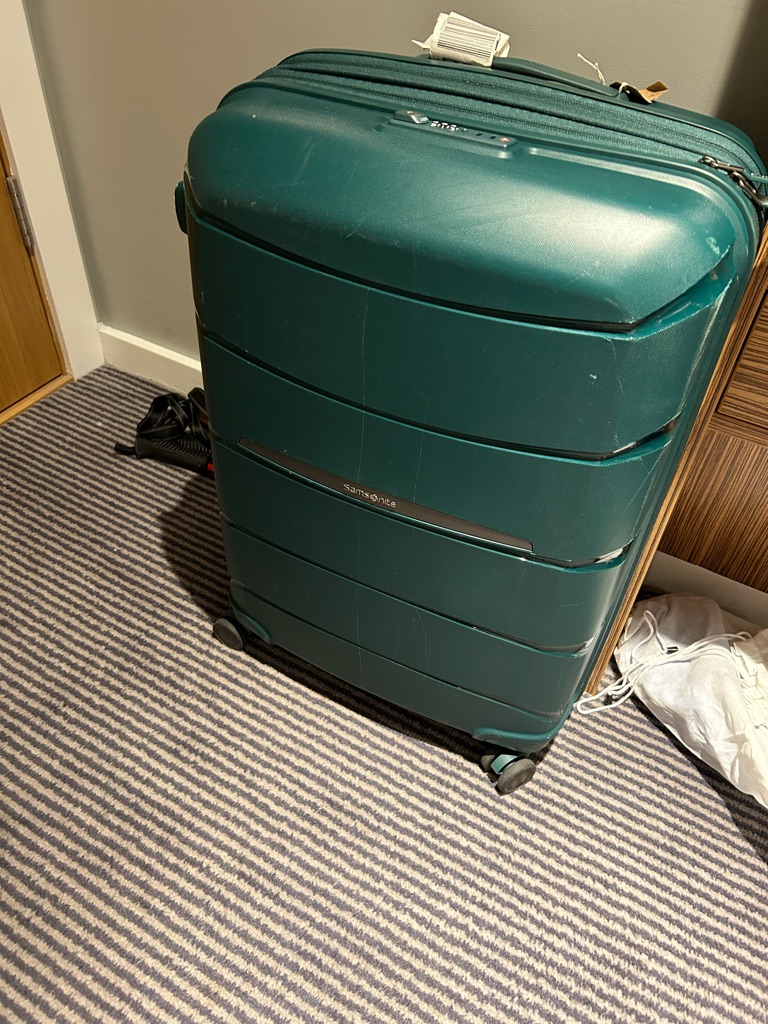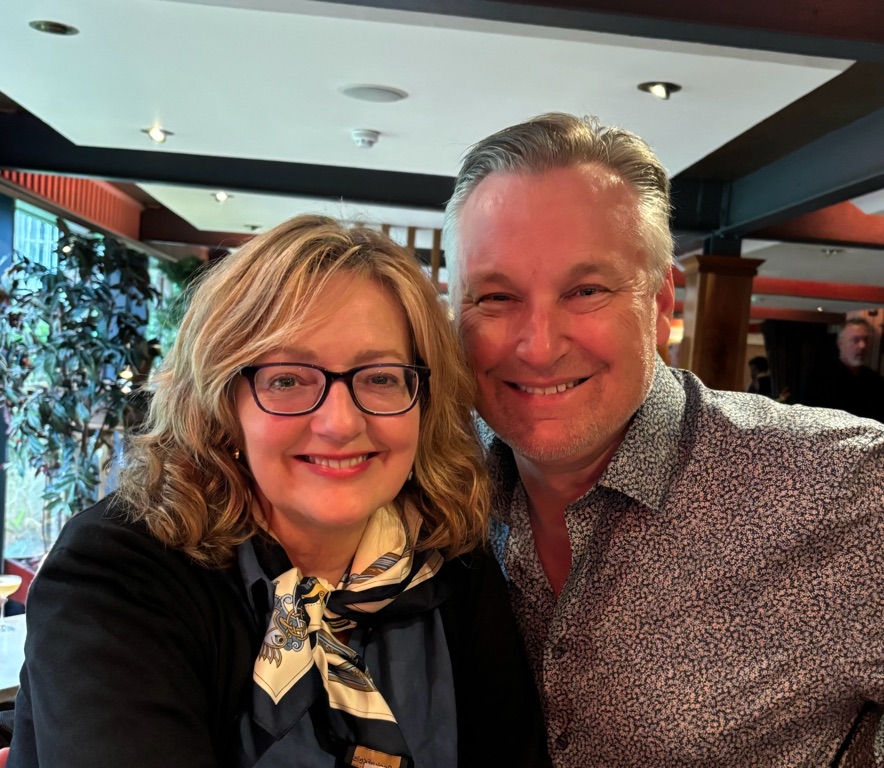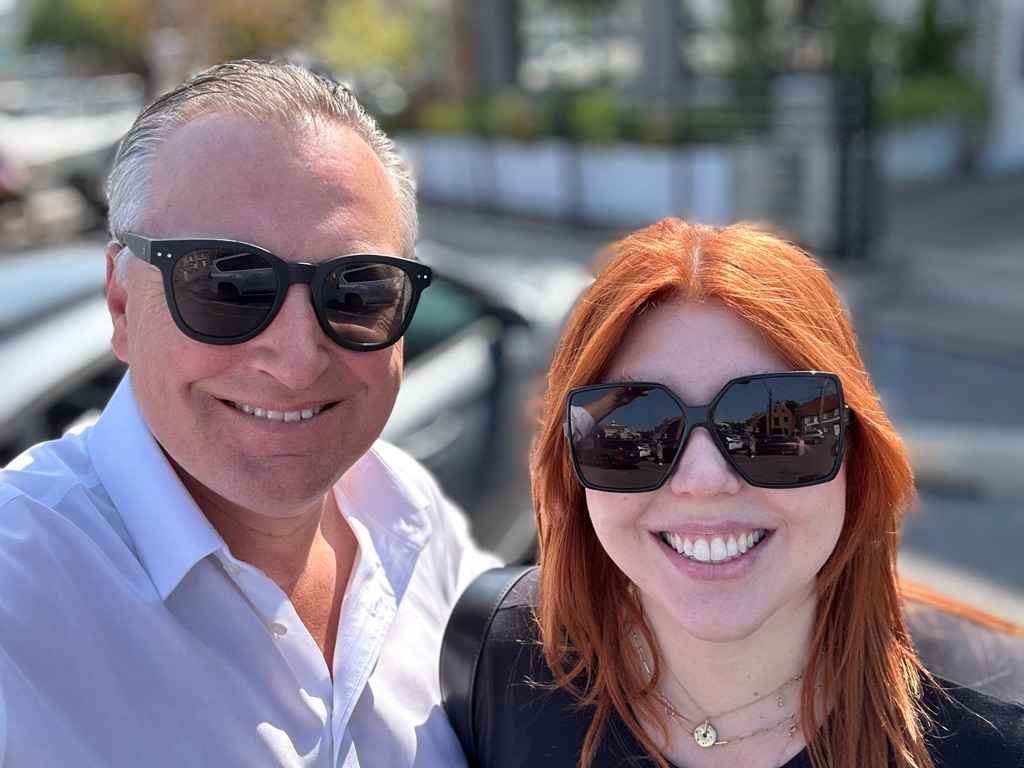Tower Bridge \240 \240 \240 \240 \240 \240 \240 \240 \240 \240 \240 \240 \240 \240 \240 \240 \240 \240Icon of Victorian Empire
During ride to meet our private tour guide, Keith, staring up at the Central London tube map, is suddenly inspired! And this inspiration rivals his historical timeline of Middle Earth (3rd and 4th Ages only) formatted like in a biblical atlas, never published but created by hand on graph paper 11” x 48” - yeah, like that, but different:
A map of Middle Earth in the form of the London tube map!
Sharing this idea with Marie, her first question is, “hasn’t someone thought of that already?” Keith (in his head), “What? Well, no, okay. Uh, no. Well, maybe, yeah, I guess it’s possible.”
Keith is not the first to think of this. Below just one of more than a few examples. How glorious and beautiful this piece of art!

Today is our last full day in London. The plan is fixed as 10:45 meet archeologist Khalid for private walking tour, meeting near Tower Bridge, followed by presumbly luncheon and a visit to St. Paul’s Cathedral. Keith asks himself if he has ever actually entered into this Christopher Wren masterpiece and is unsure.
Our tour group consists of just three, including Ethan from Vancouver, starting a one-year sabattical from his real estate development job (read: self-funded sabattical). Khalid is immediately likeable and we know this is gonna be good. From Manchester, our guide works at the London Museum as an archeologist, a specialist in human remains. But clearly his passion is sharing his knowledge and insights - historical, sociological and architectural - through the lens of London from Roman through Victorian times.
While we enjoyed Ruth from the National Maritime Museum, in comparison to Khalid she was a bit snooty and meticulous in that typical English way. She had something interesting to share and she let you know she knew it. On the other hand, Khalid was approachable, willing and able to answer every question we asked, but more importantly focused on his role as guide to convey the meaning of what we saw and heard. Intelligent, intellectual, kind and passionate, Keith muses that he’d be the perfect friend if not for his loyalty to Manchester United.
Tour highlight for Marie was the unique view of two iconic symbols of power and influence in the same frame: The Tower of London and Tower Bridge (see photo below).
After defeating Harald at Hastings in 1066, William of Normandy, committed to rid himself of his childhood nickname (“the Bastard”) marches on London. His only way across the Thames, London Bridge, is blockaded, so he must take his army upstream all the way to Reading and back down to London from the west, where he finds the City’s defenses, the Roman walls, most stout. Rather than a costly seige, but intent on conquering all of England including London, William cuts a deal with the City guaranteeing them special semi-independent status to manage their own affairs if it submits. The deal done, William then builds an impressive Norman keep immediately to the east, just in case anyone in town forgets who’s in charge.
The Tower of London, of course, is the first and most impressive of castles built by the conquering Normans in England, a symbolic as well as pragmatic reminder of royal power in London, later home to Crown Jewels and also prison and execution site for the most famous people doomed by their deemed treason against kings.
Tower Bridge, by contrast, is immediately recognizable as the most famous landmark in Britain, built at the height of the British Empire to convey that very British certainty of power, grandeur and cultural superiority. (Built to look old, it is new, a decade younger than the Brooklyn Bridge, a feat of Victorian engineering) in the eyes of schoolchildren and adults everywhere, Tower Bridge connotes London, Great Britain, the Royals and really everything we love about this place.

Tower of London (right) and Tower Bridge
The moat (in foreground), originally connected to the Thames and flooded, was filled in when it become too toxic
The charter for the City of London agreed by William the Conqueror would have been “familiar” for Londoners as the city had enjoyed a similar status in Saxon England: at the nexus of four Saxon kingdoms (Wessex, Mercia, Kent and East Anglia) London was a quasi-independent city-state prospering in commerce and too important for any kingdom to allow one single king to rule it. To the present day, the City of London, bounded by the outline of the ancient Roman wall, is independent of greater London, with its own government, police force, courts, etc. Head of government is the Lord Mayor of London, elected annually by the guild, not to be confused with the Mayor of London a la Boris Johnson. (Today, the Corporation of London is run by 100 common councilmen and 25 aldermen, sort of like Laketown during the tyranny of the dragon Smaug until the Return of King). #historyminutewithkeith
Khalid also showed us a mess of Roman ruins, including the Temple of Mithras under Bloomberg’s European HQ. For more details you’ll have to take his tour:

After a salad lunch in Cheapside, Marie and Keith decide to split up - Marie to St. Paul’s (£22 entry fee) where she catches a docent tour, and is most satisfied with her choice, particularly with a men’s choir rehearsing in the background.
St. Paul’s Cathedral, \240 \240 \240 \240 \240 \240 \240 \240 \240 \240 \240 \240 \240 \240 by Christopher Wren
Keith opts for Temple Church (£6), home of the Templars in London until 1308, where he learns about the extraordinary life of William Marshal, 1st Earl of Pembroke, who served five Kings of England, the last as Guardian of the Realm under nine year-old Henry III. Together with Master of the Temple, William pushed through a revised Magna Carta which the late King John (also of Robin Hood infamy, voice by Jeremy Irons) had had no intention of honoring, thereby bringing rebel barons into line and avoiding the French invasion of England. The Magna Carta ushered into England the constitutional monarchy and the Common Law that was foundational to Britain’s rise in the world for the next 600 years and the governing principles of the United States. Marshal joined the Knights Templar on his deathbed, a vow made while on crusade, and is buried in Temple Church.
Keith now in search of the definitive biography of William Marshal; dear readers, please advise if any leads.
Sign of Britain’s imperial success?
Having agreed to rendezvous back in Battersea, Keith returns by Thames boat from Embankment, while Marie, seeing but seemingly without hope in reaching Blackfriars pier either
a) says fuck it and retires the the Blackfriars pub, the best in London according to her brother-in-law and London travel afficionado Steve; or
B) not to be outdone by young girls with the same destination, scales walls and hedges, crosses rivers teaming with piranha and dodges double decker red buses to fulfill her quest, and without discernible injury.
(Editor’s note: Marie wishes it clear that the scaling of wall, without dignity but with cold determination, is true.)
Dinner at Taco al Pastor is fine, not outstanding, but provides a fun vibe to say farewell to Battersea by night.
Best preserved section of London’s Roman wall
St. Dunstan, now public space
City of London Guildhall \240 \240 \240 \240 \240 \240 \240 (follow the money)
